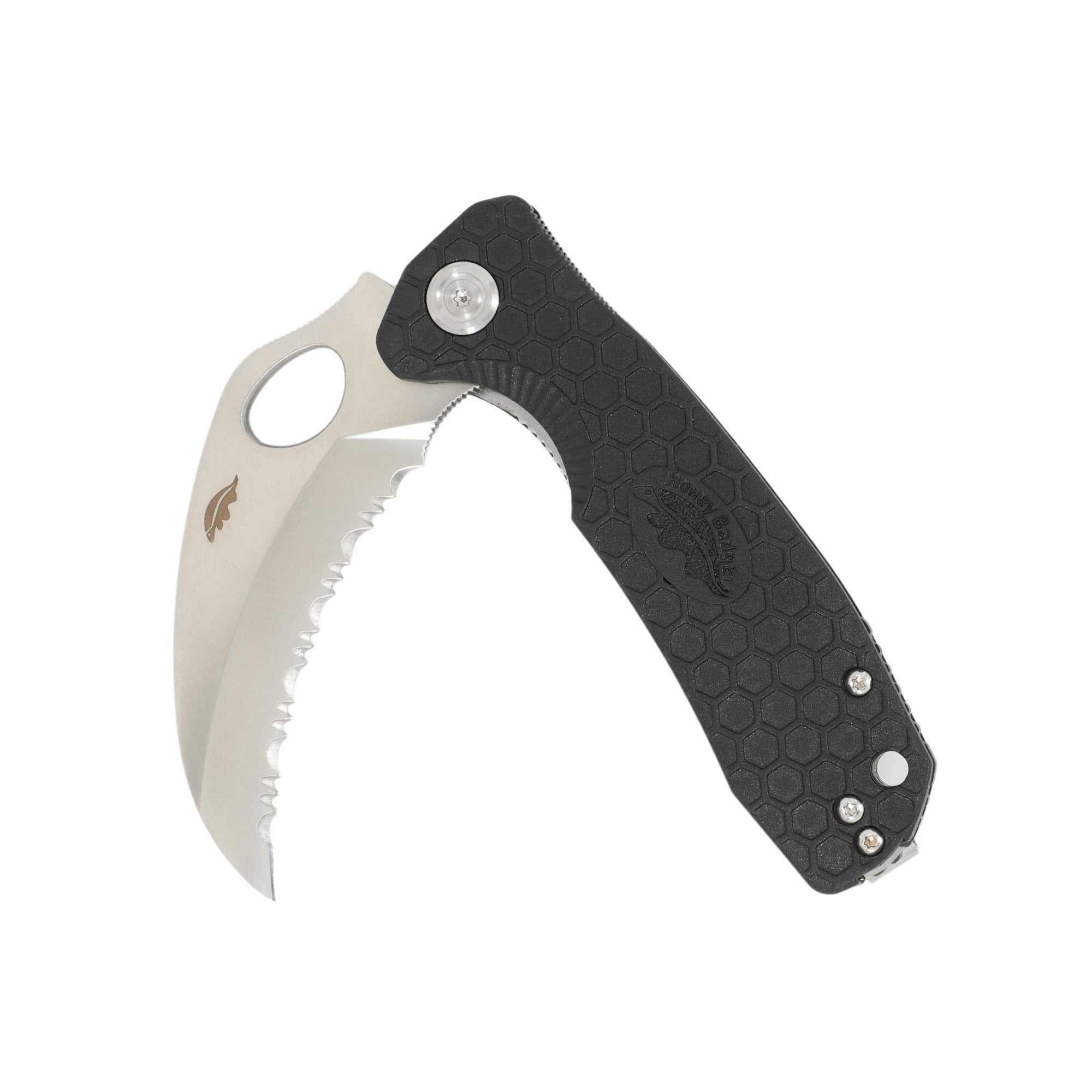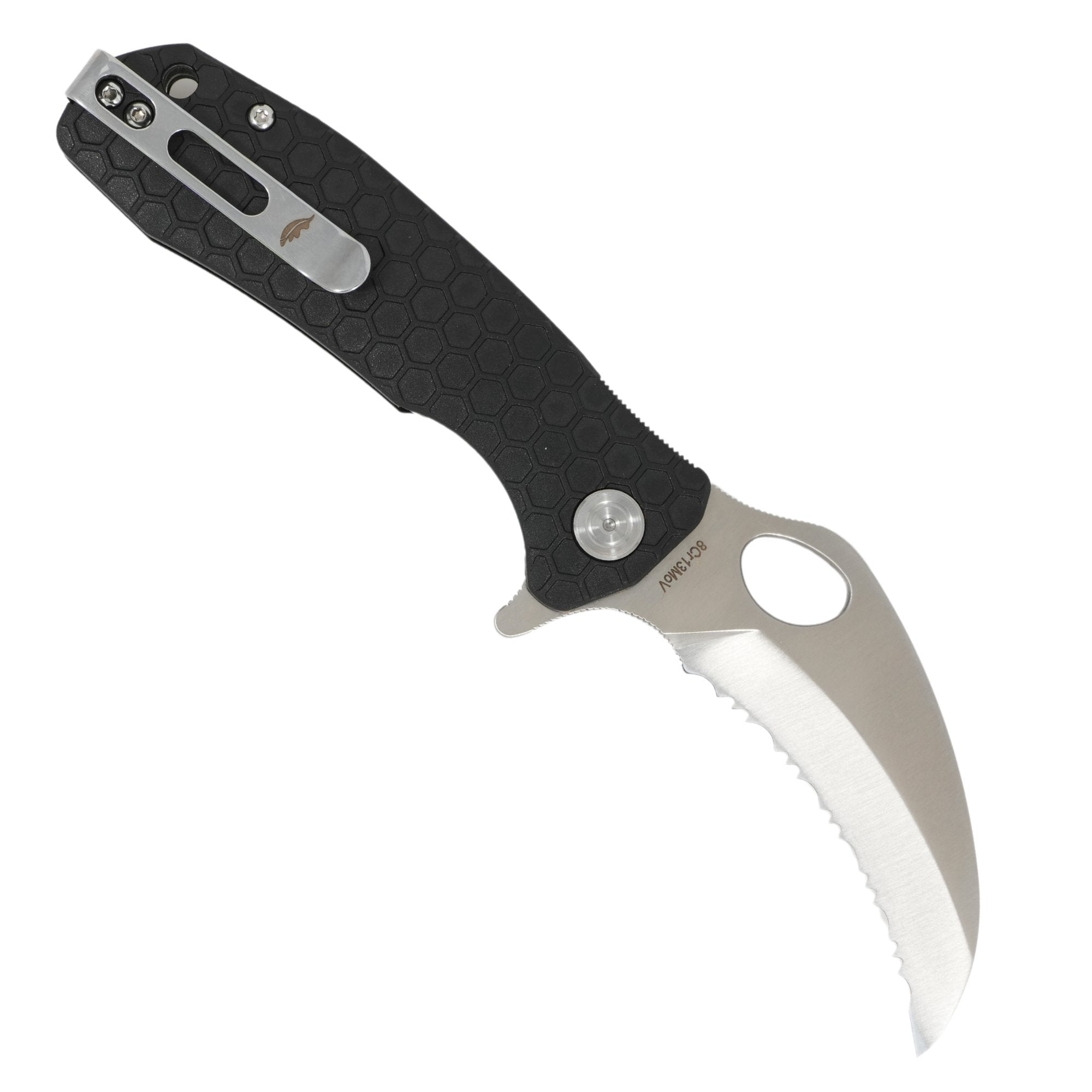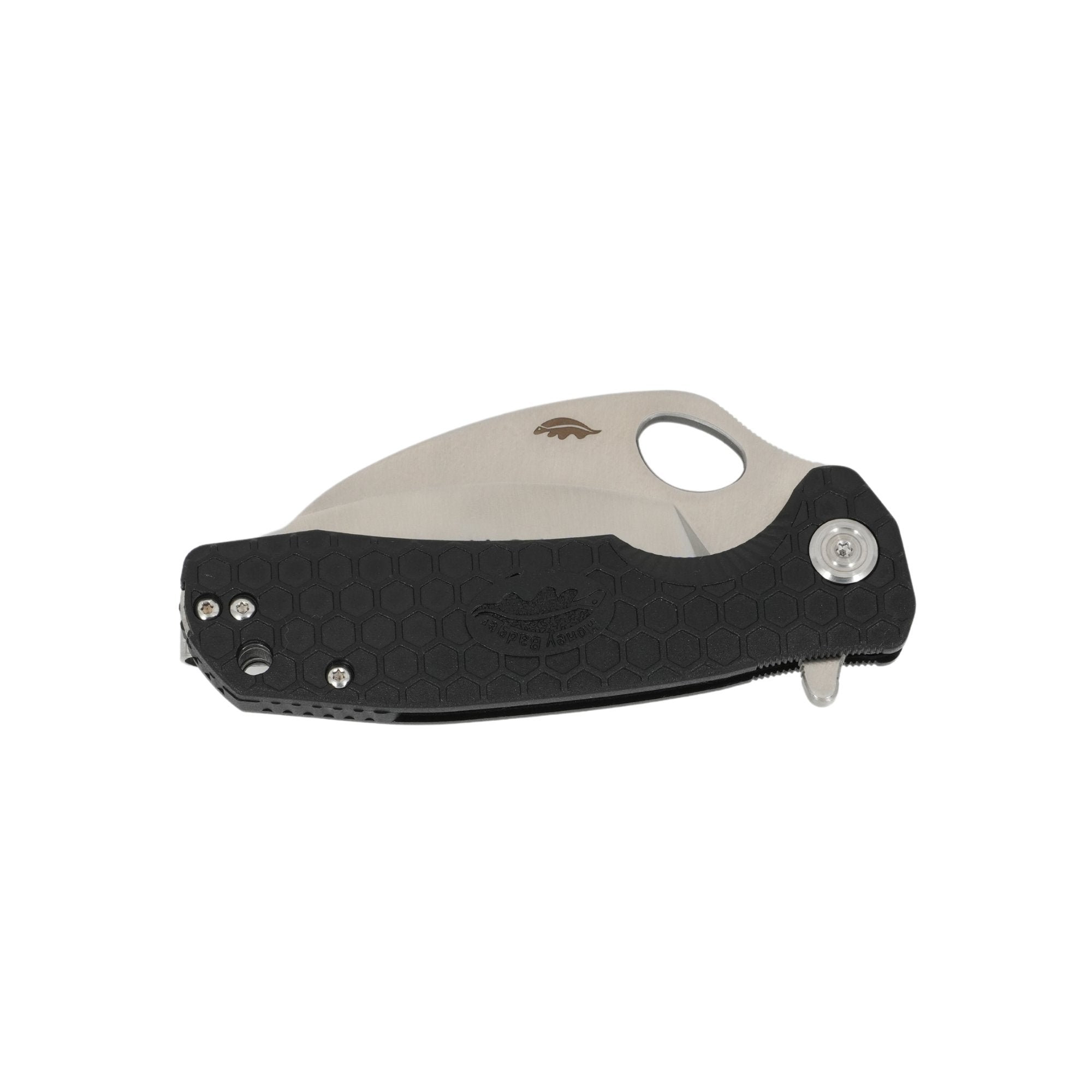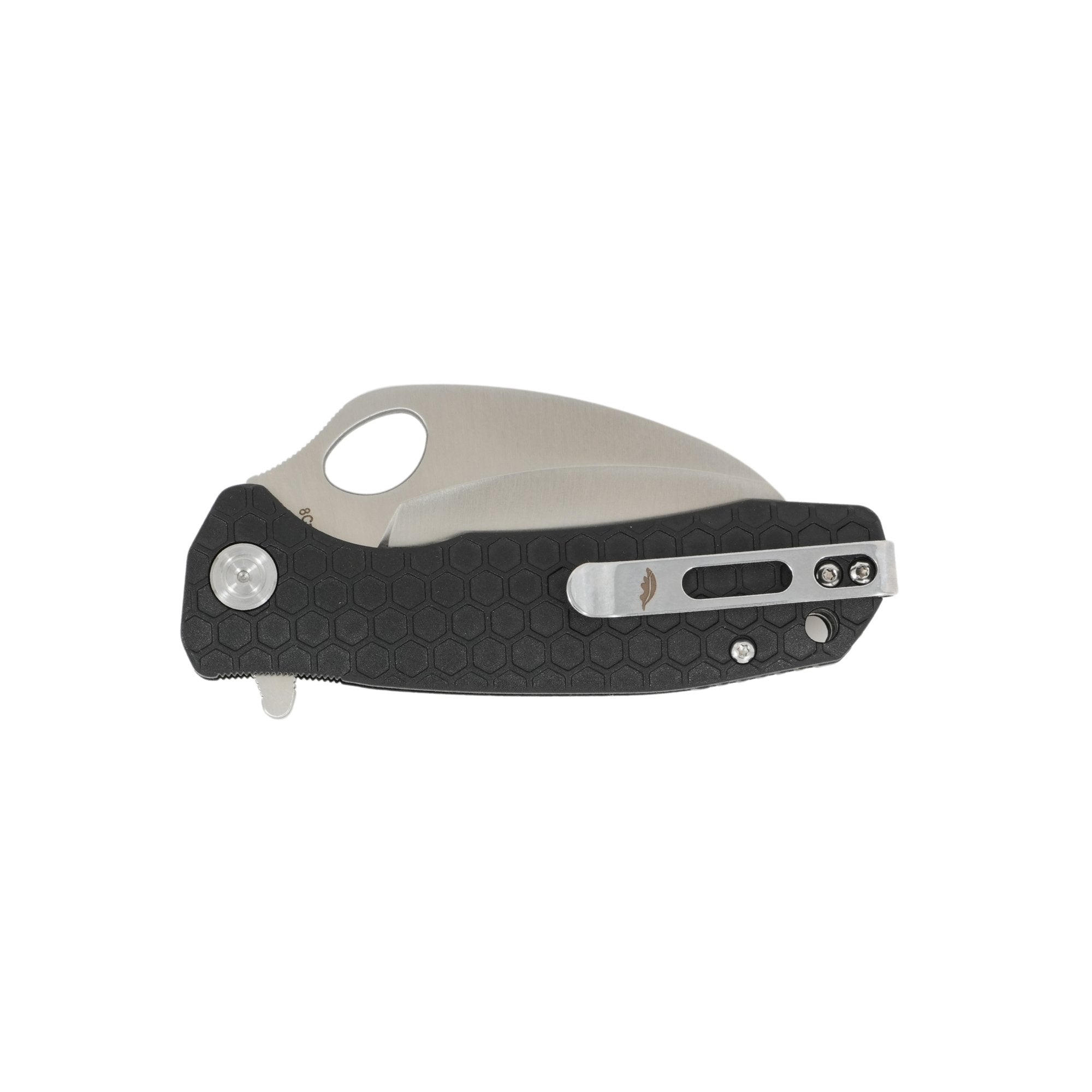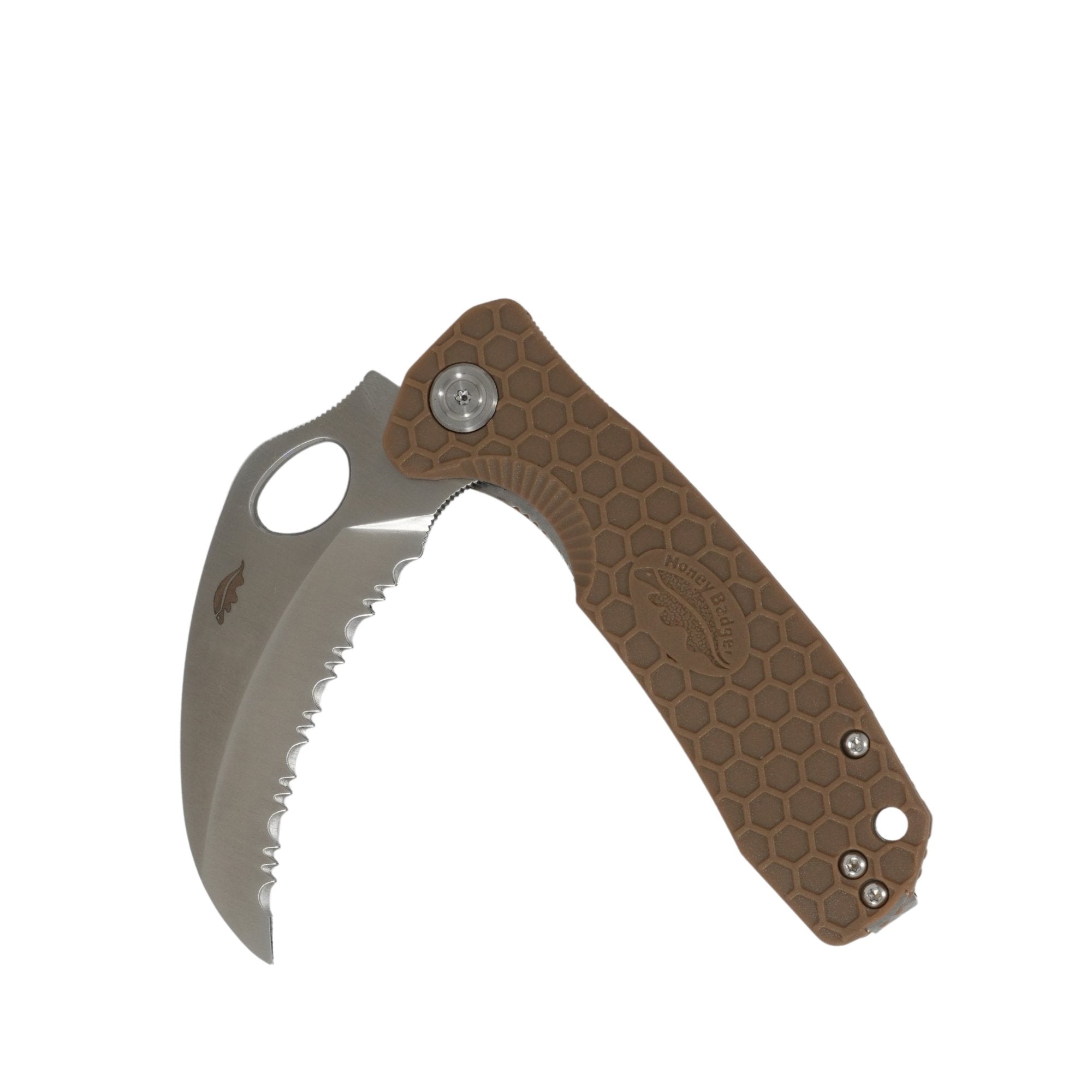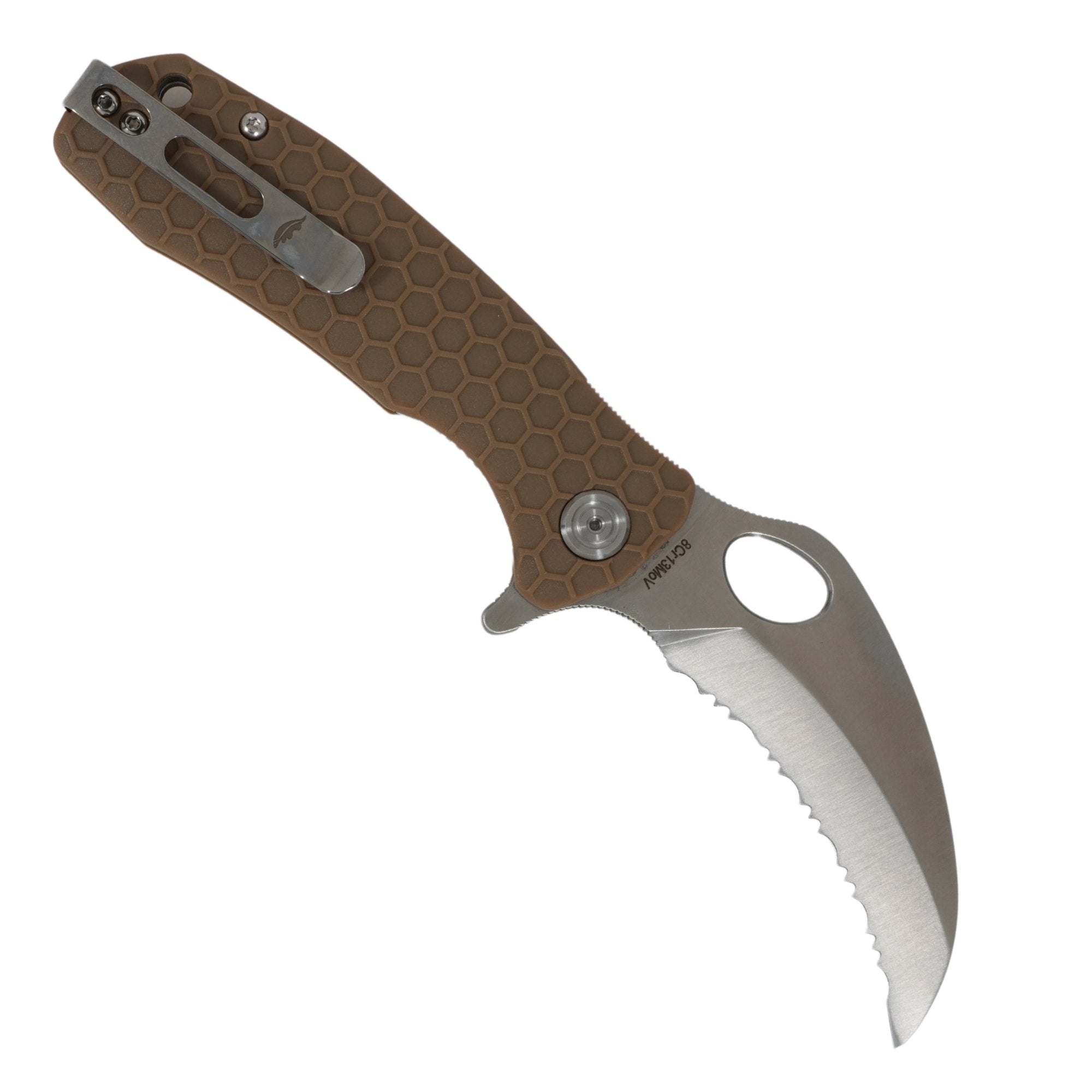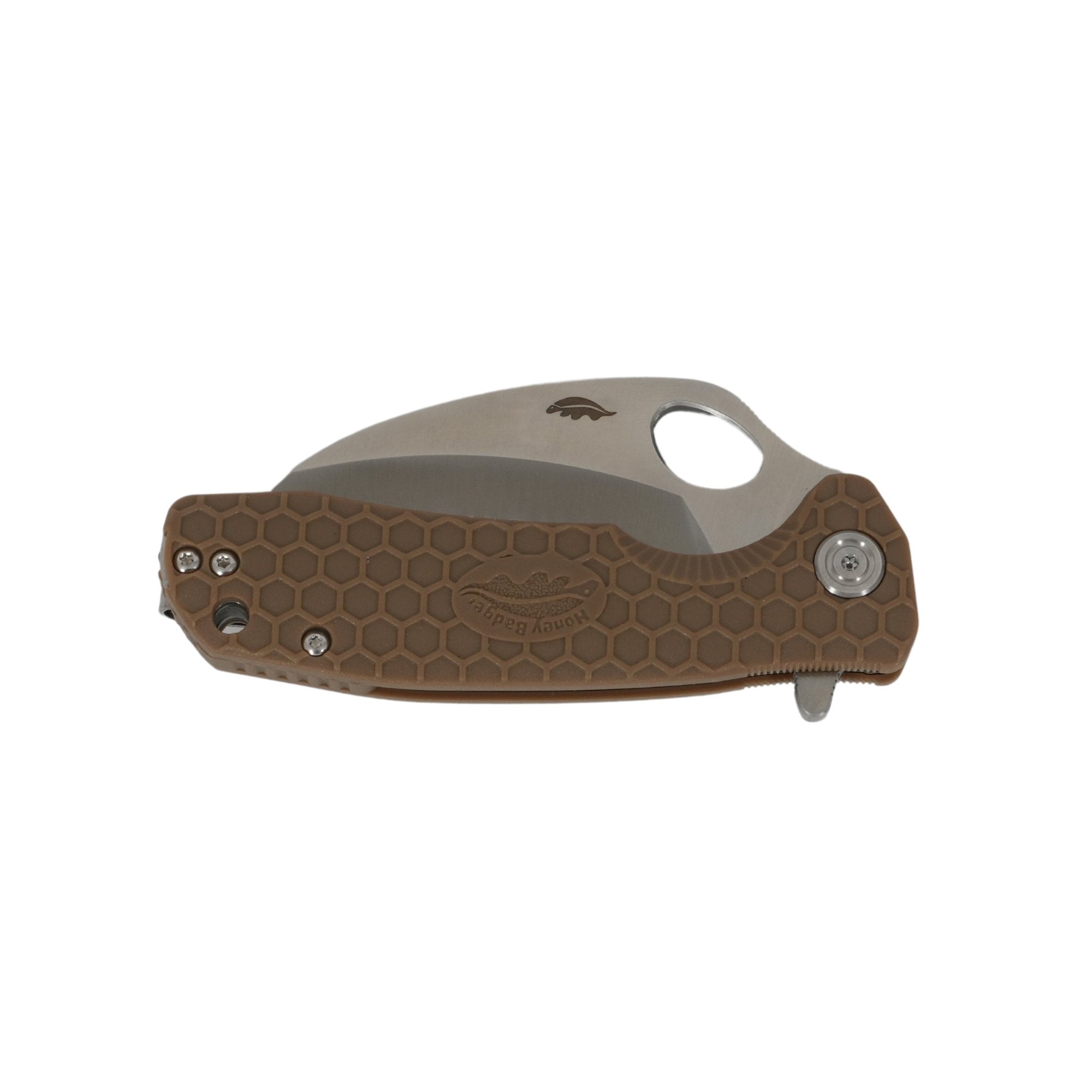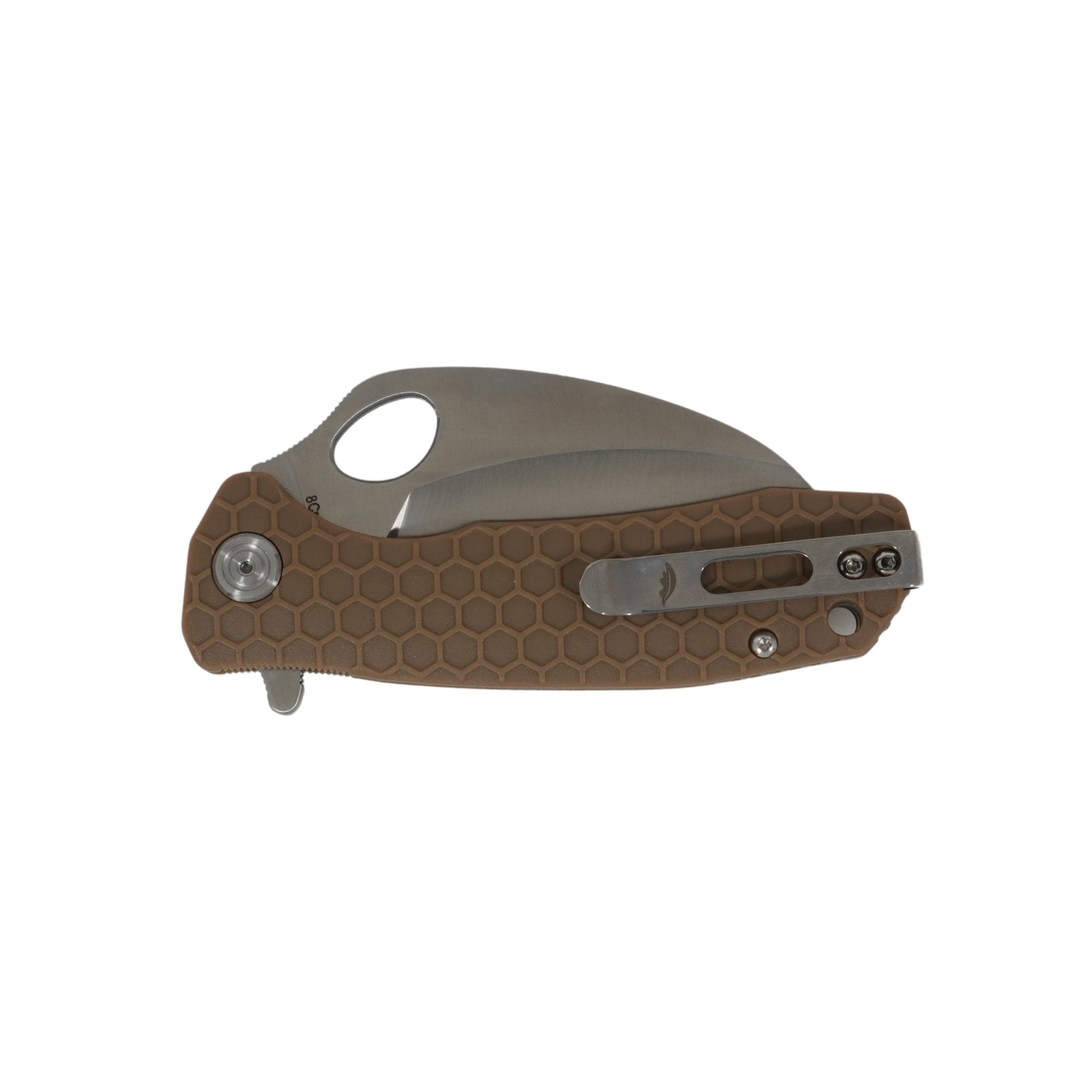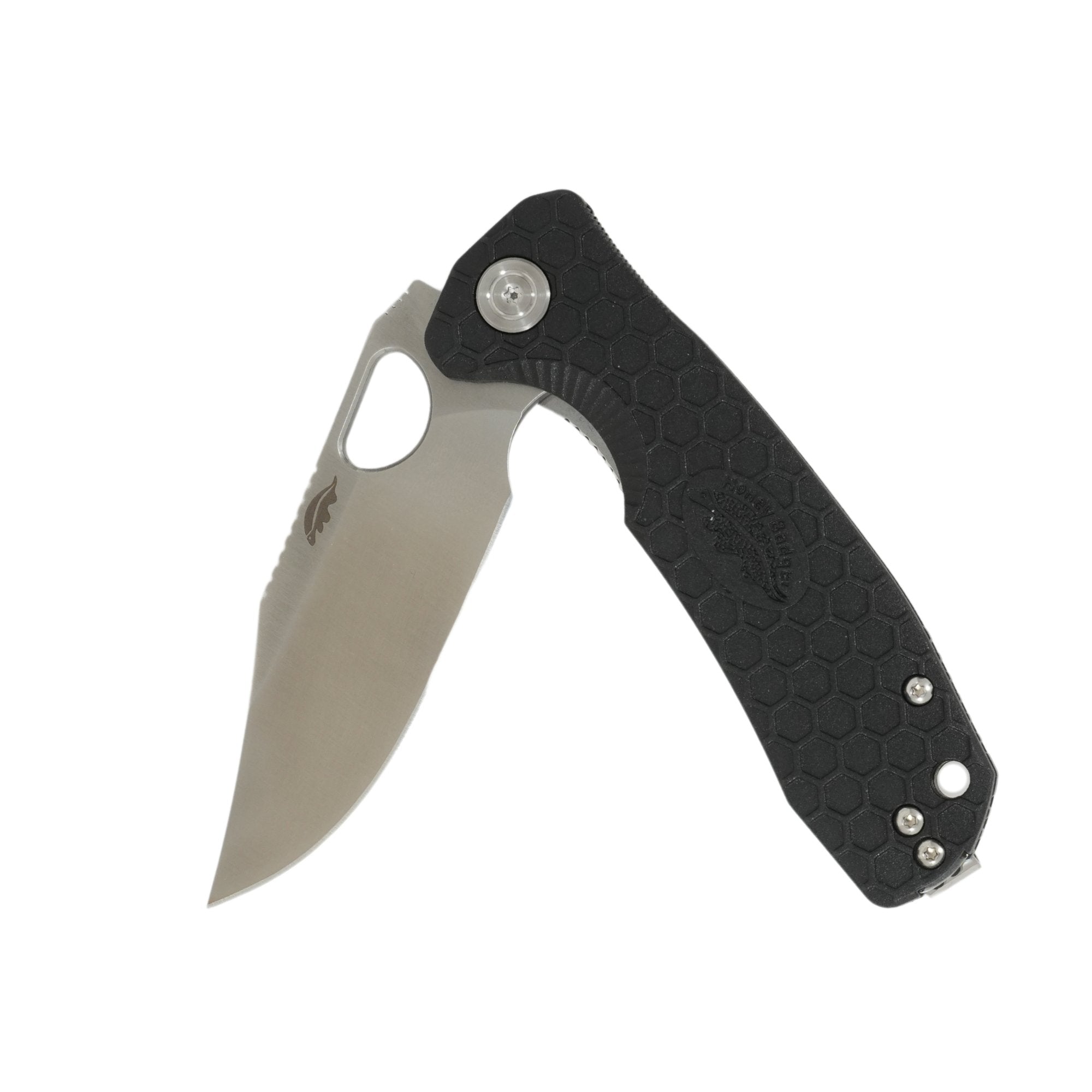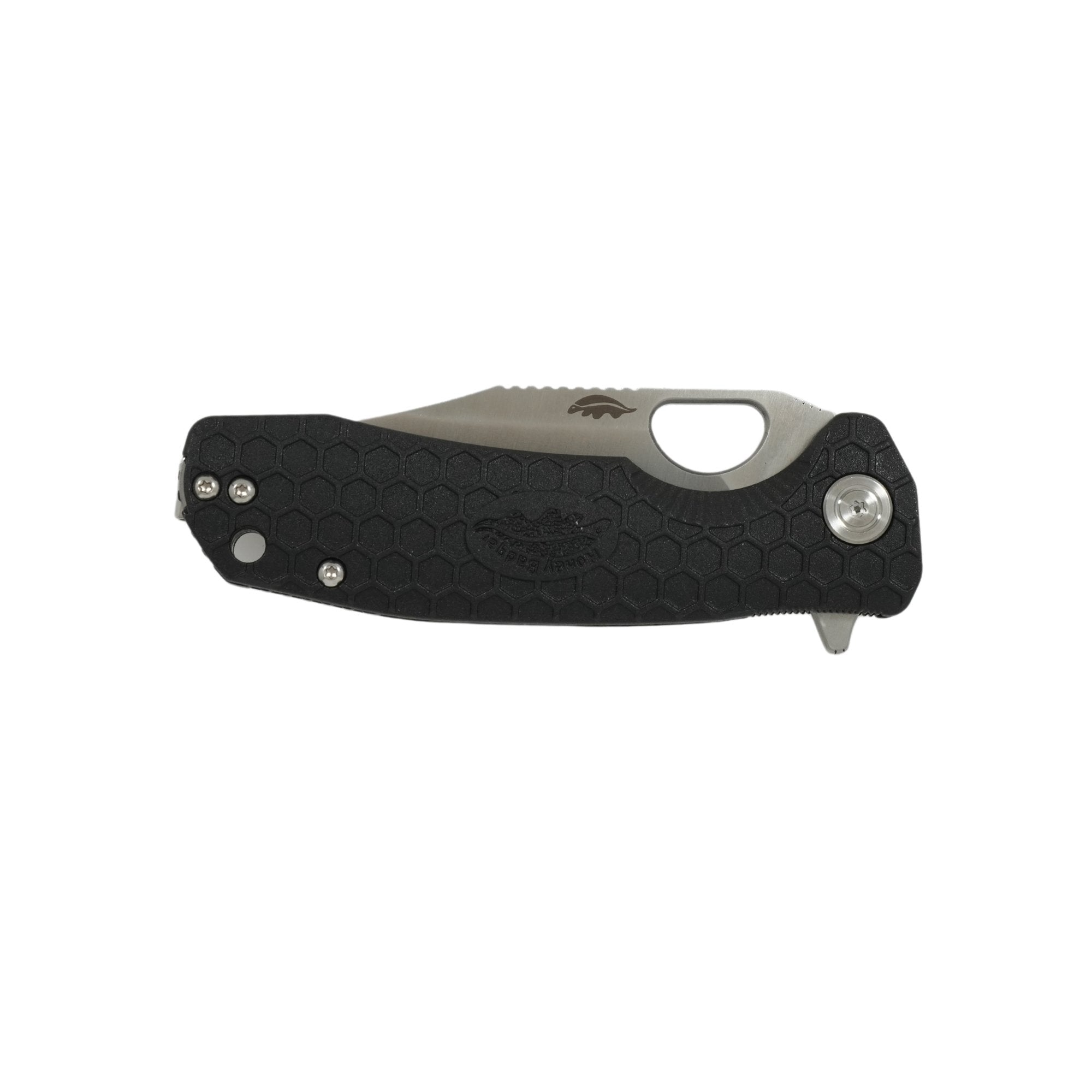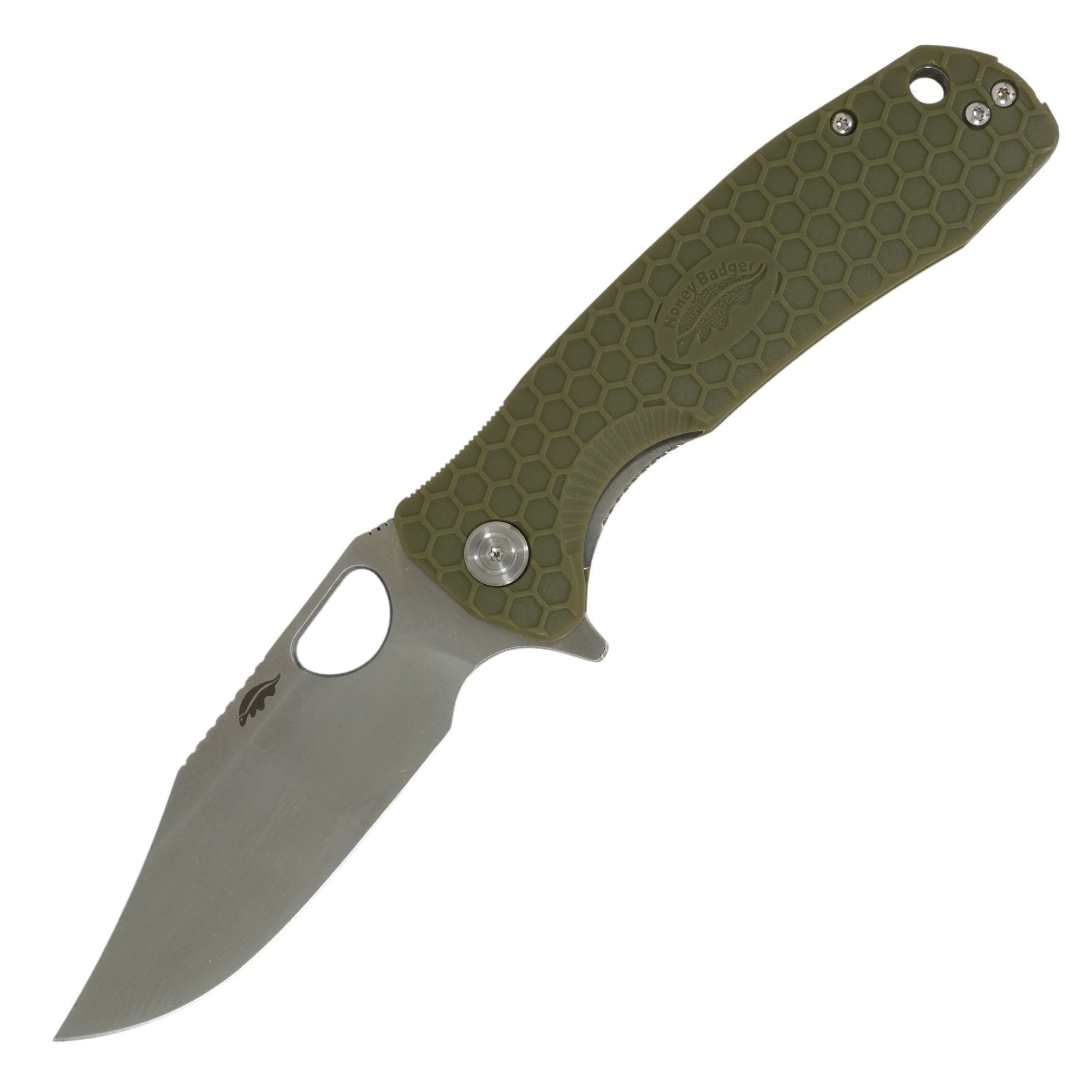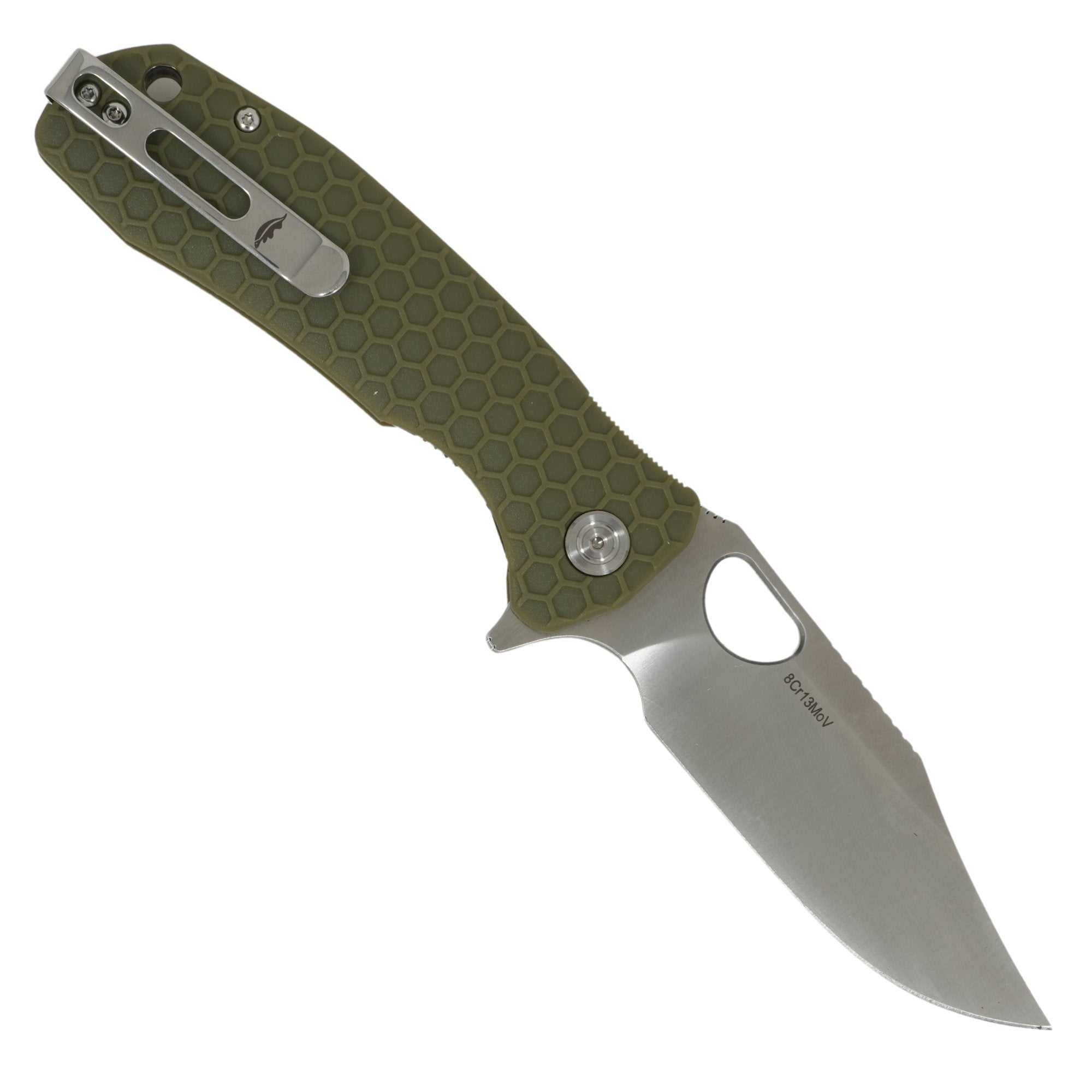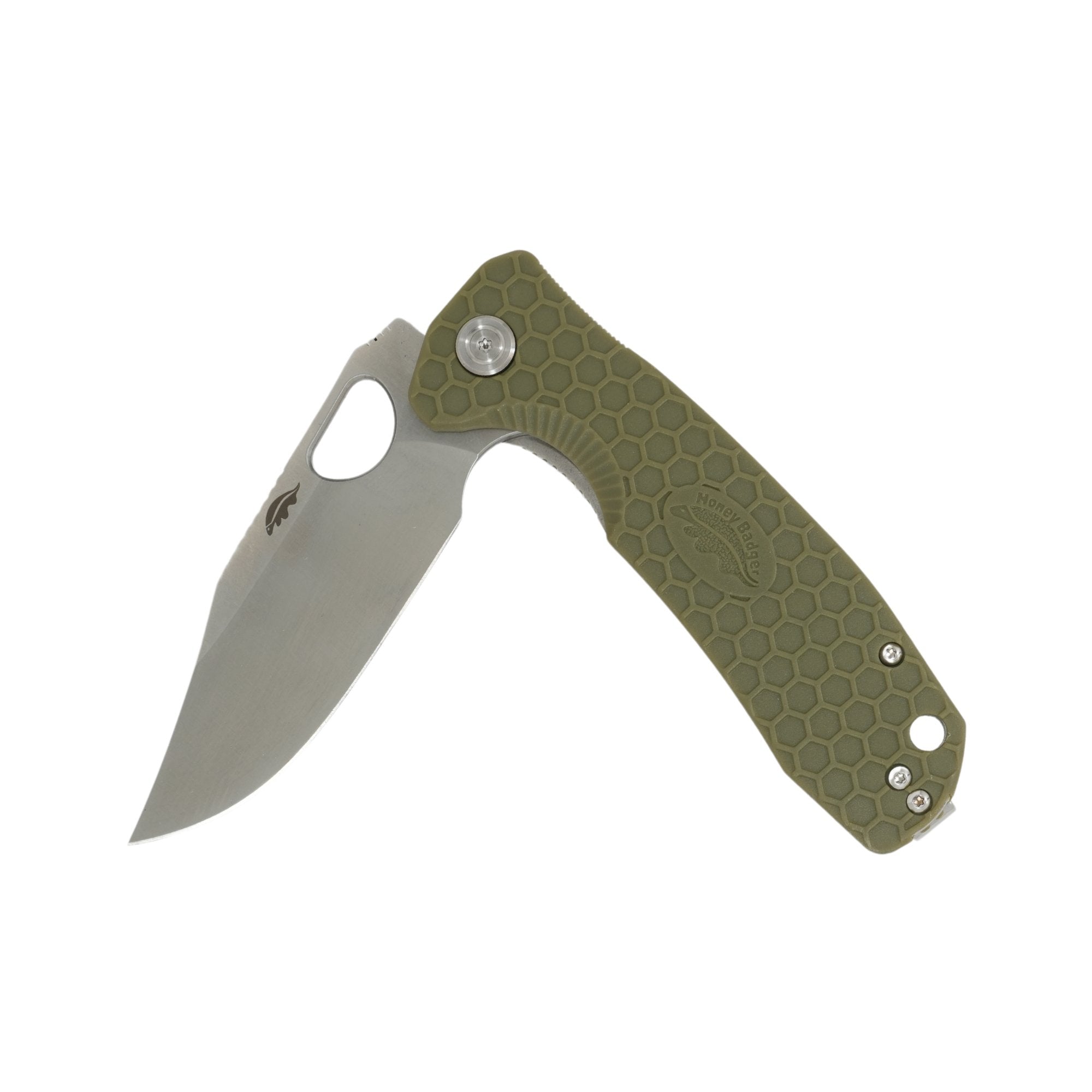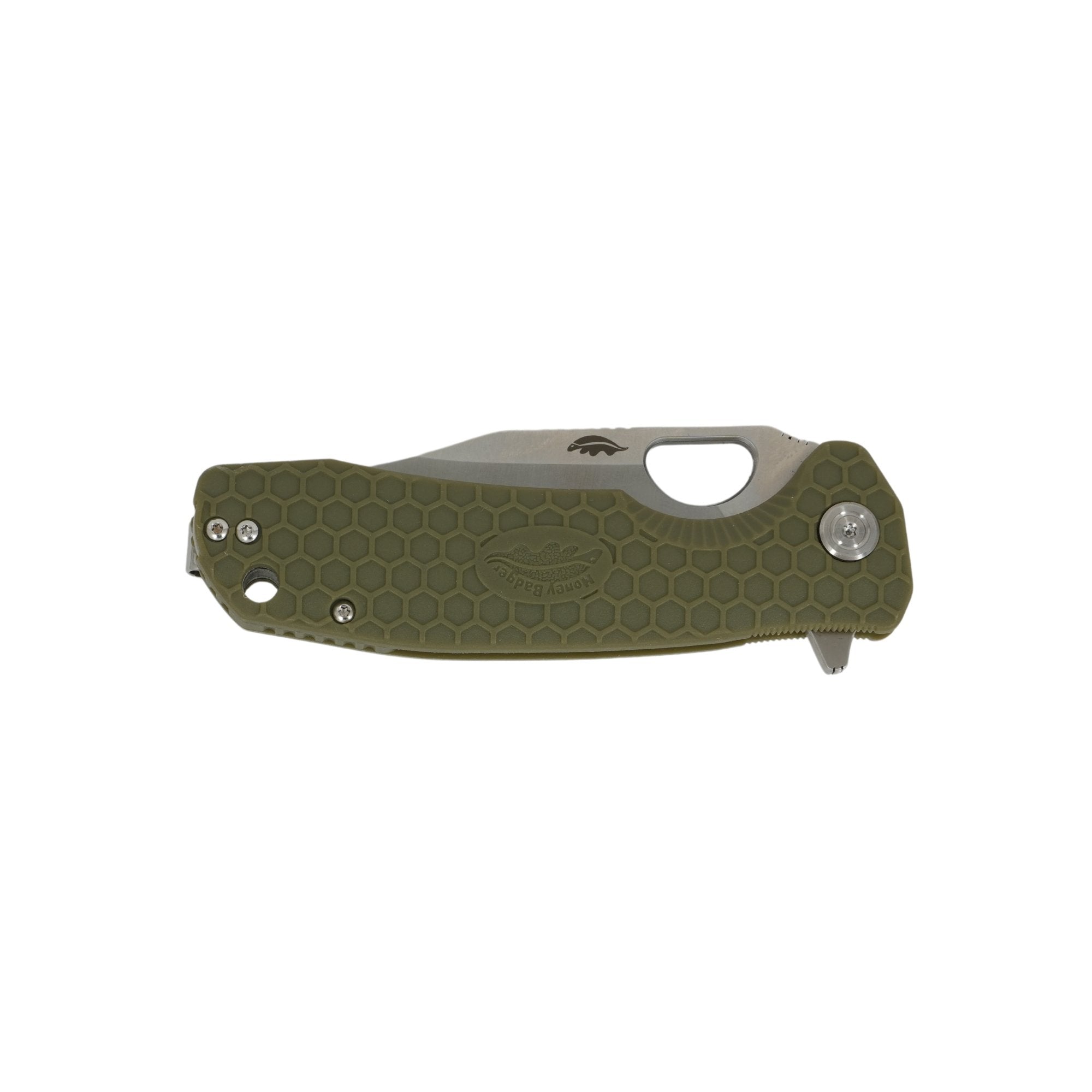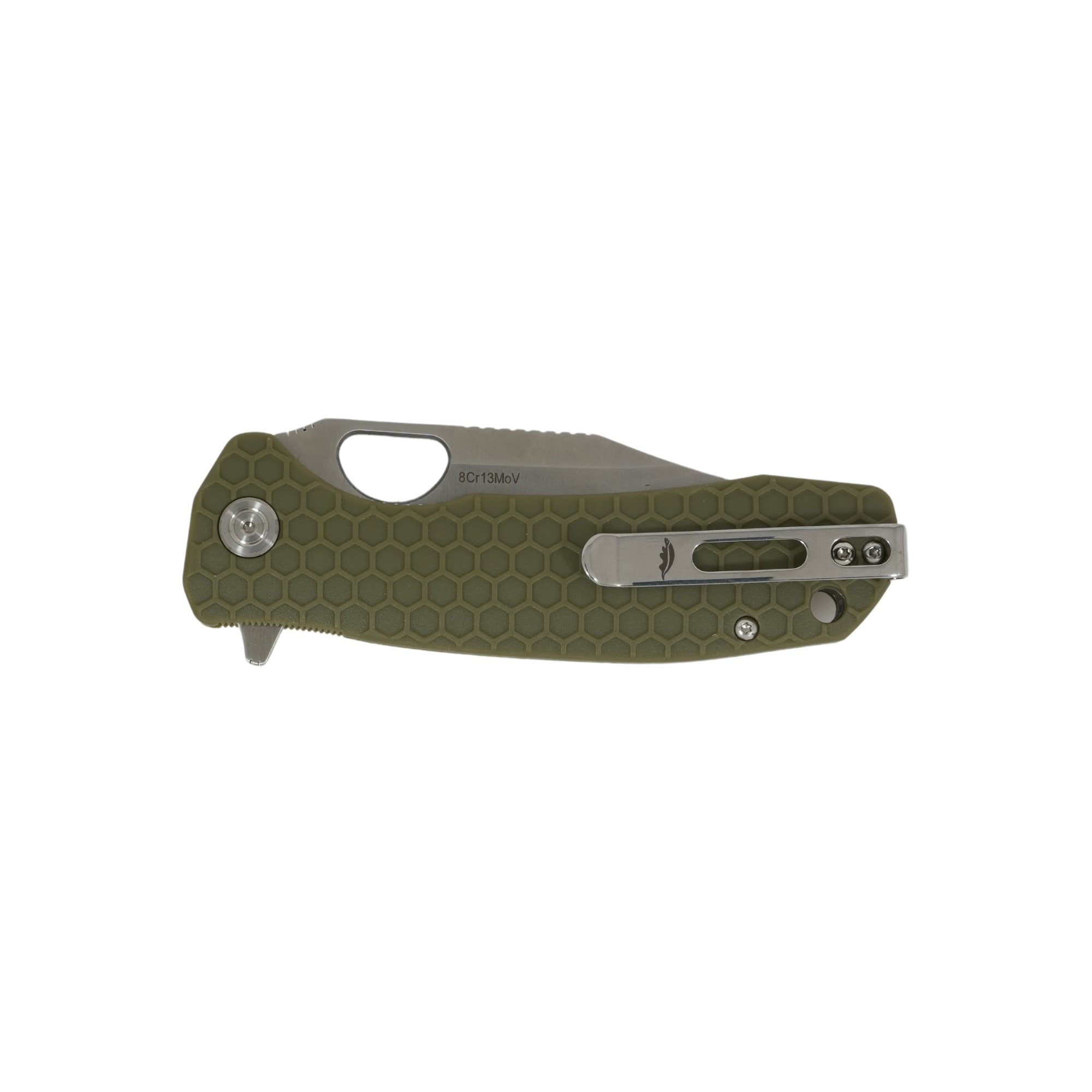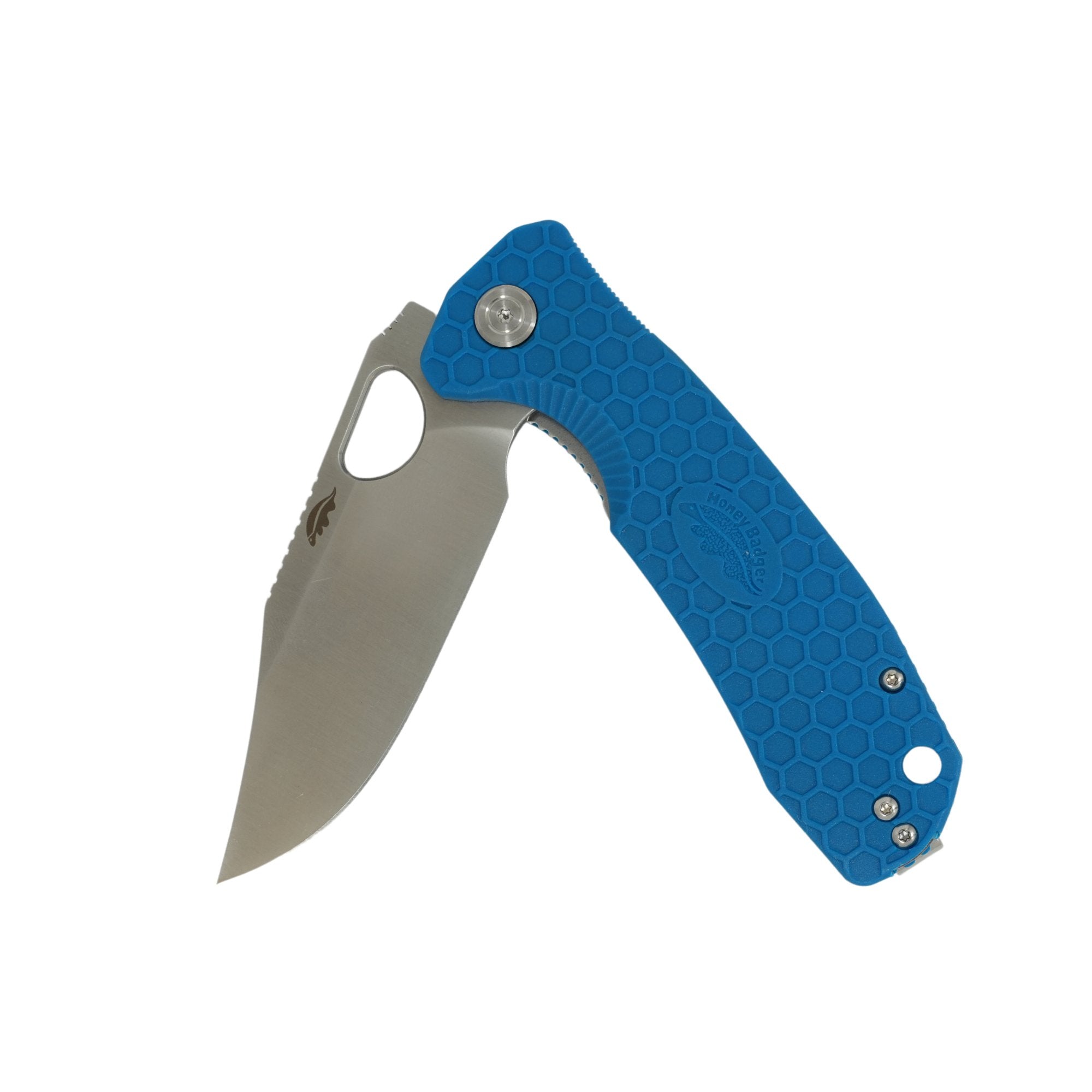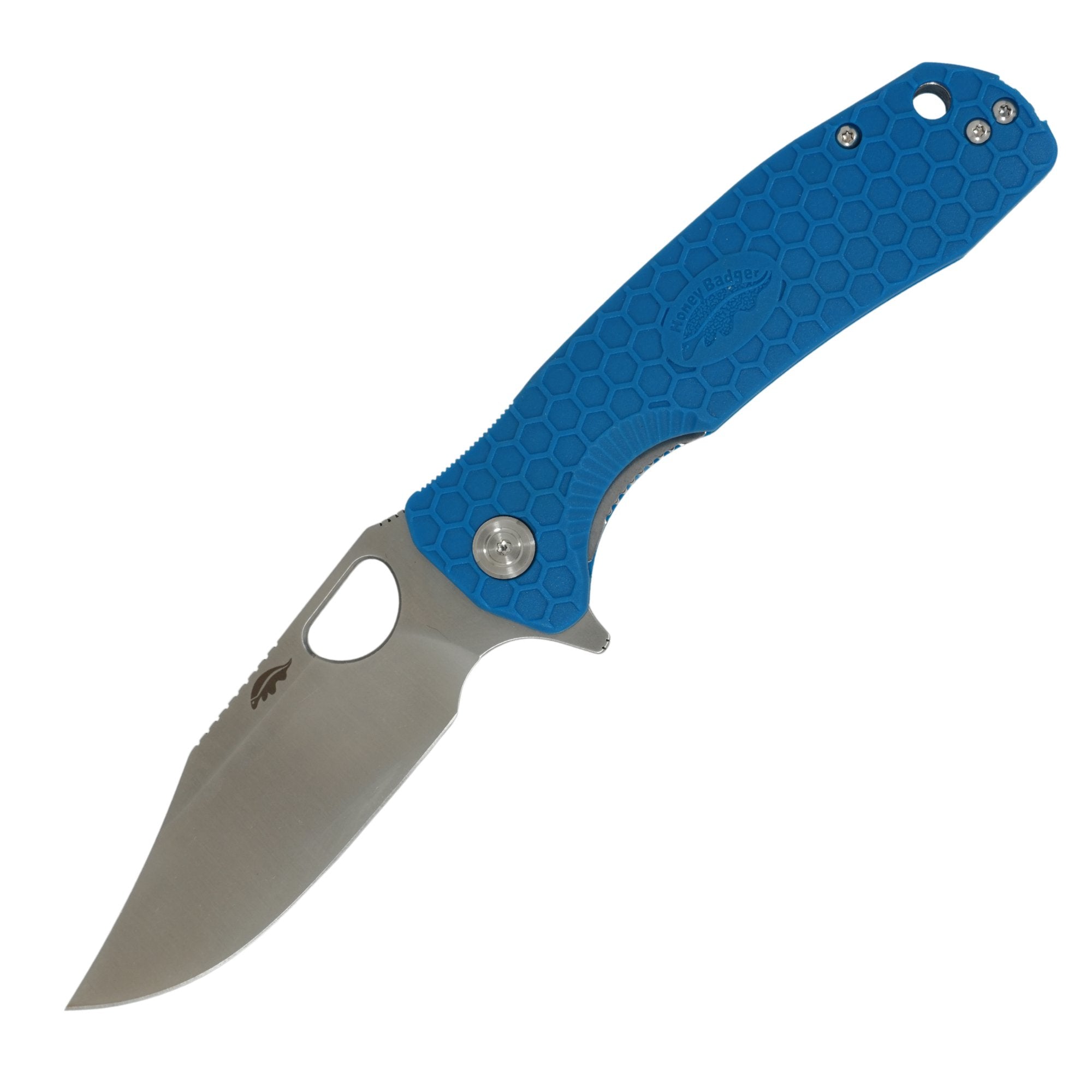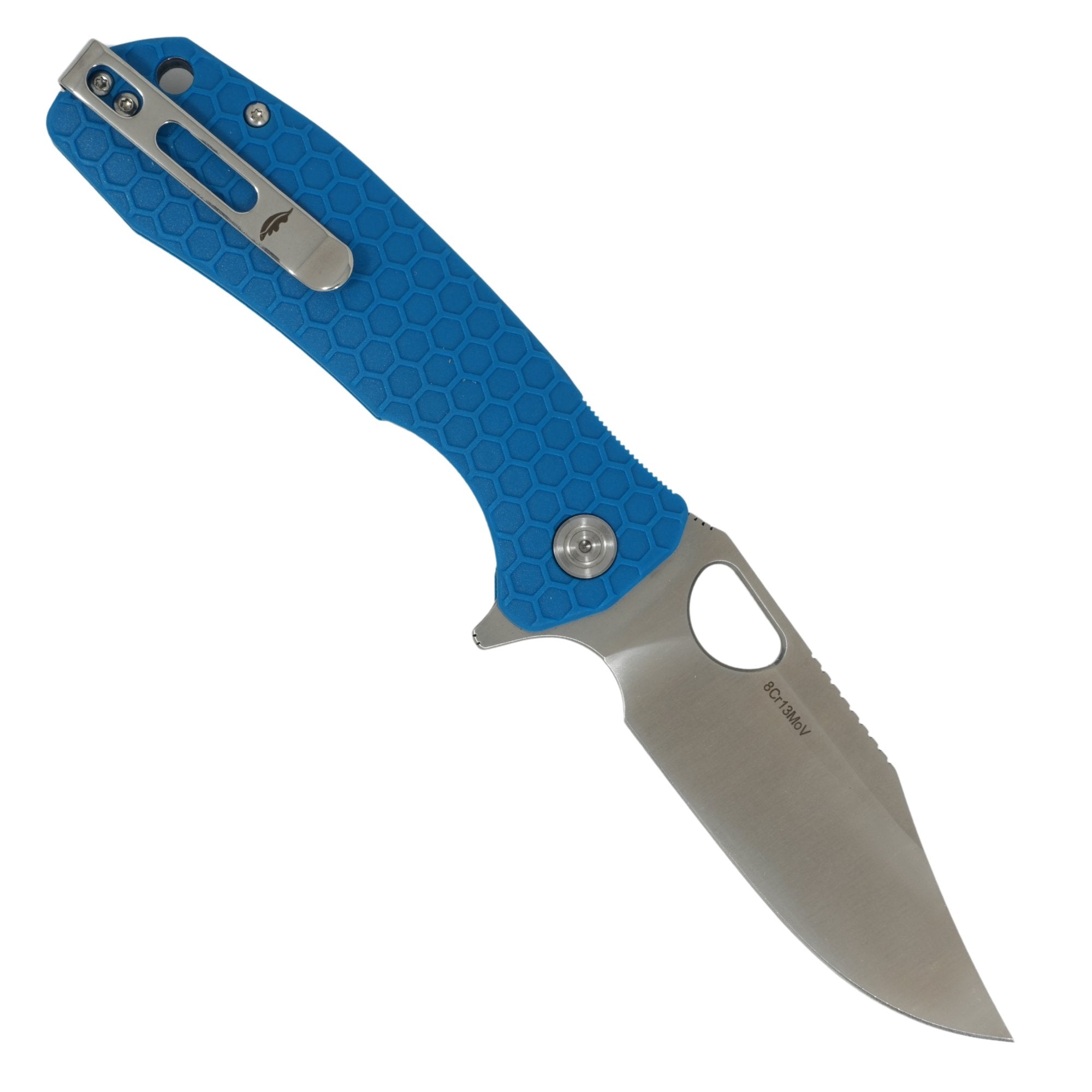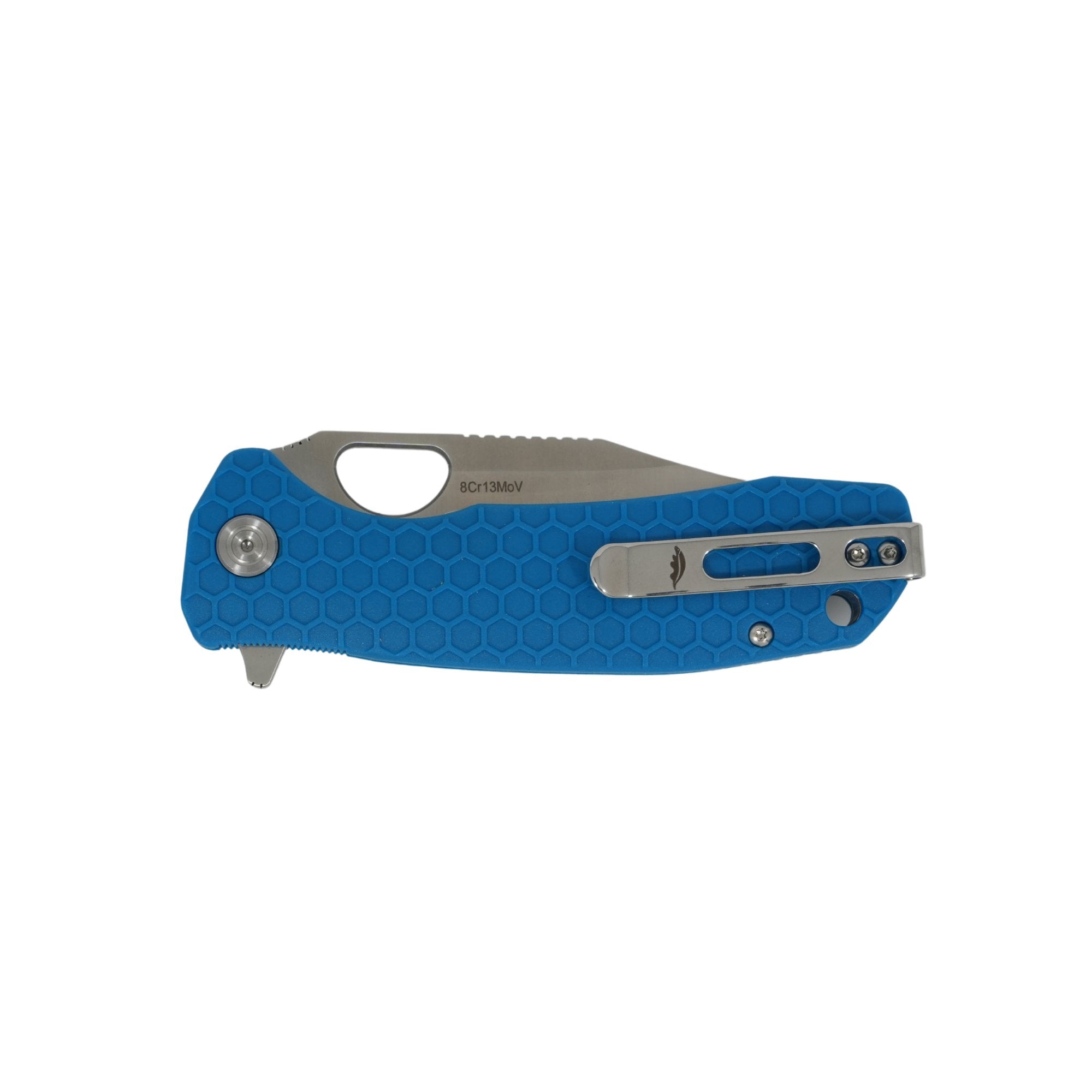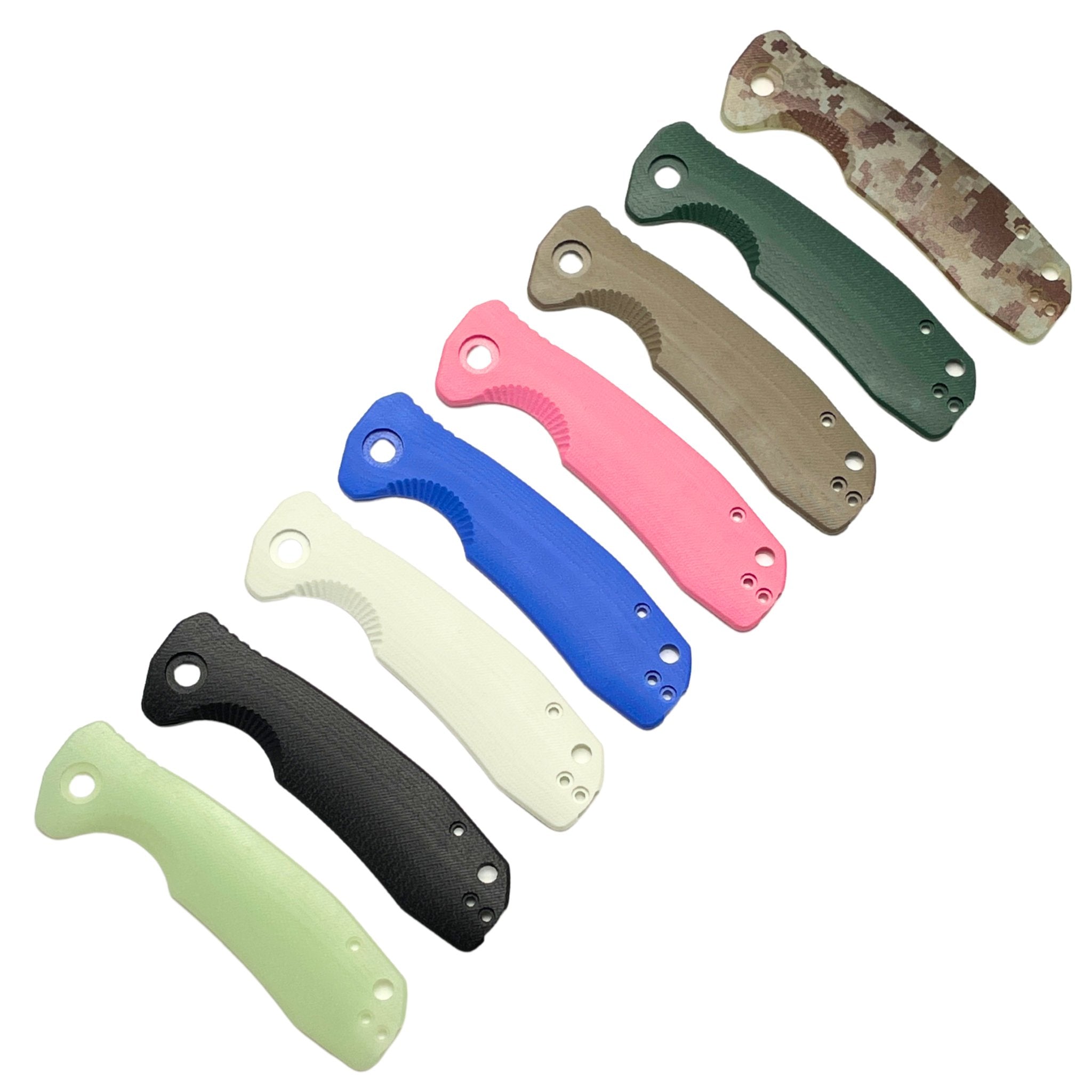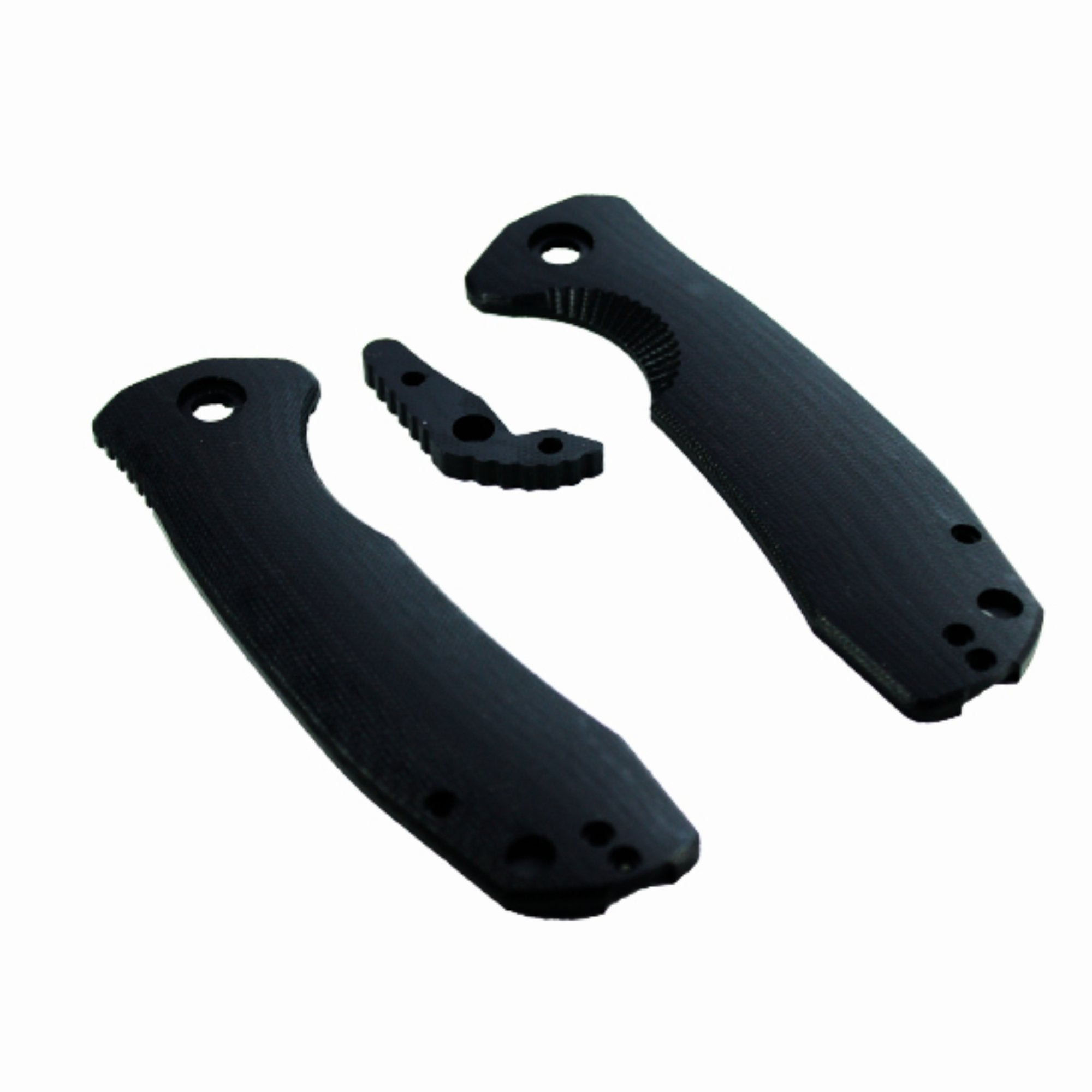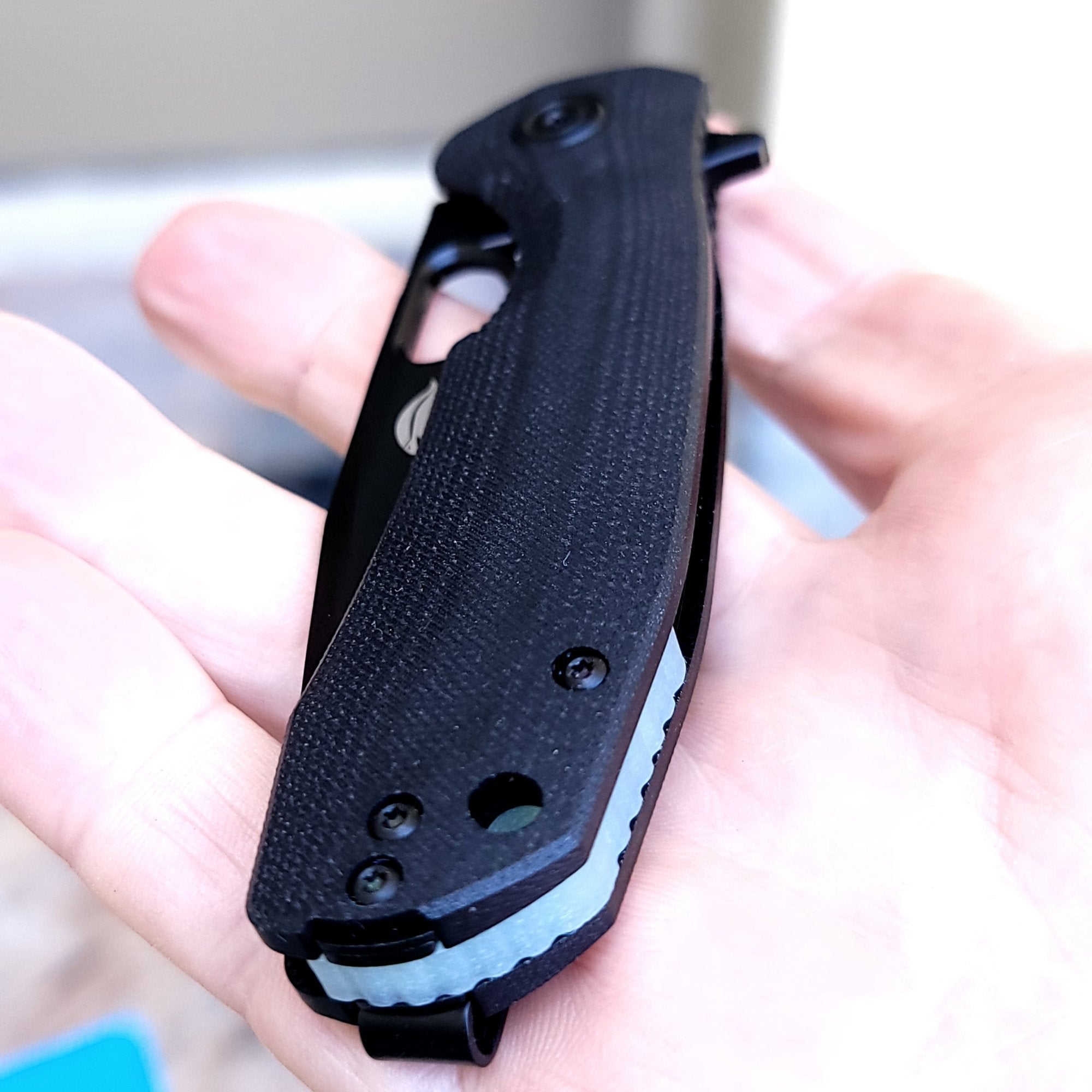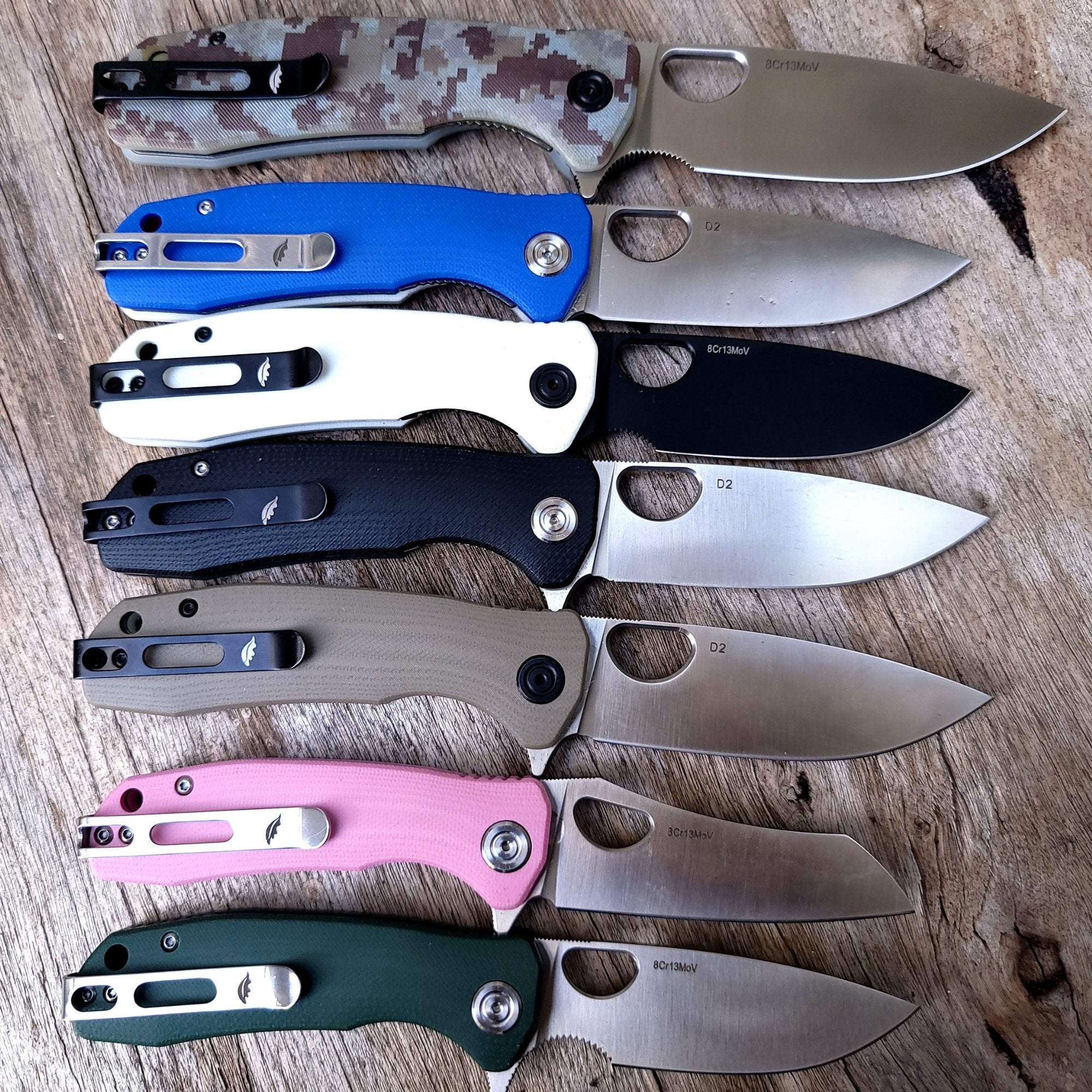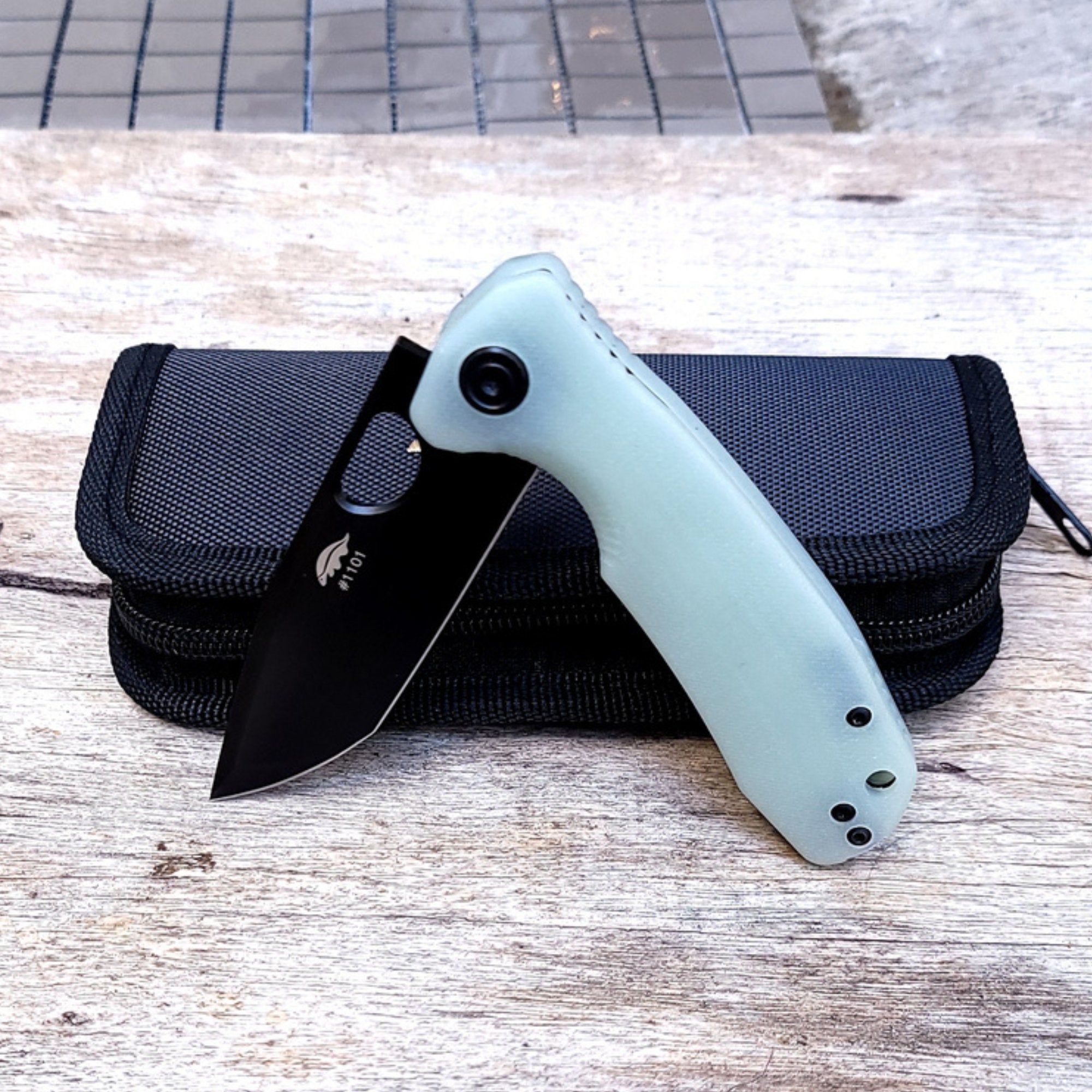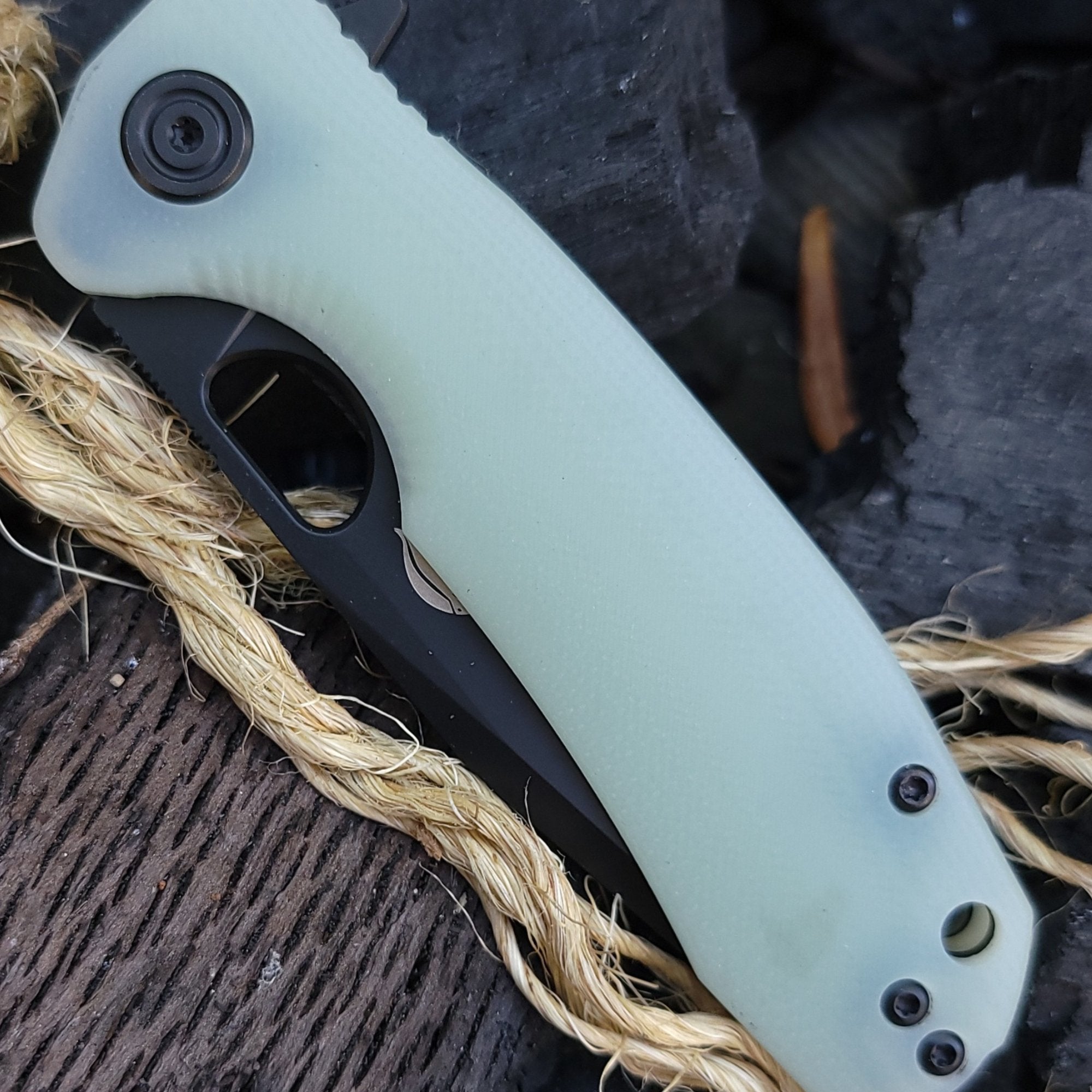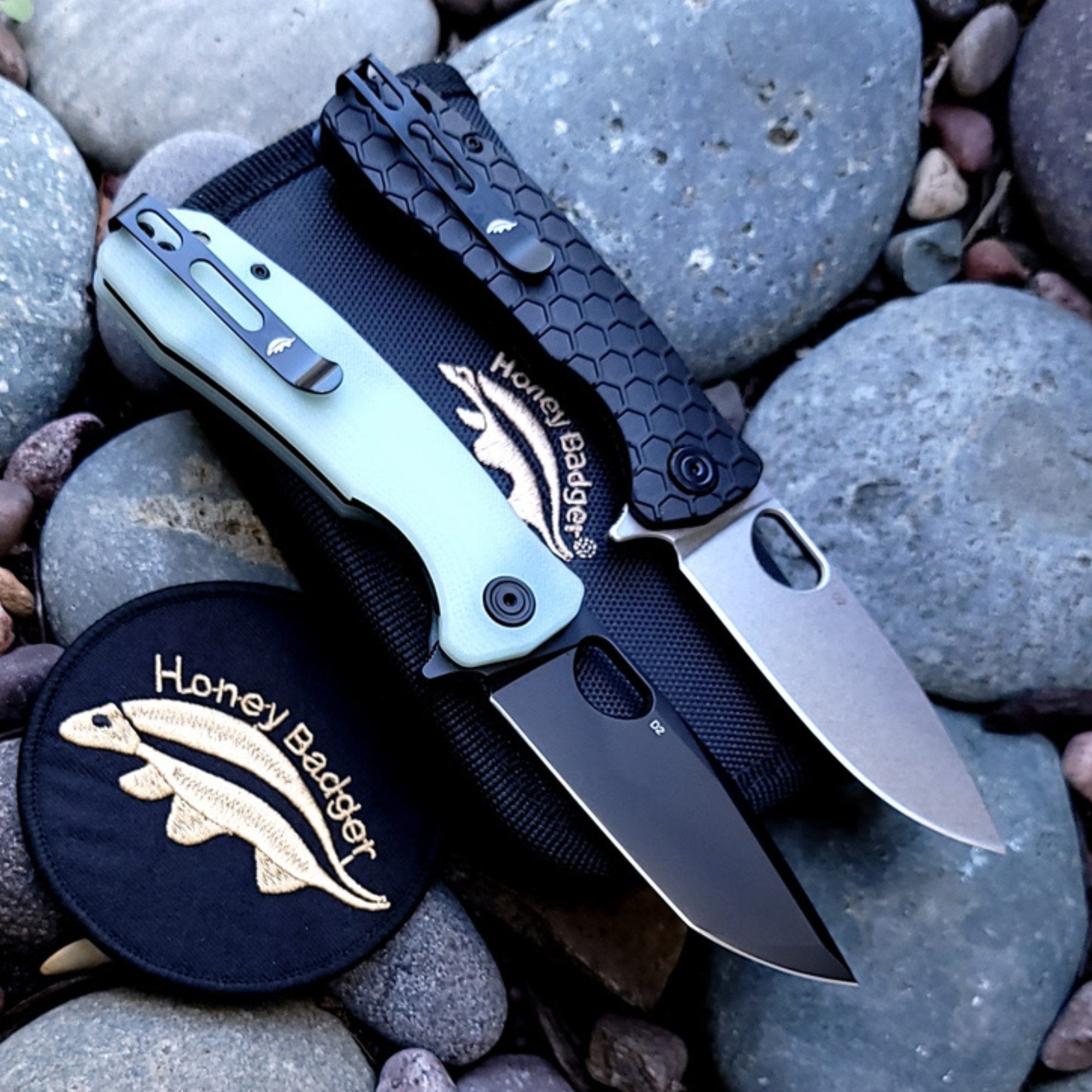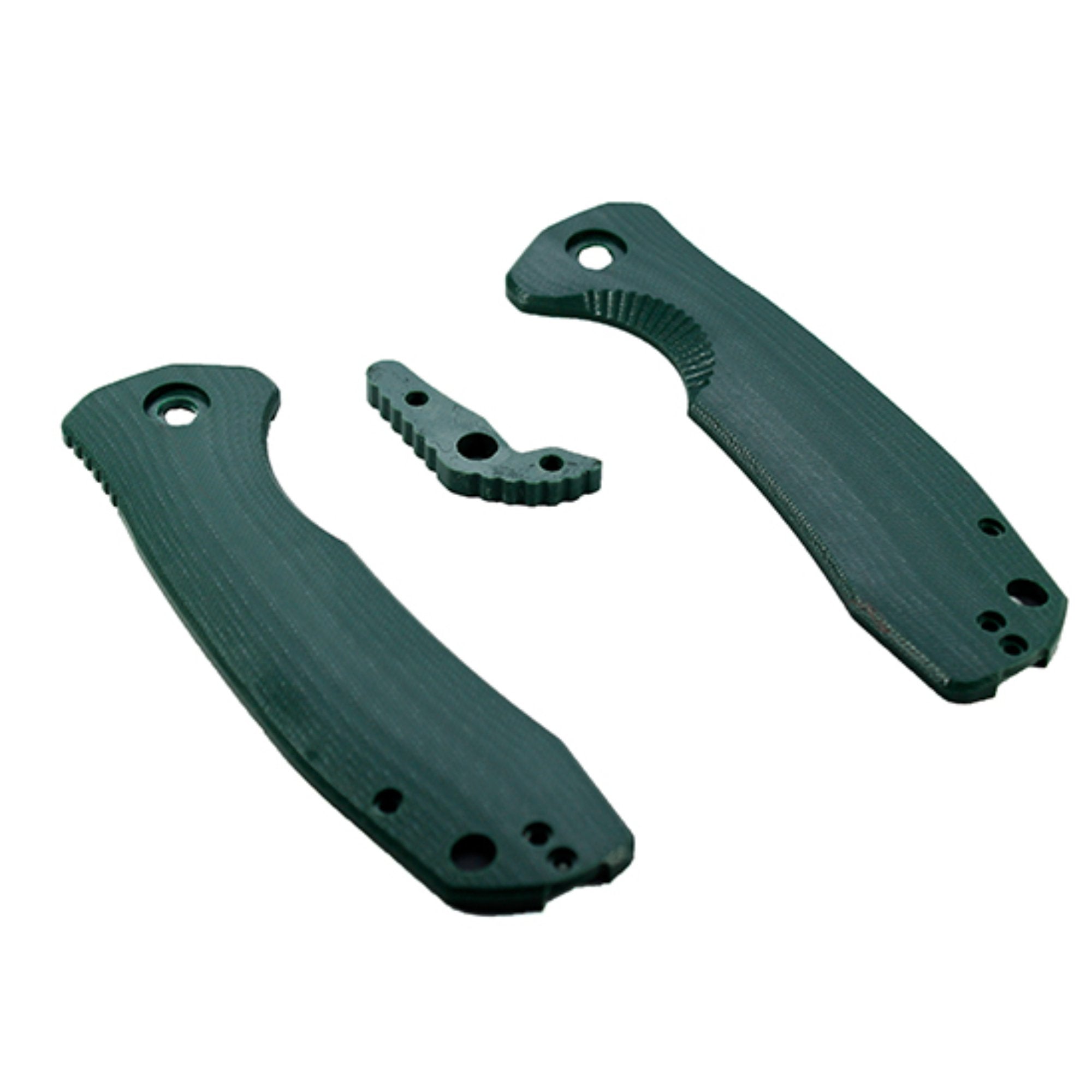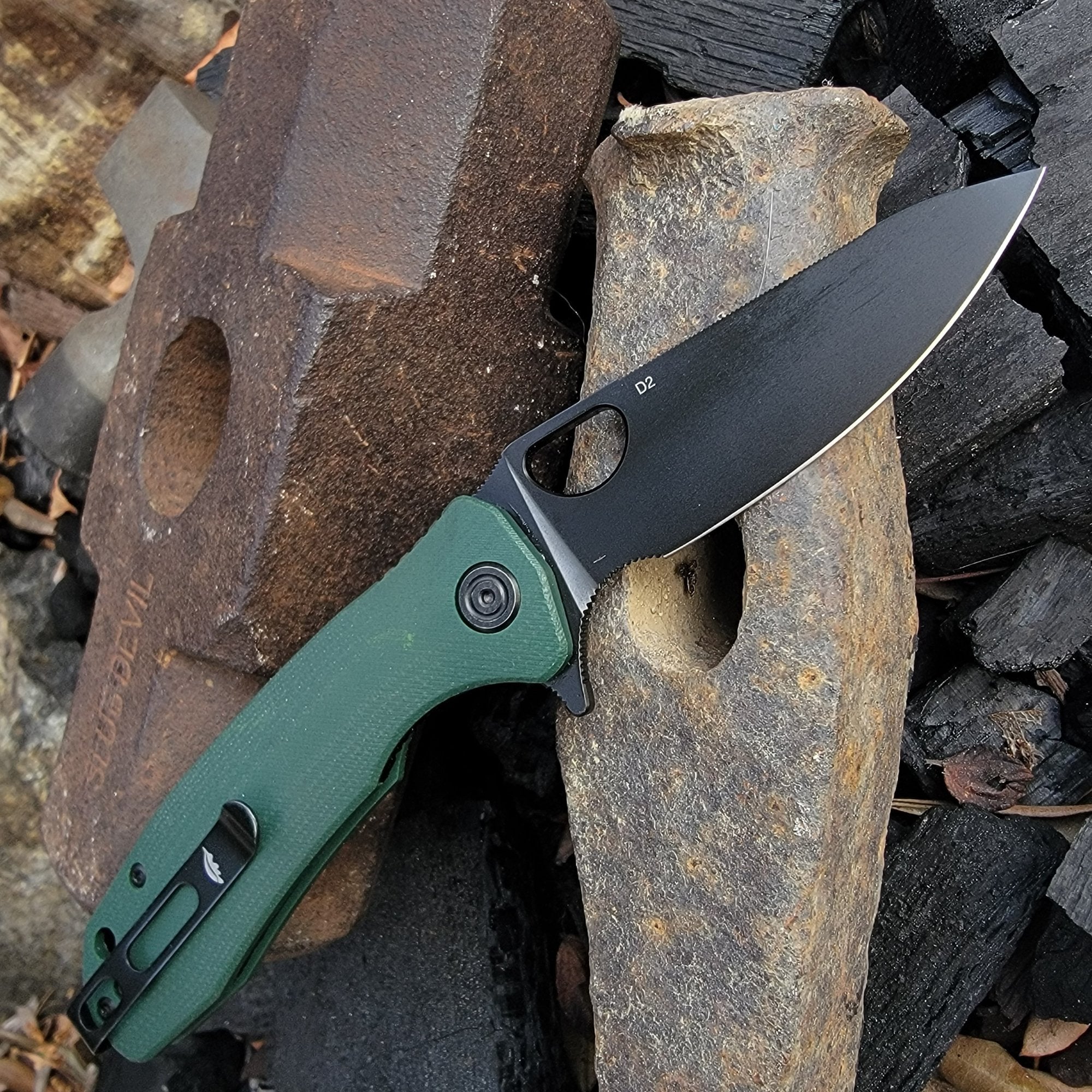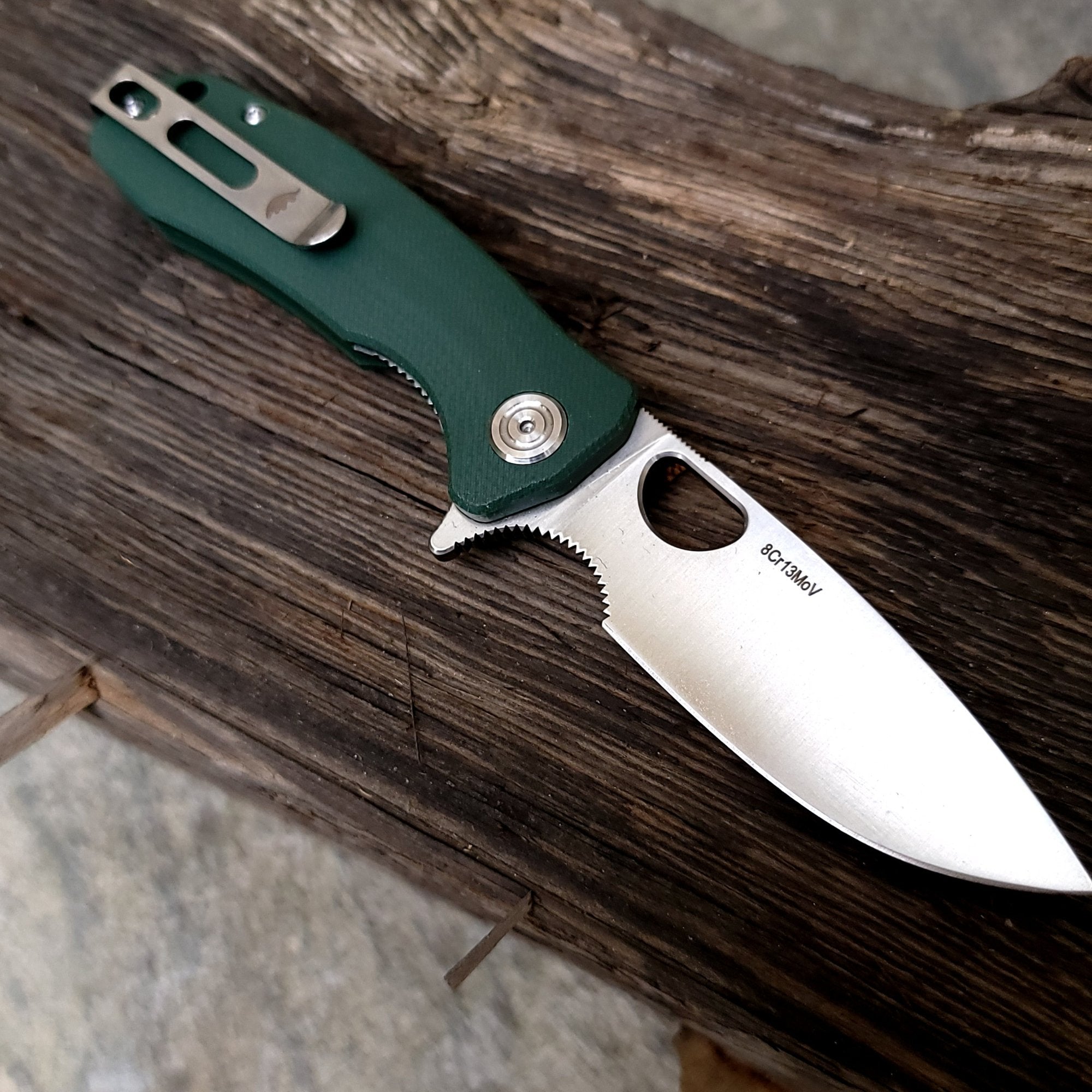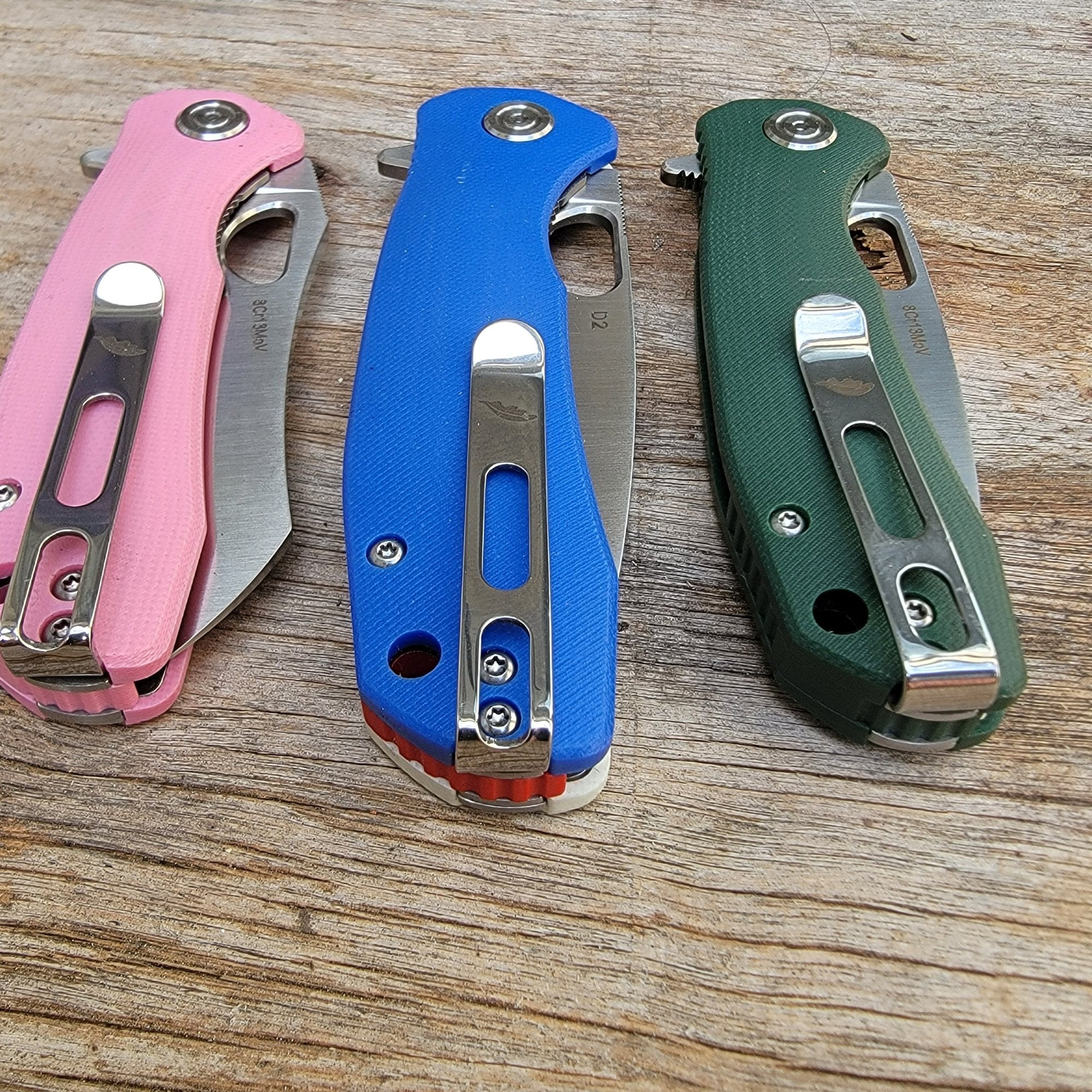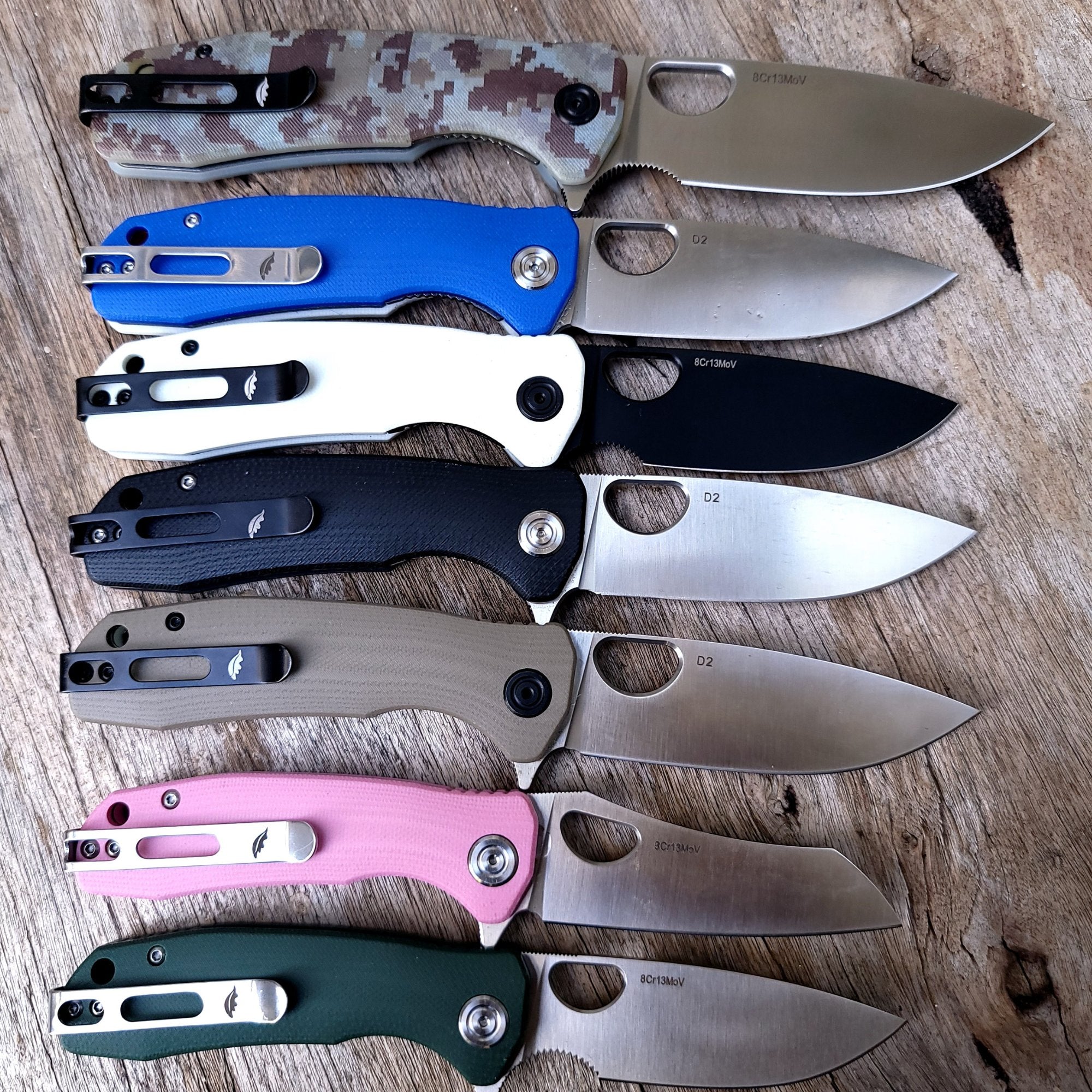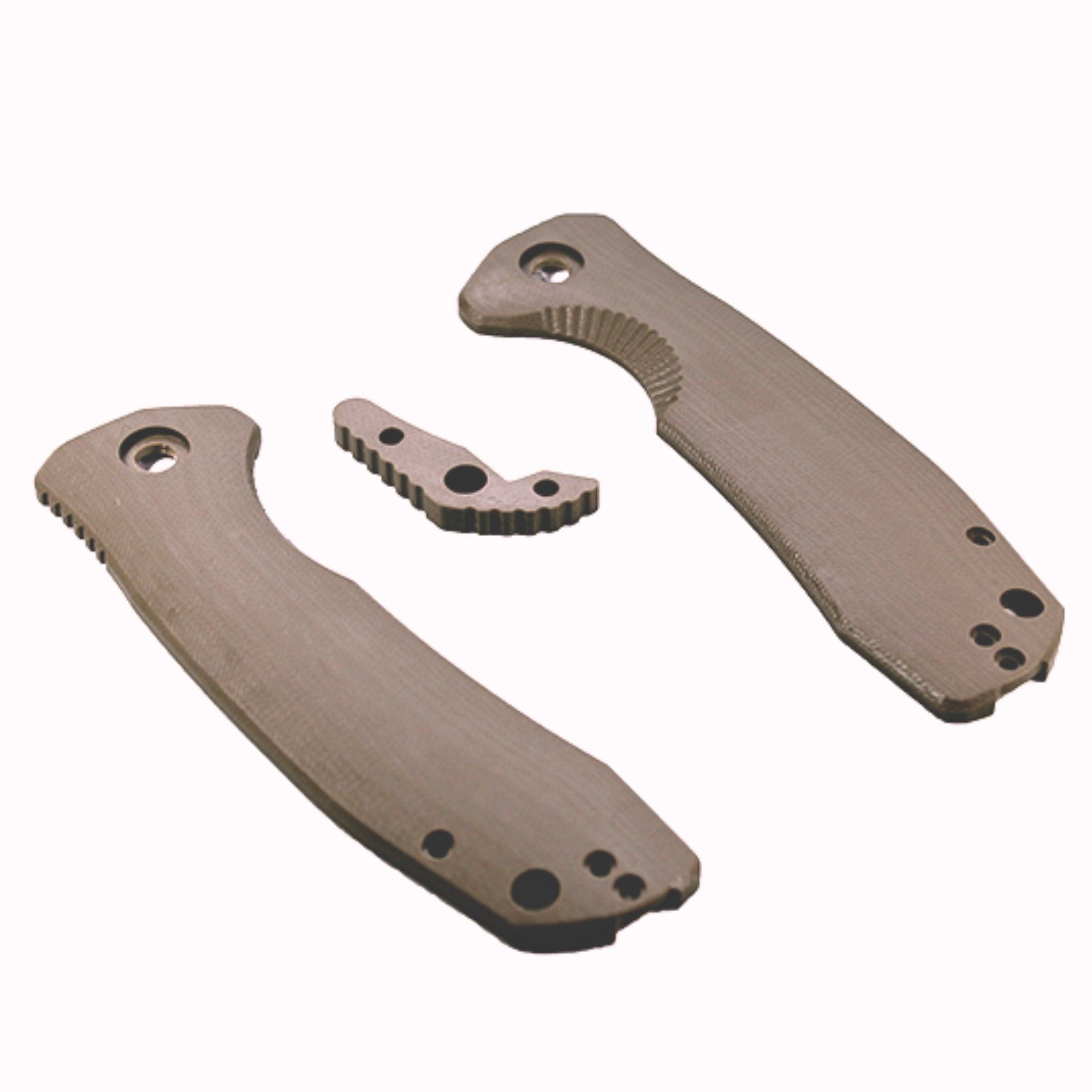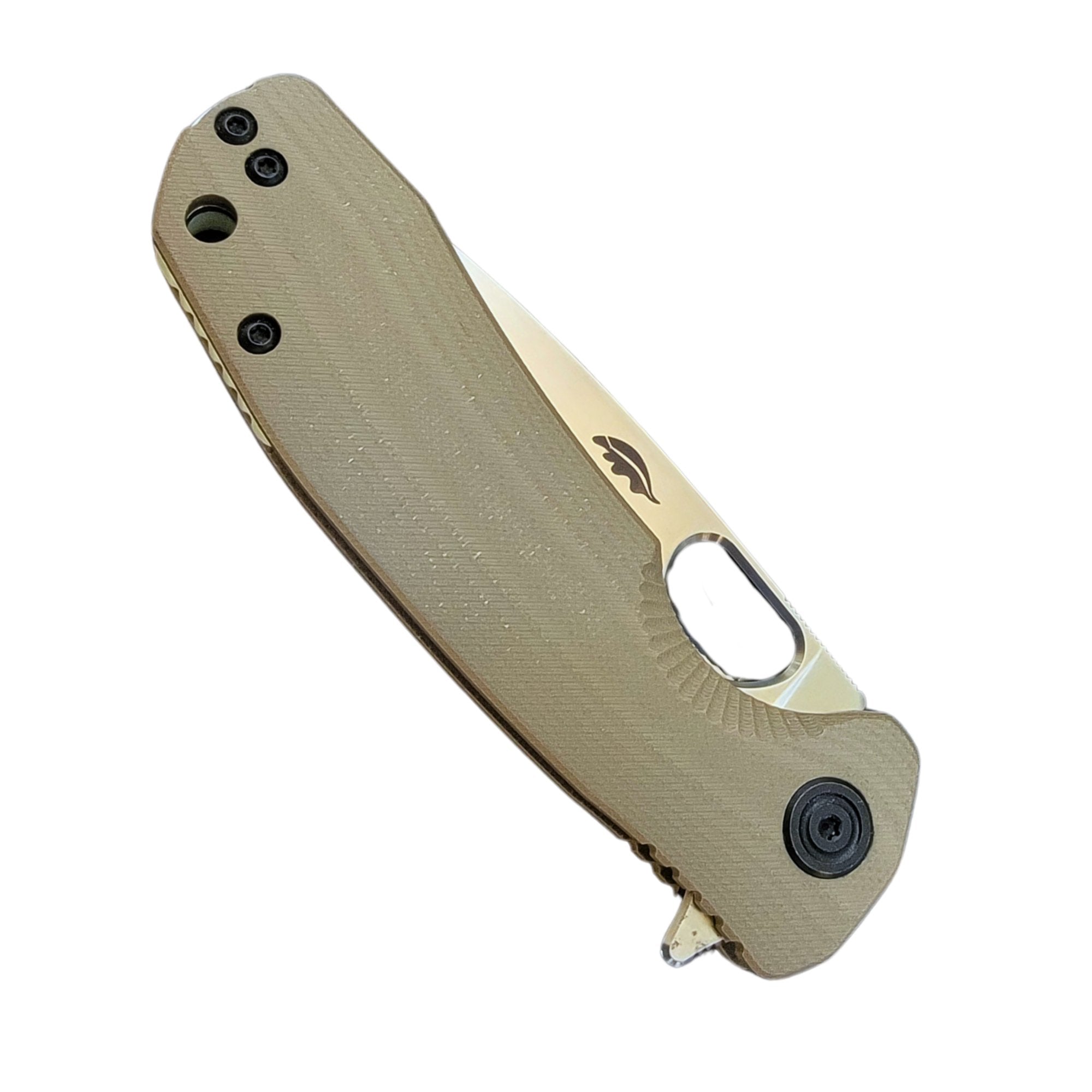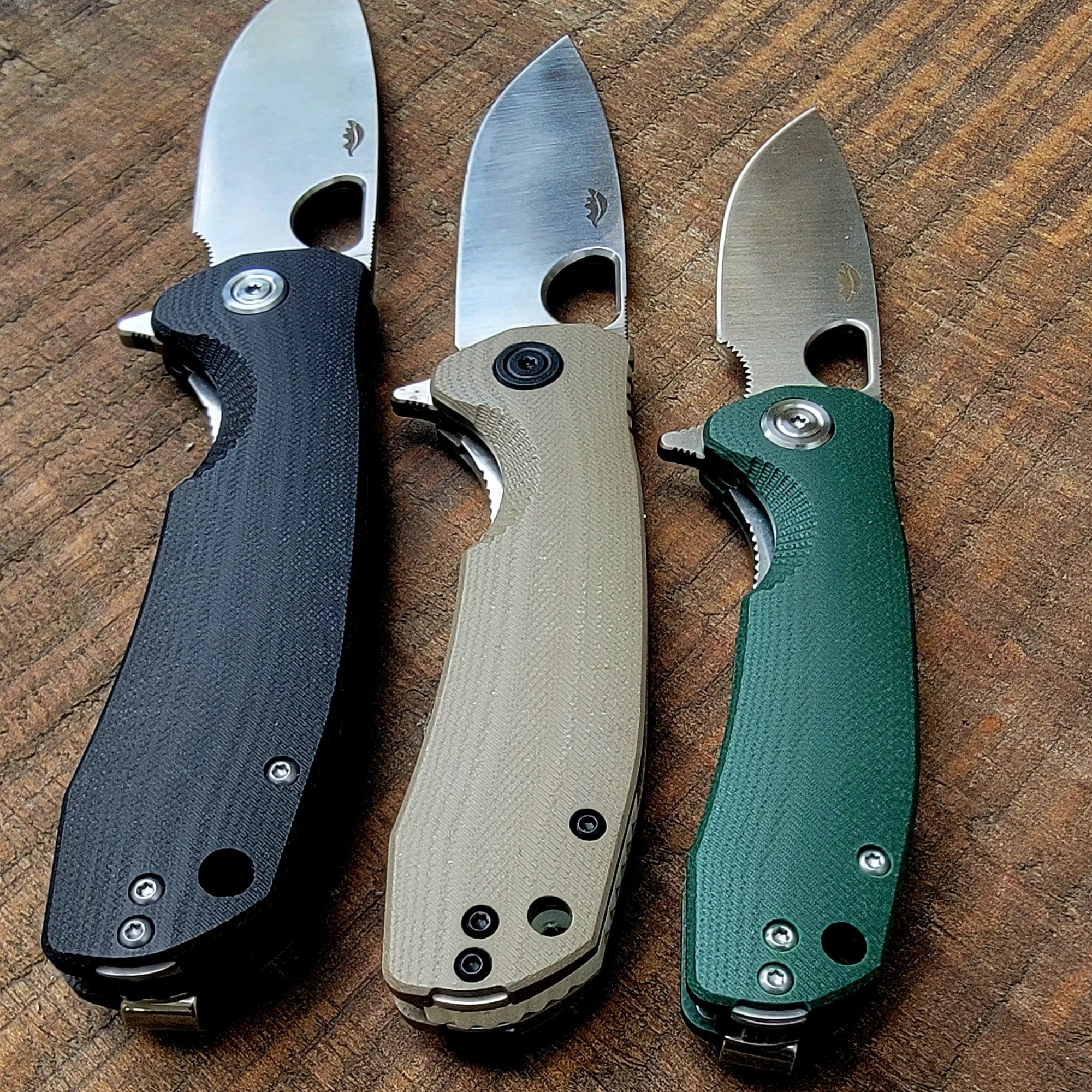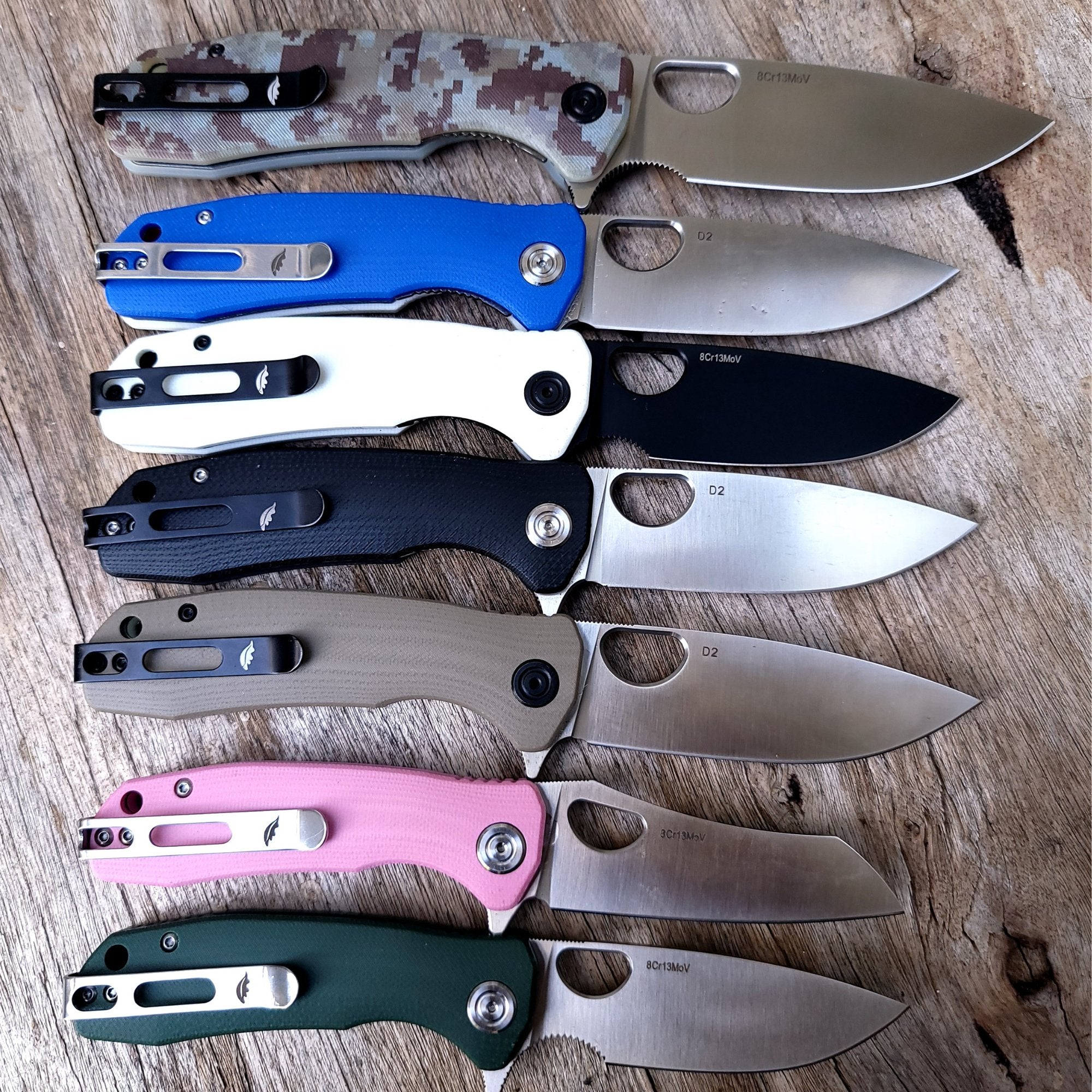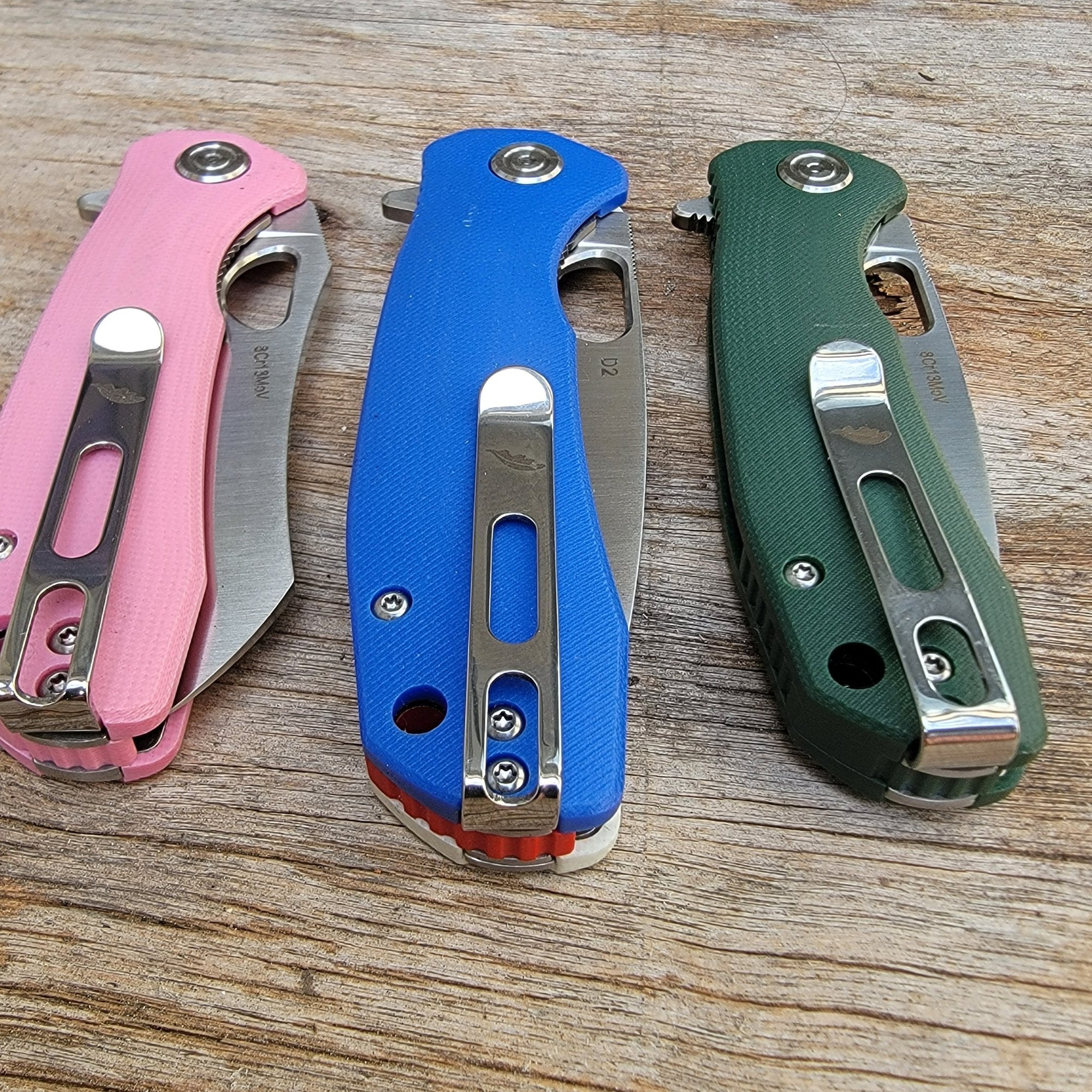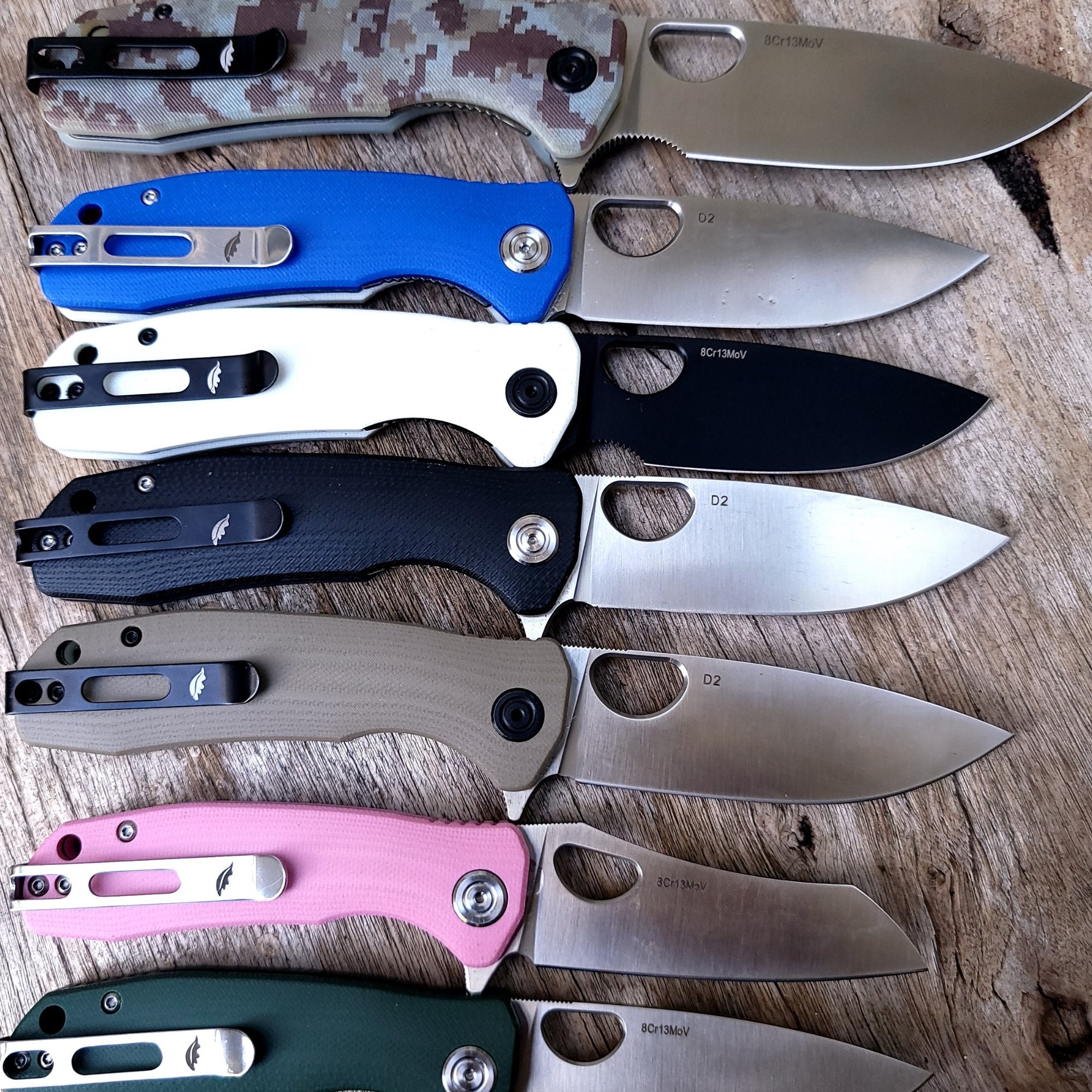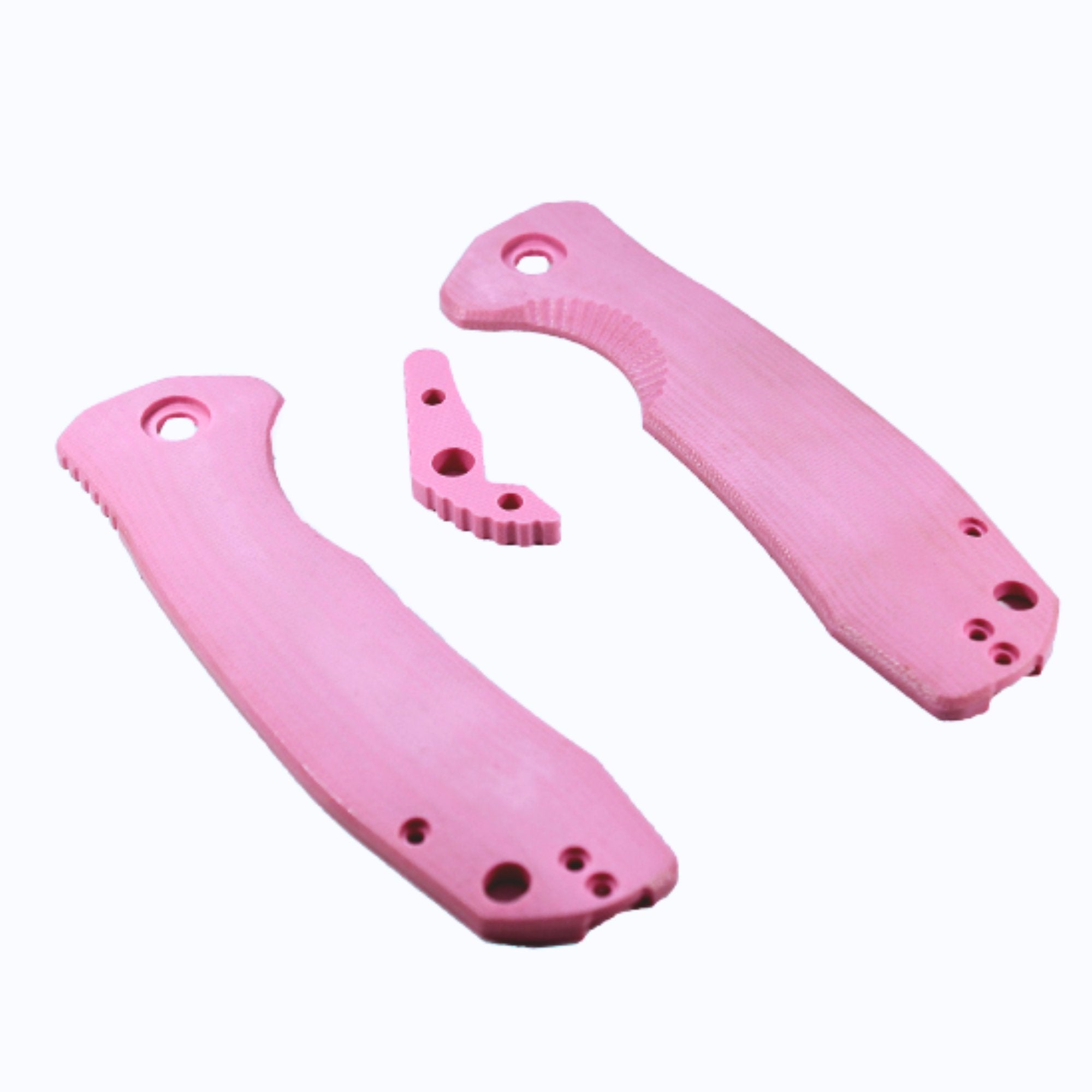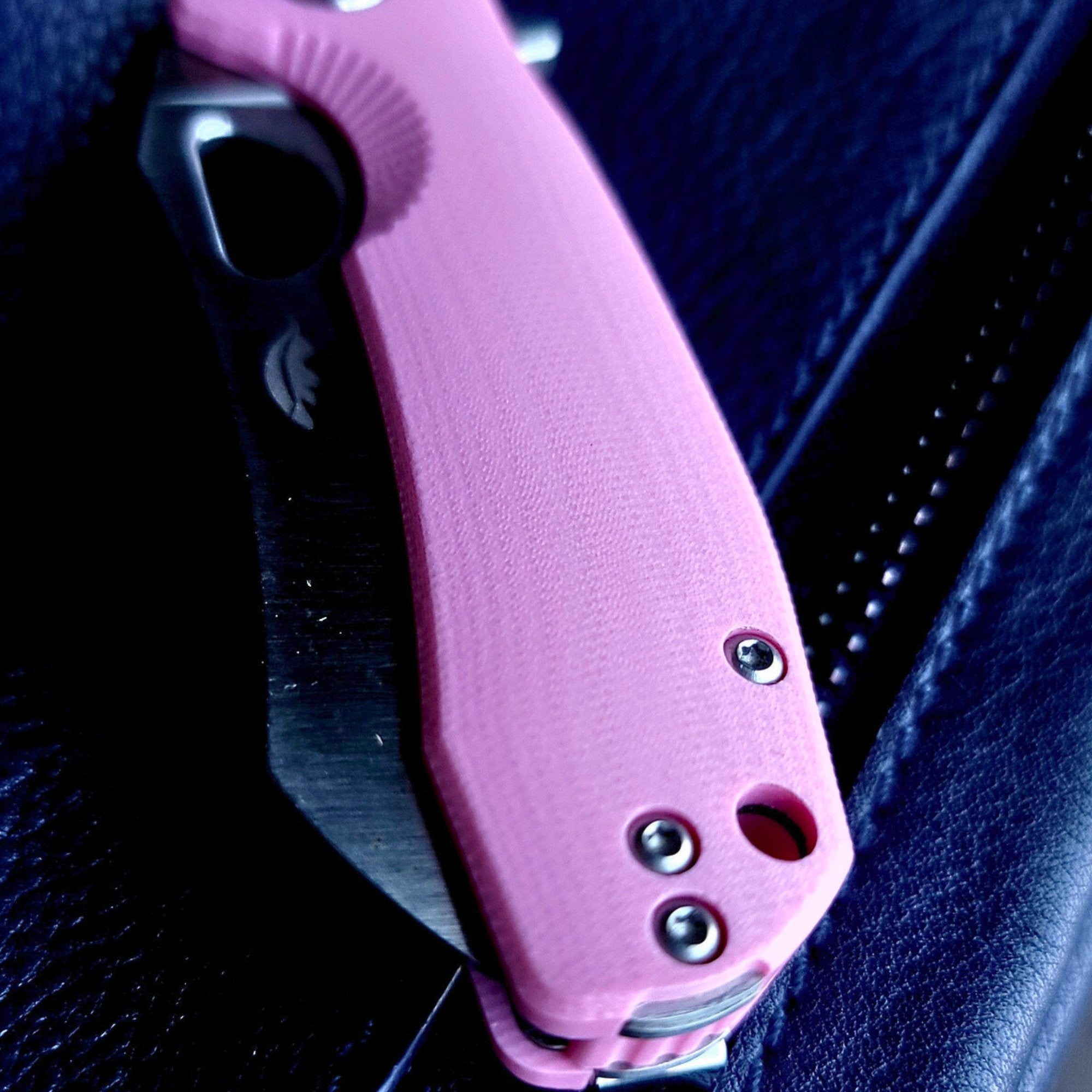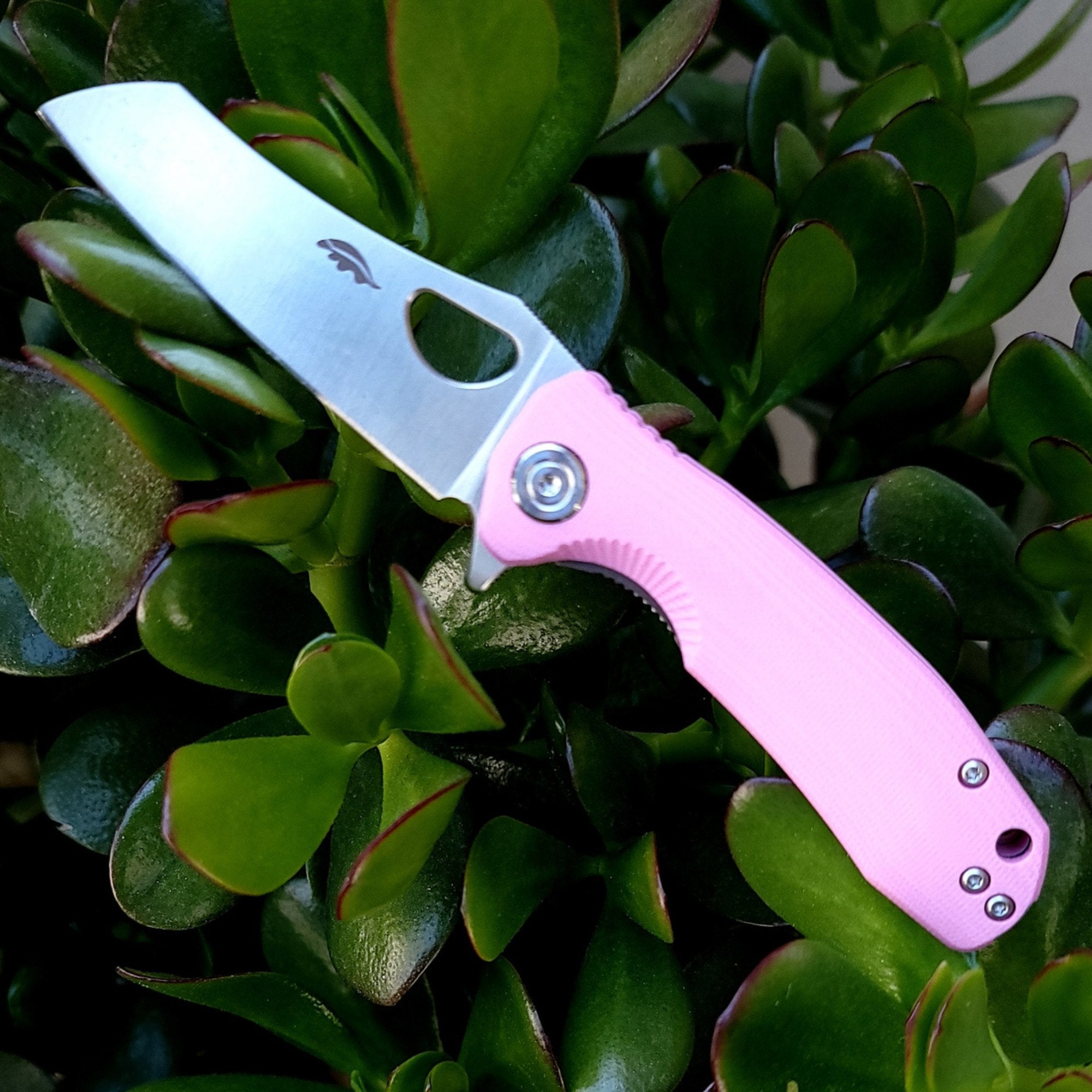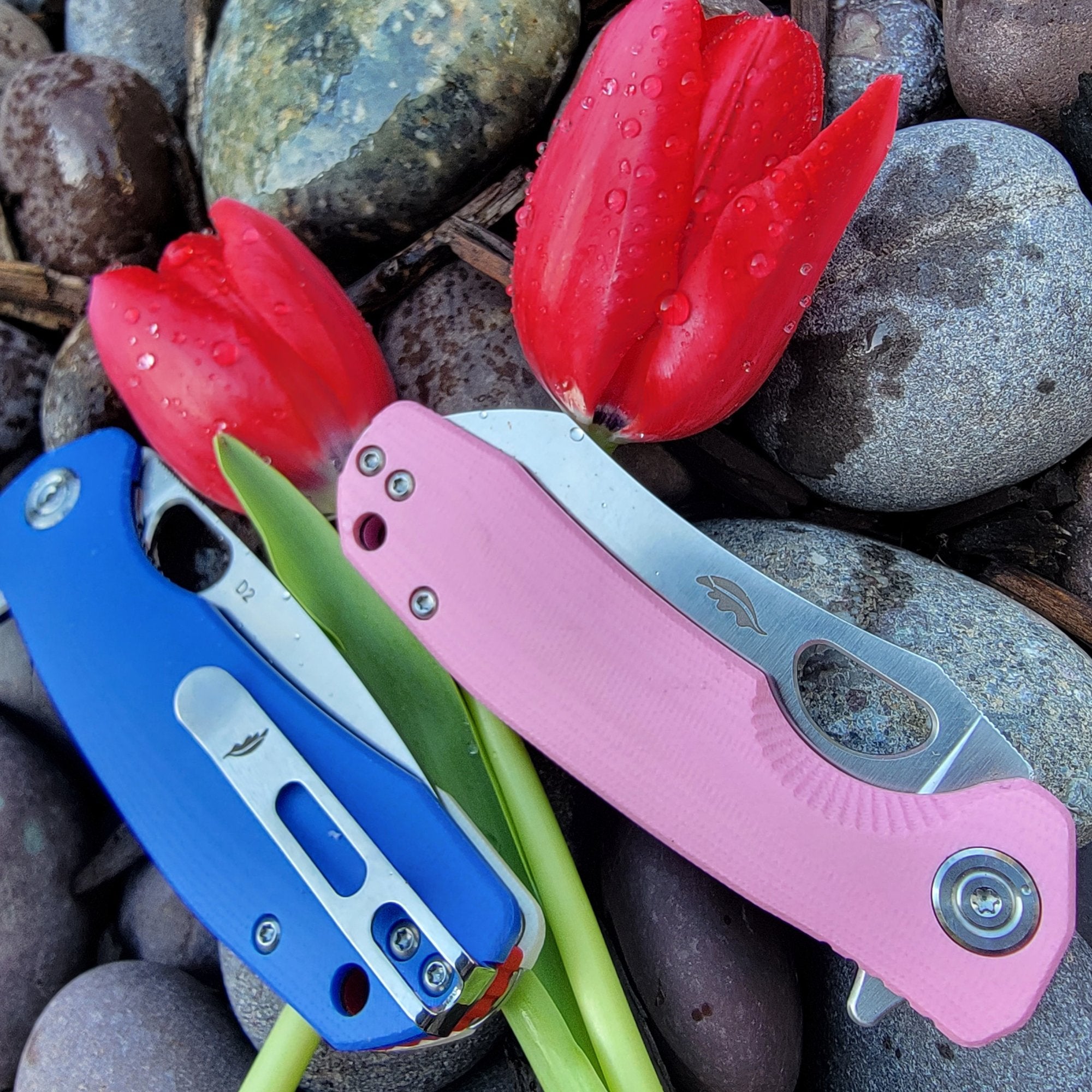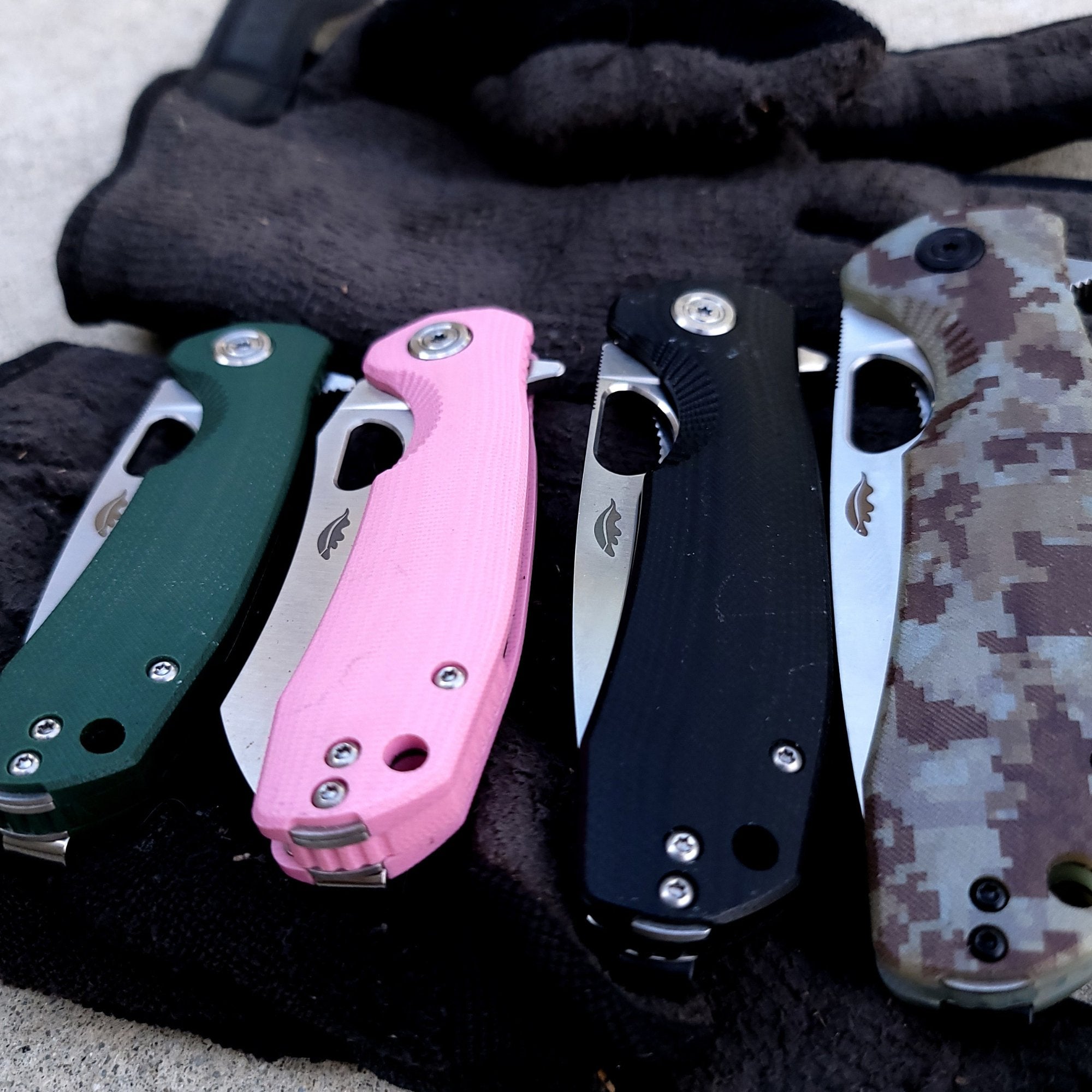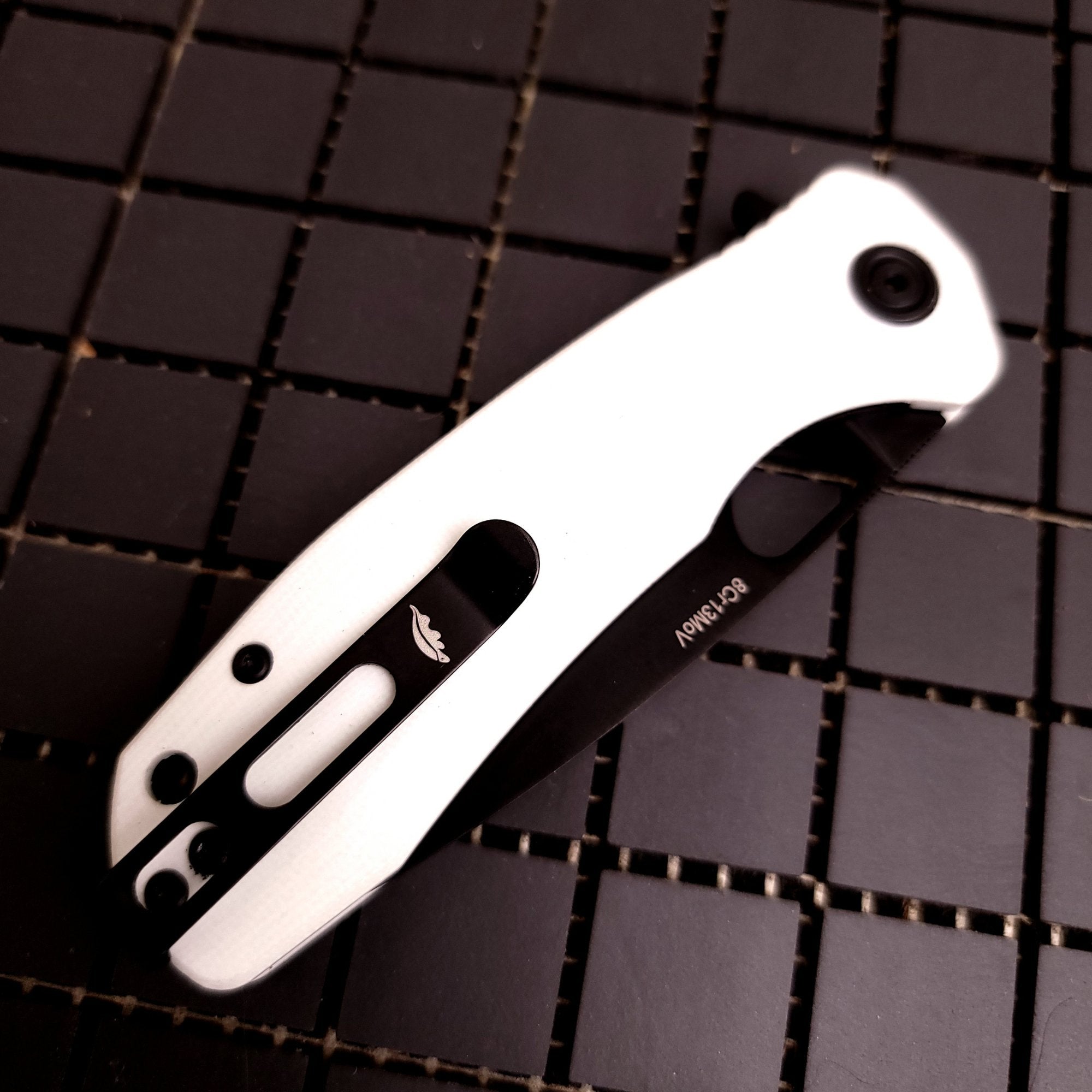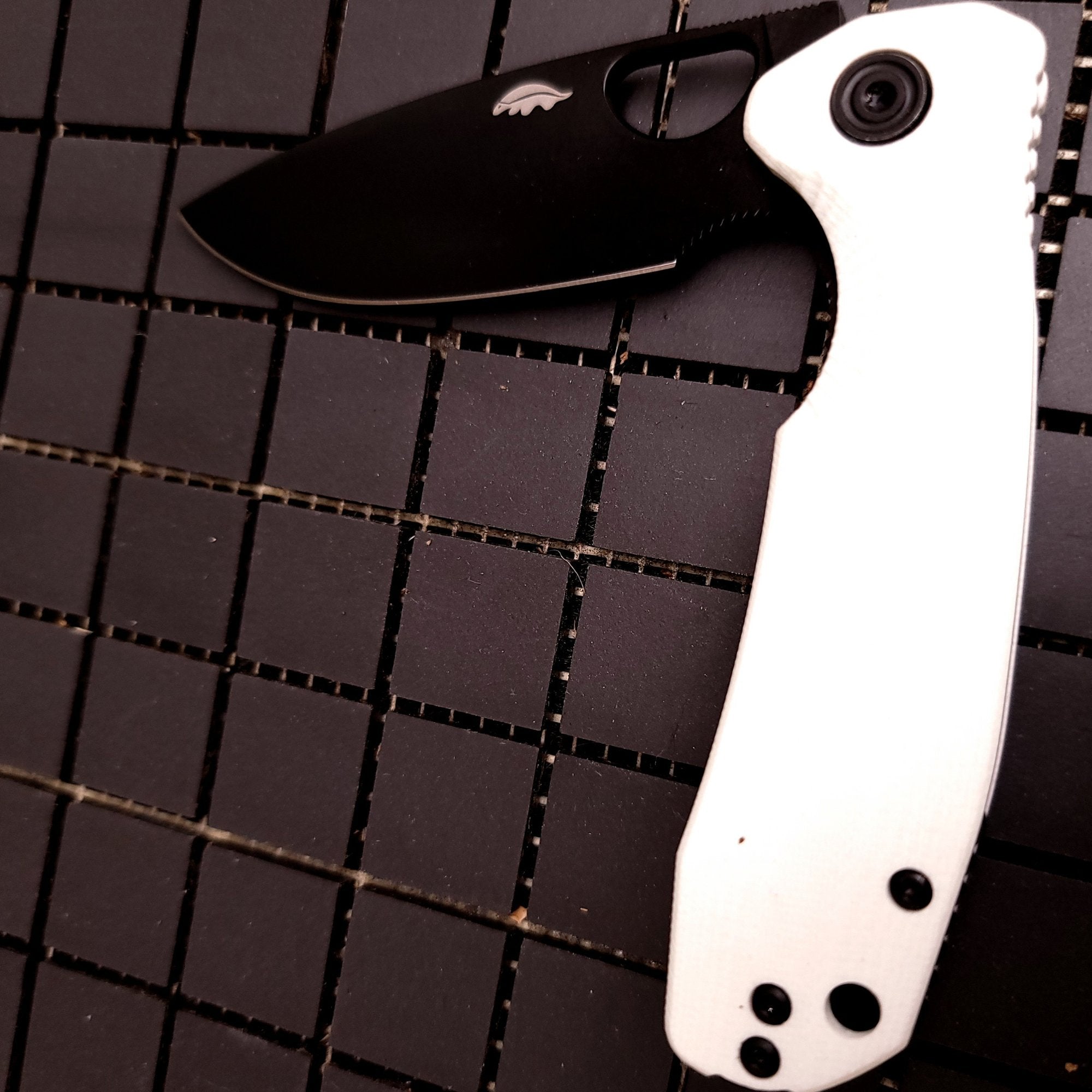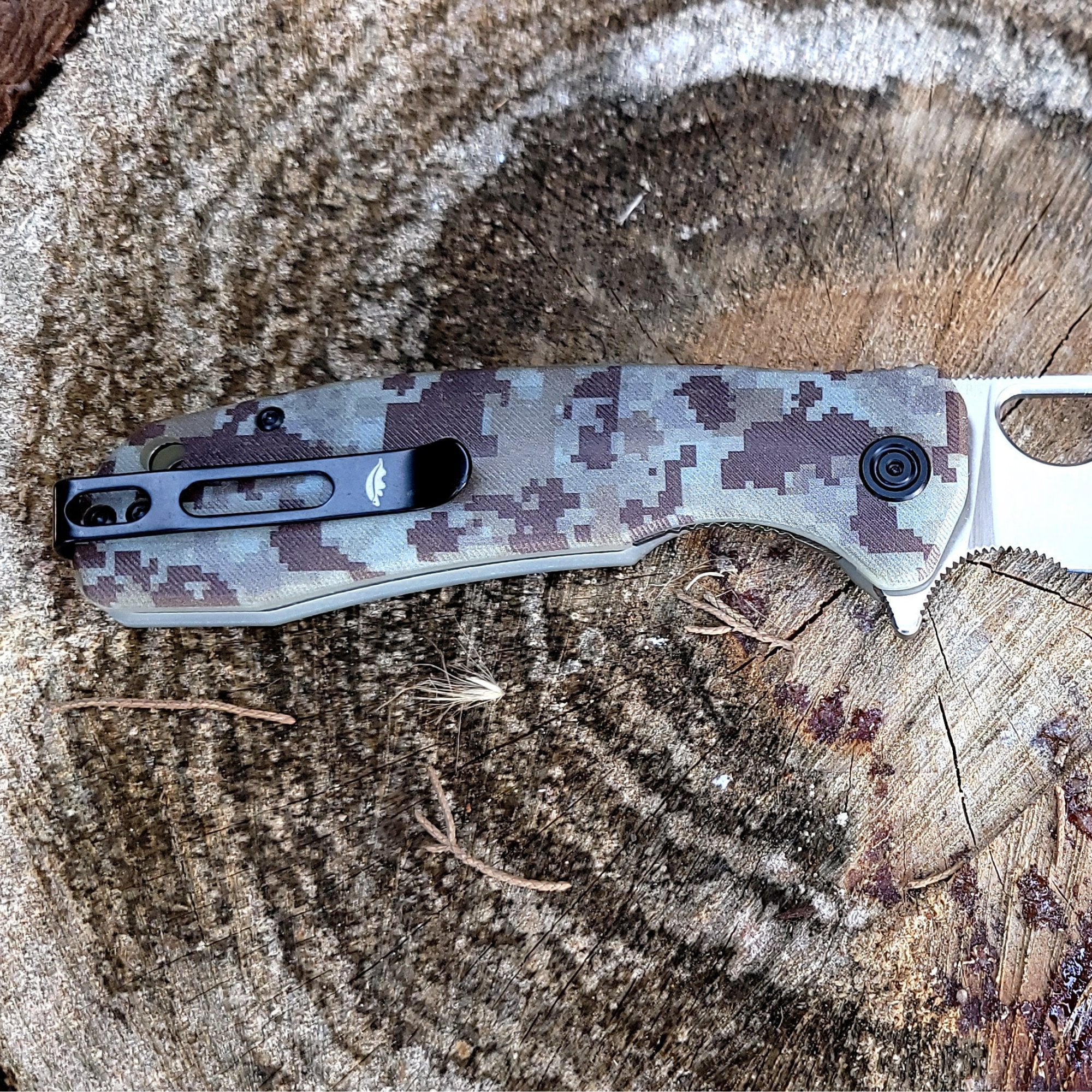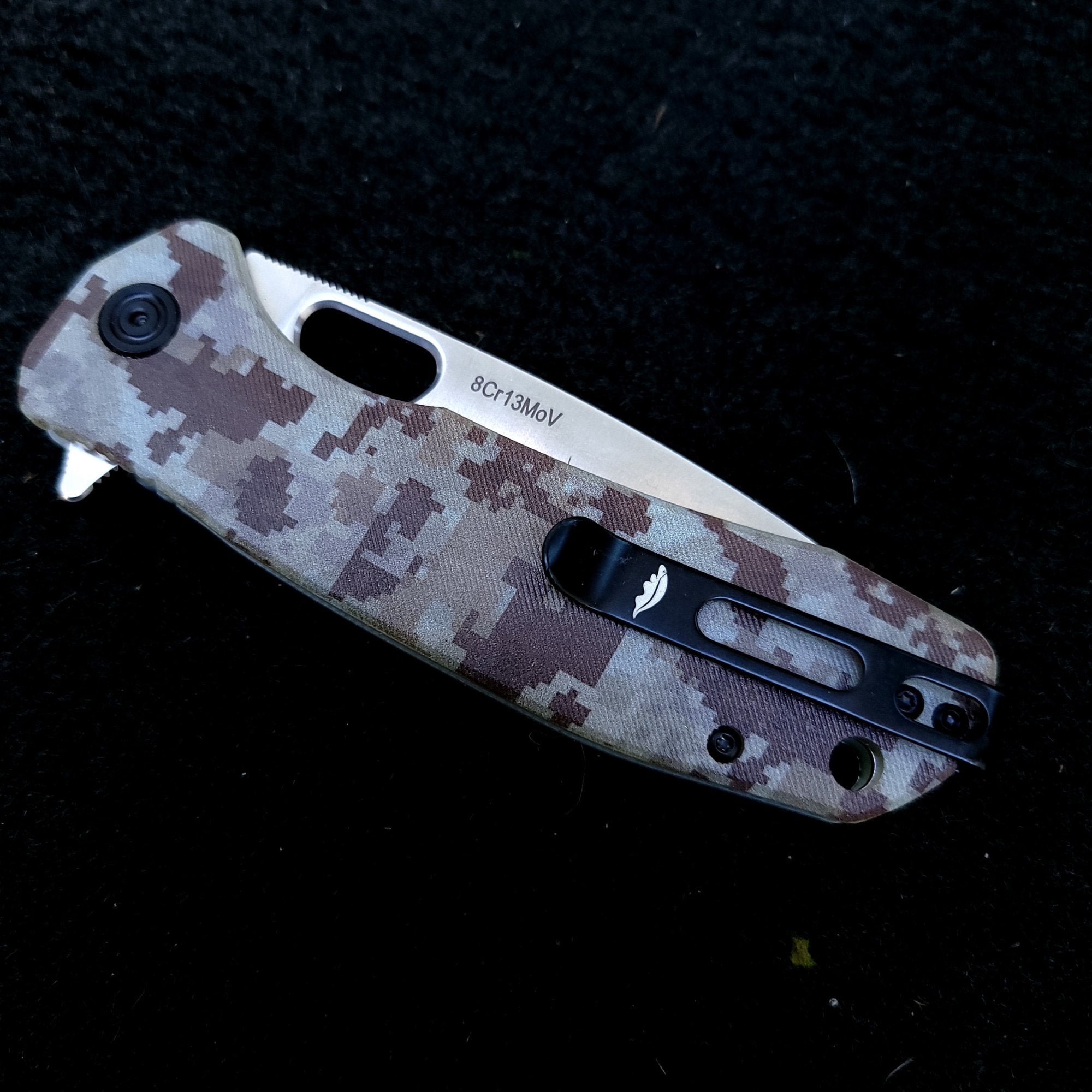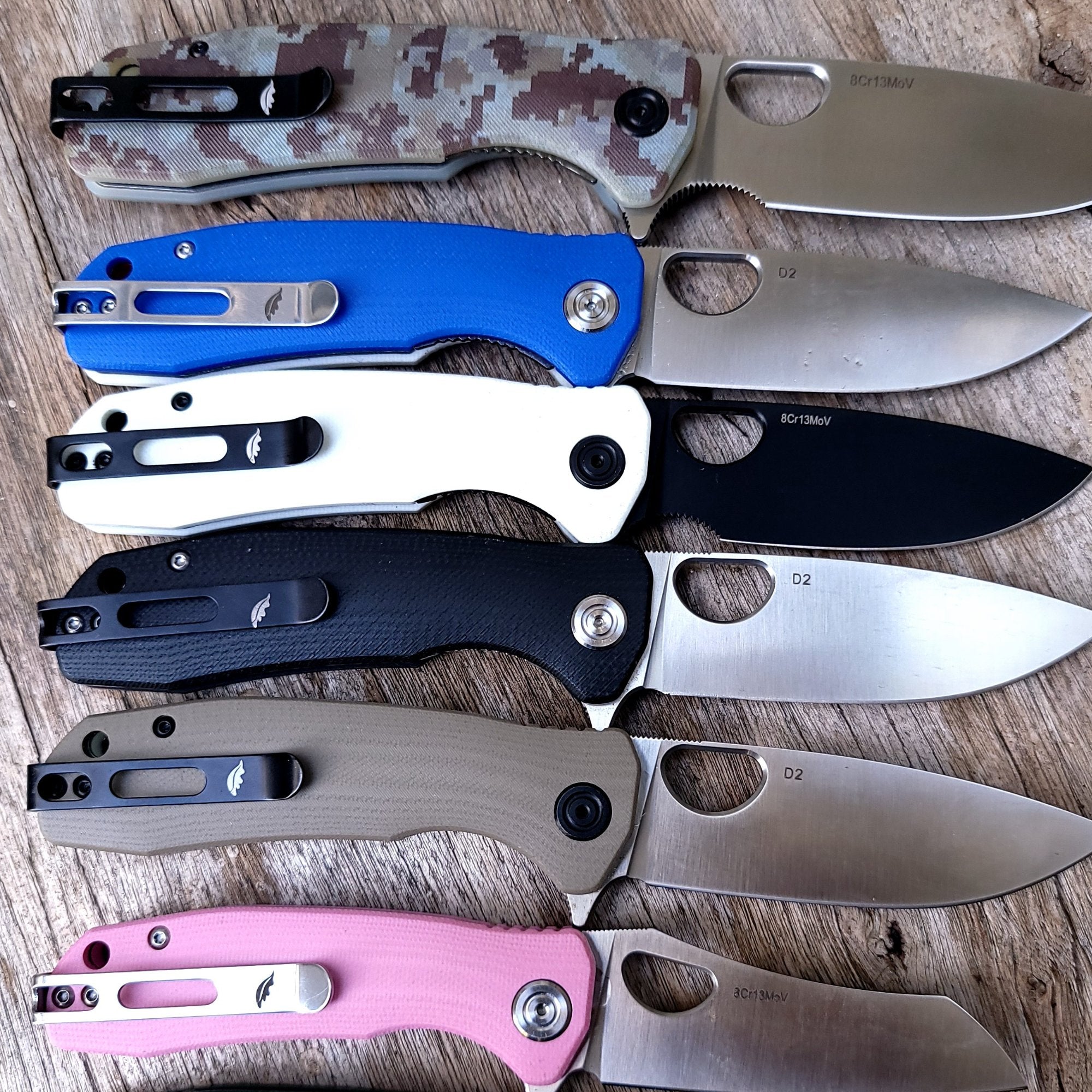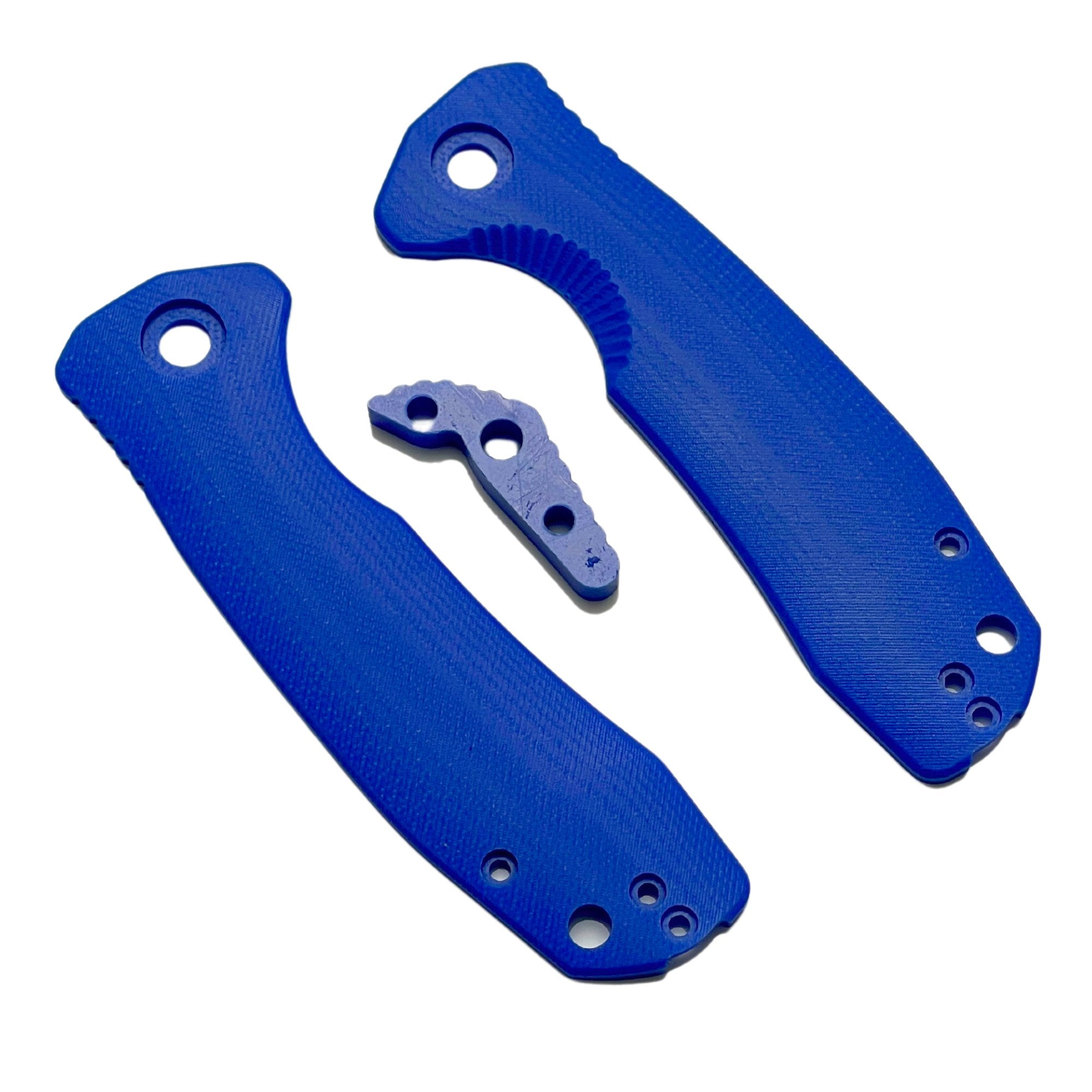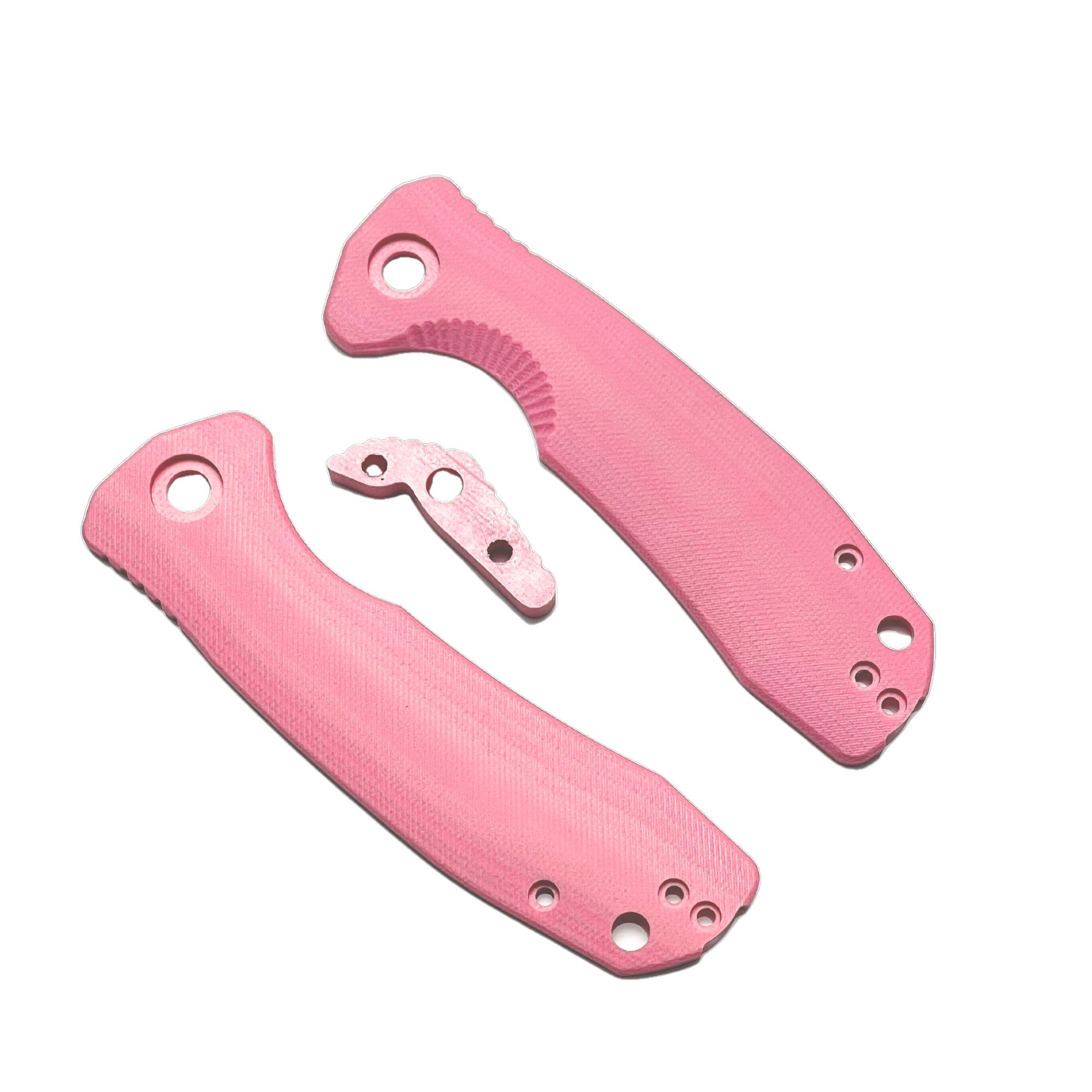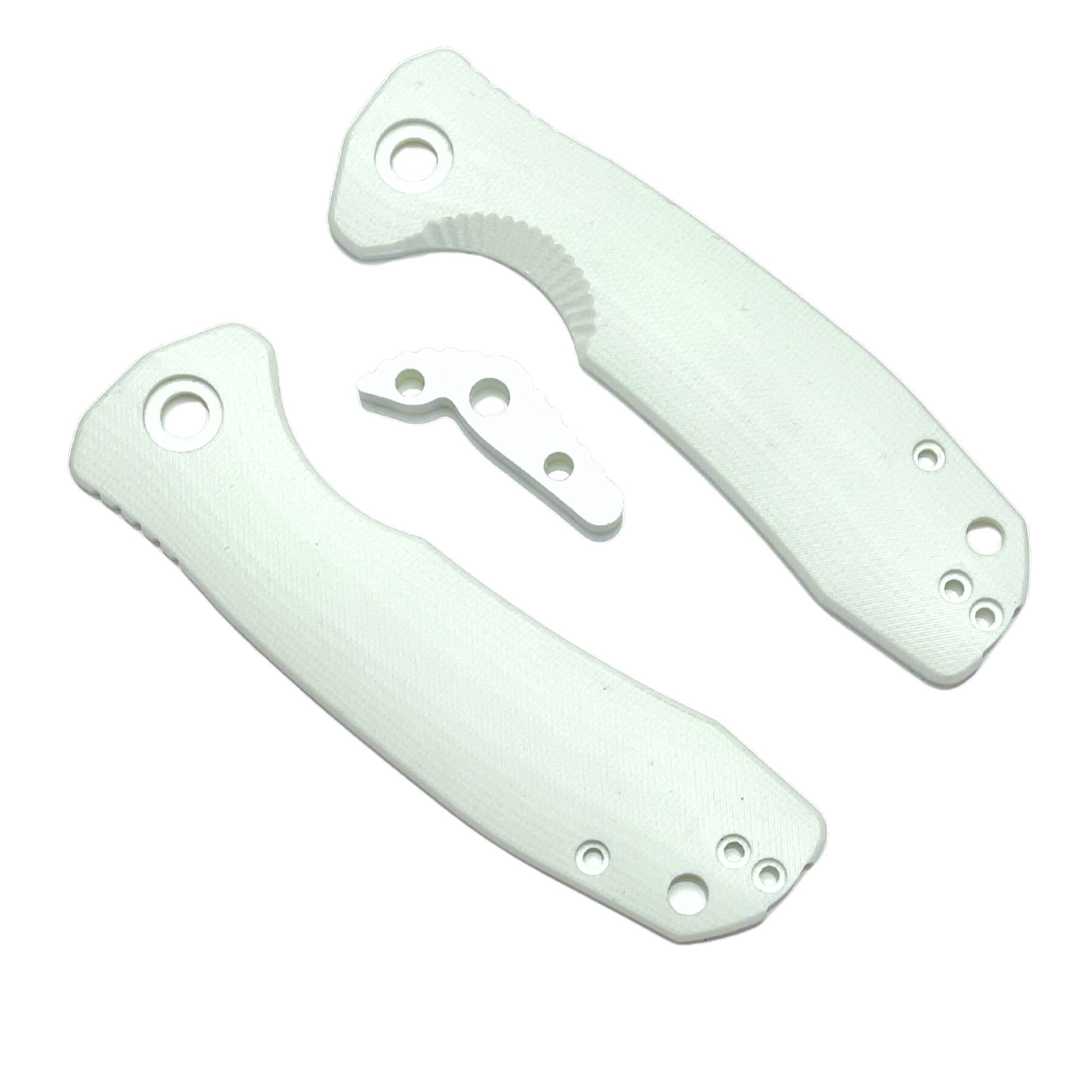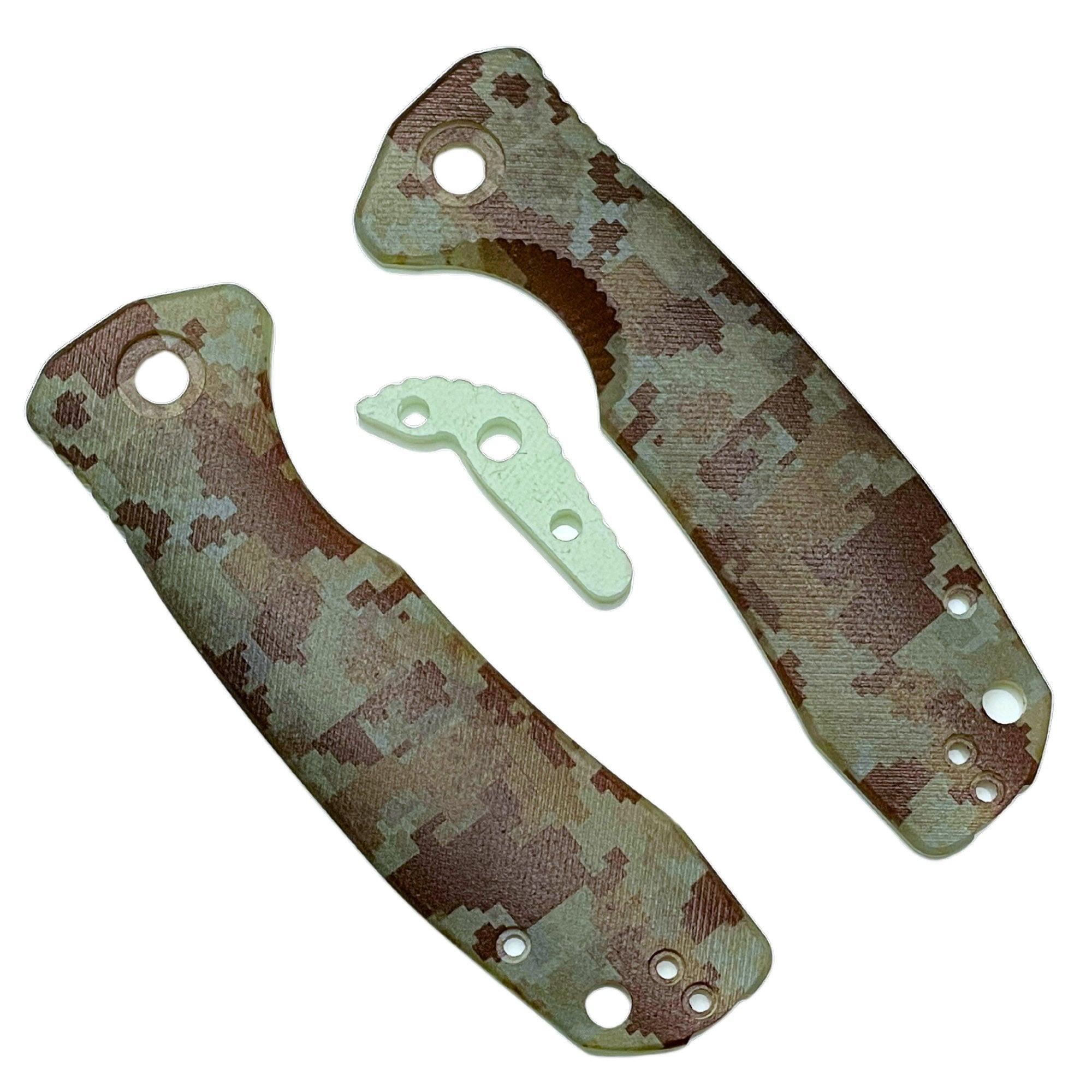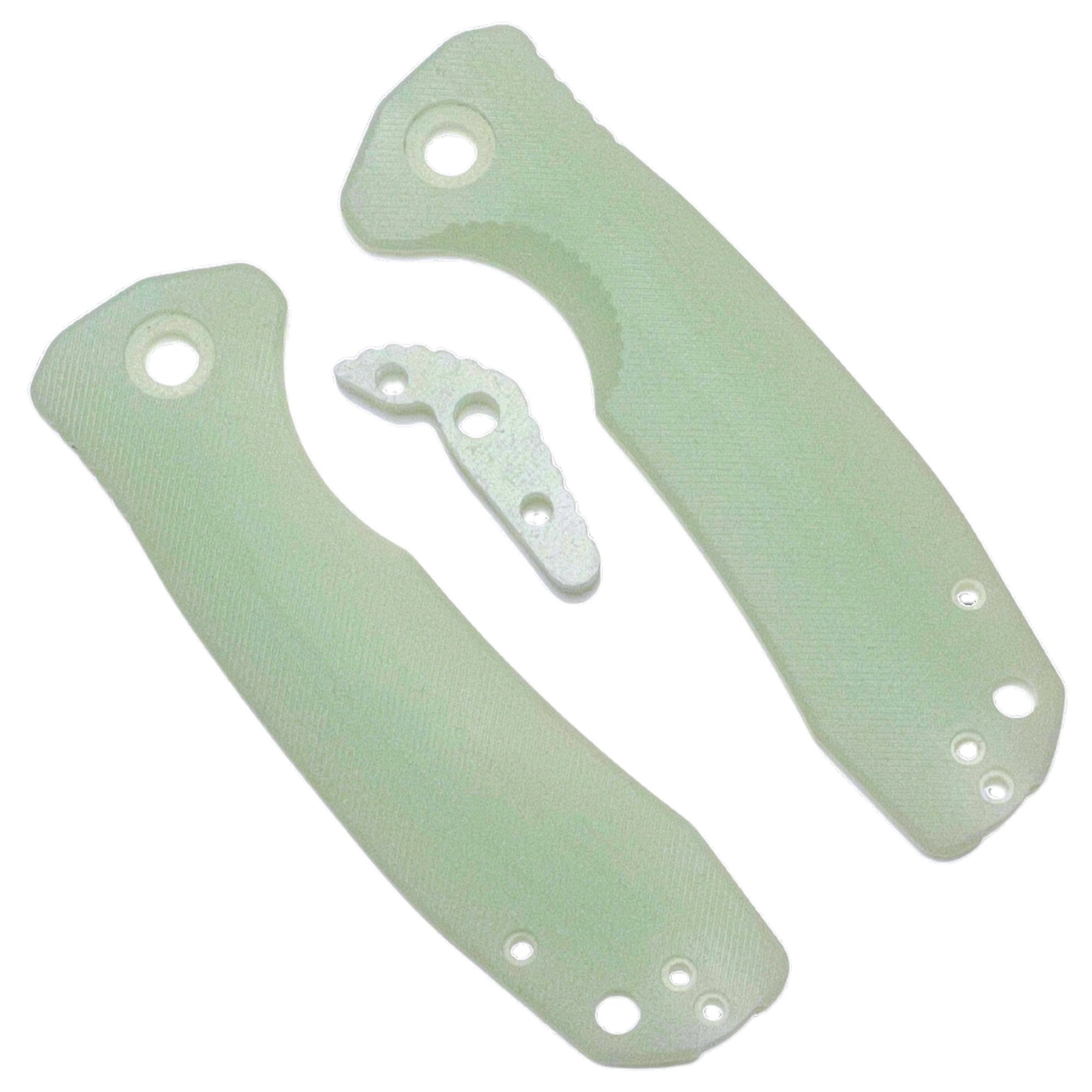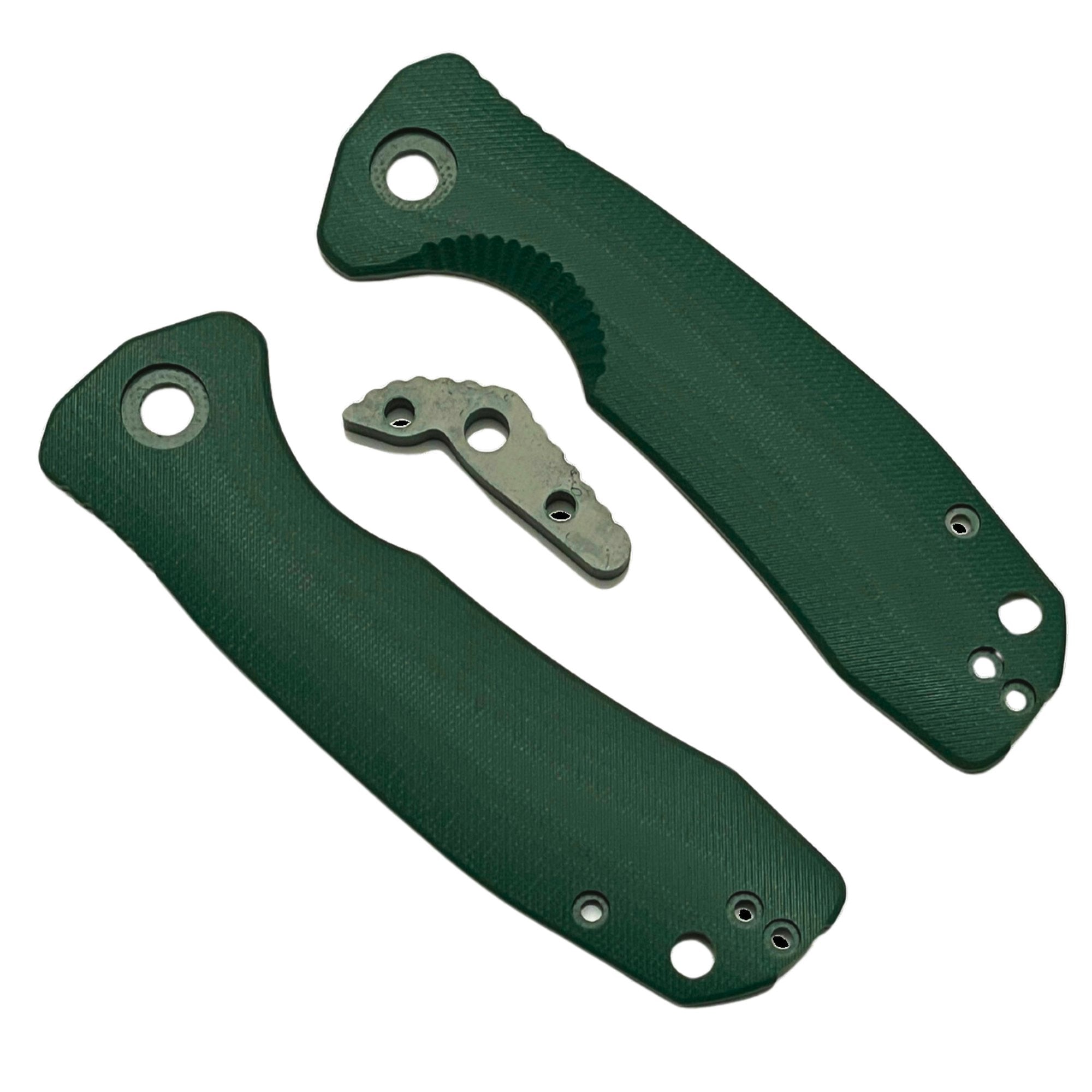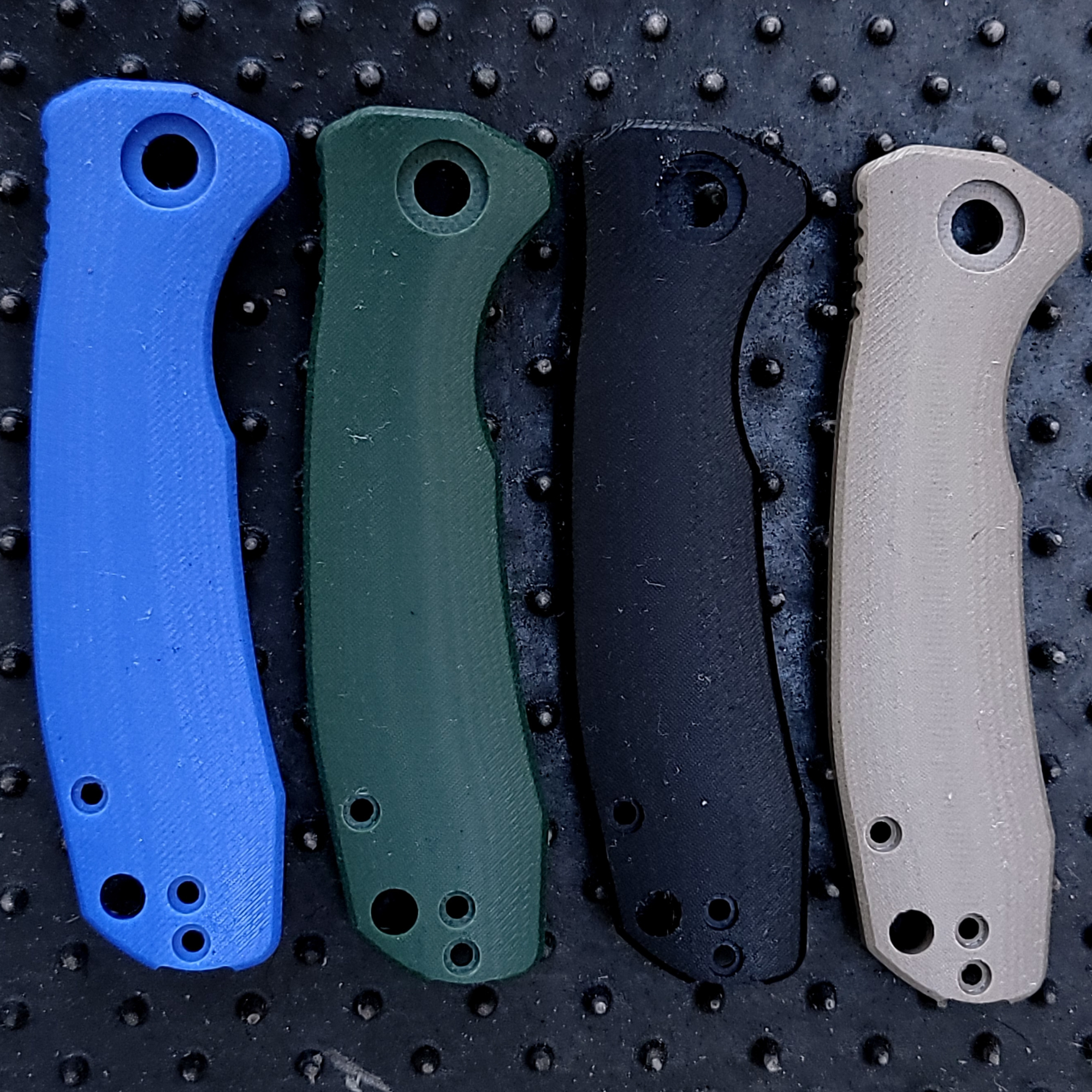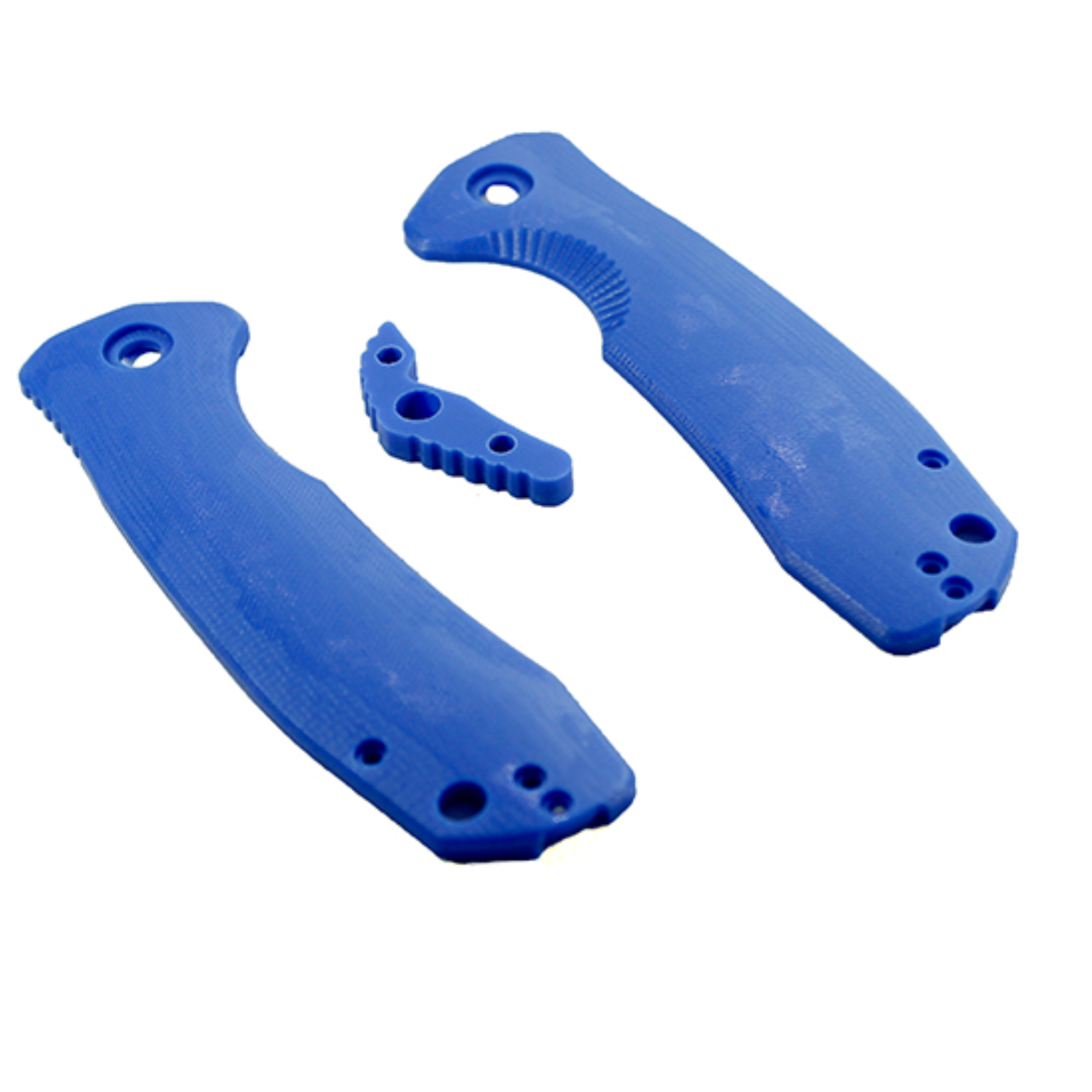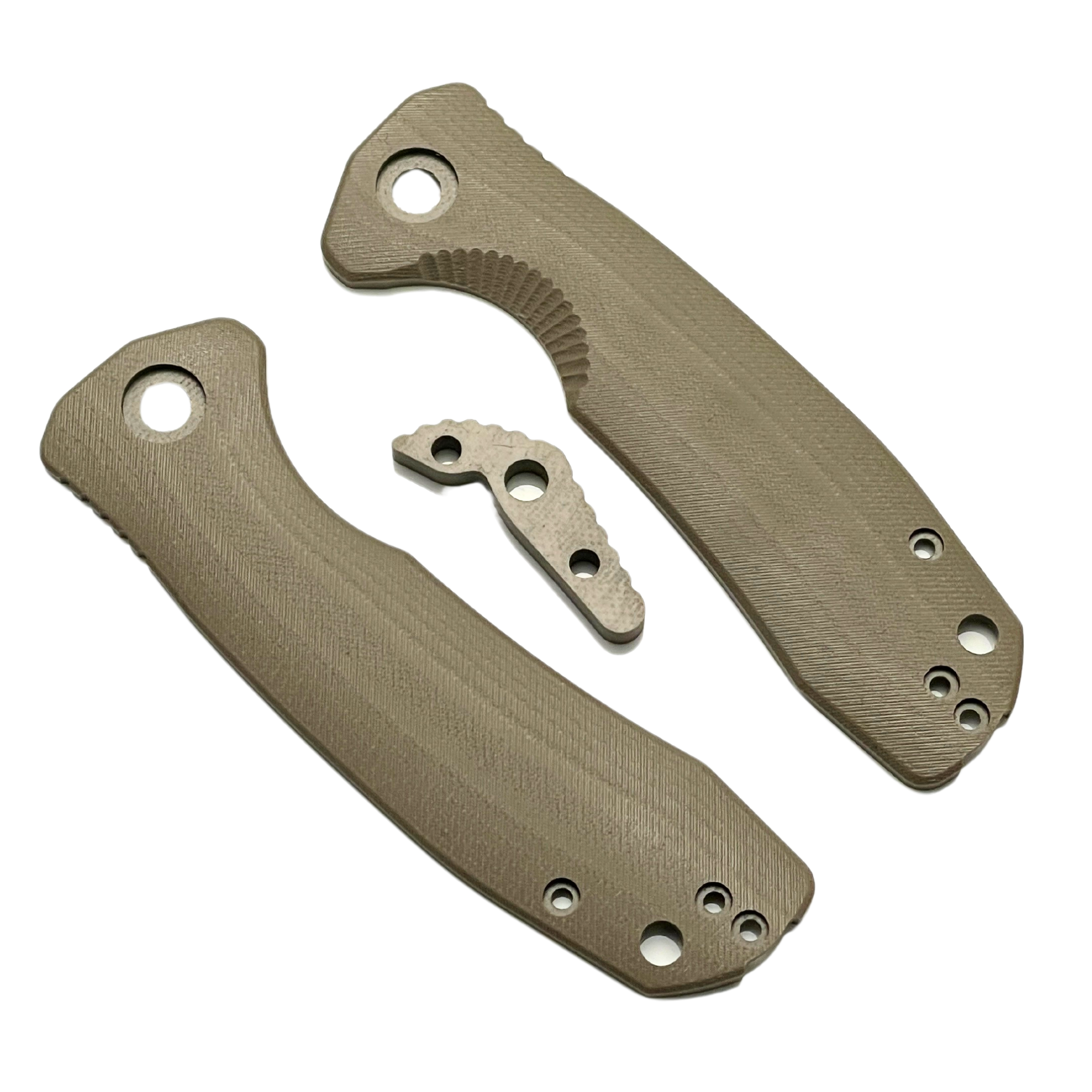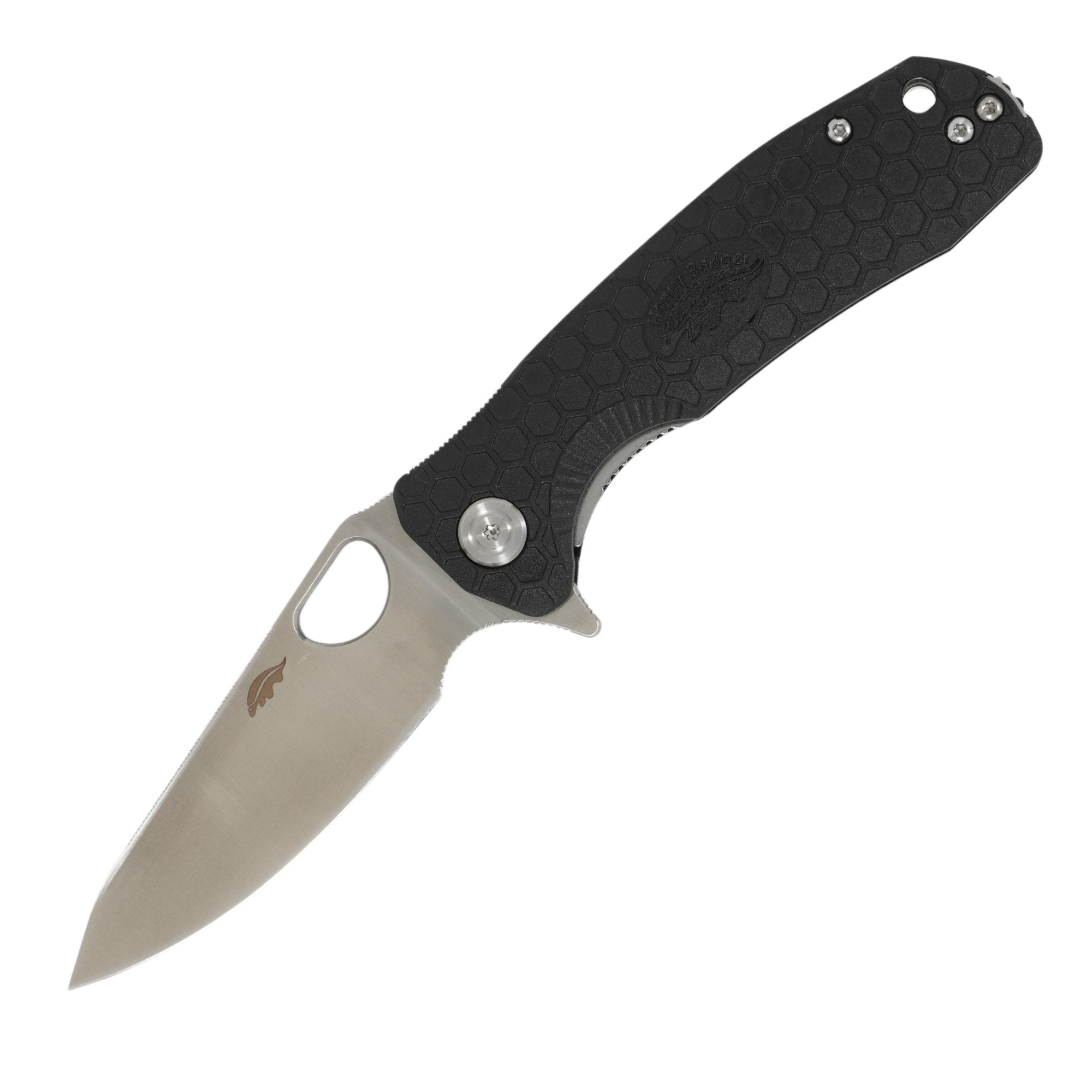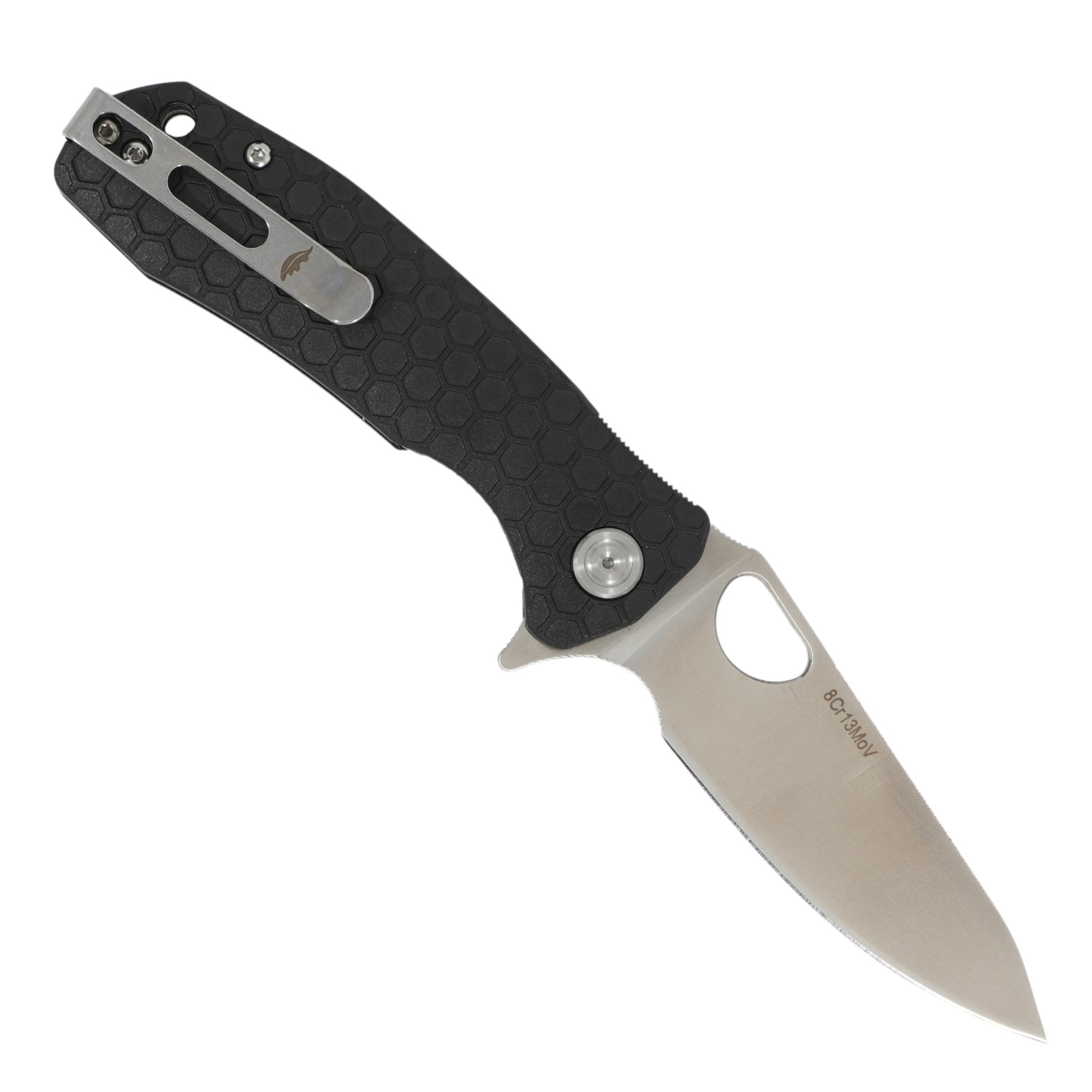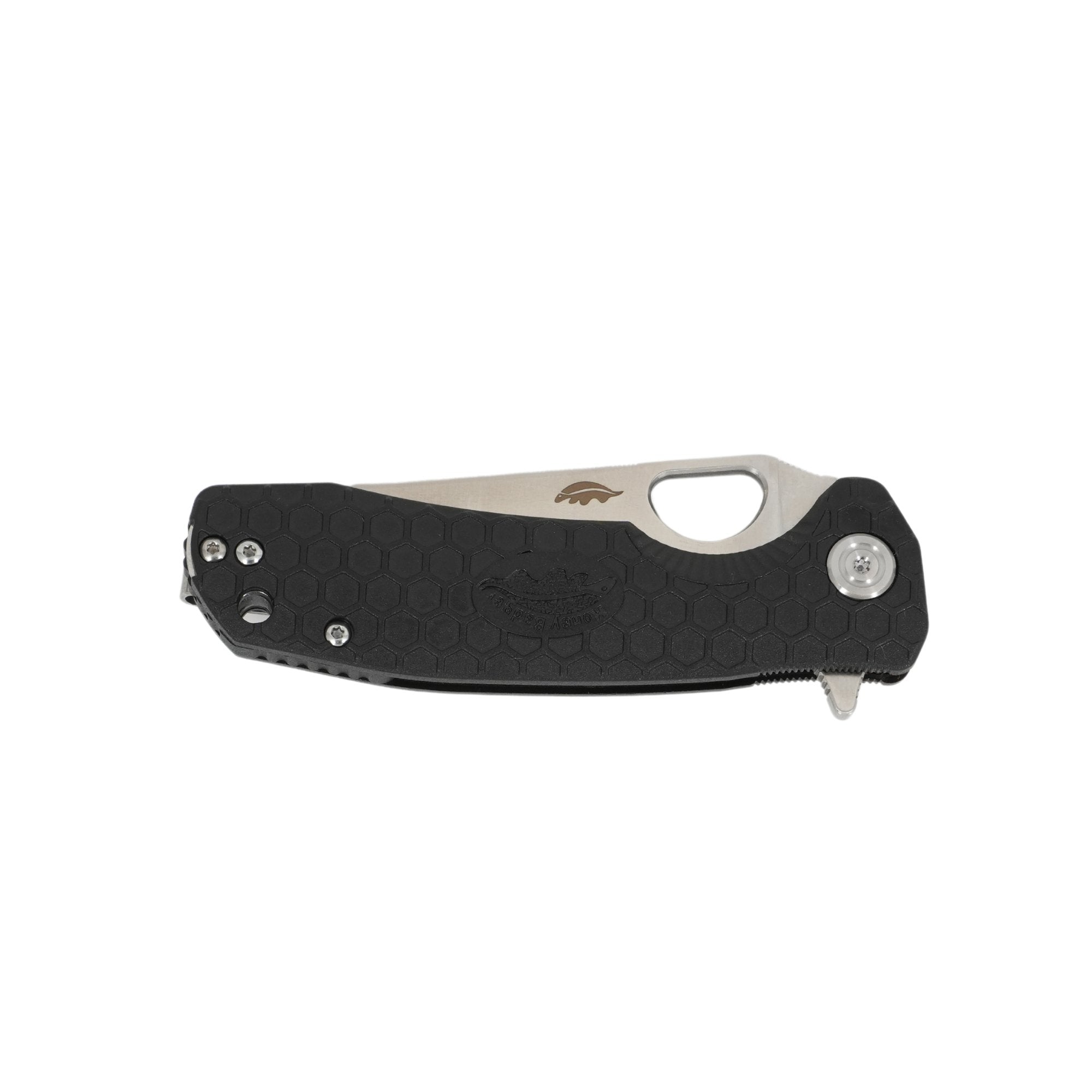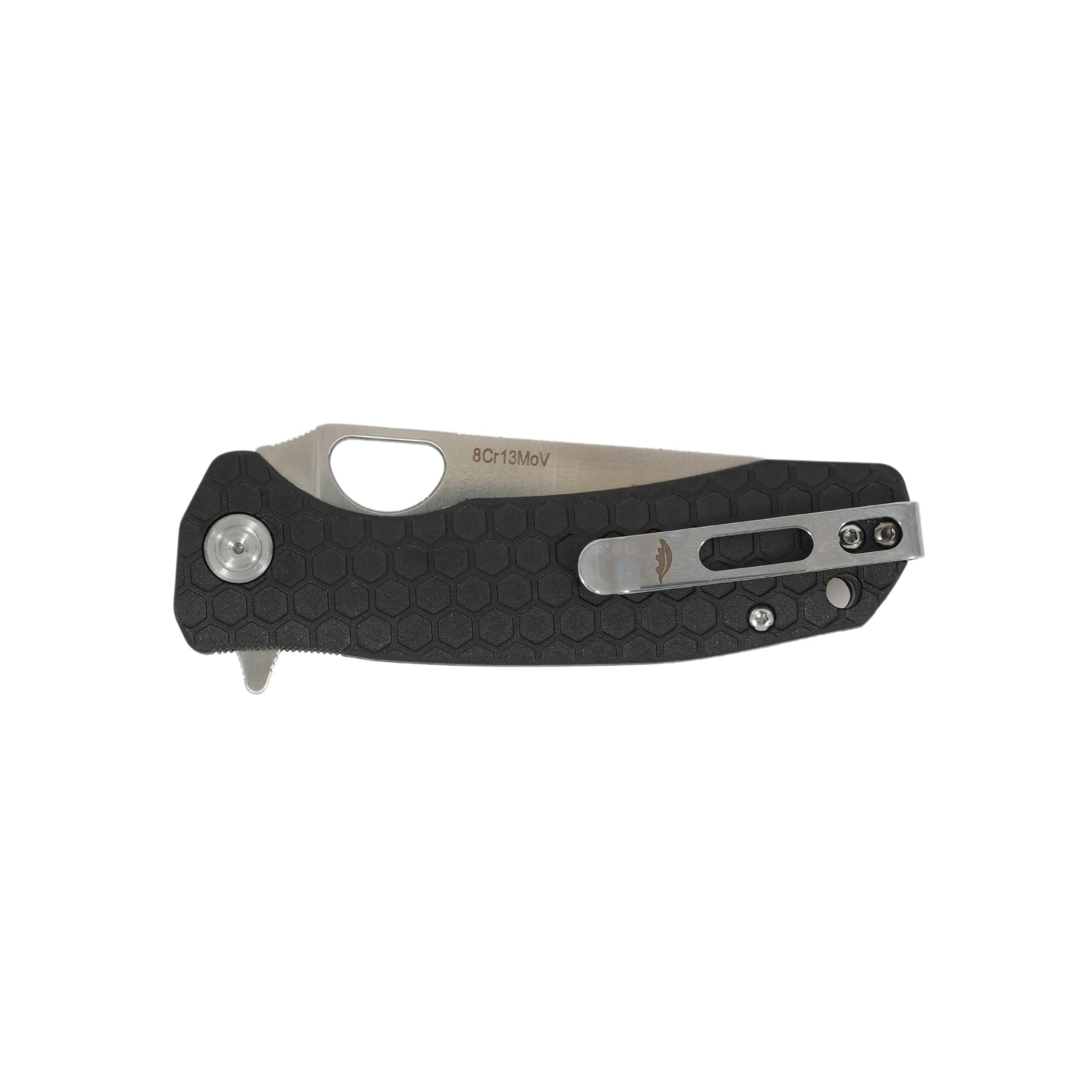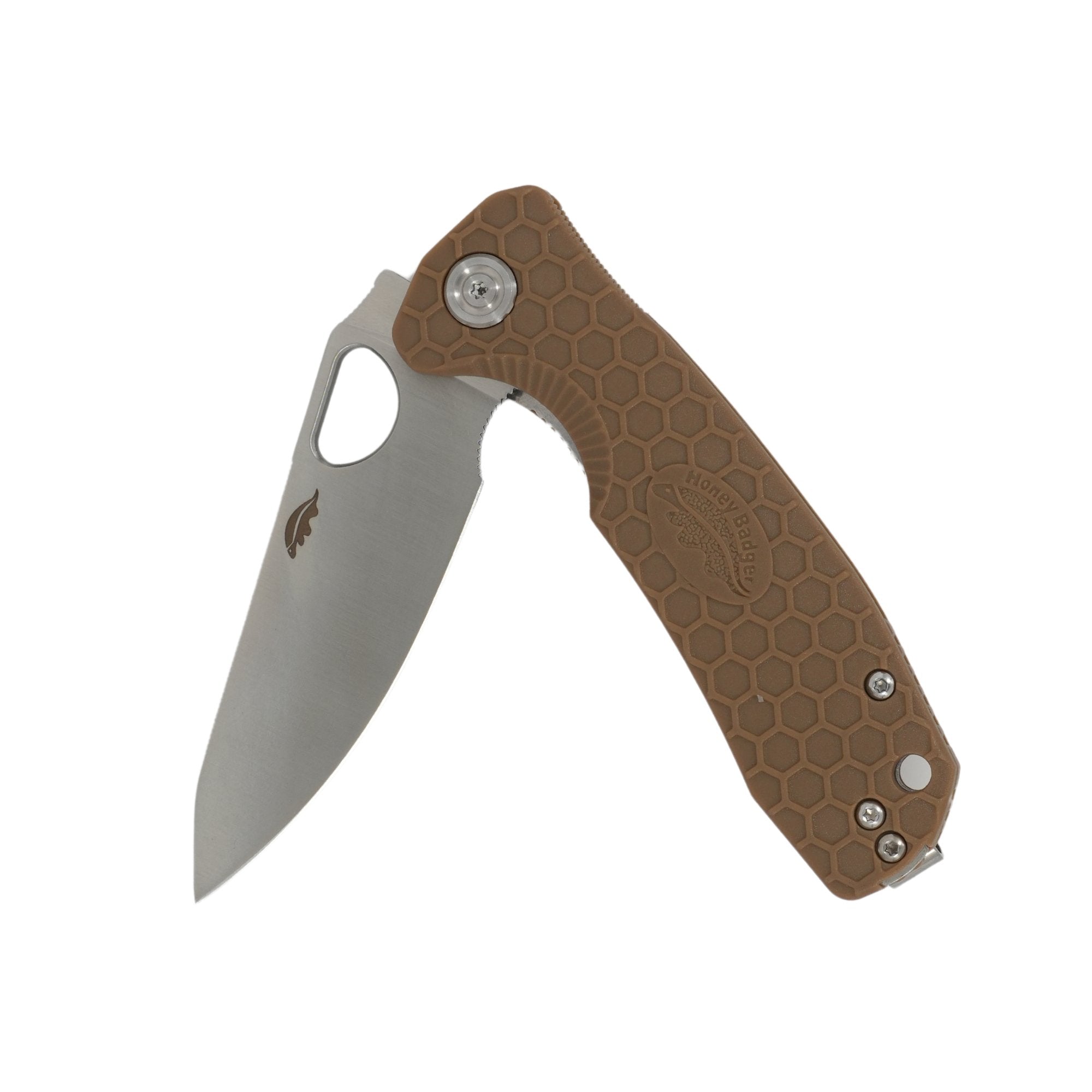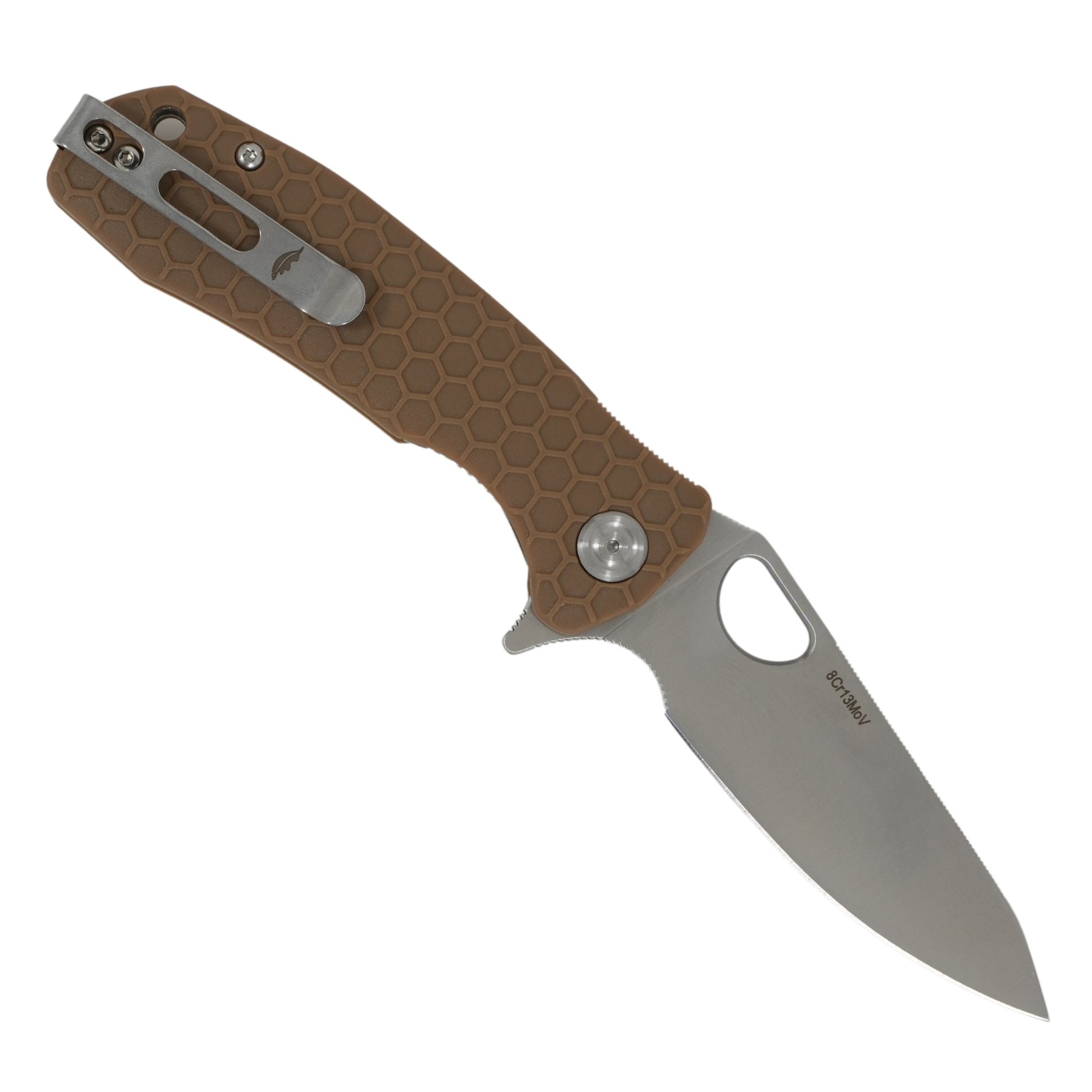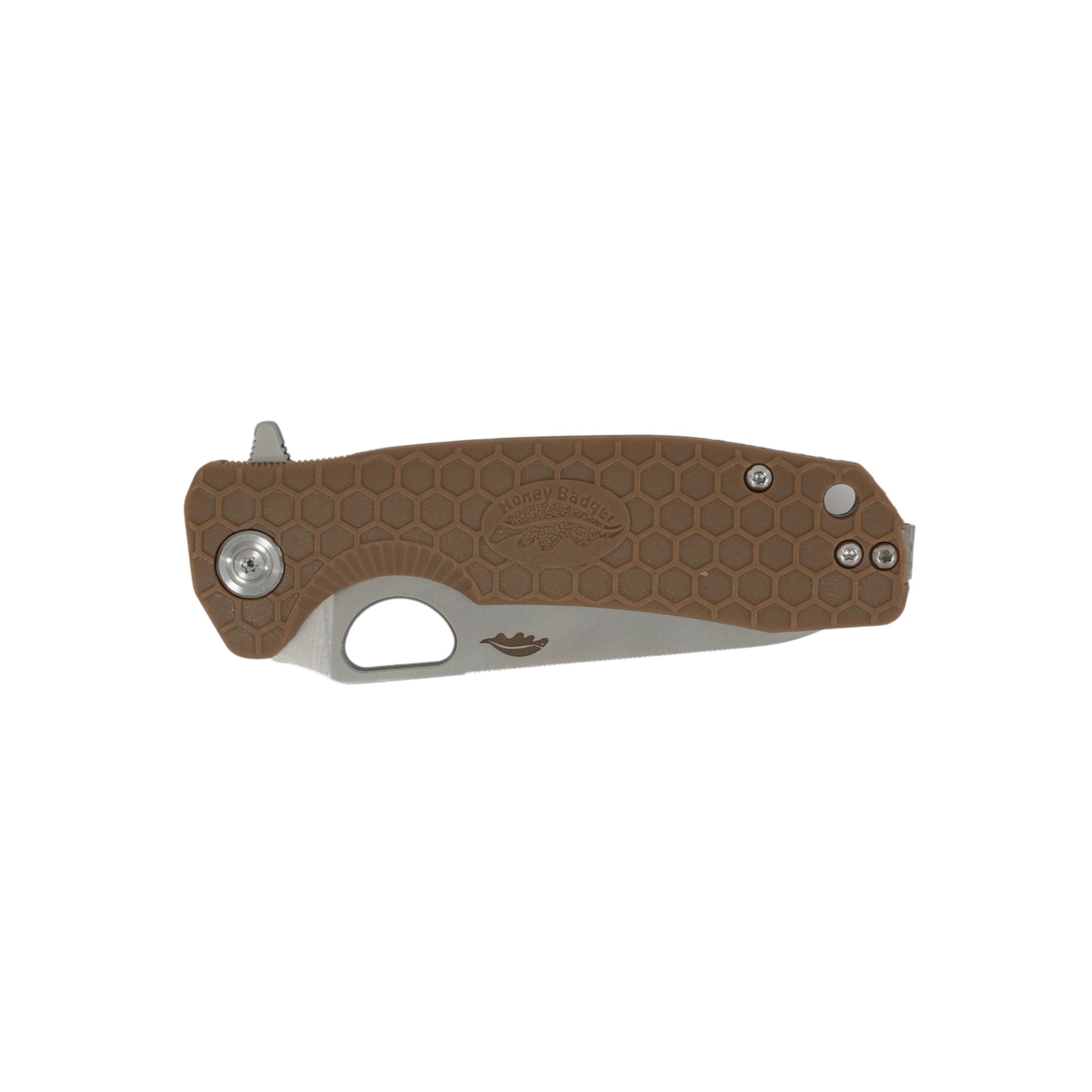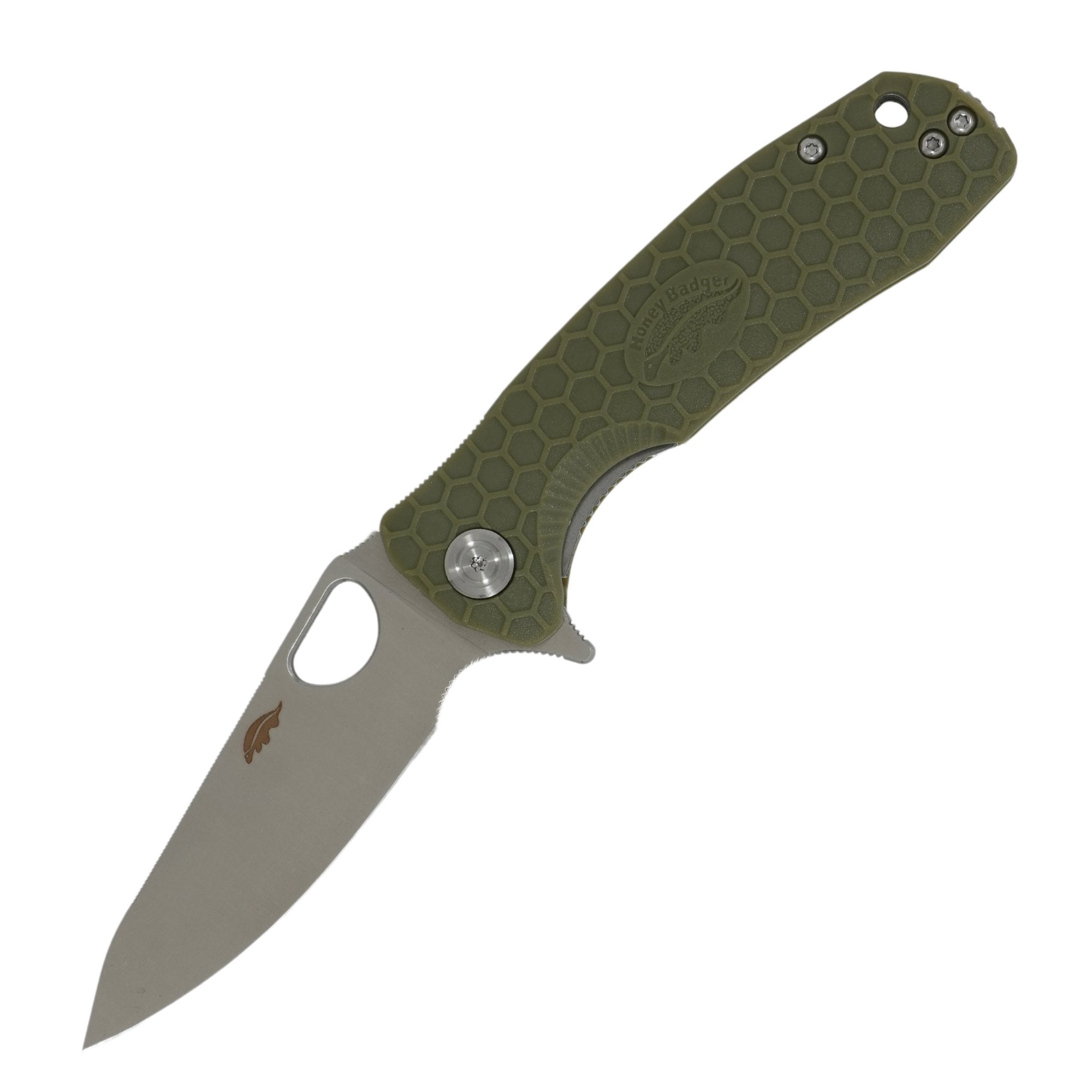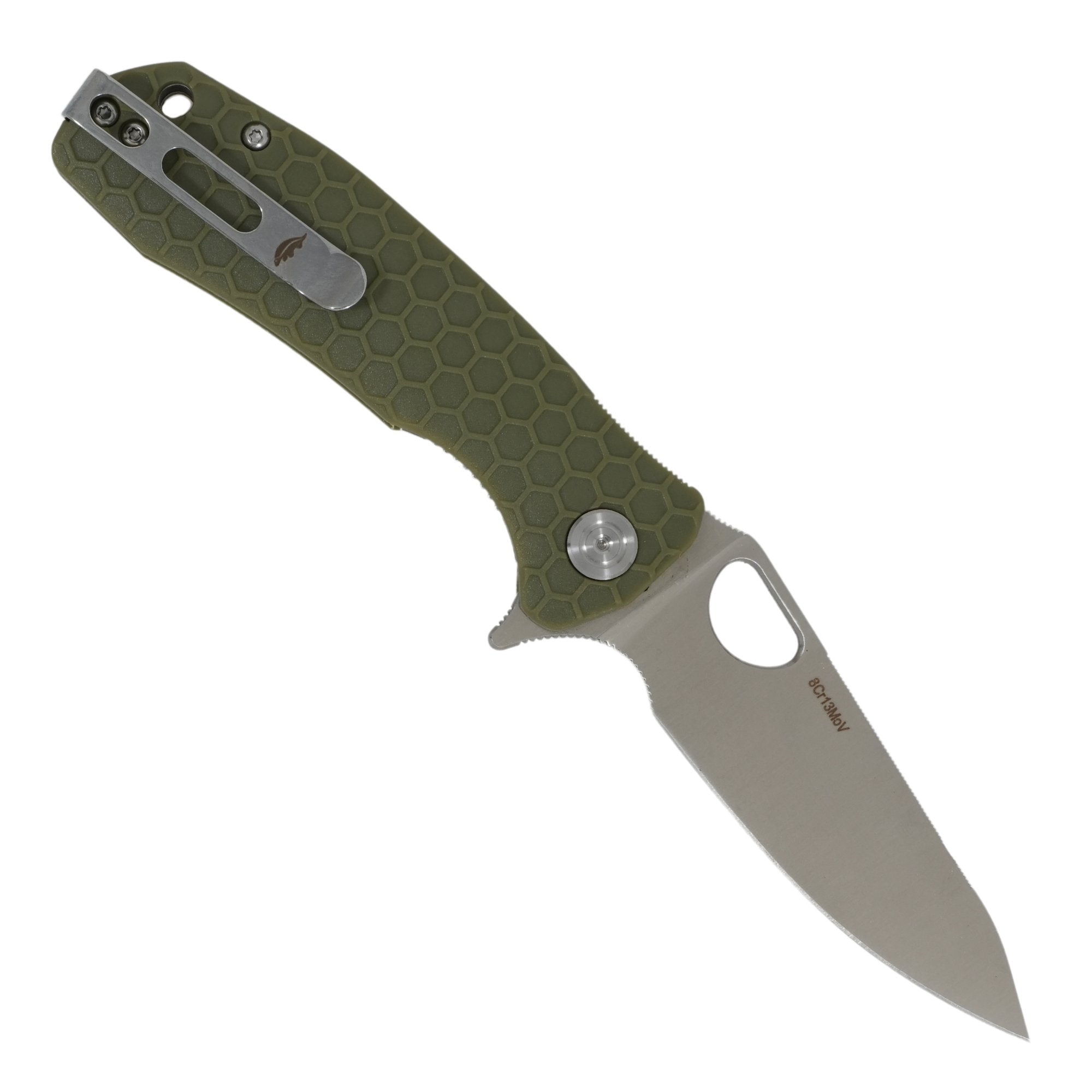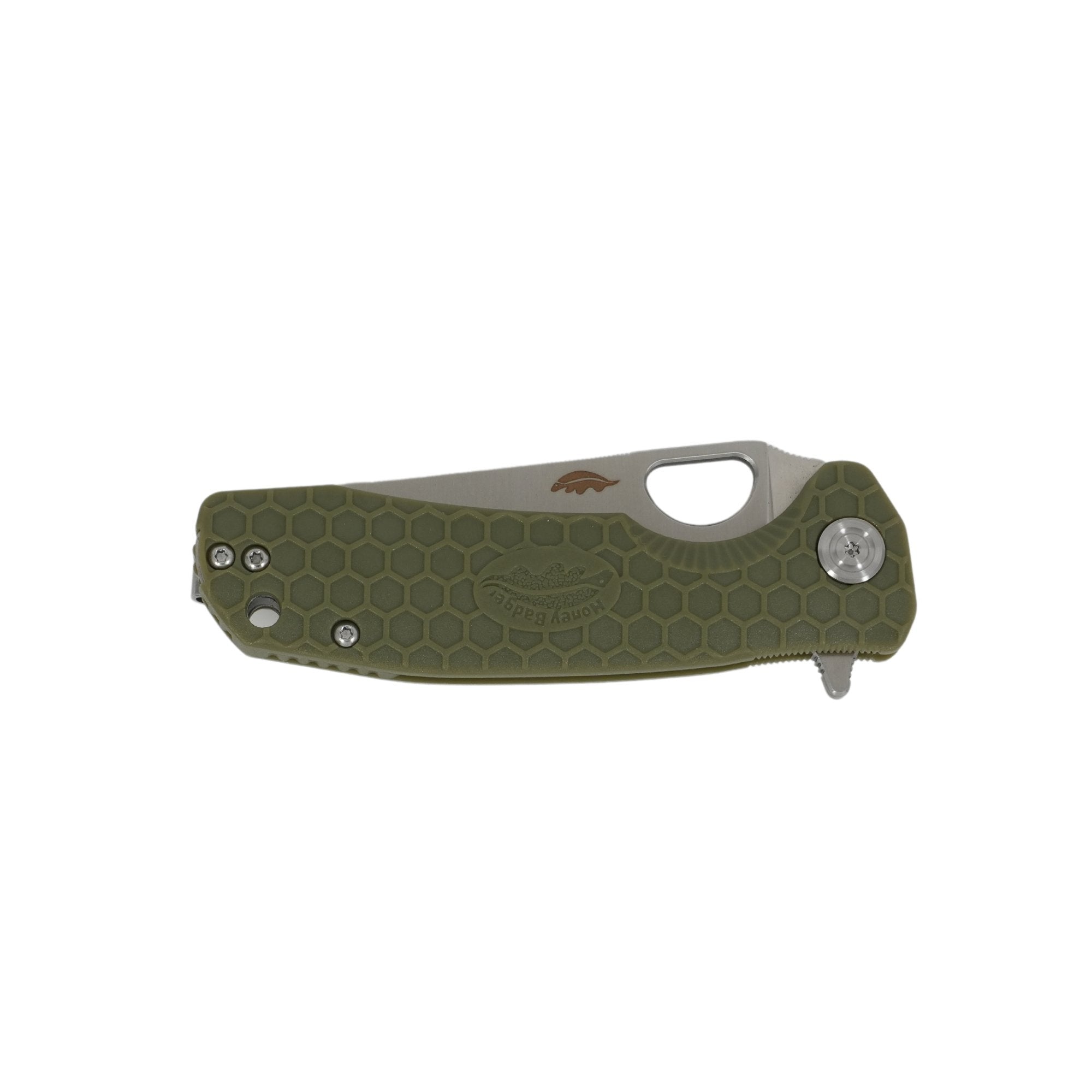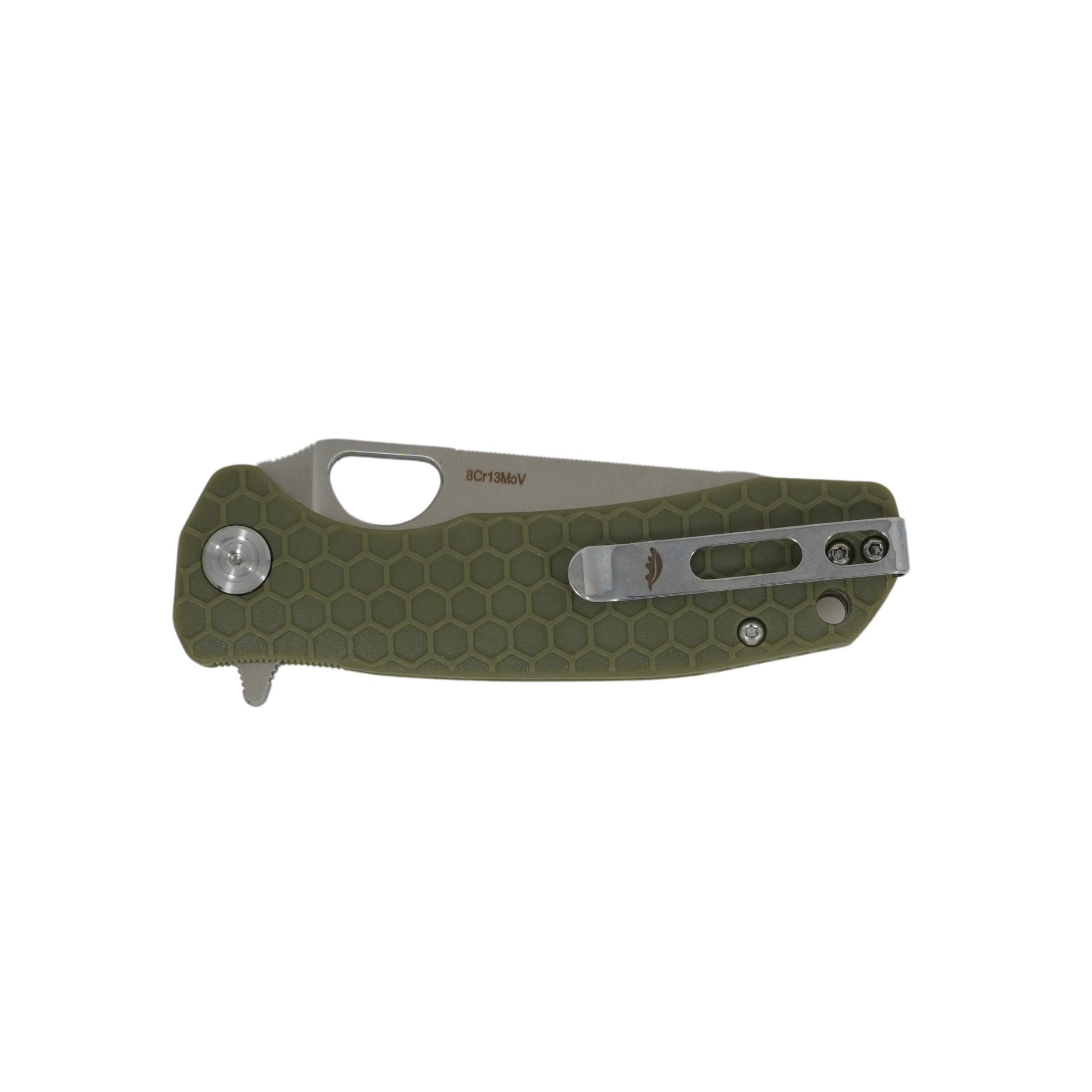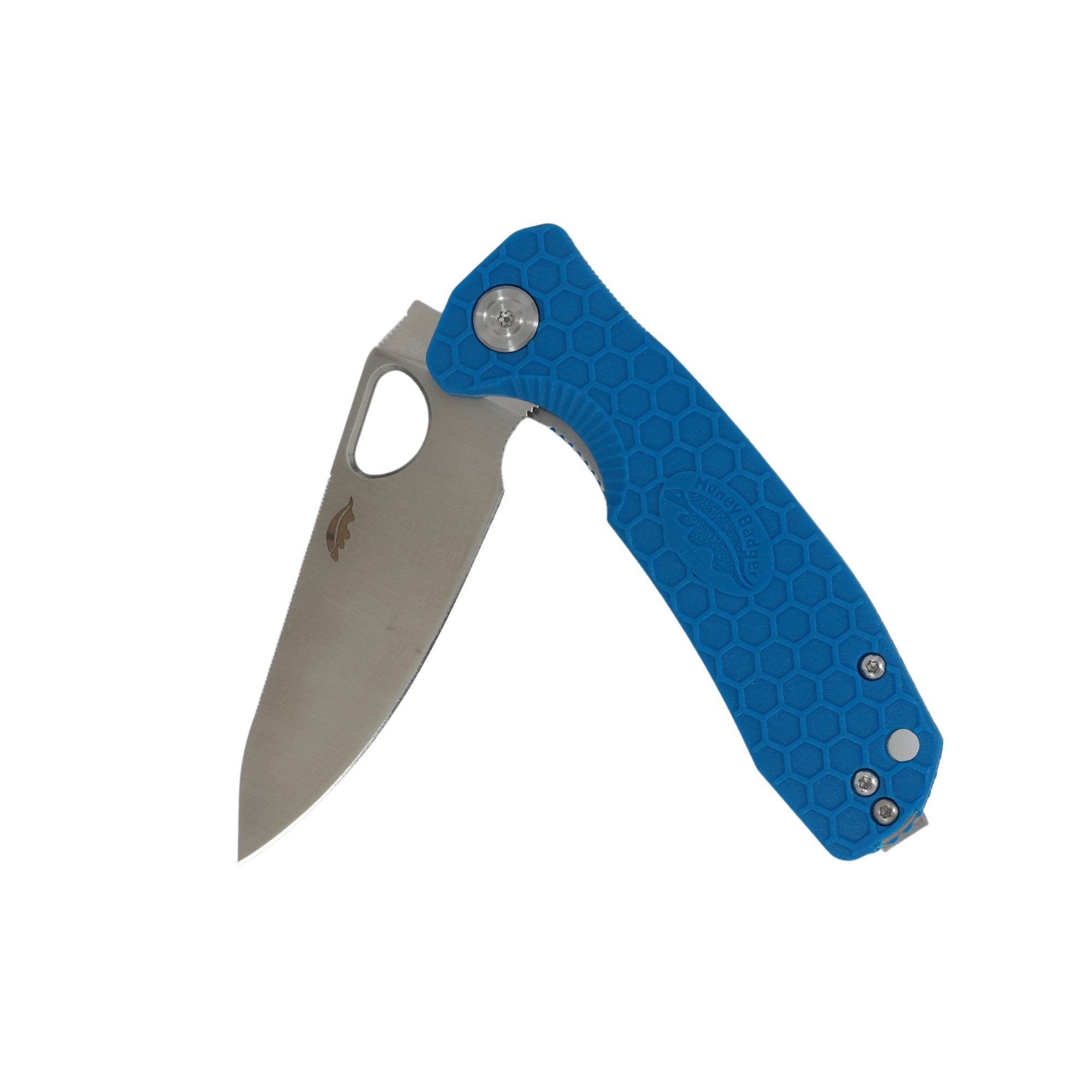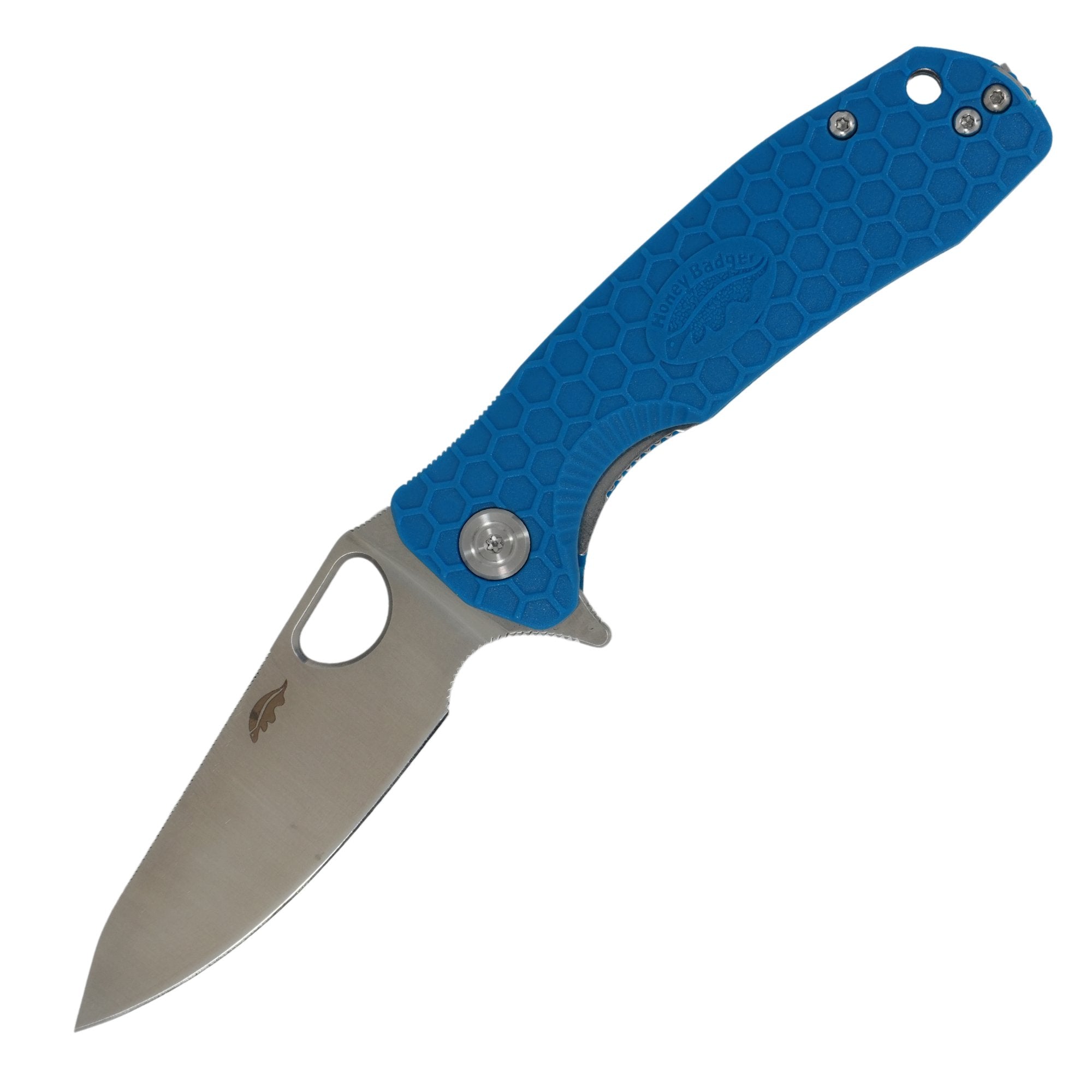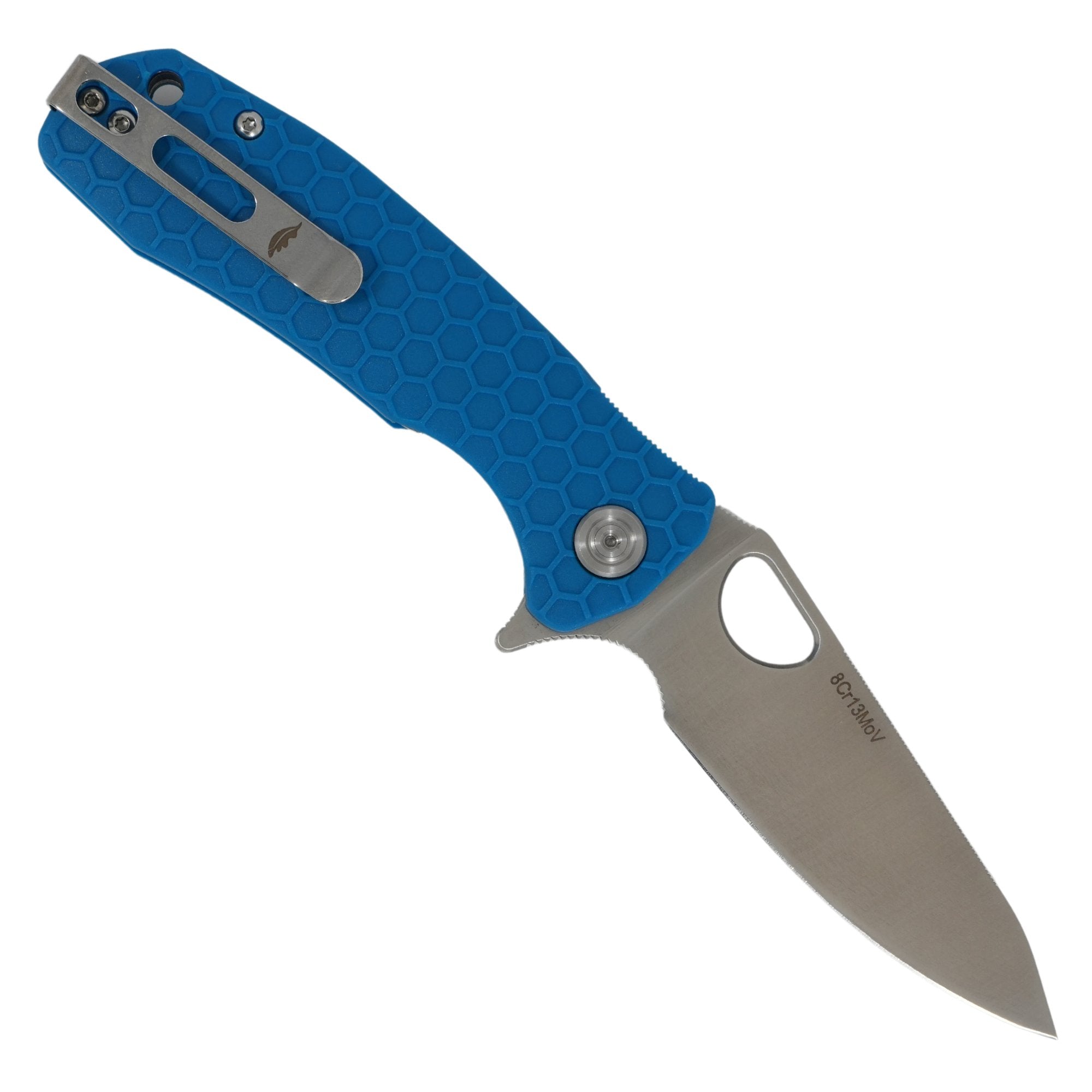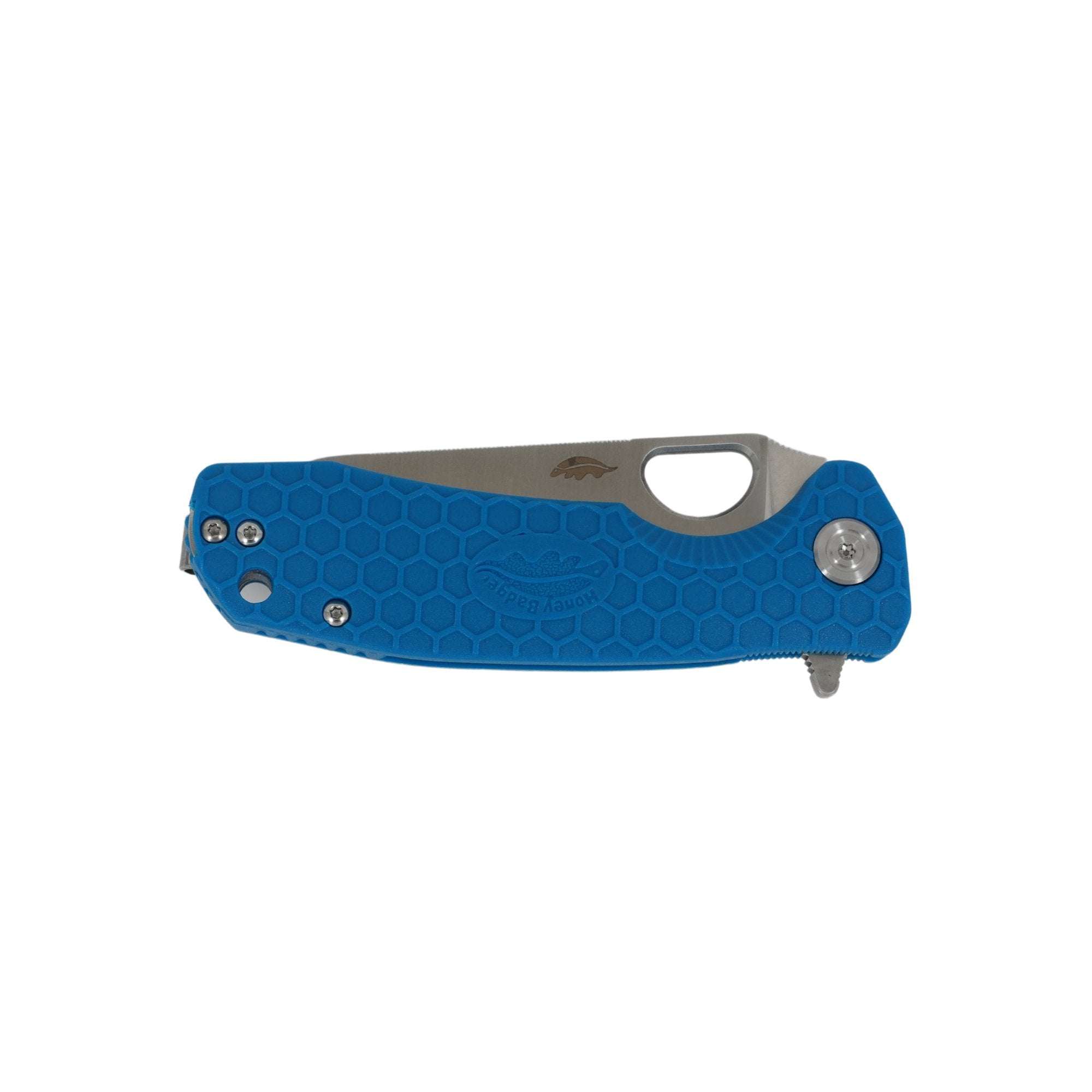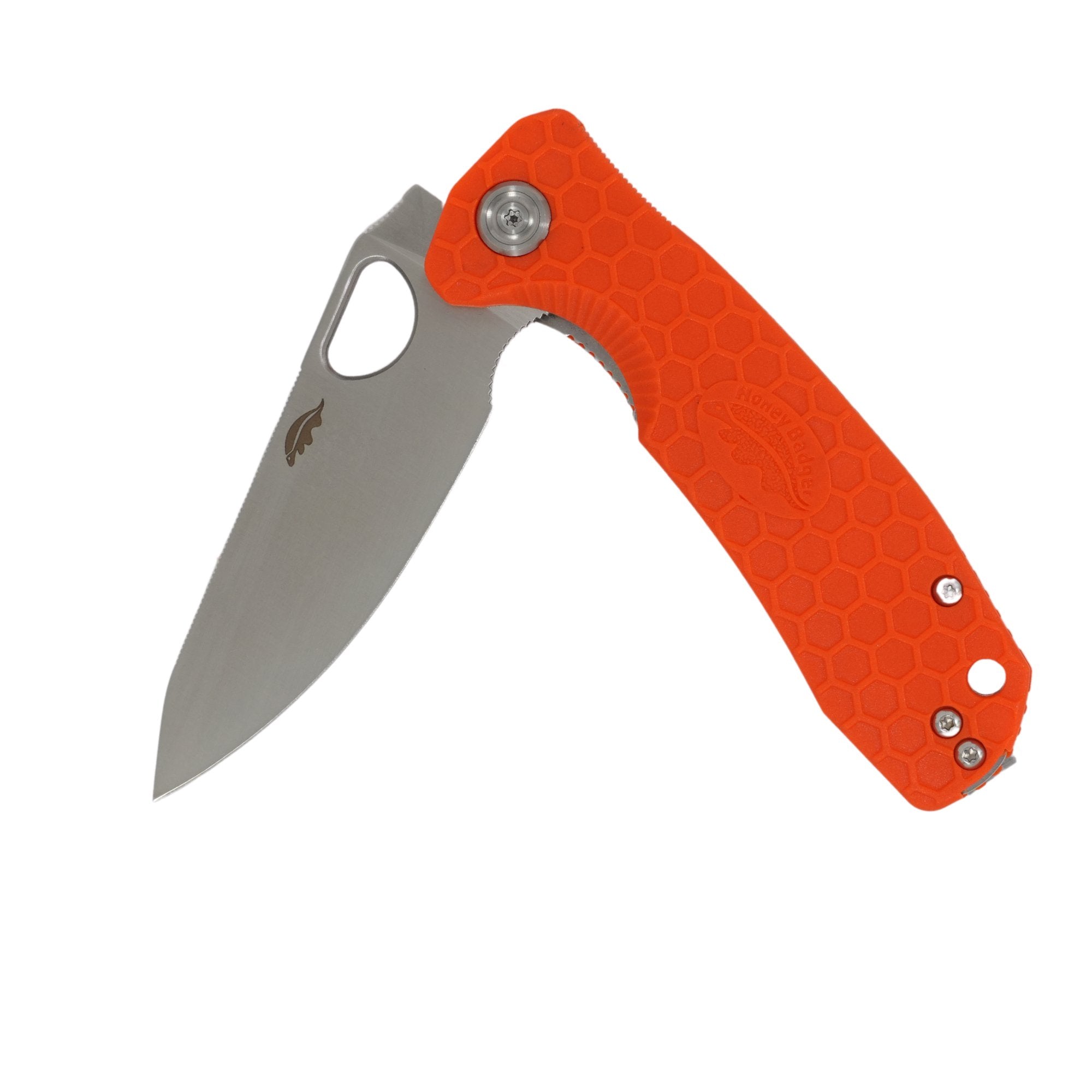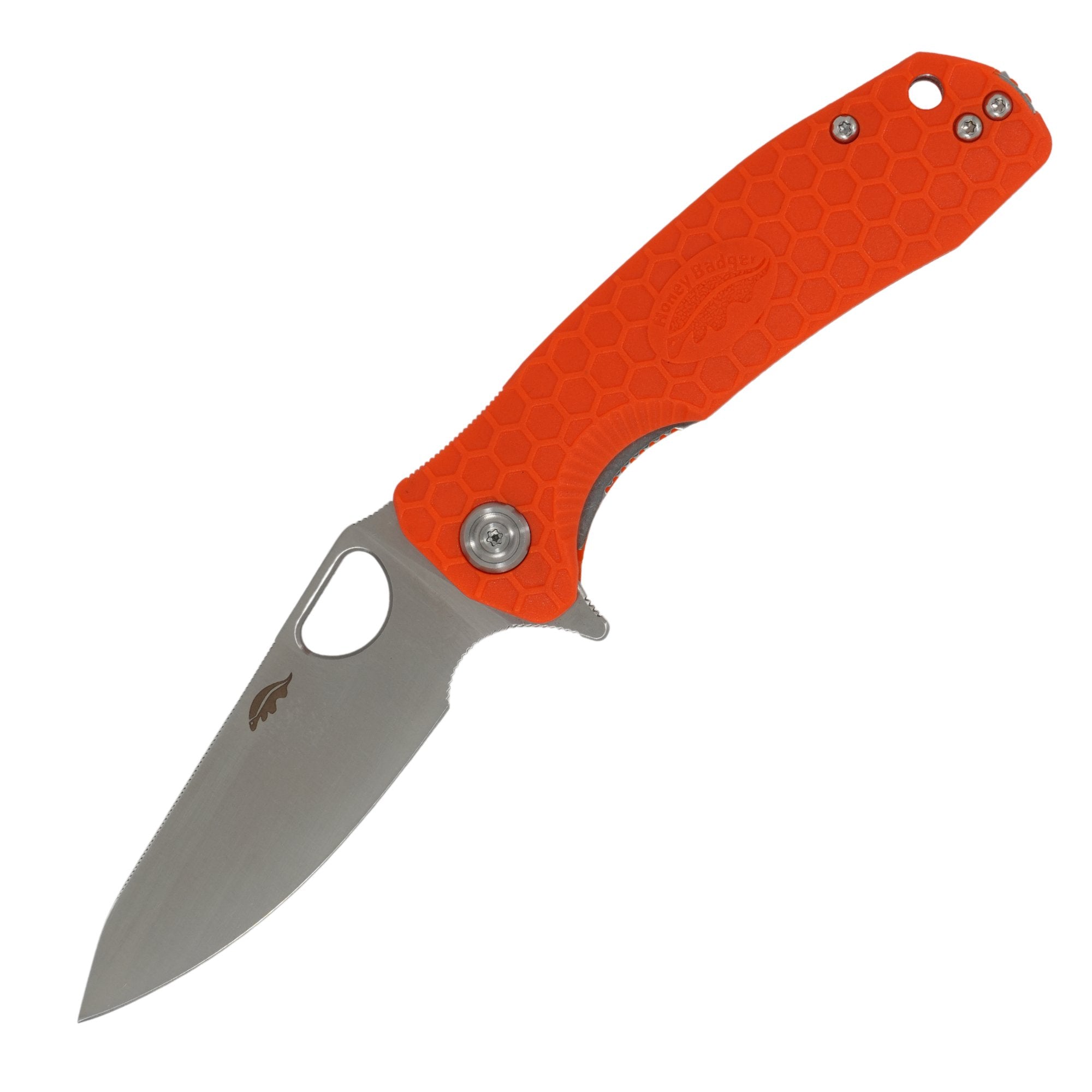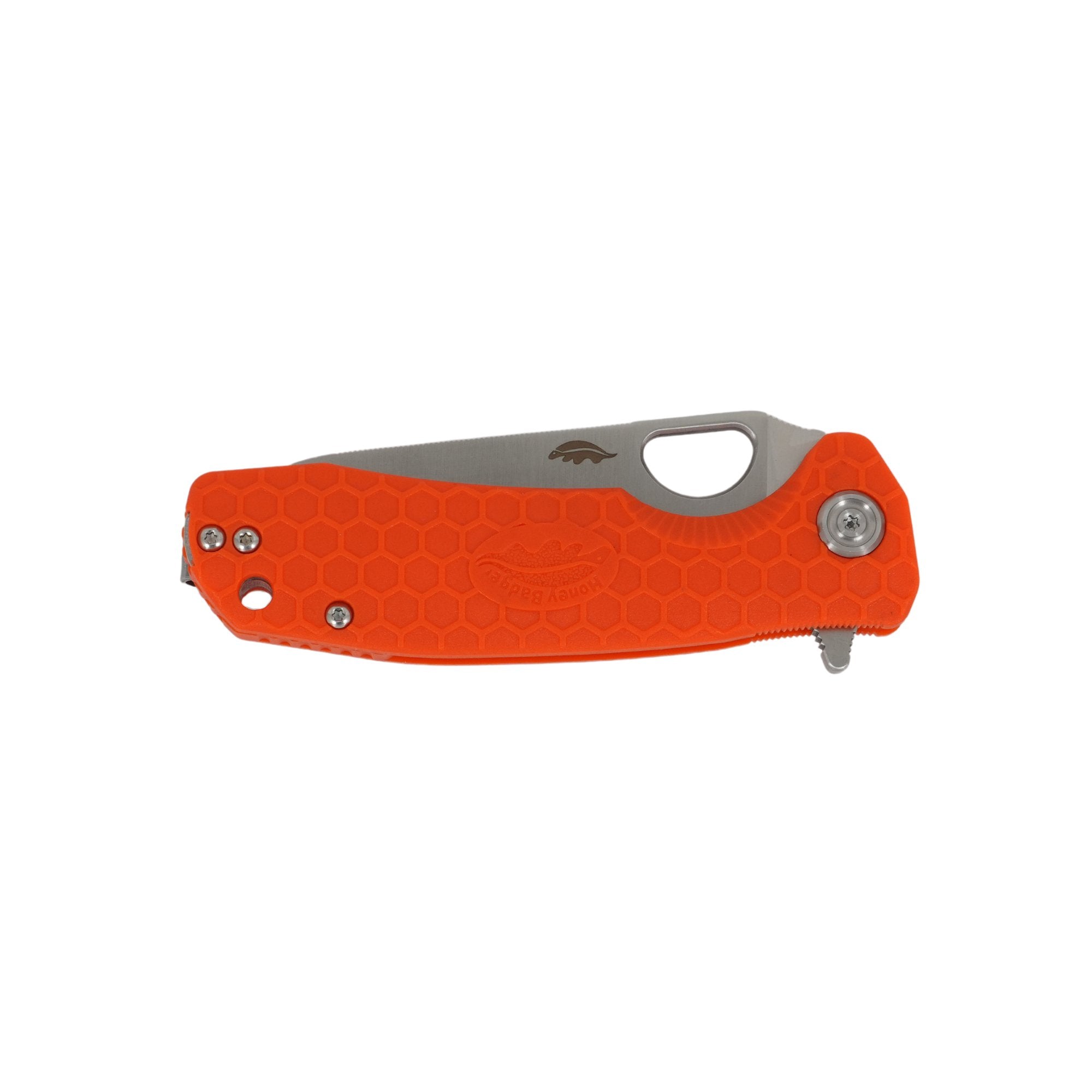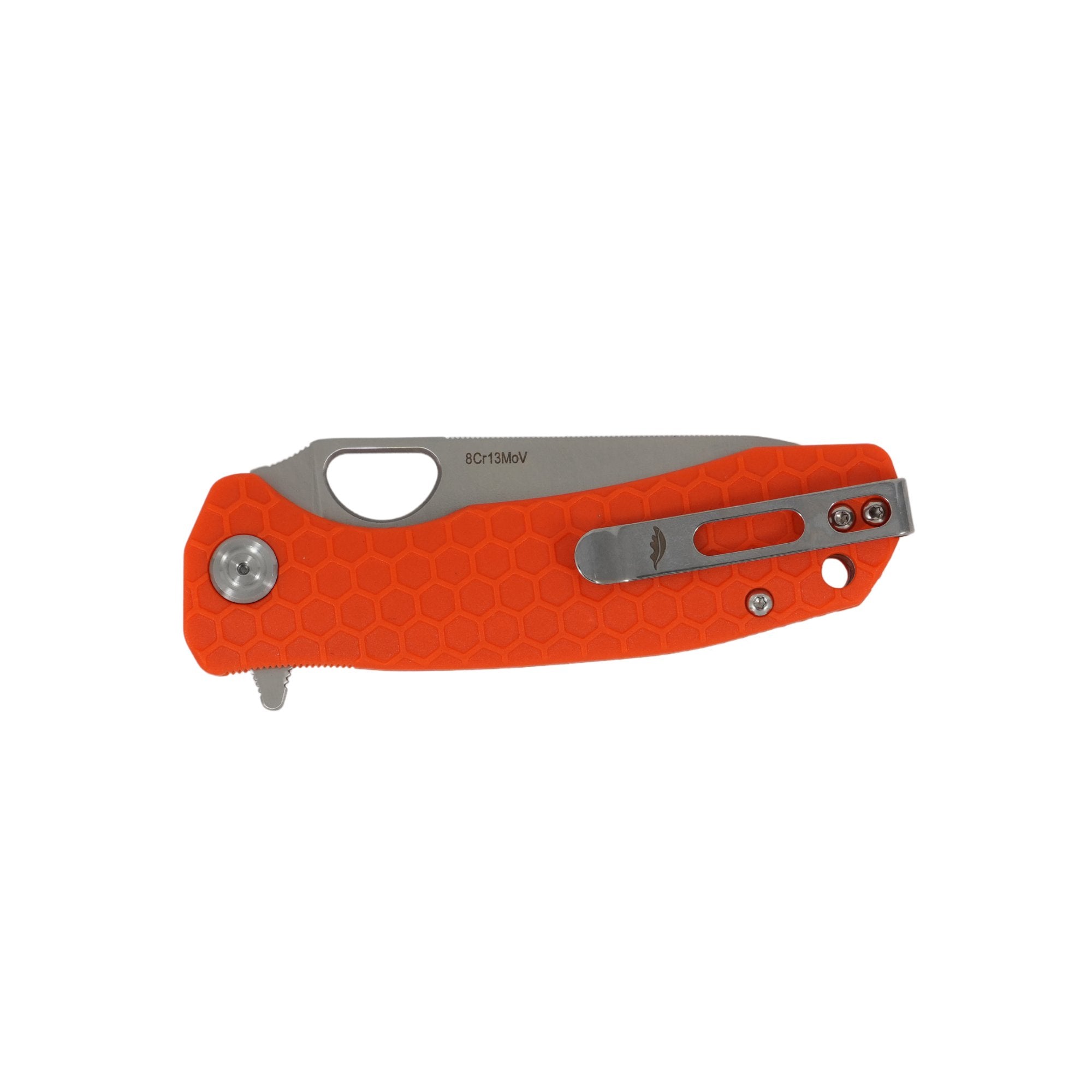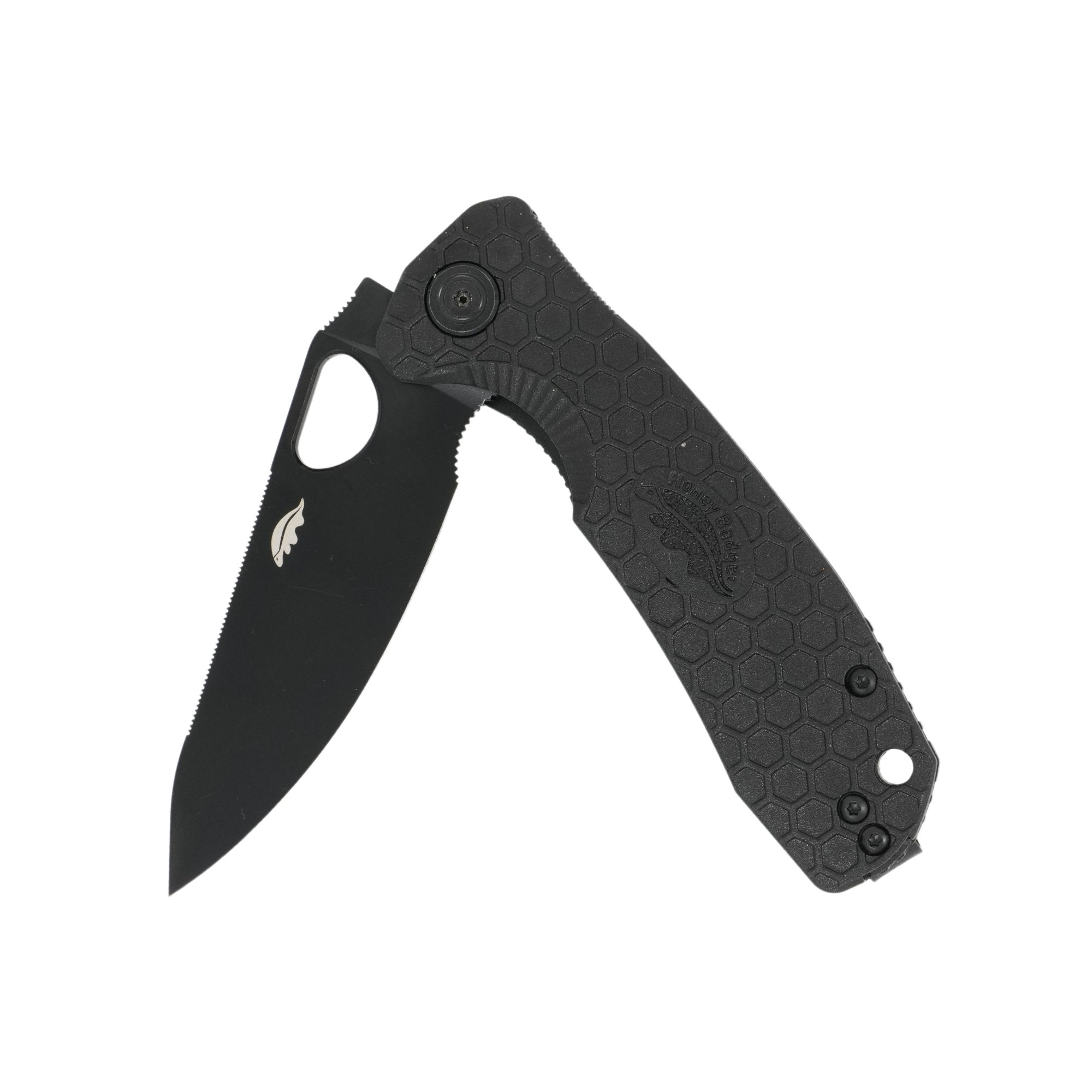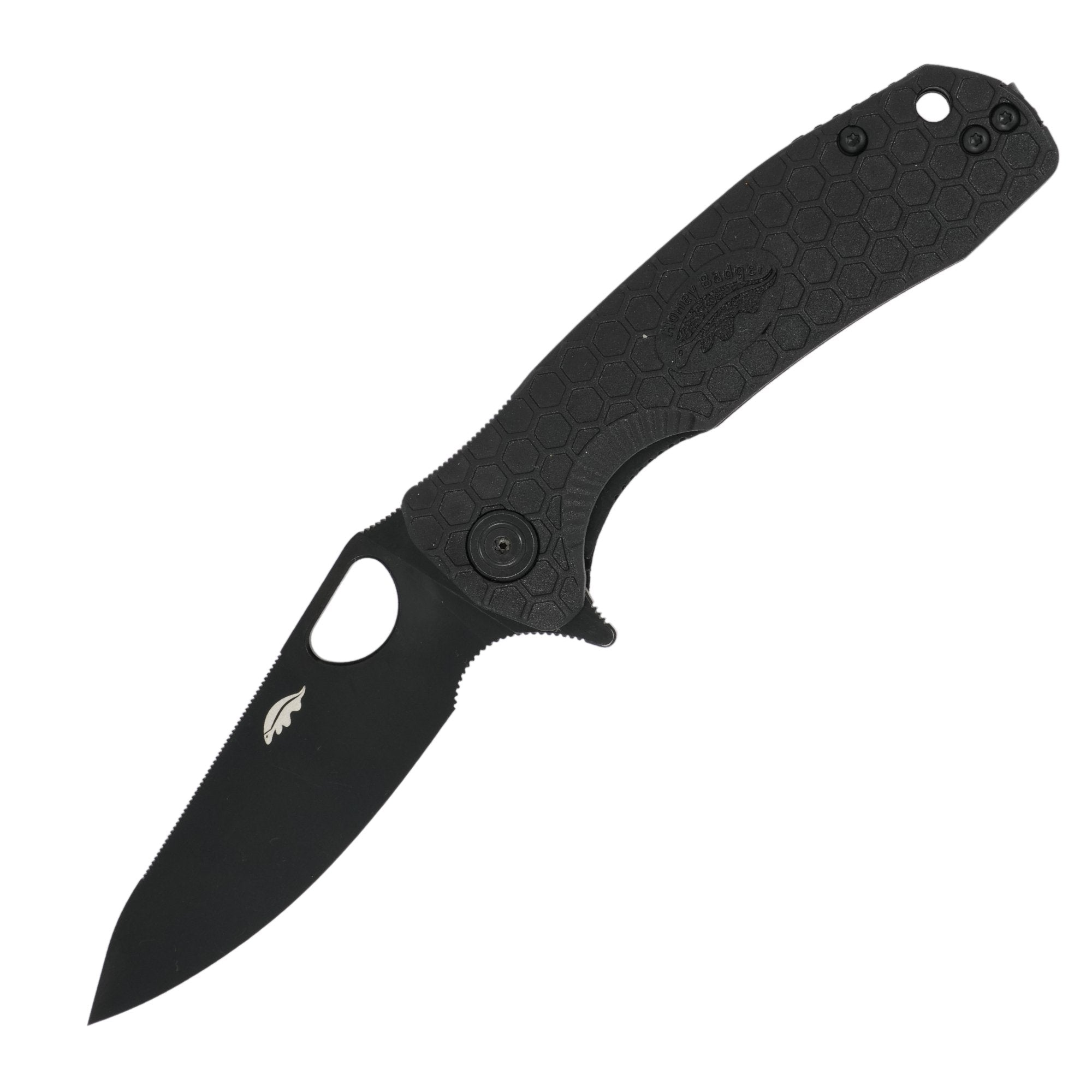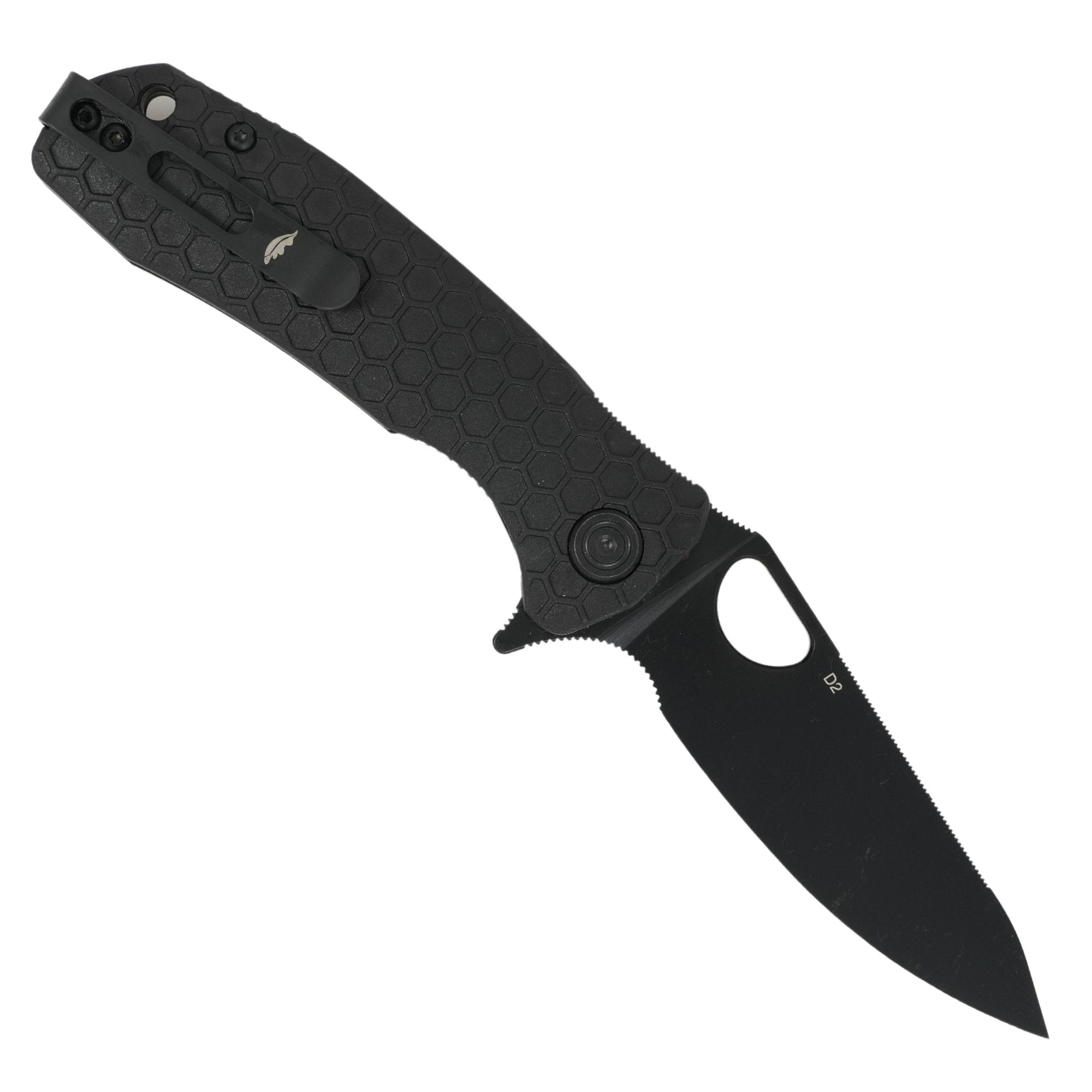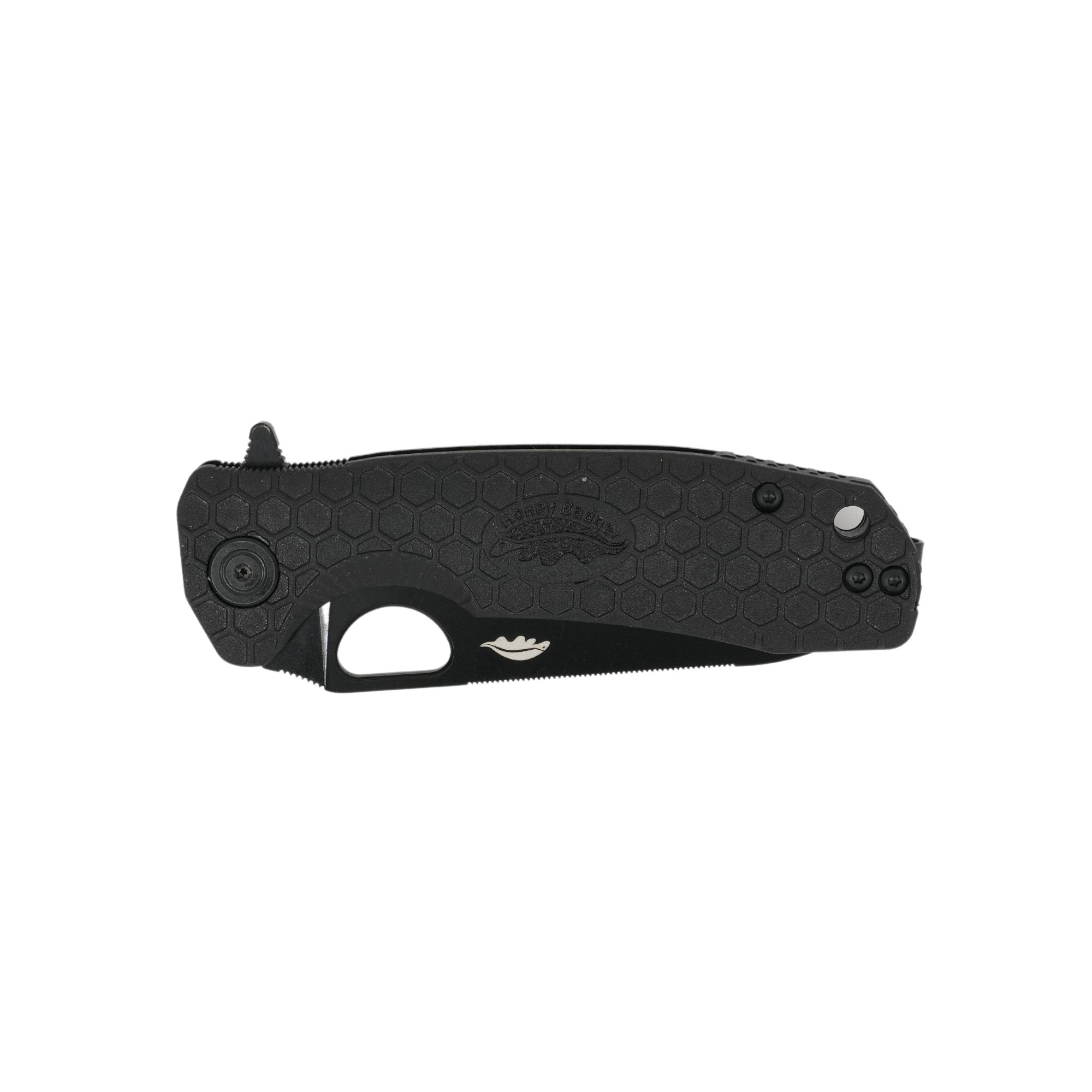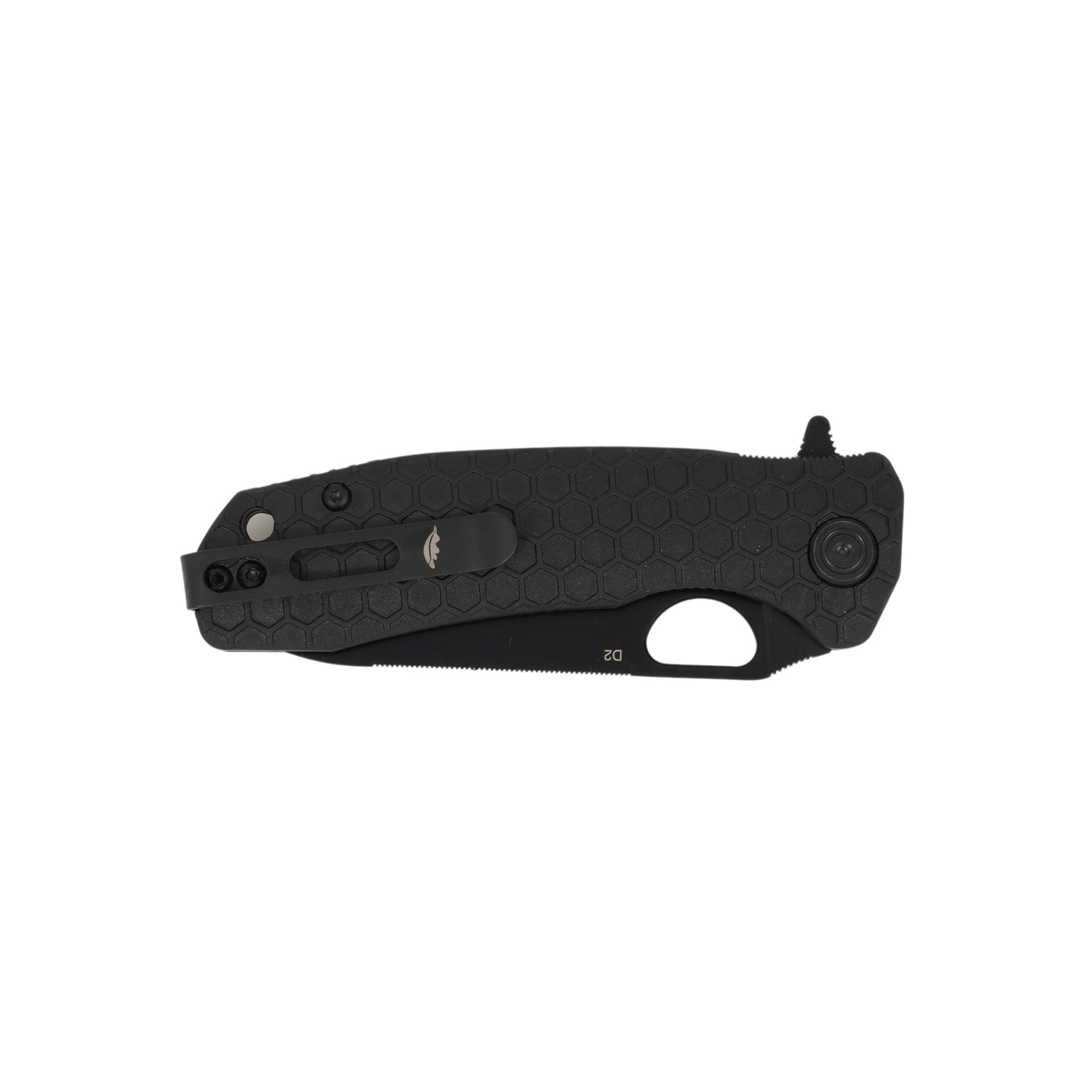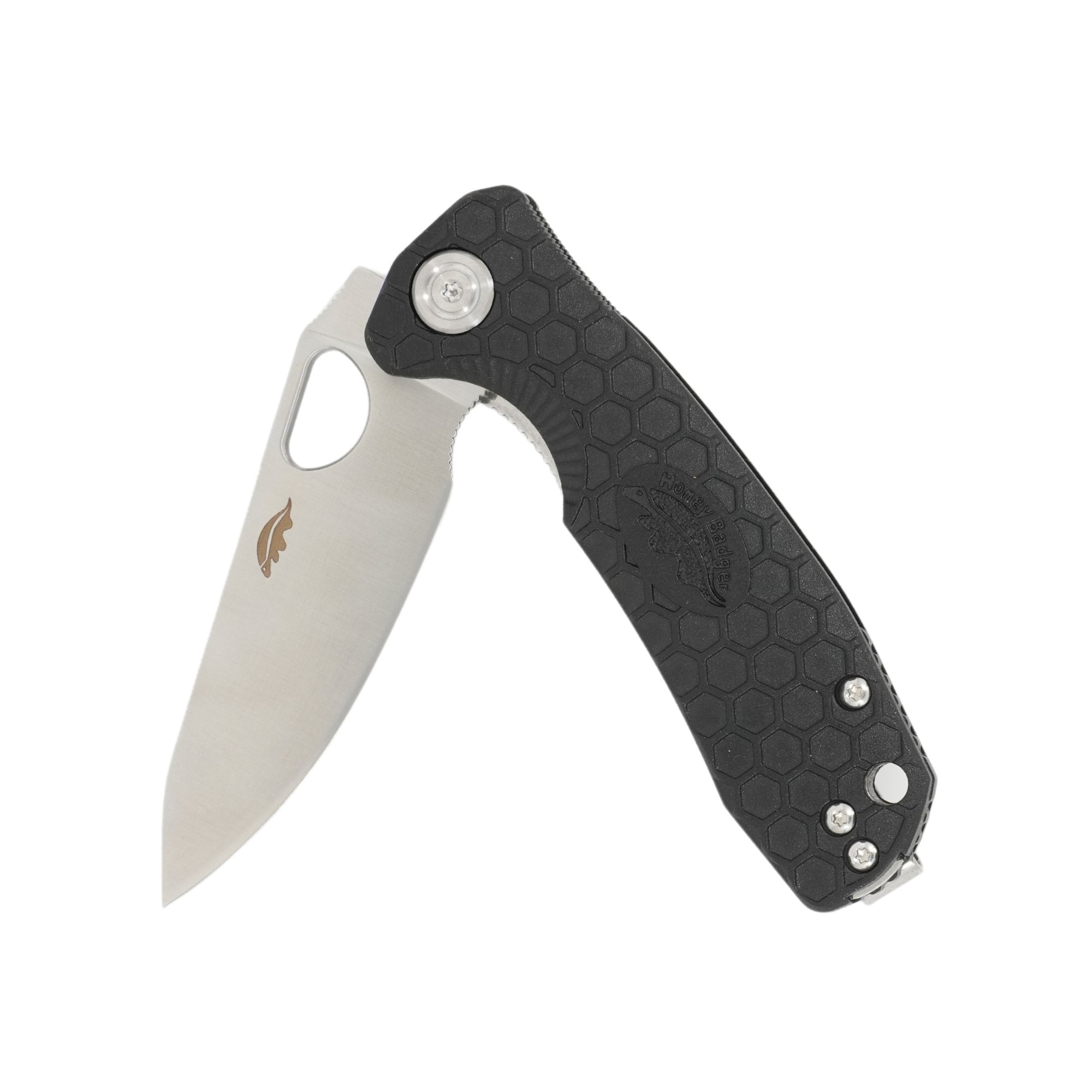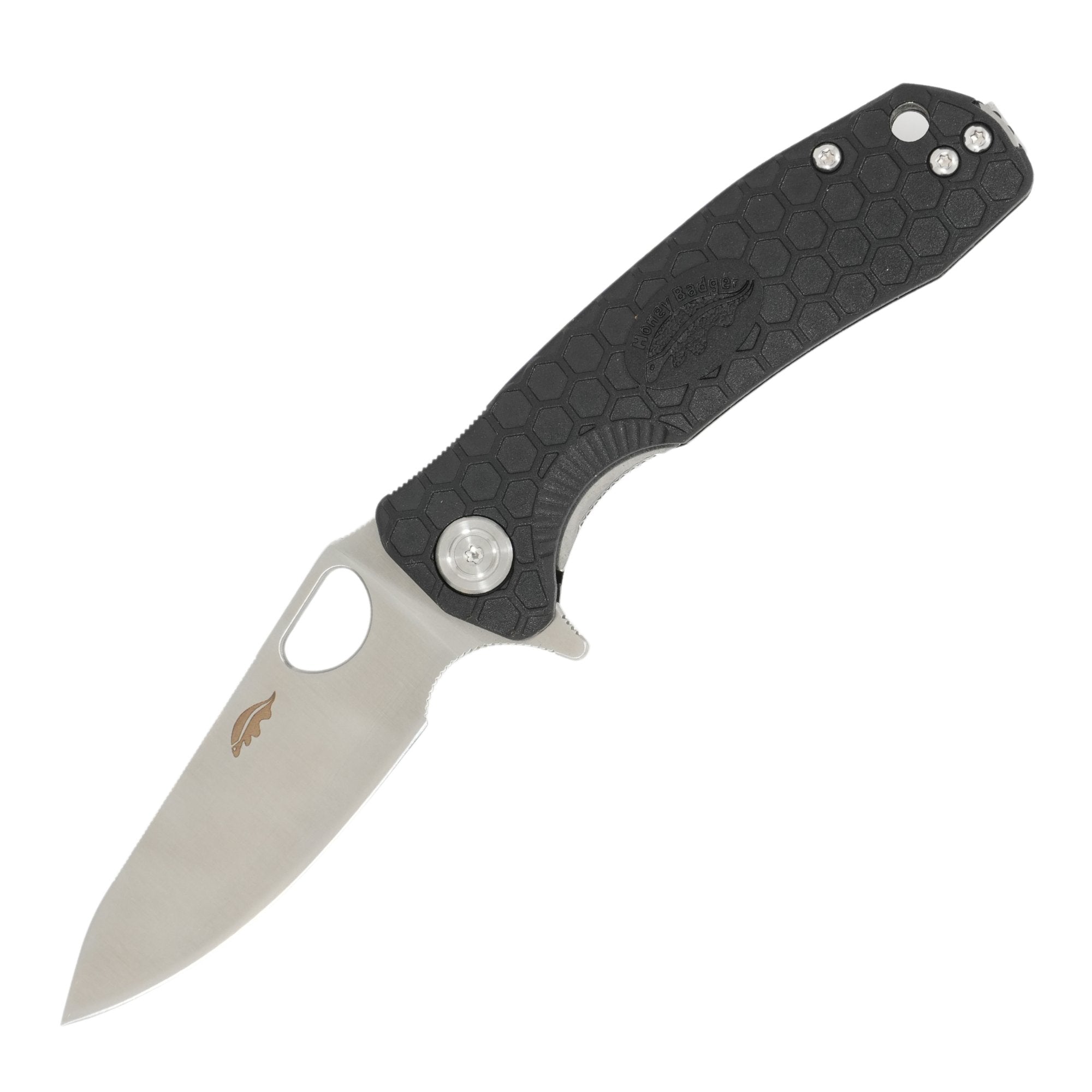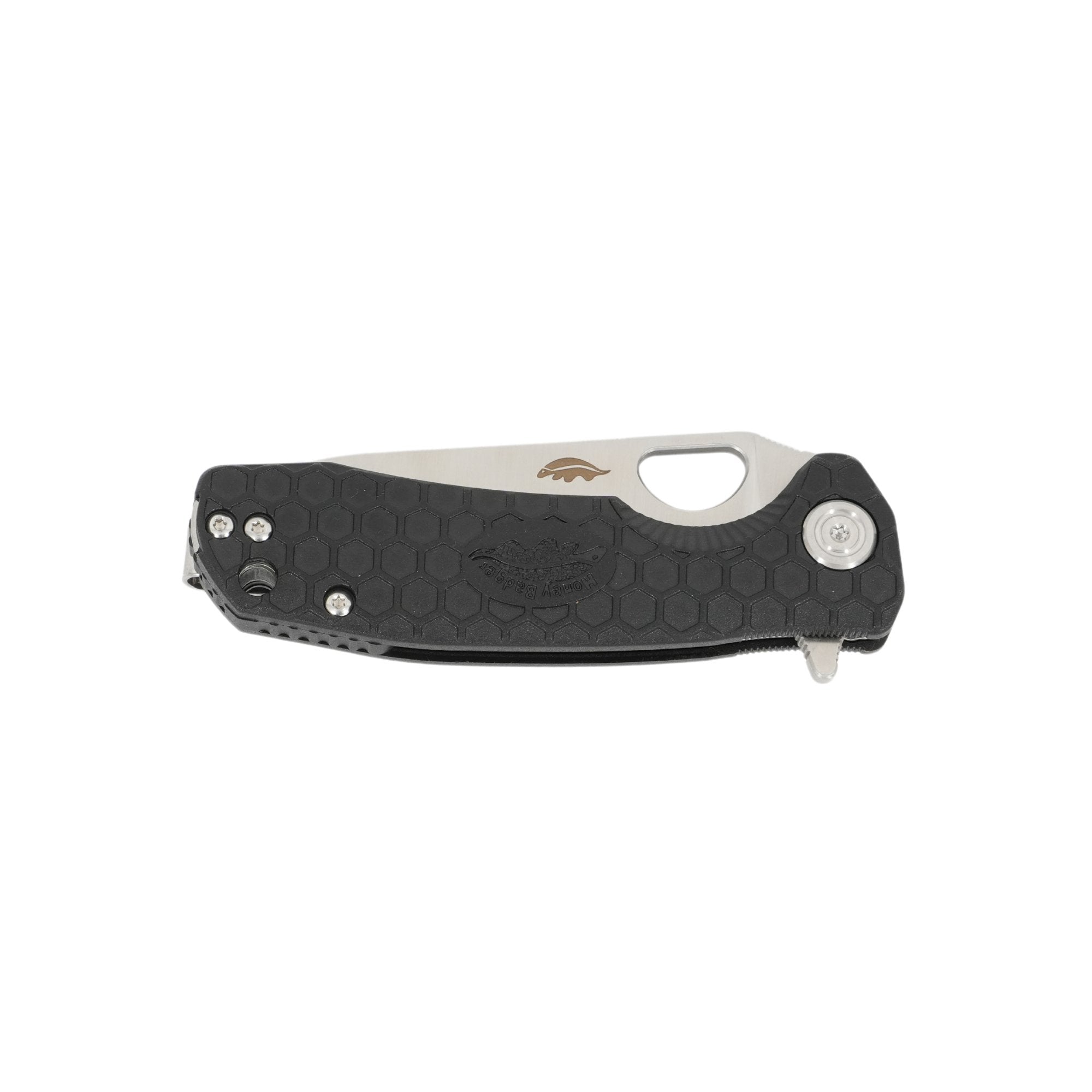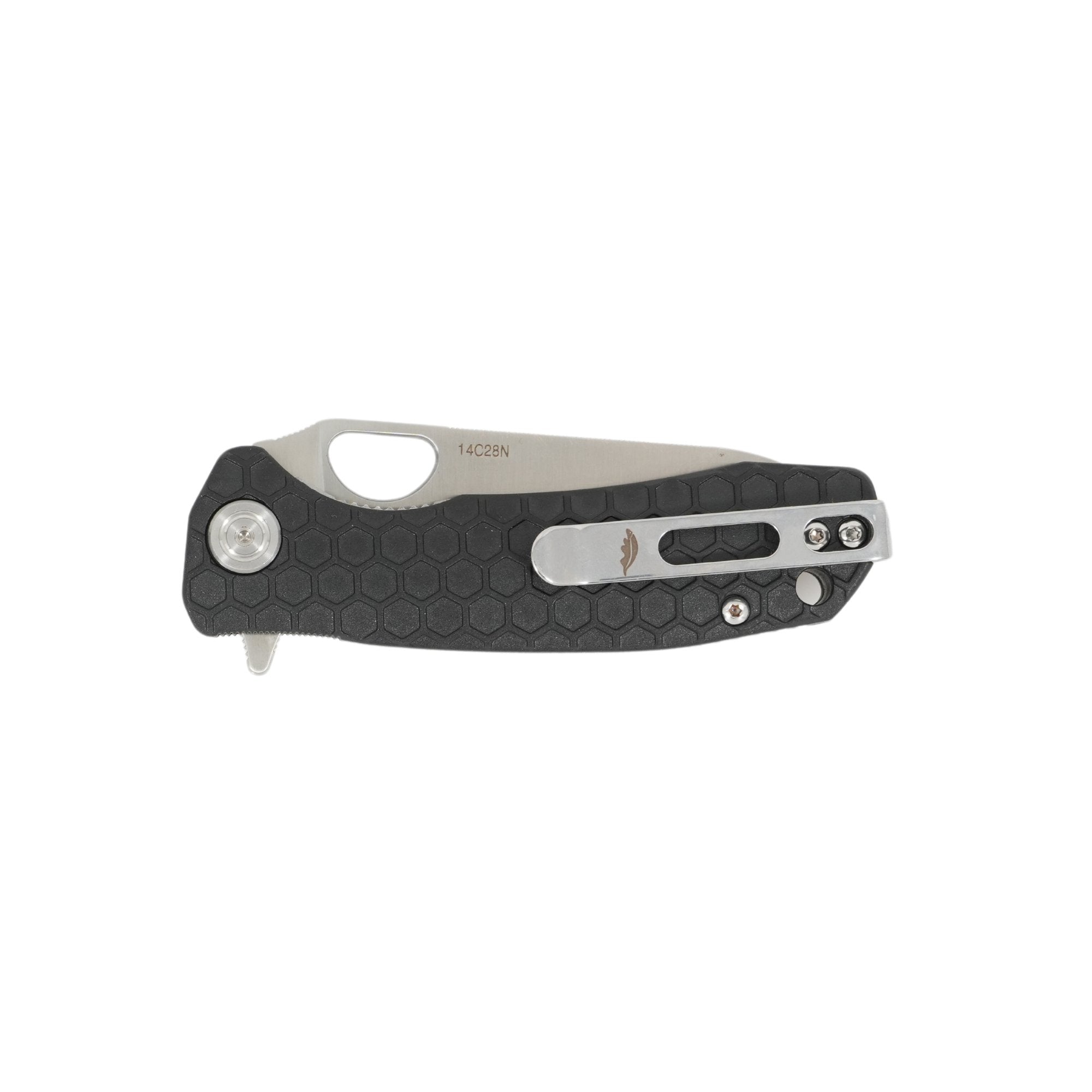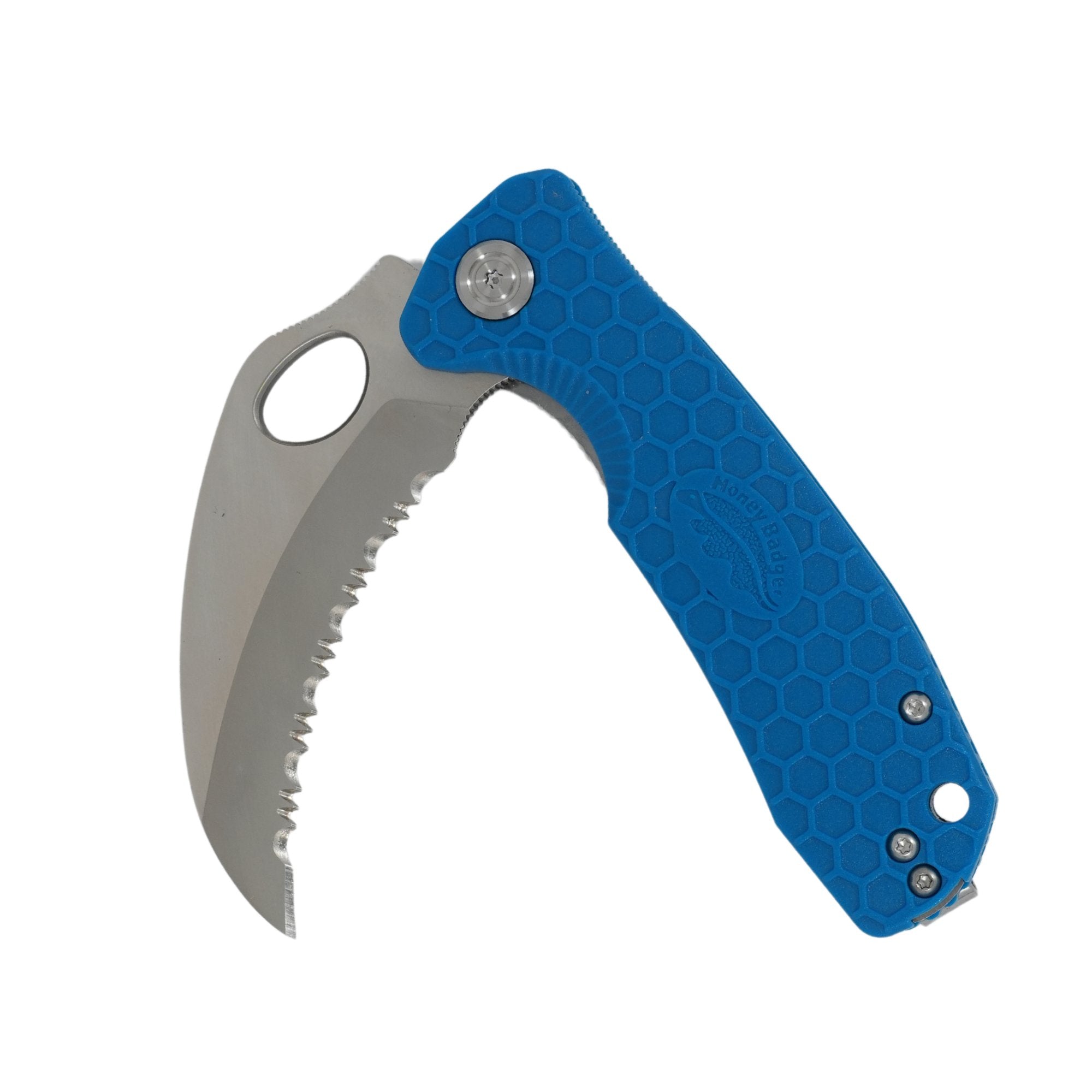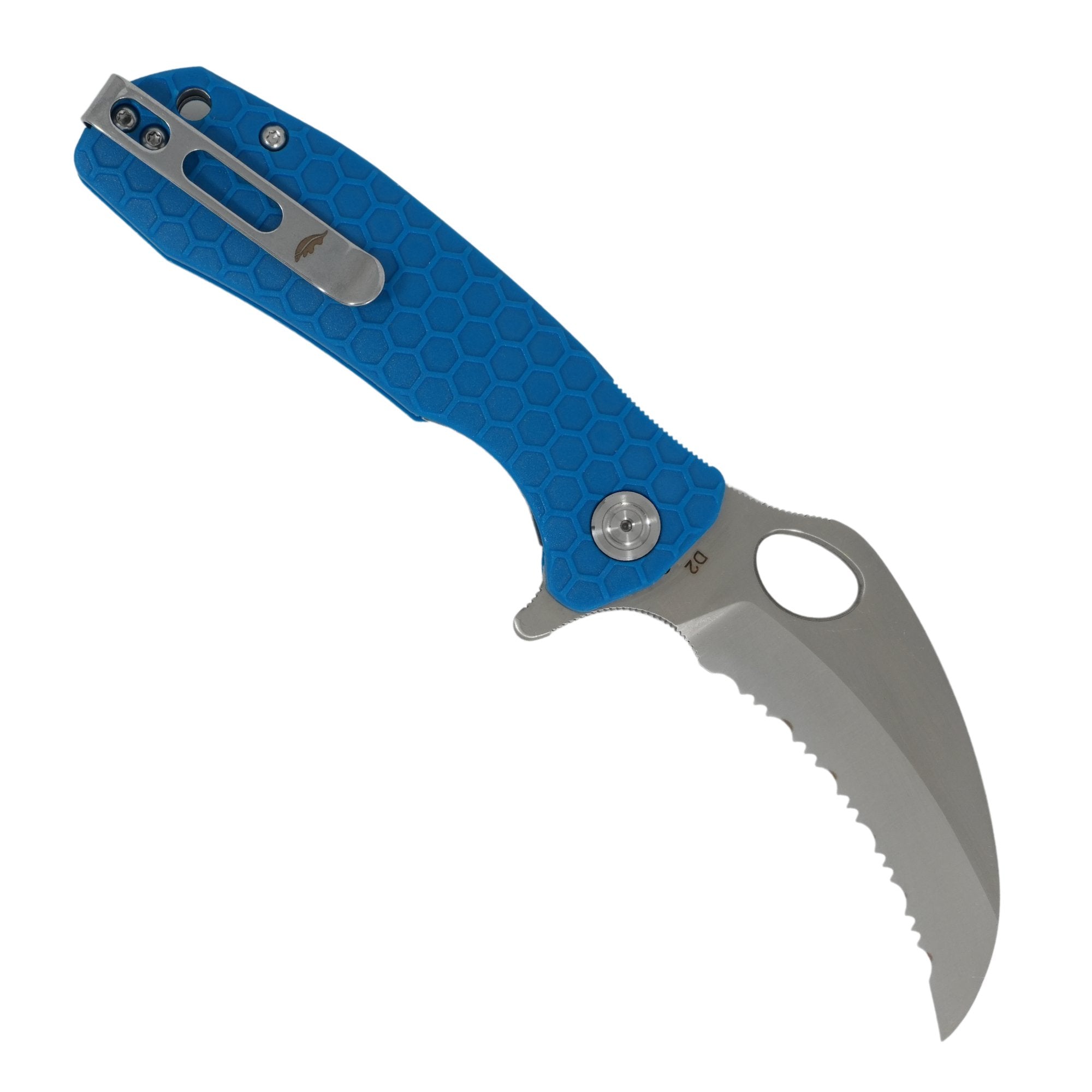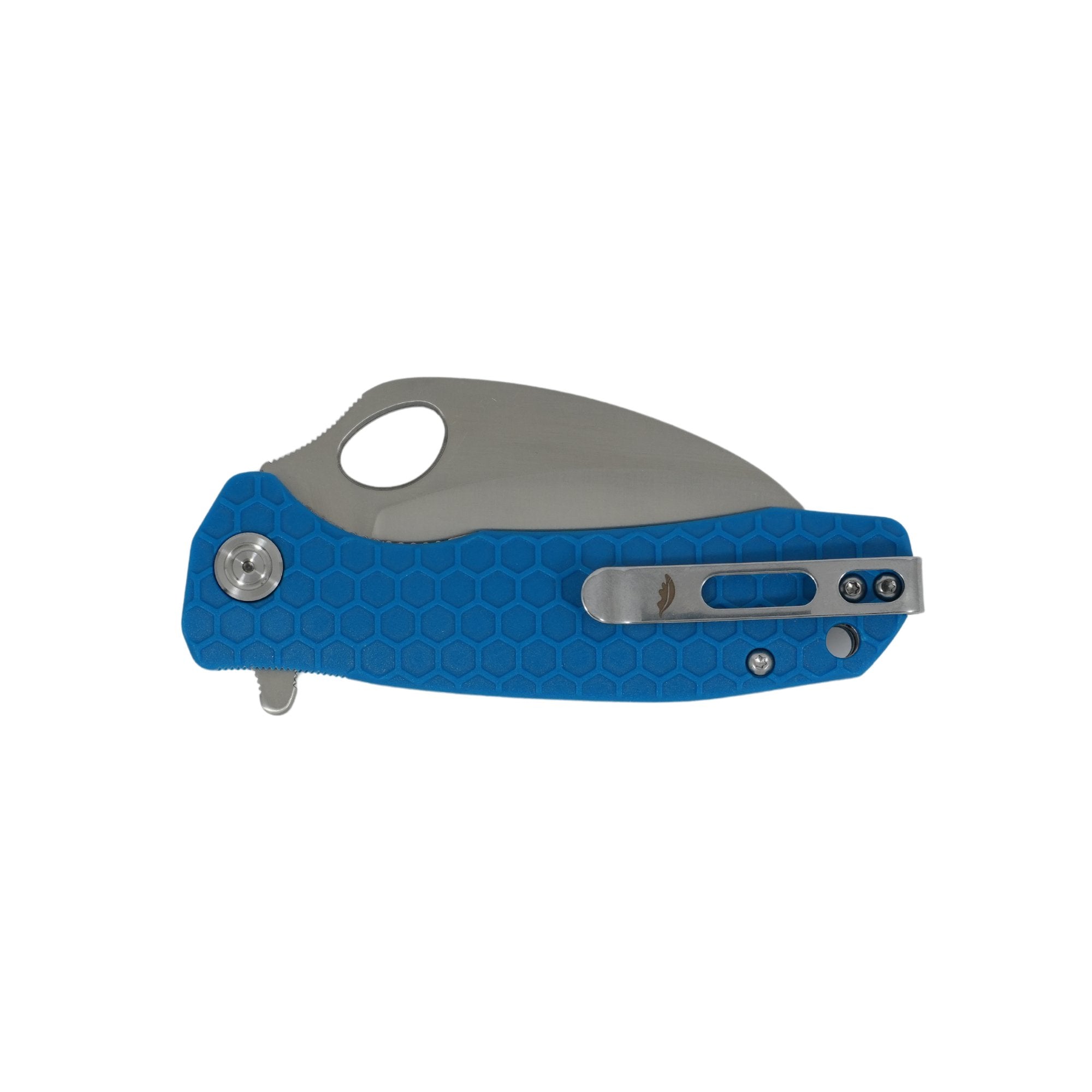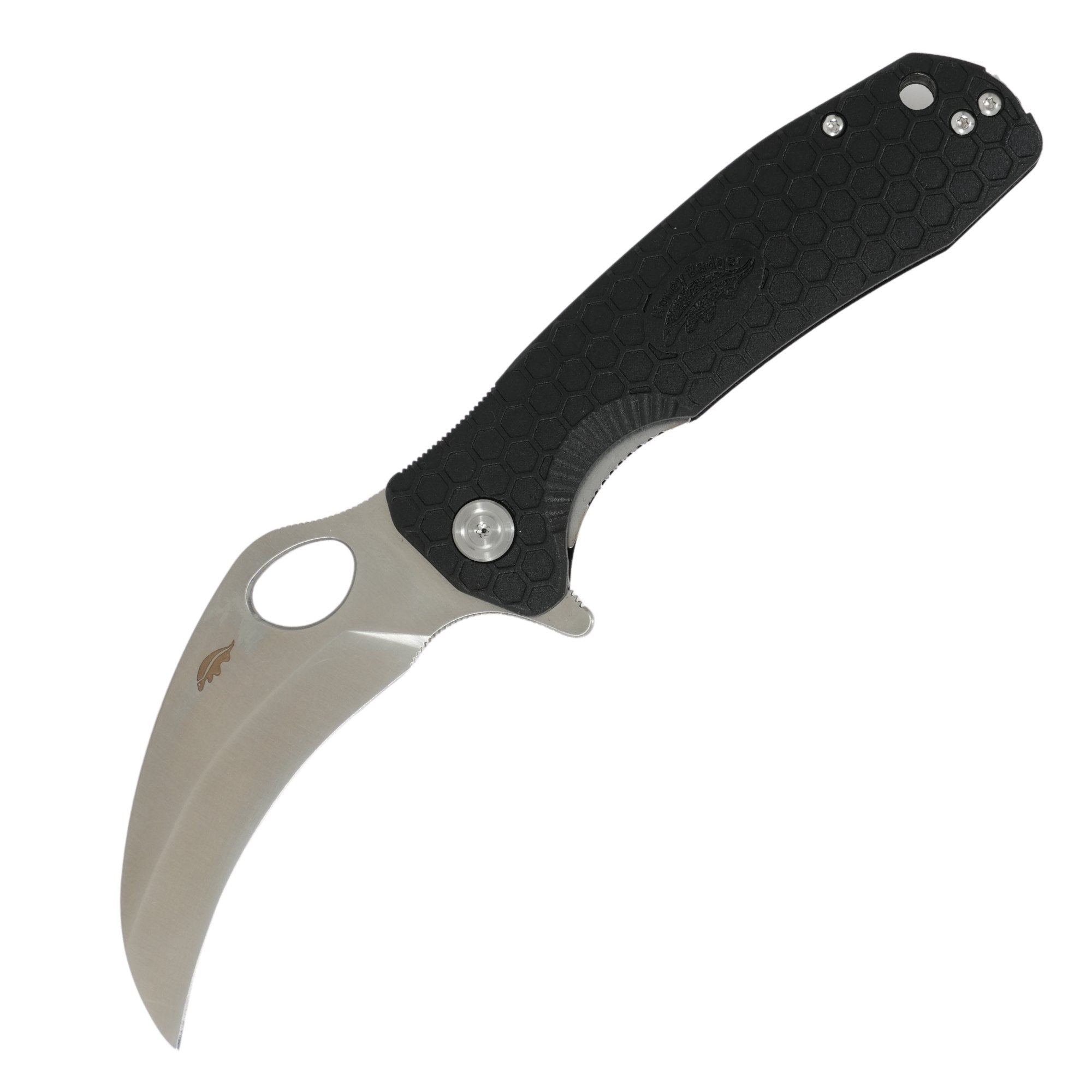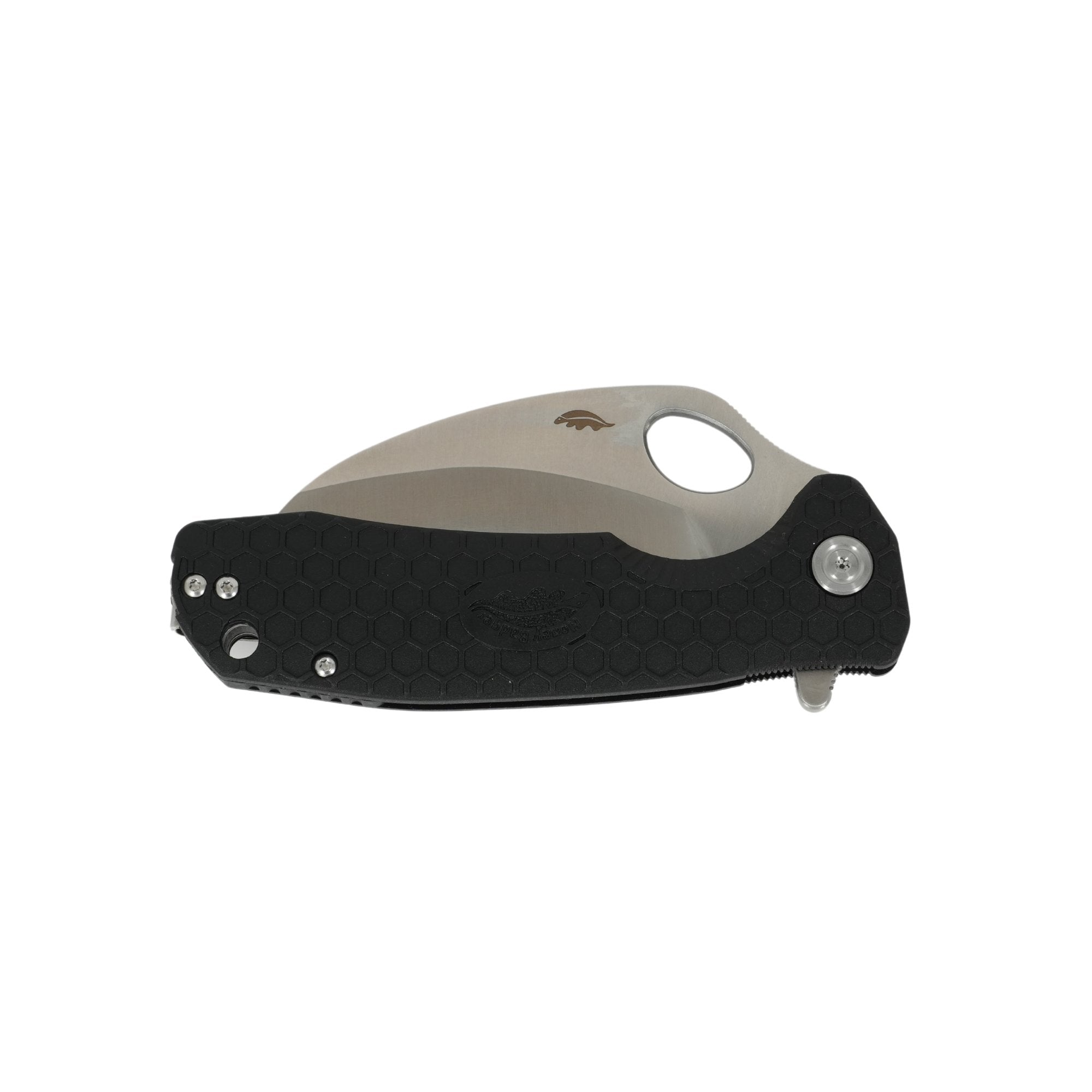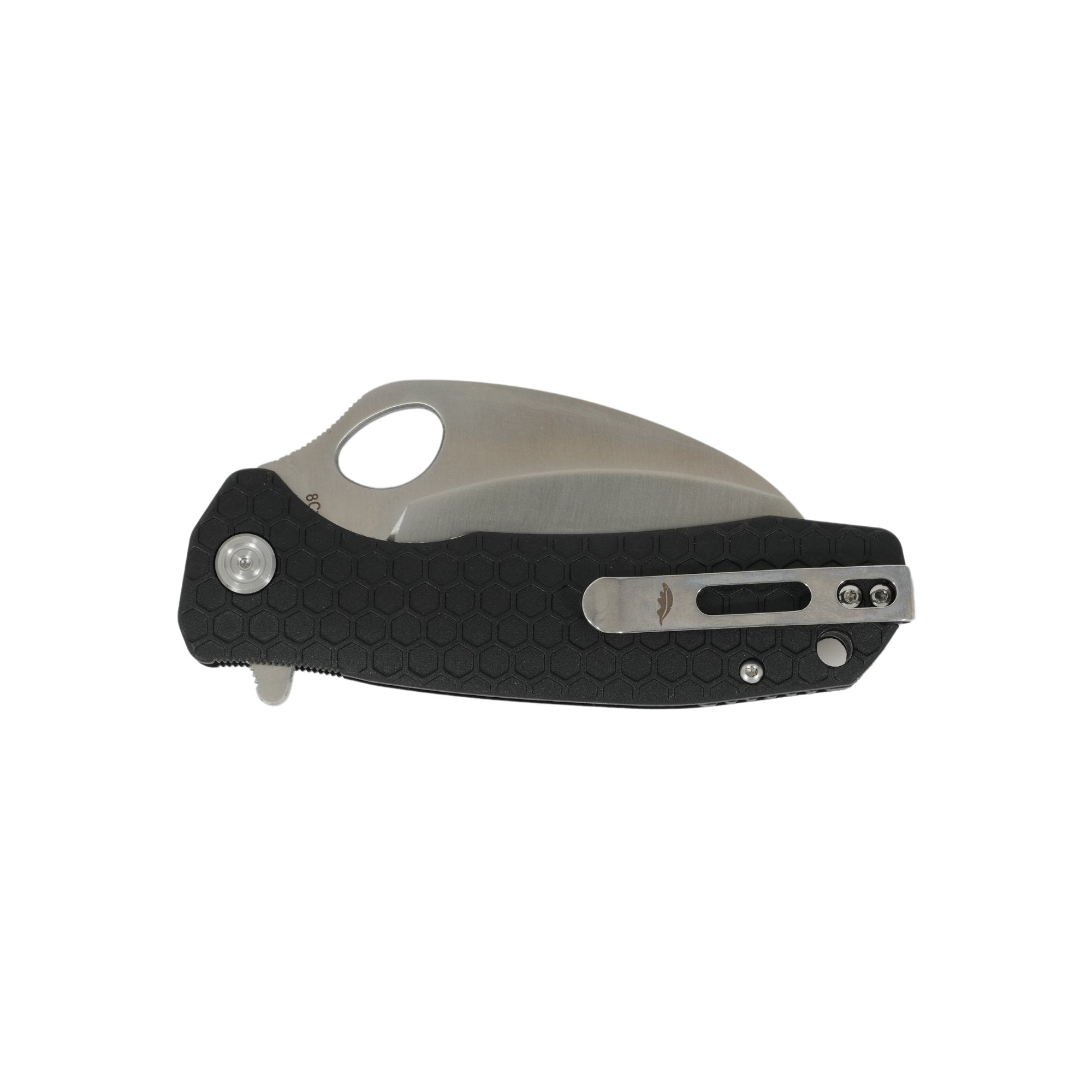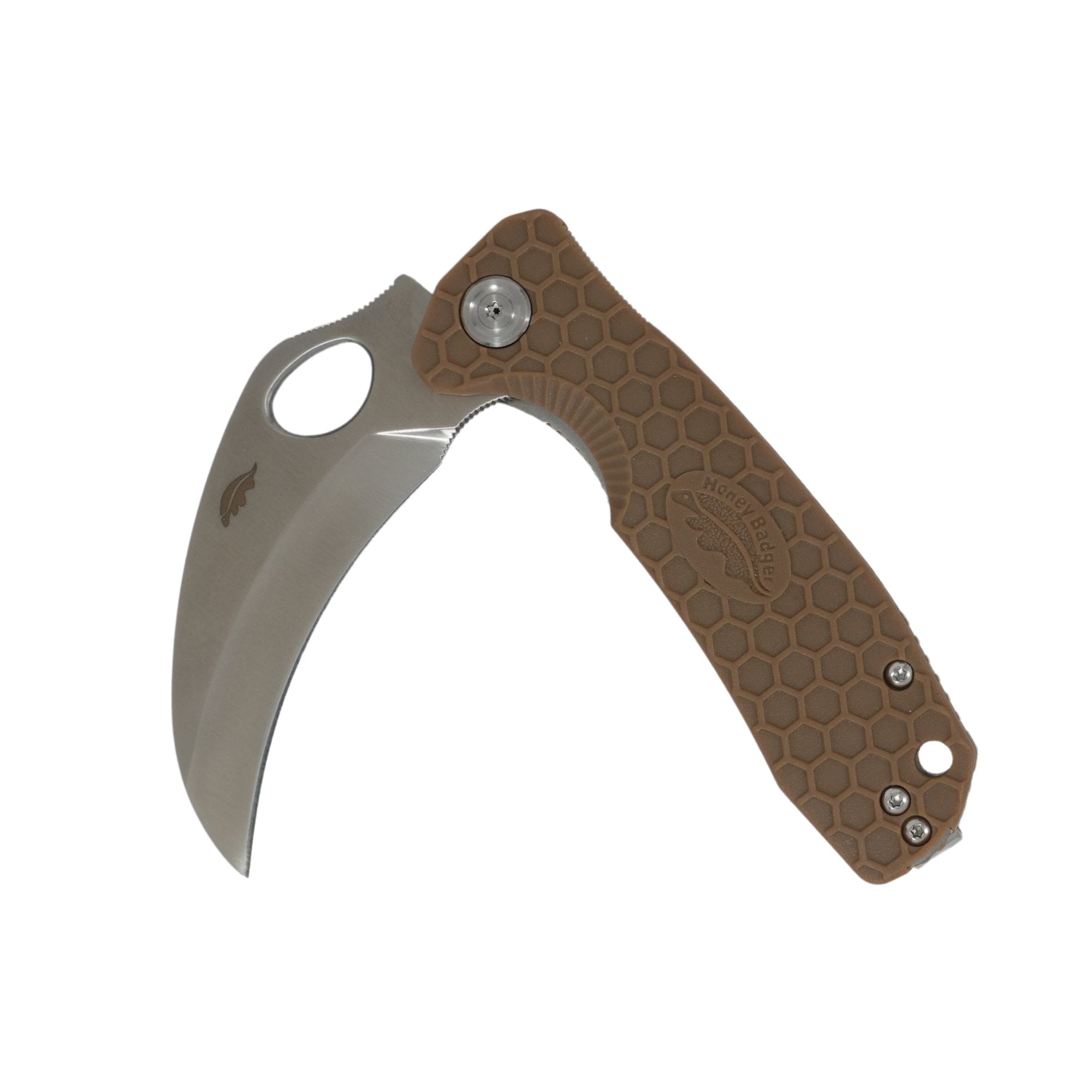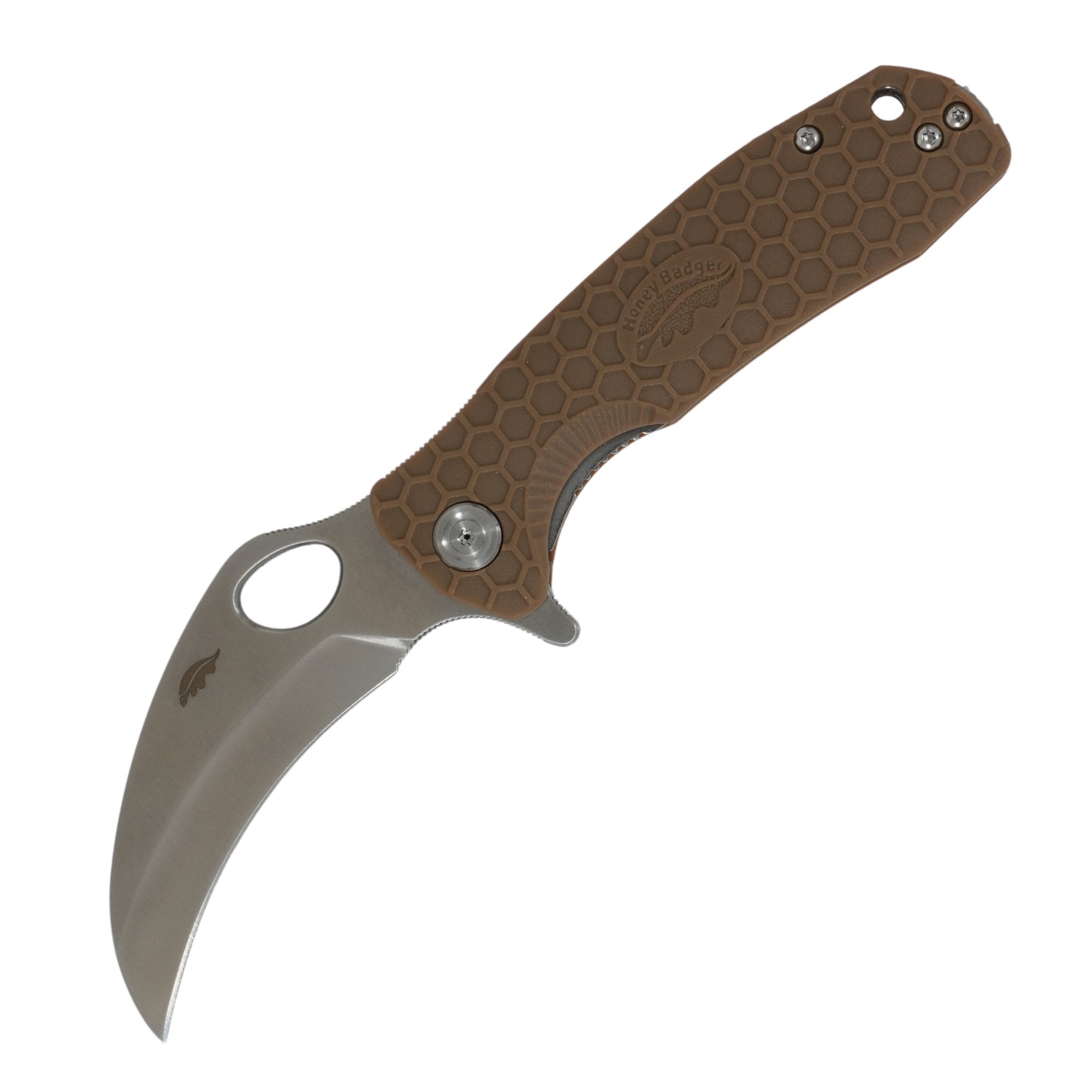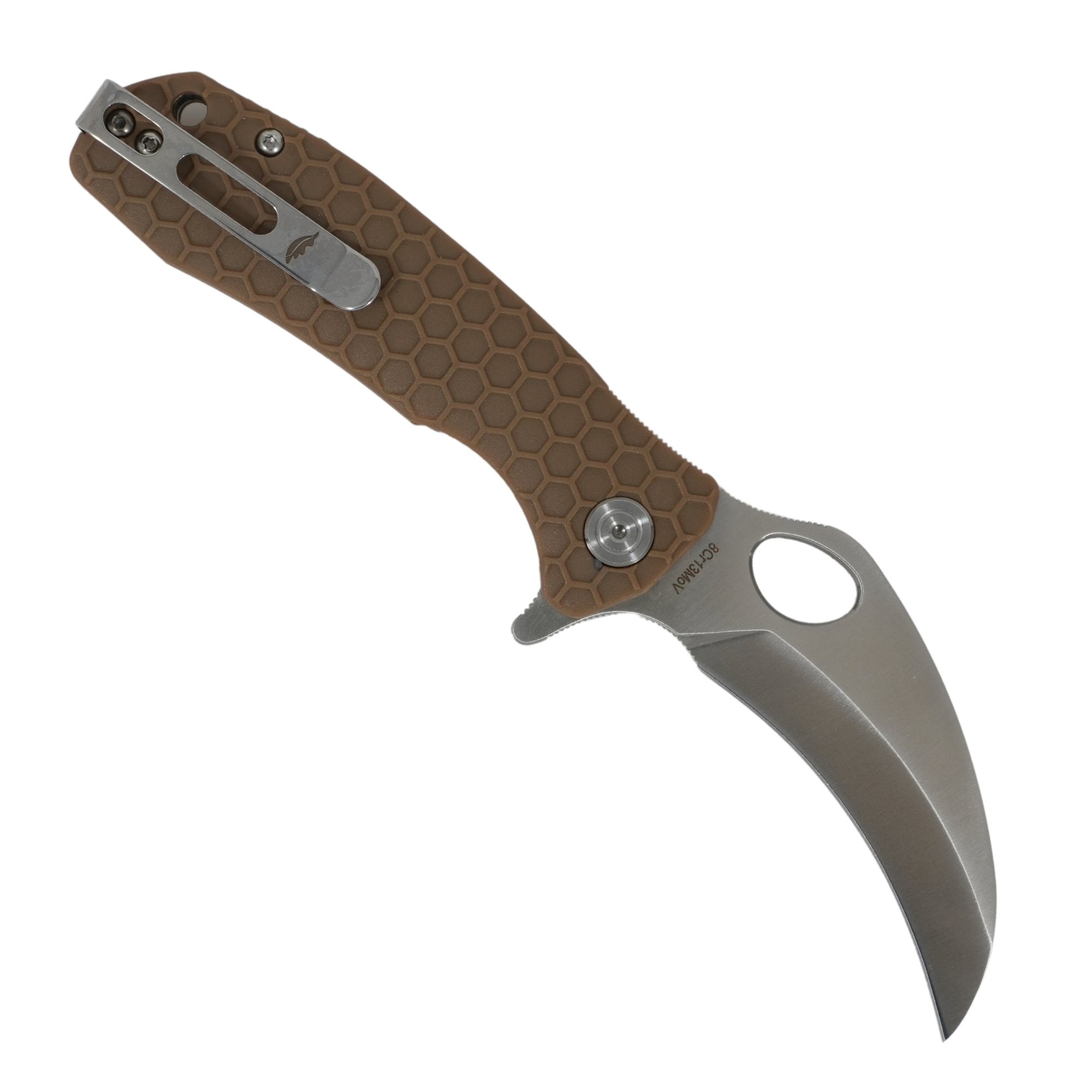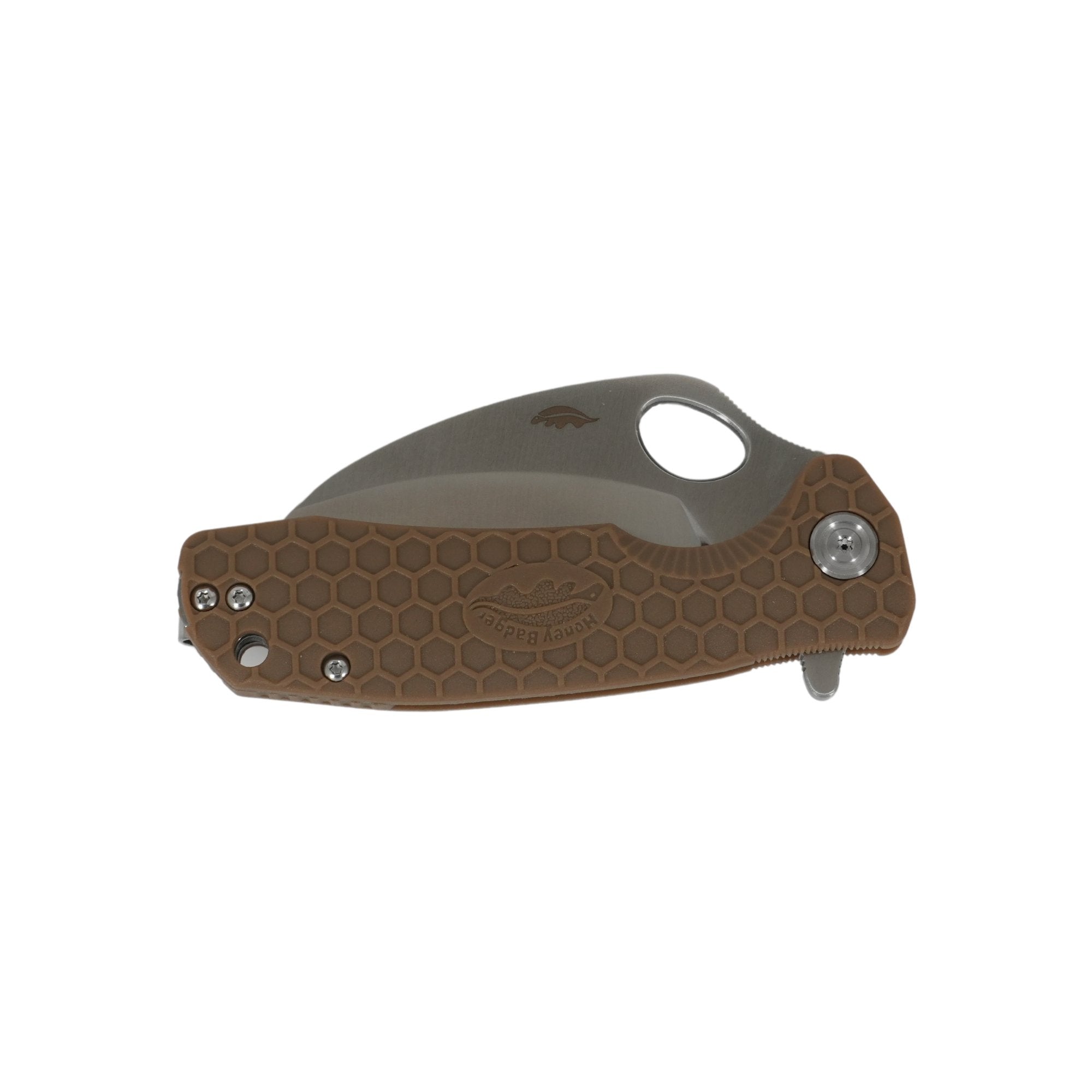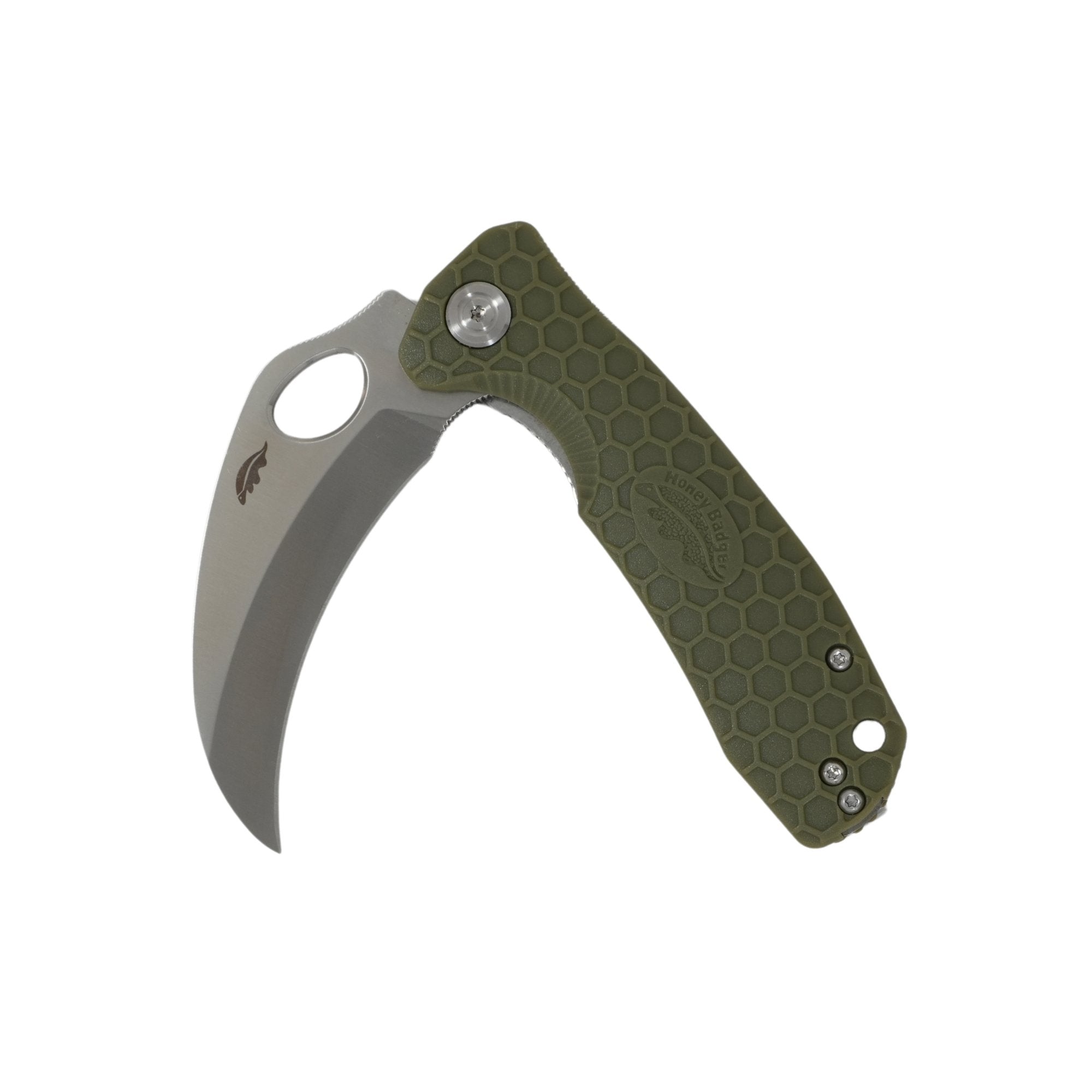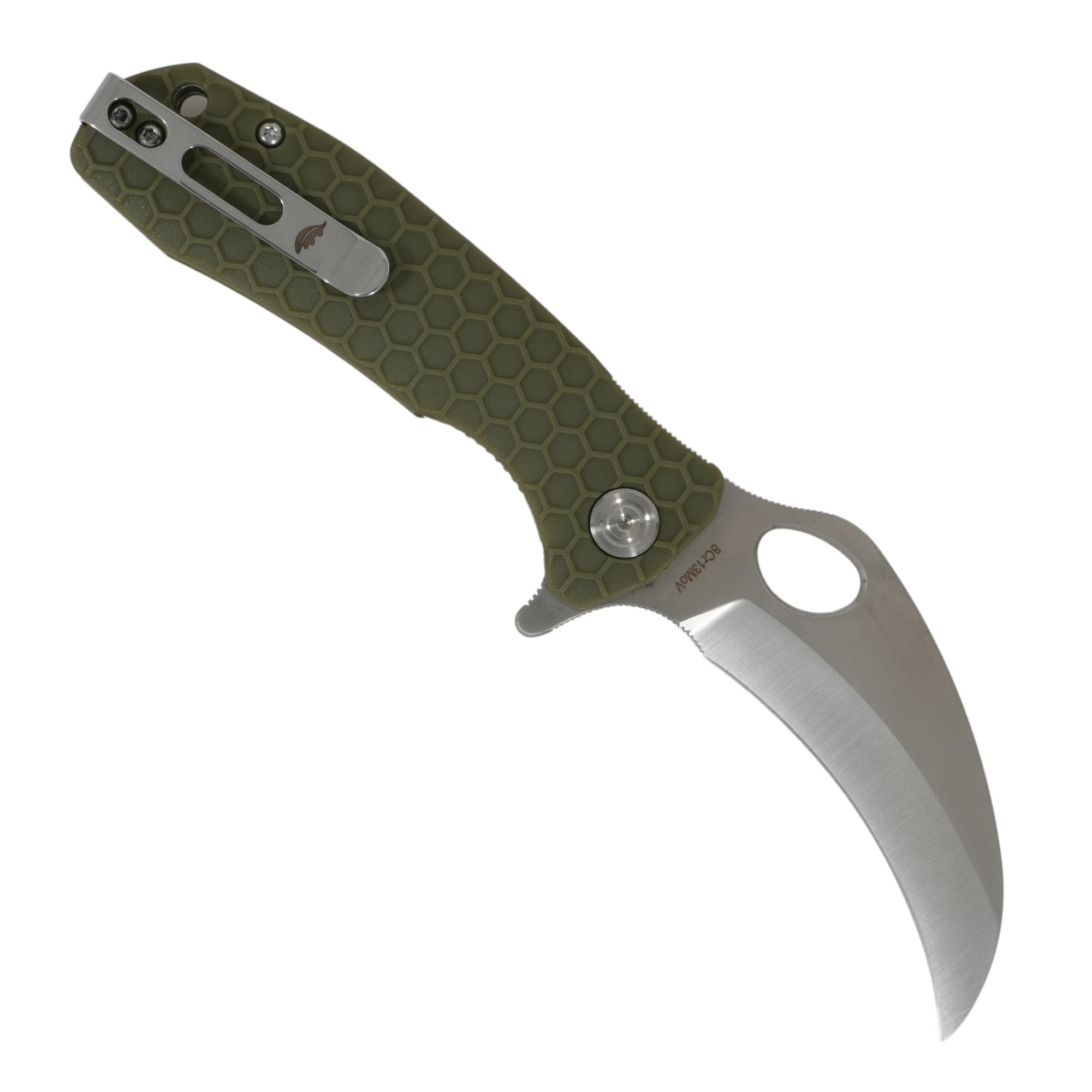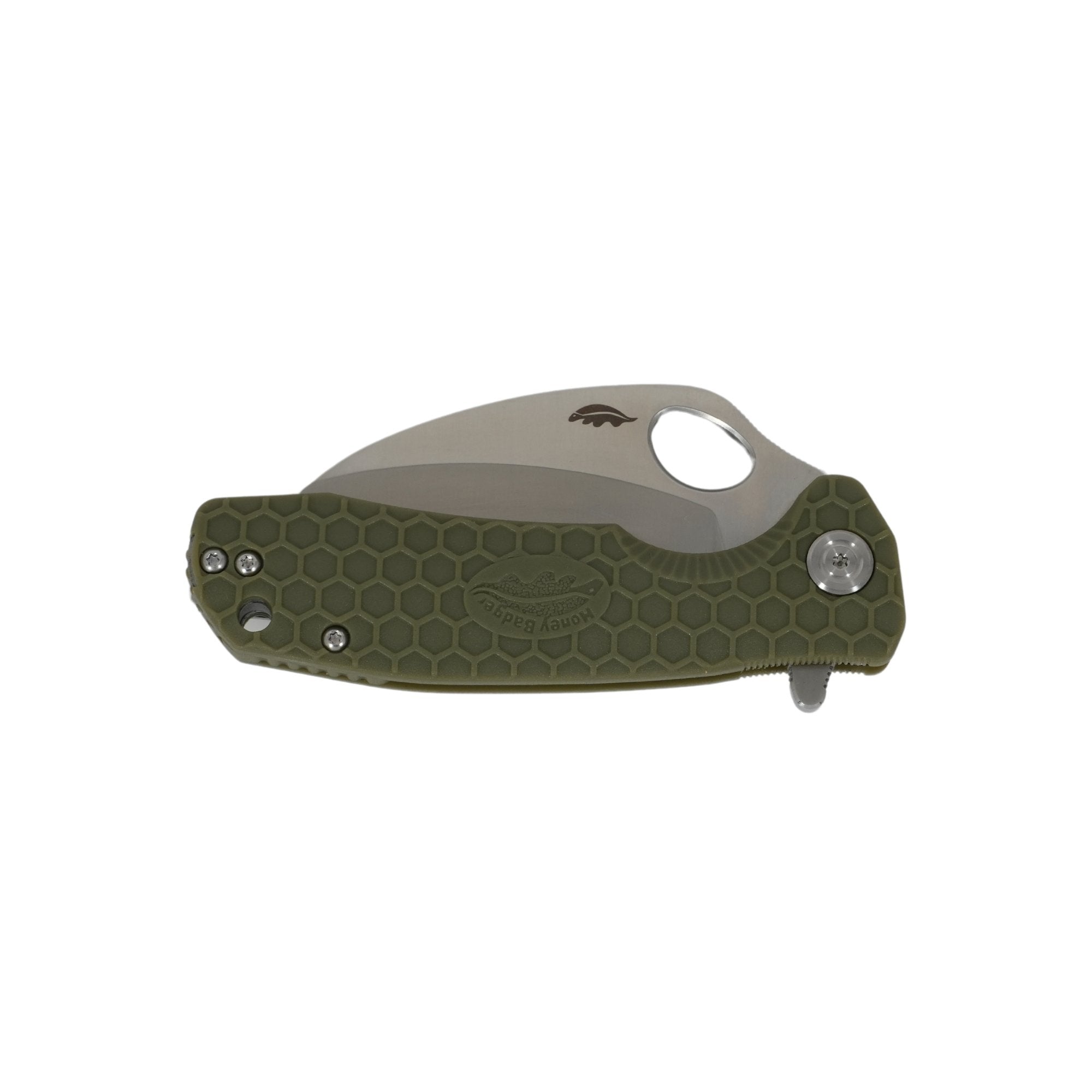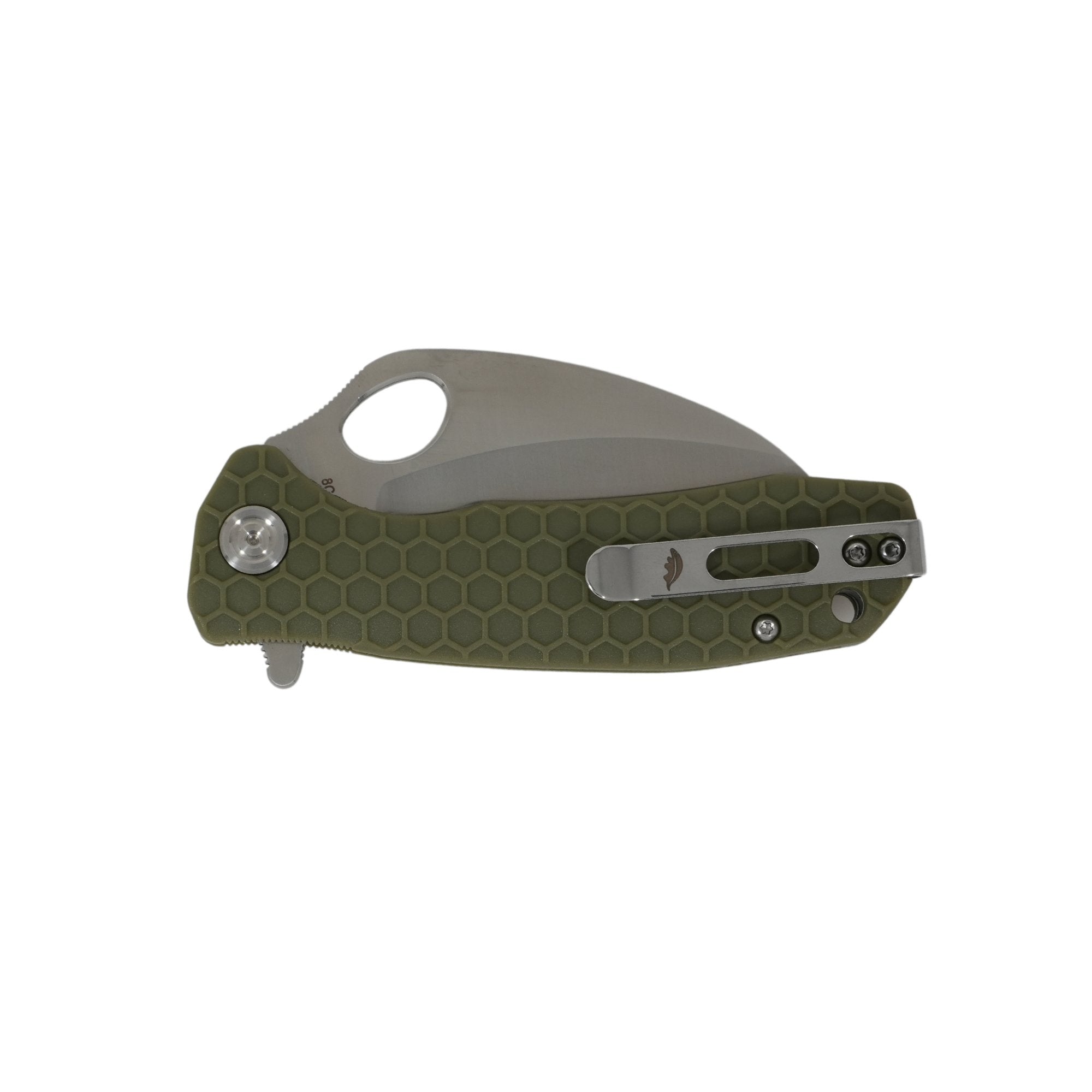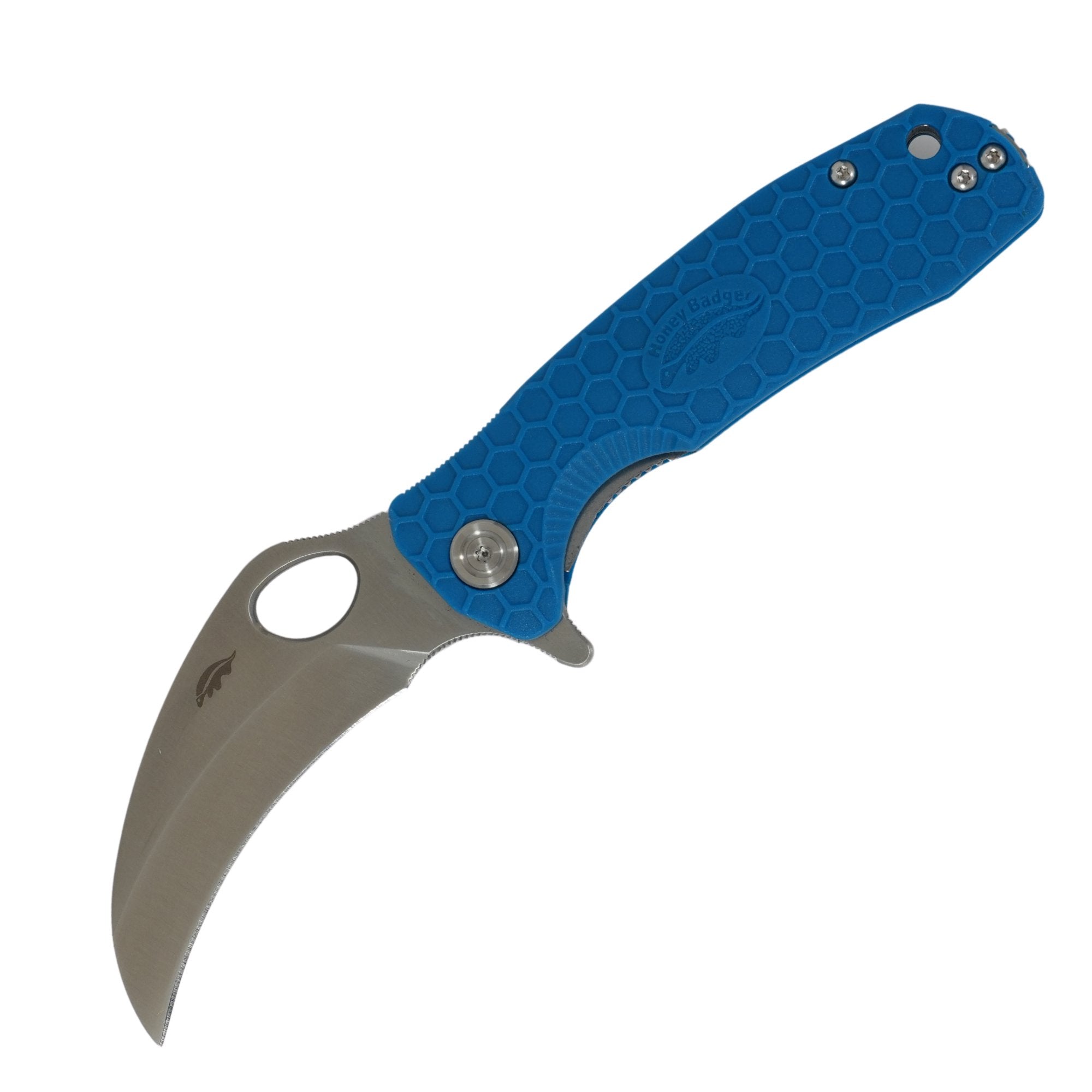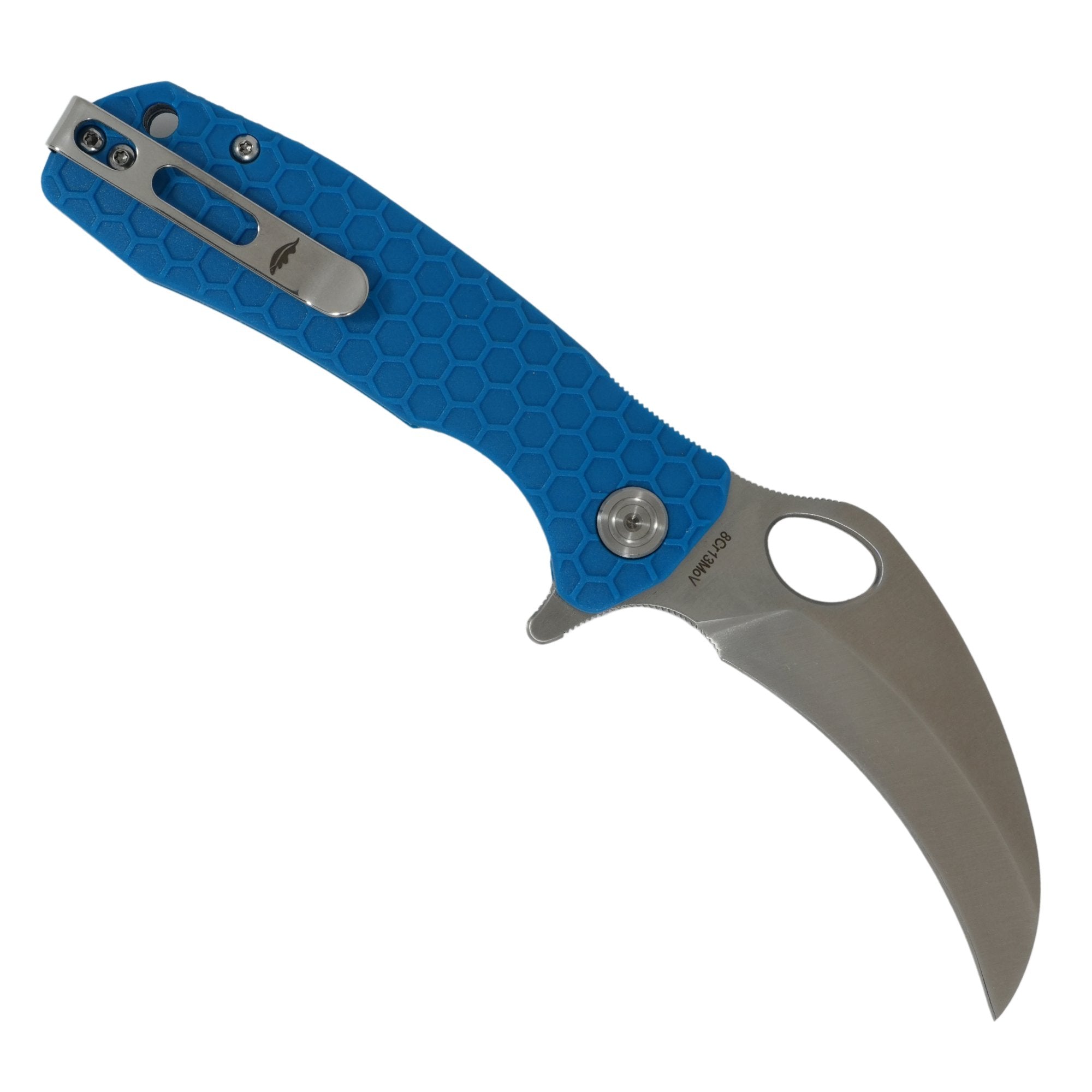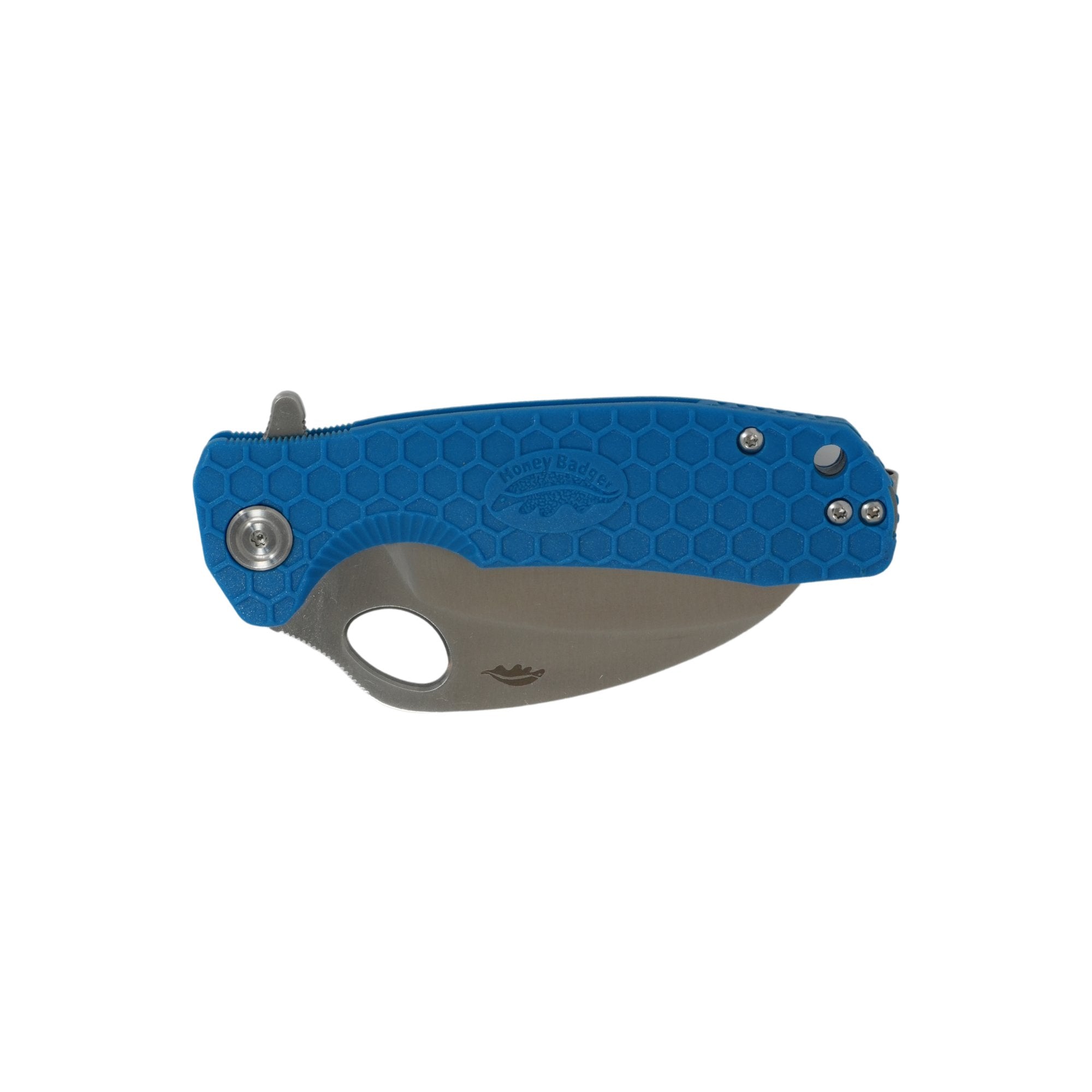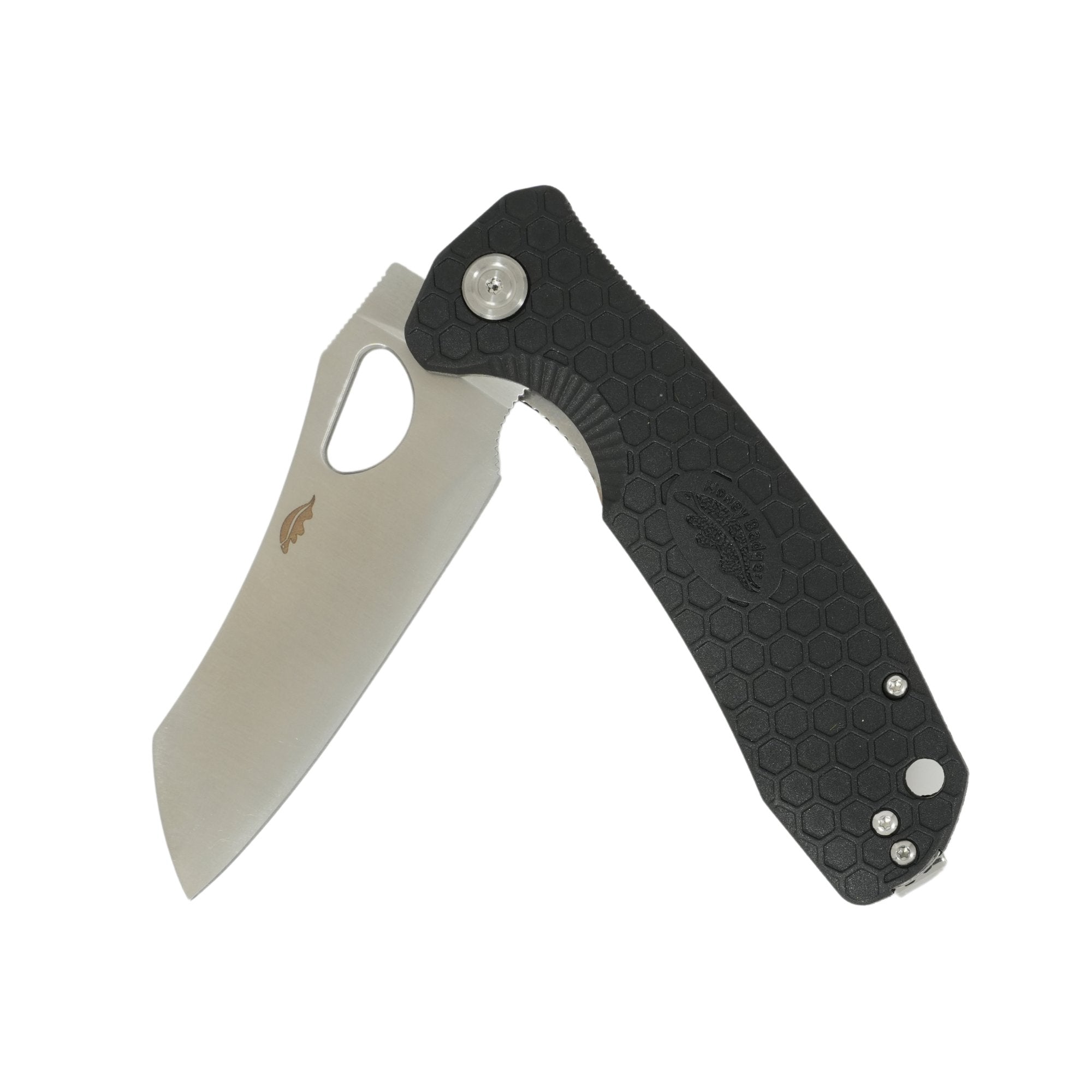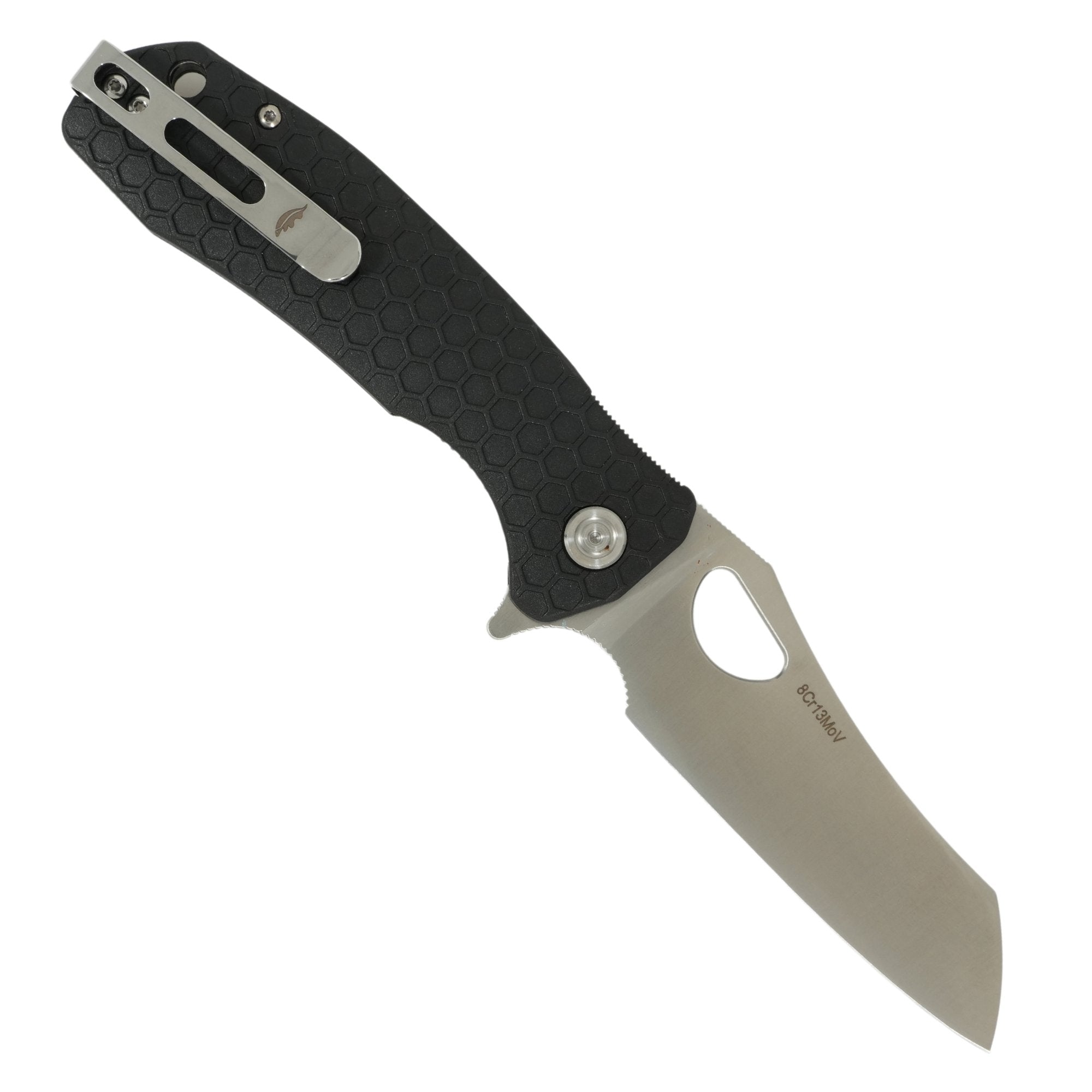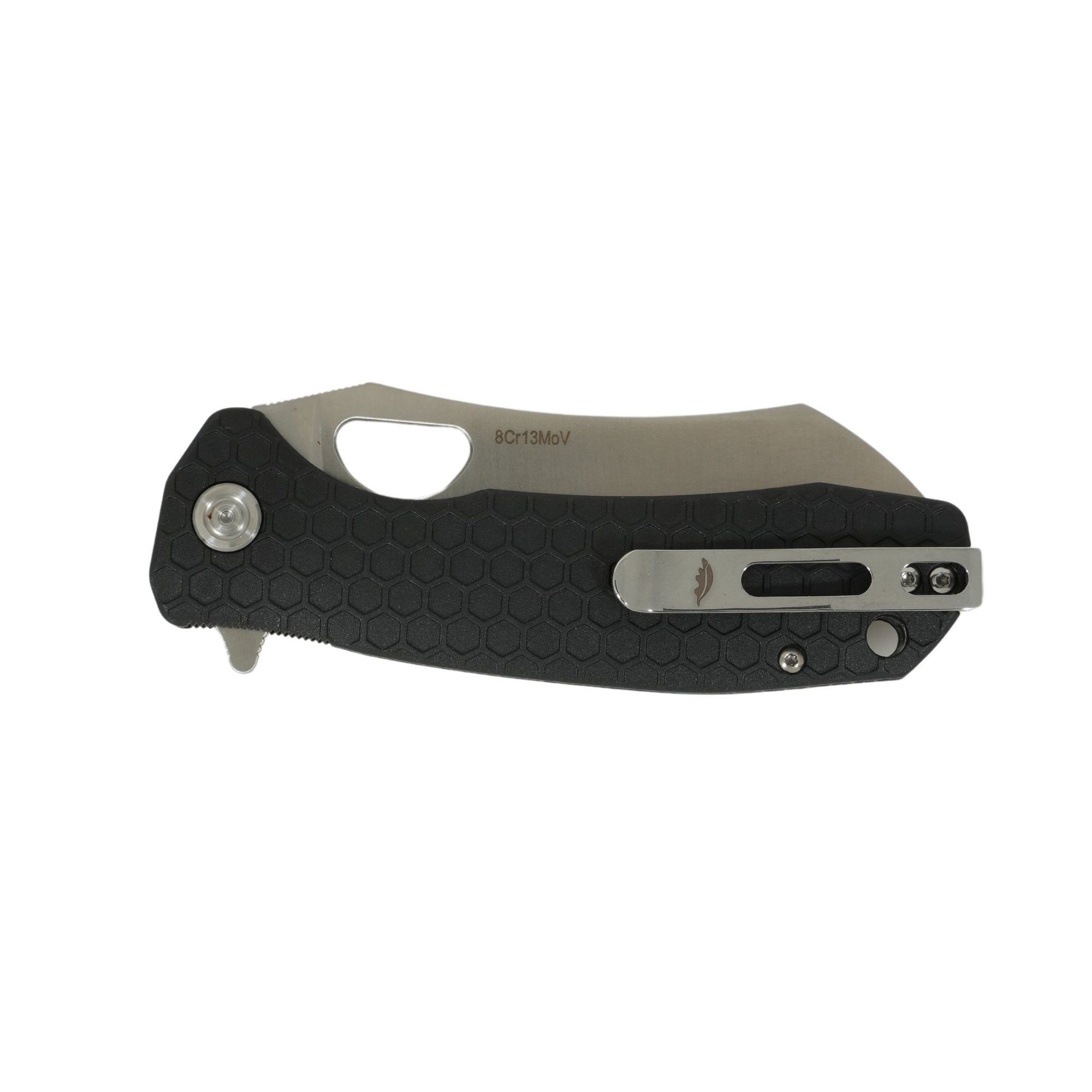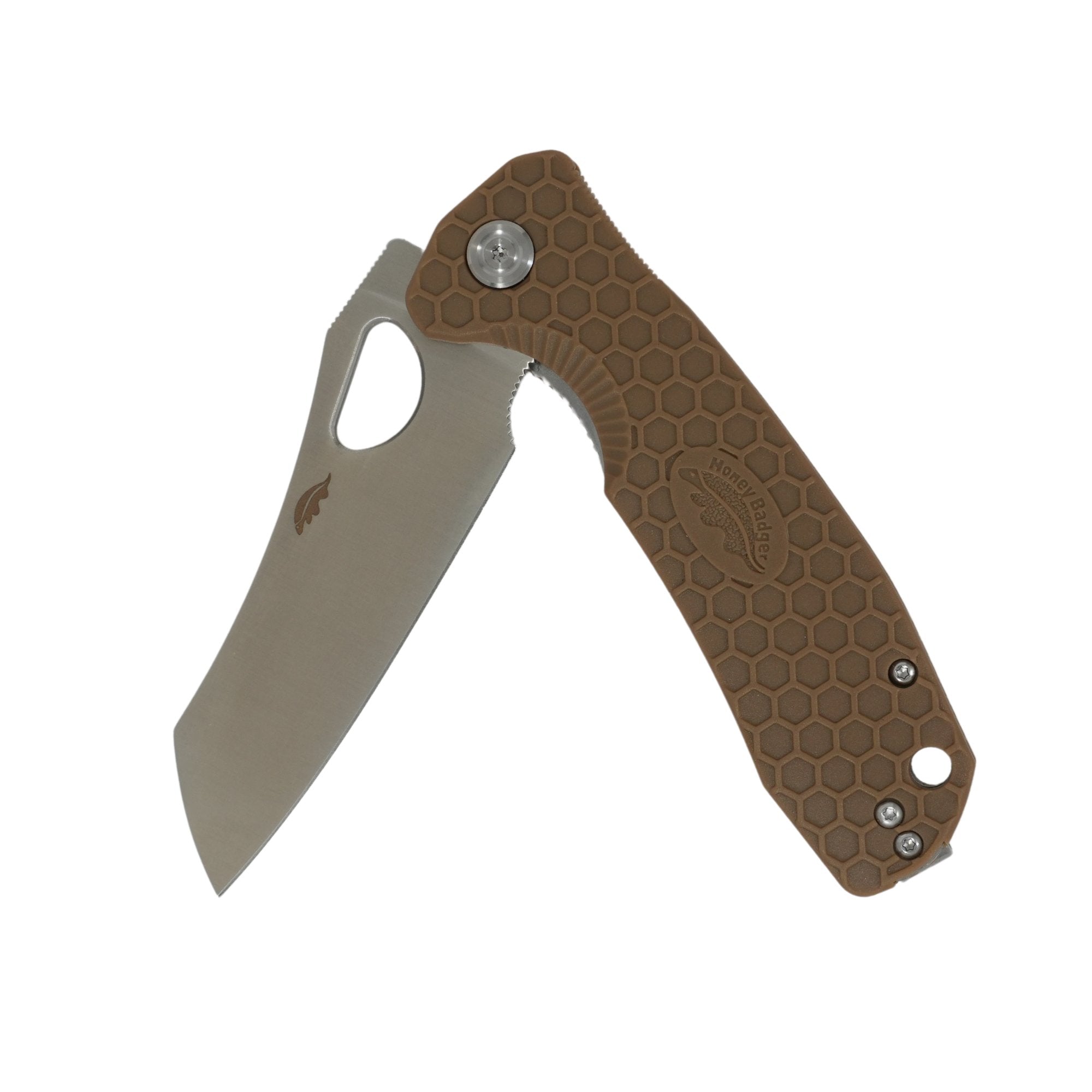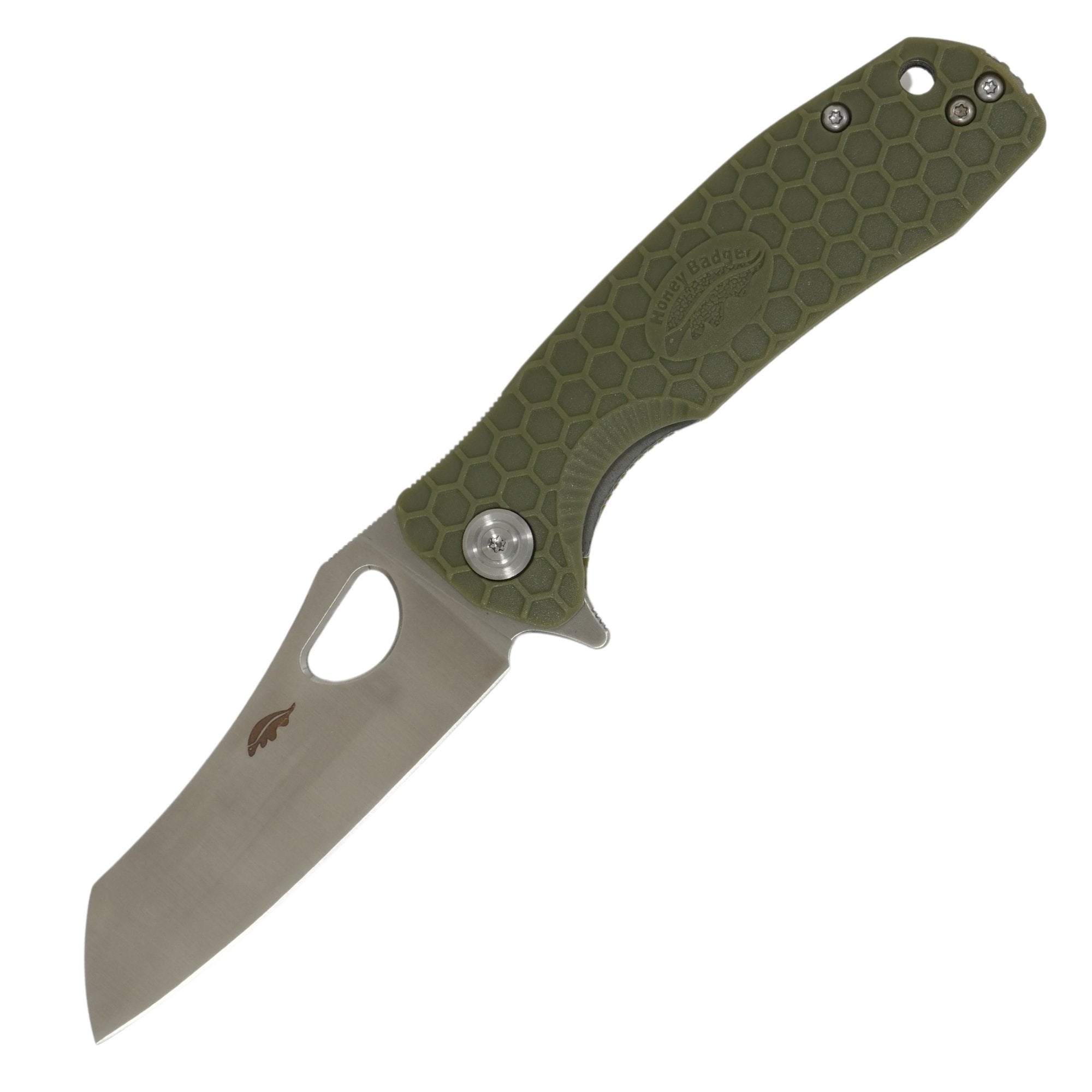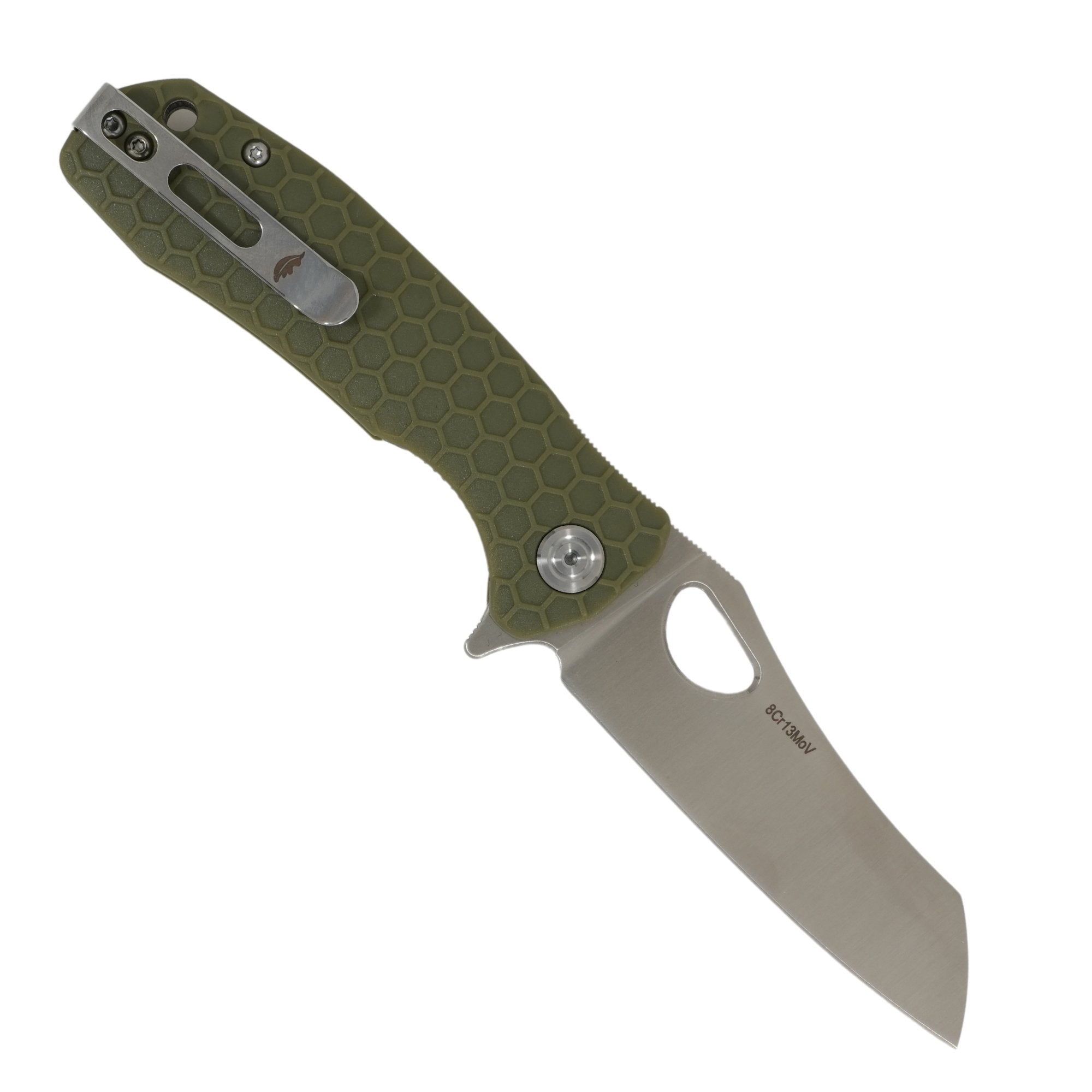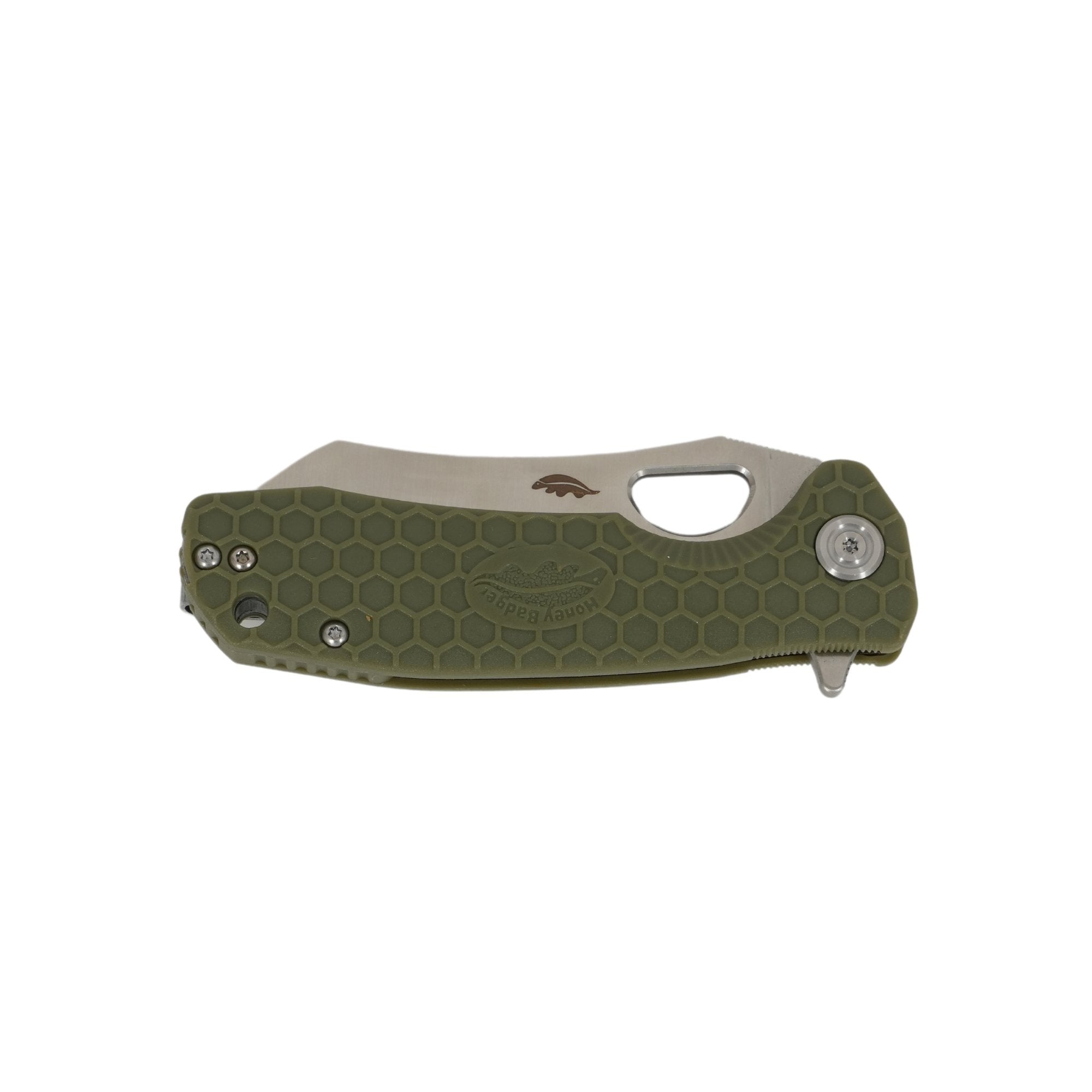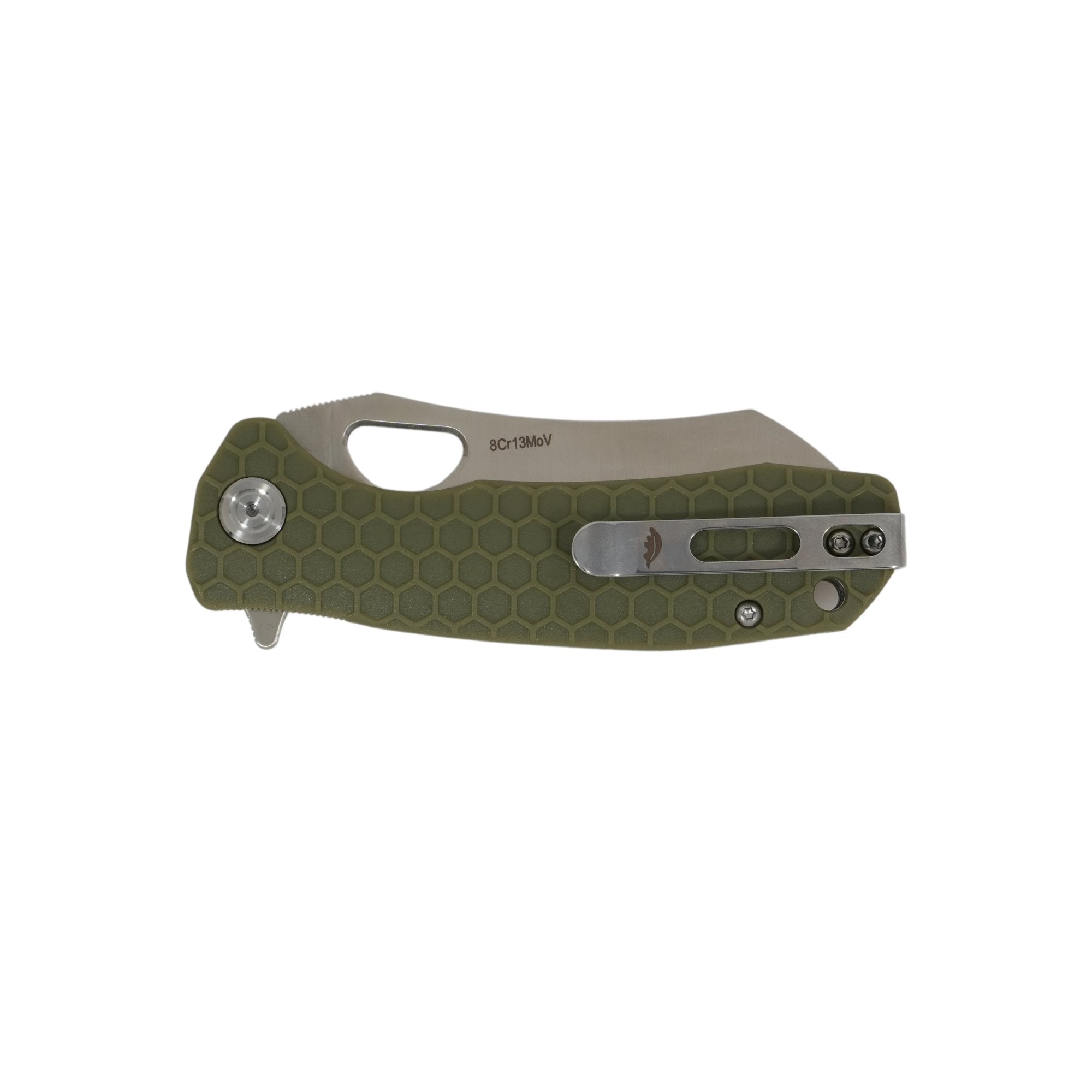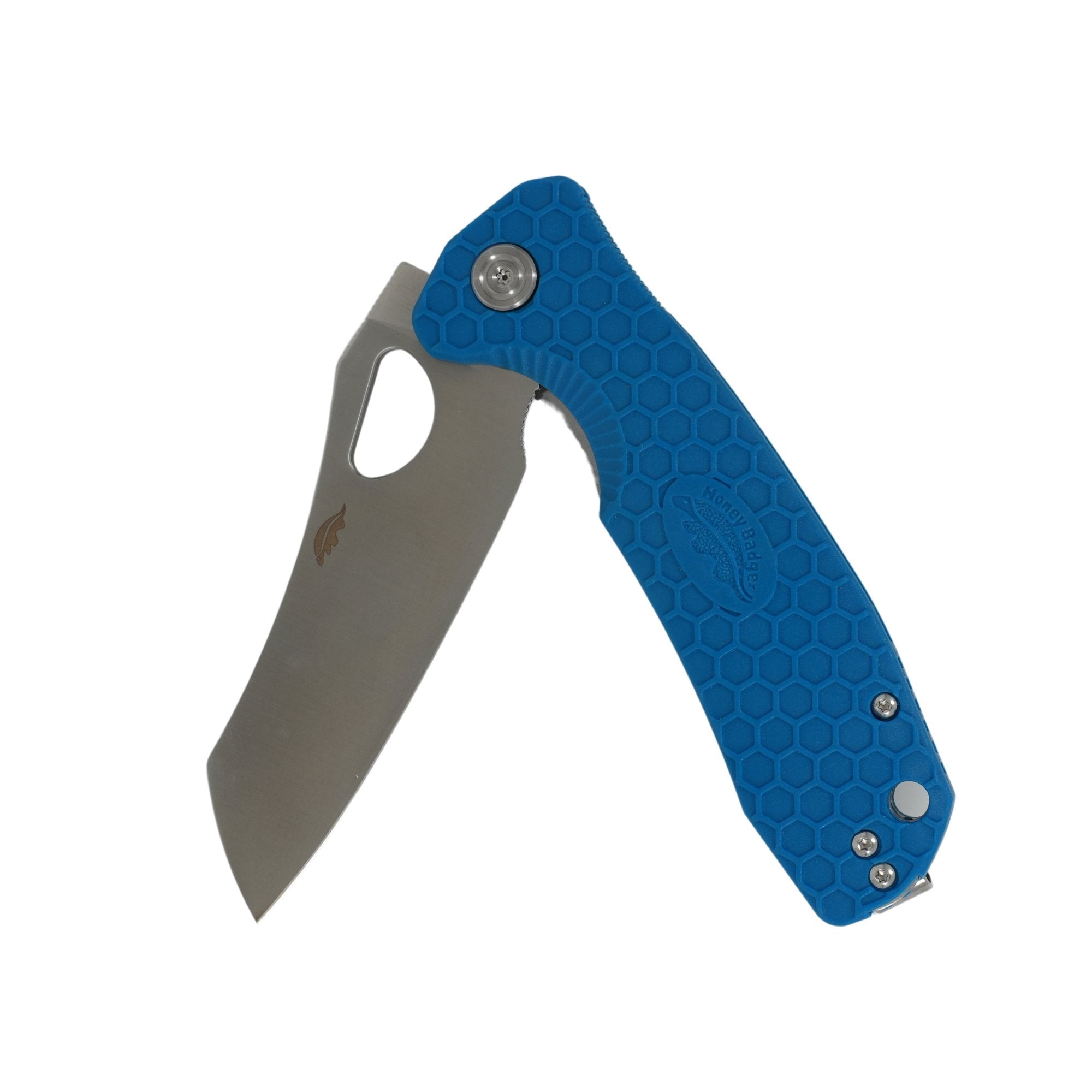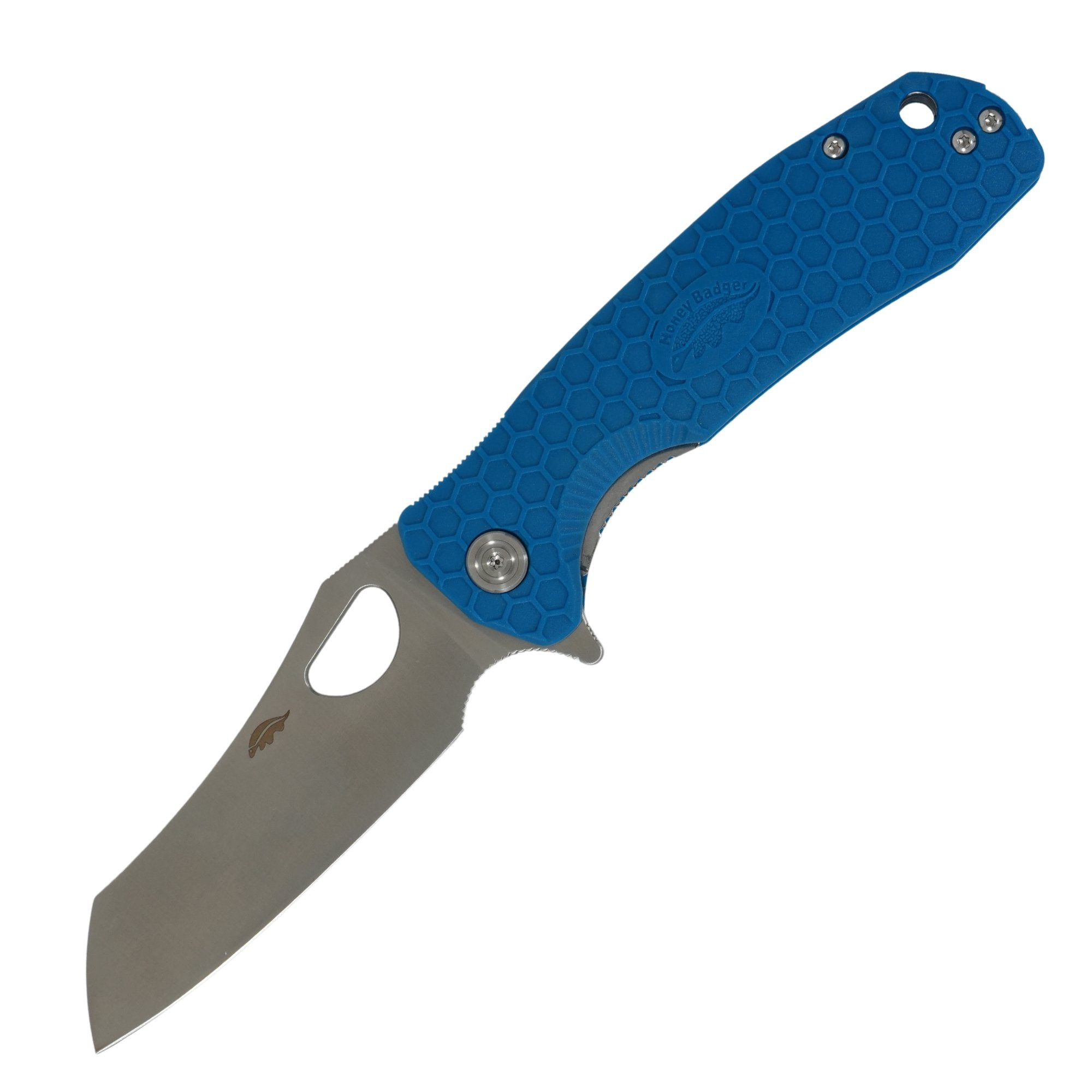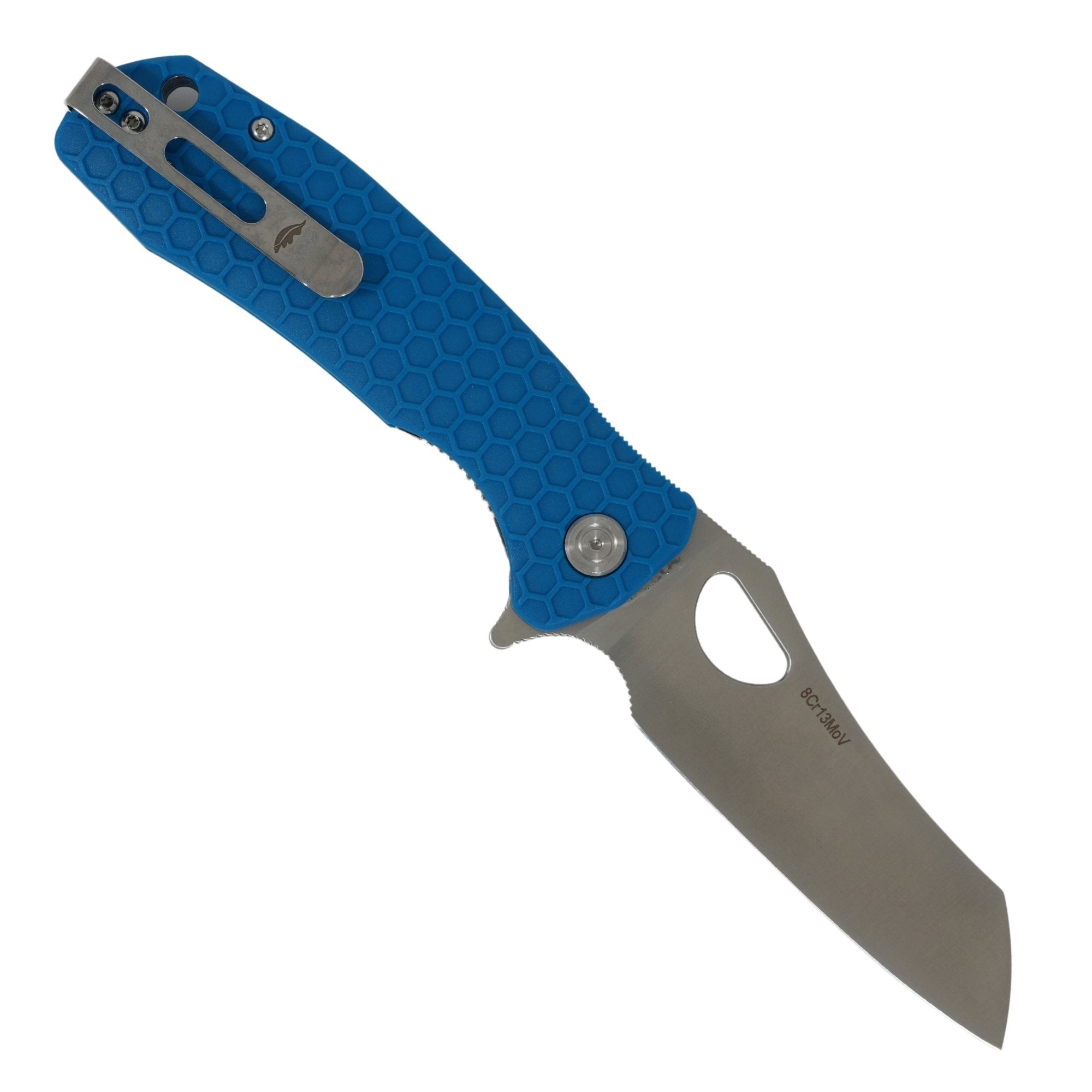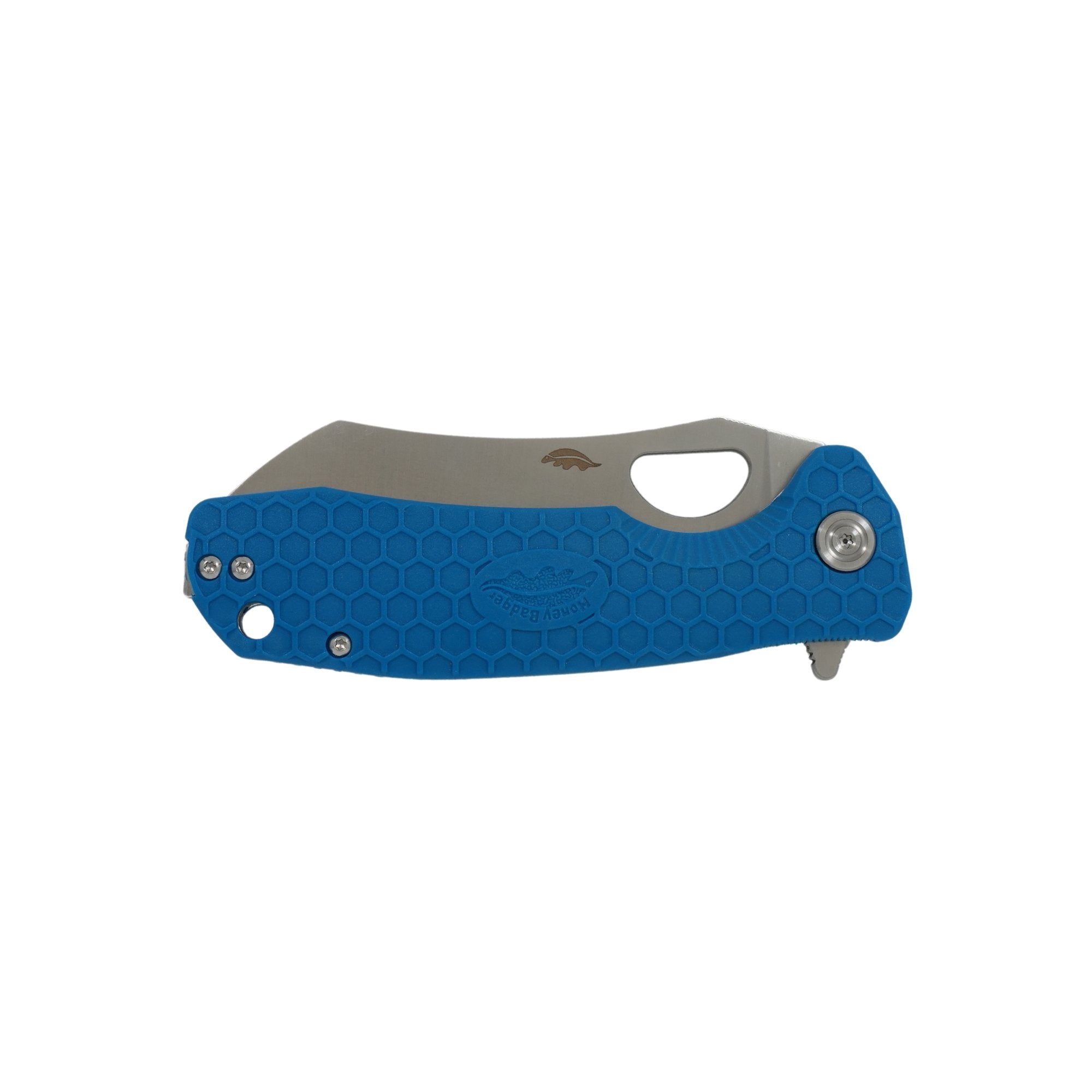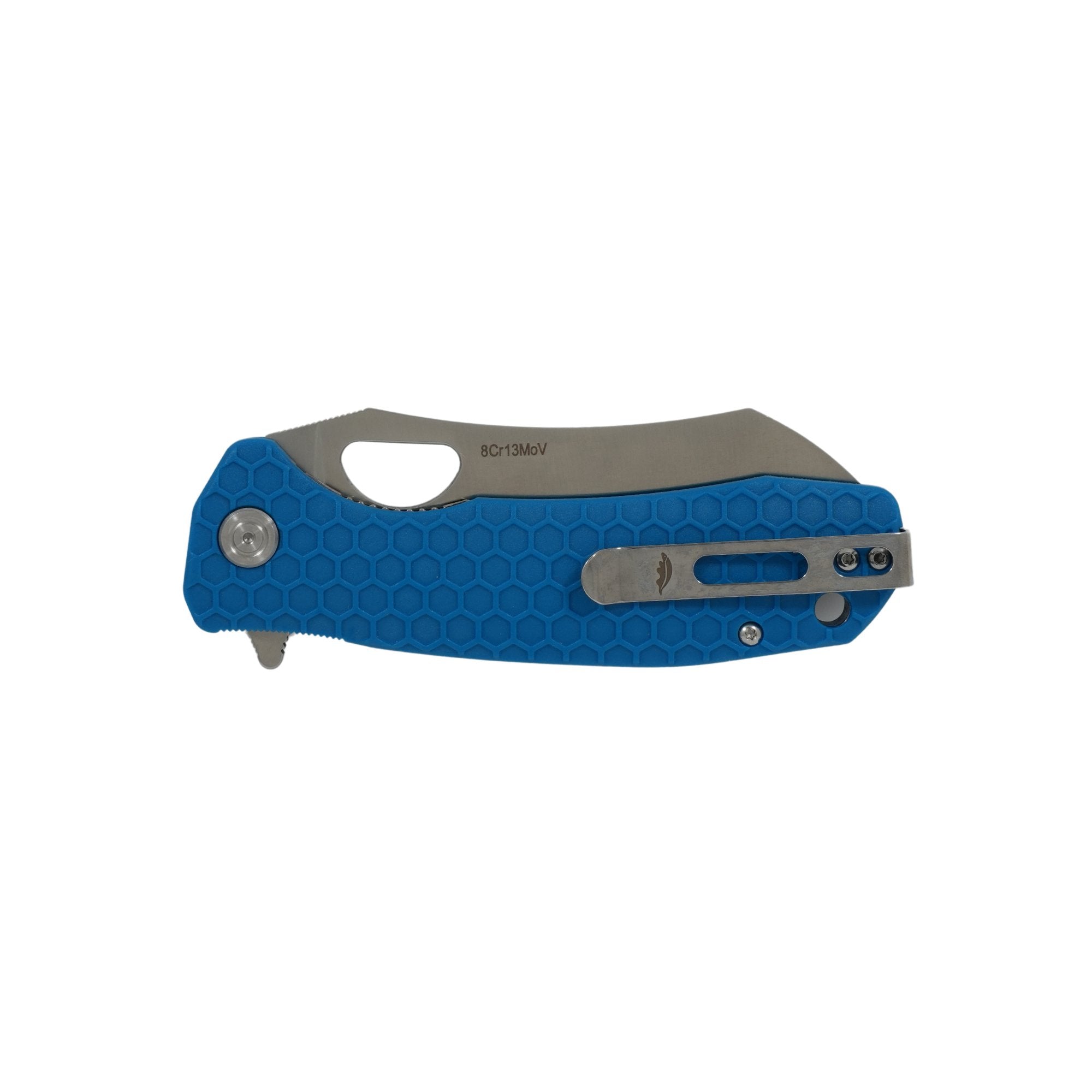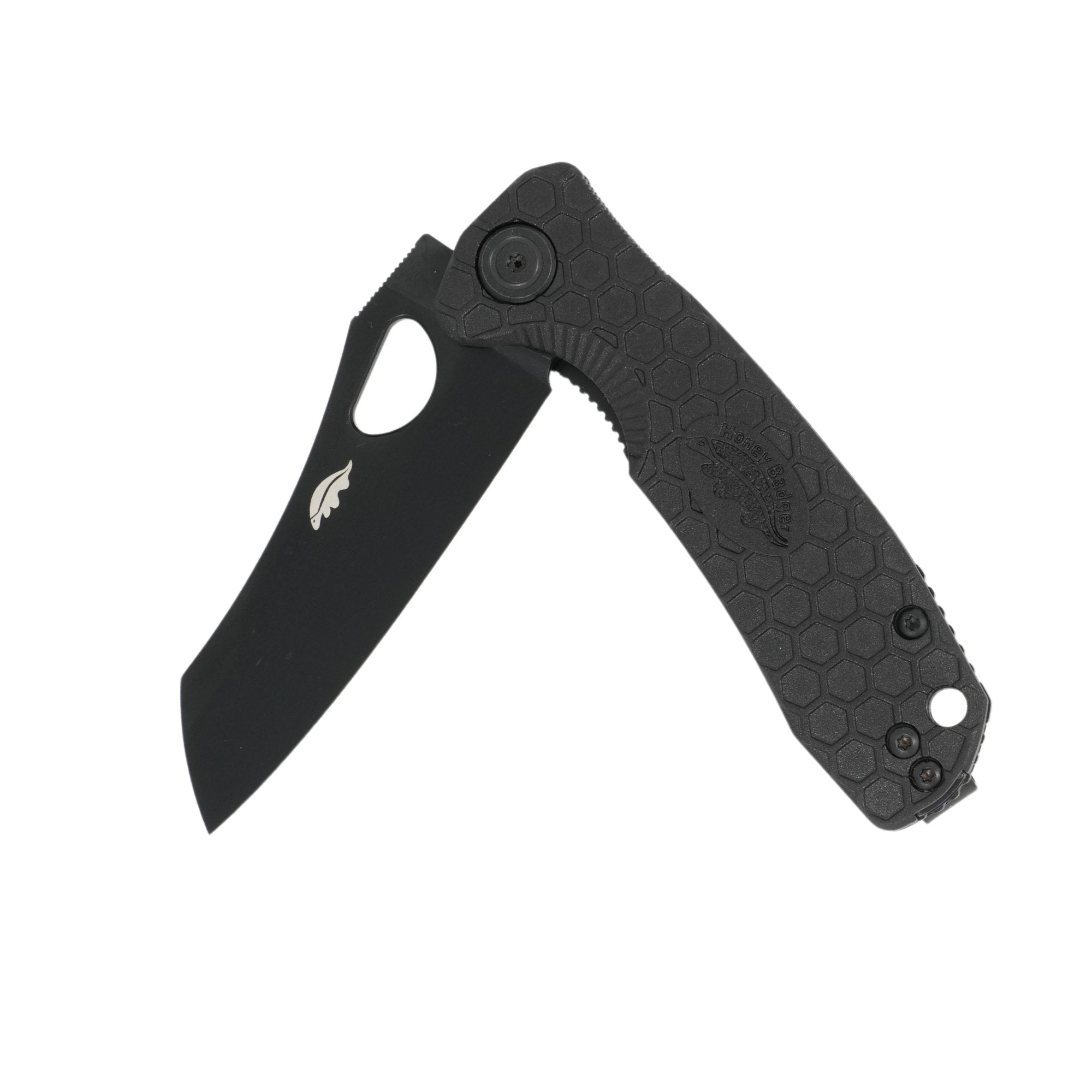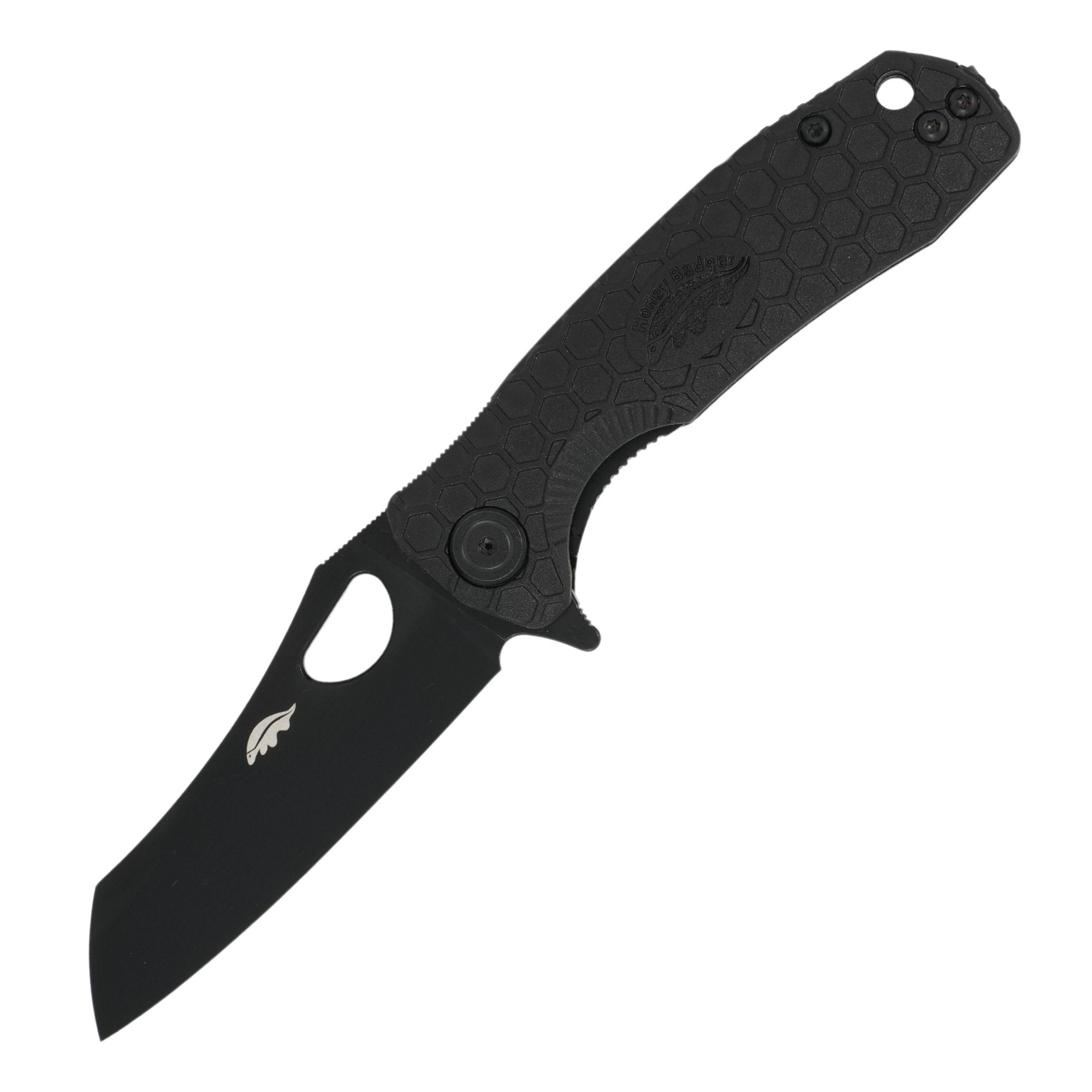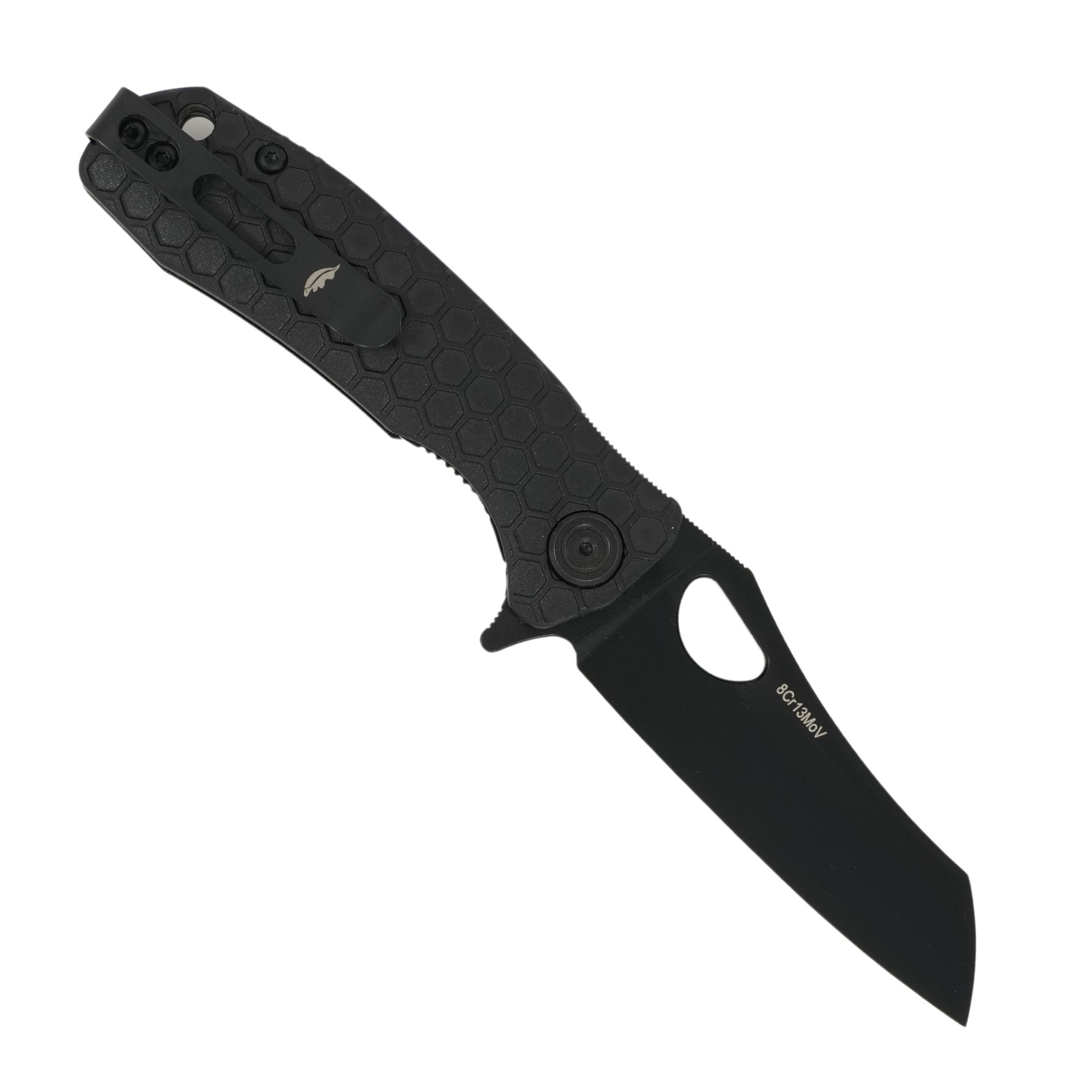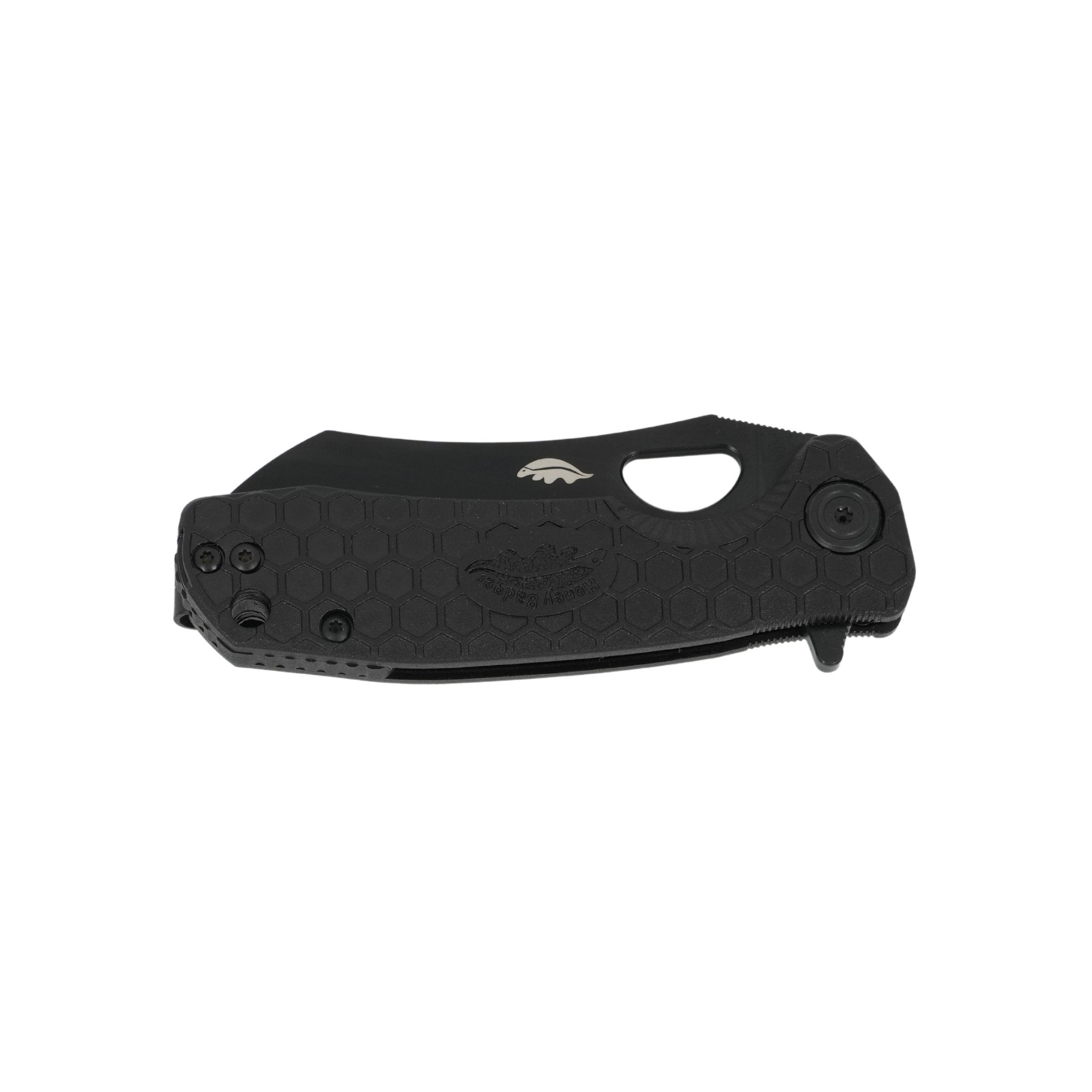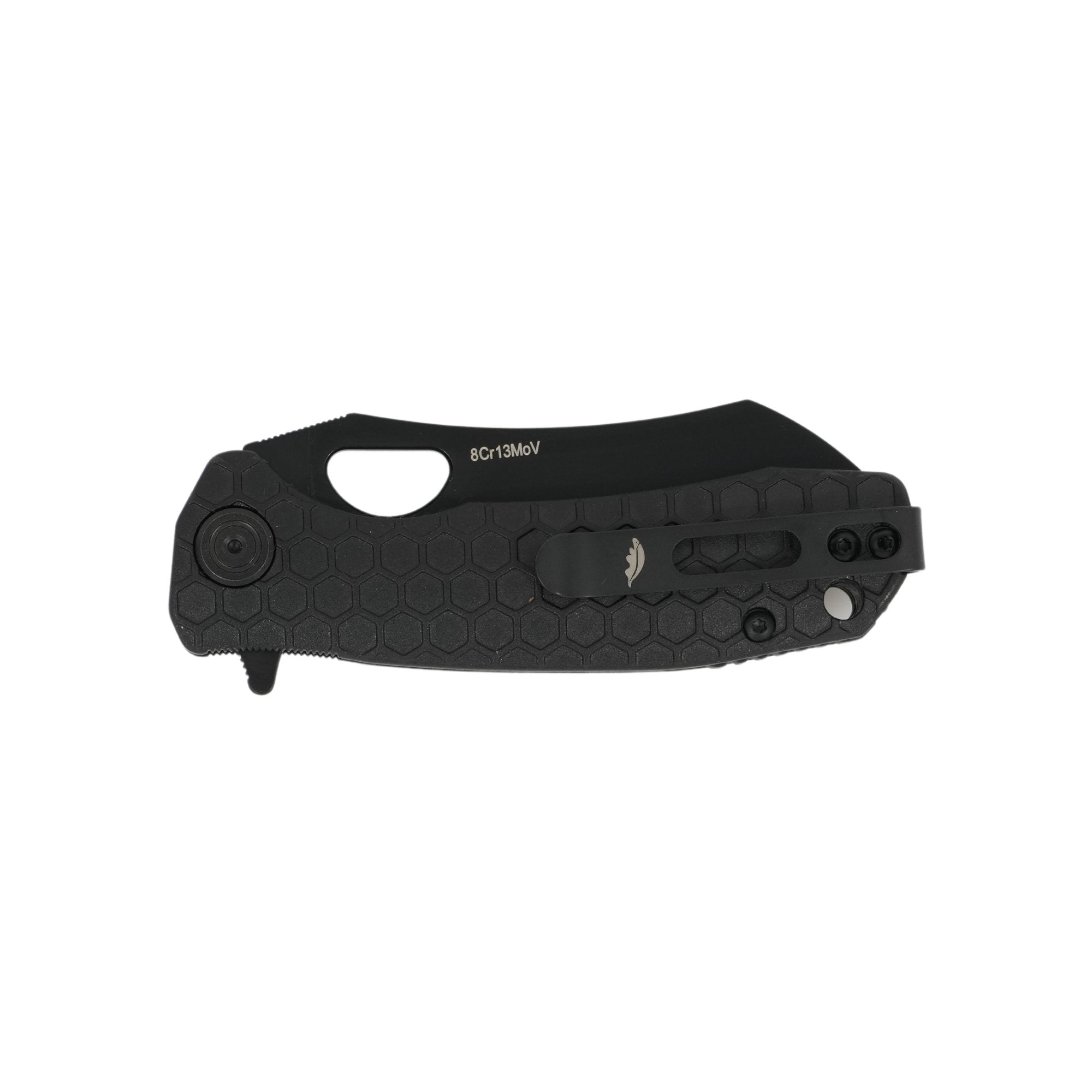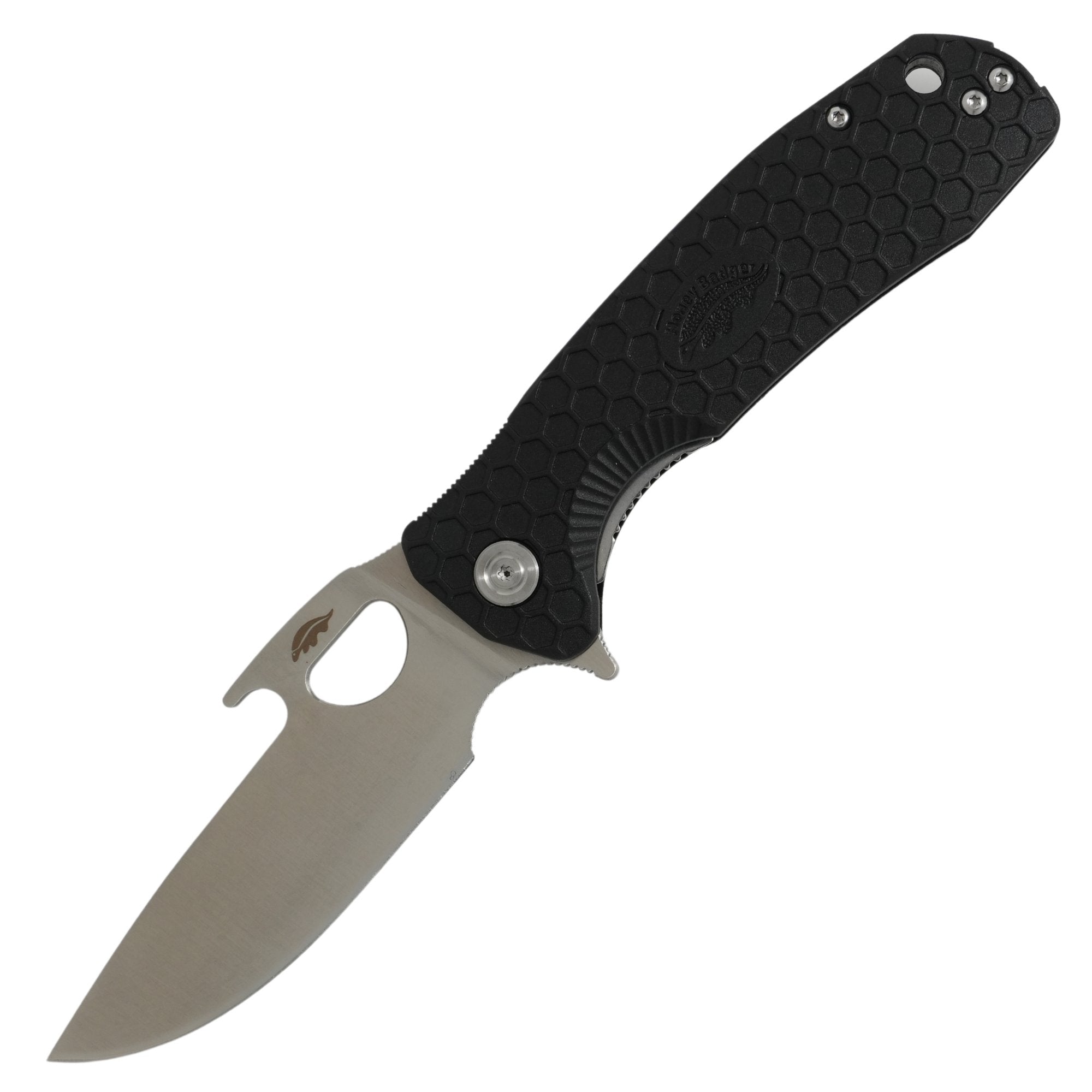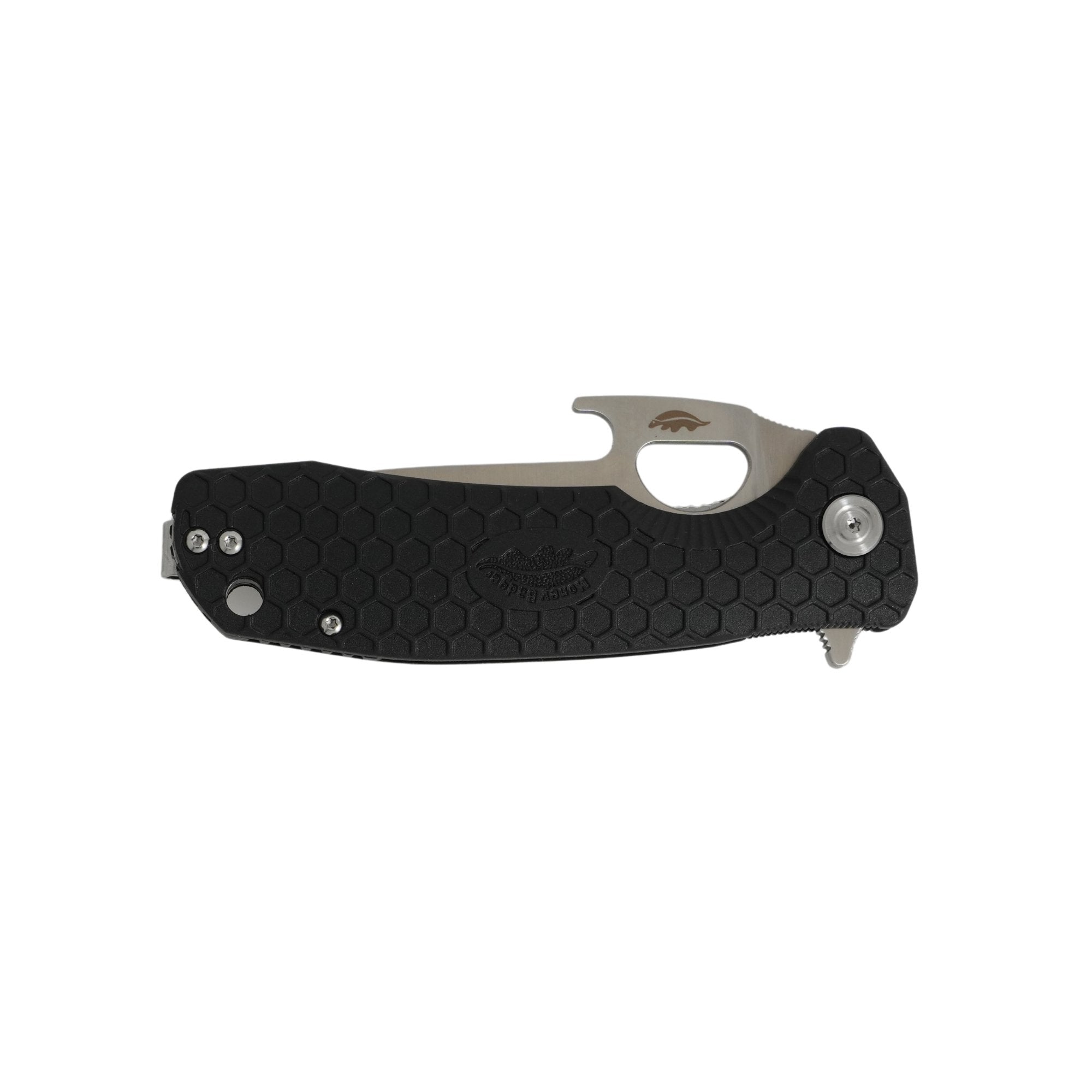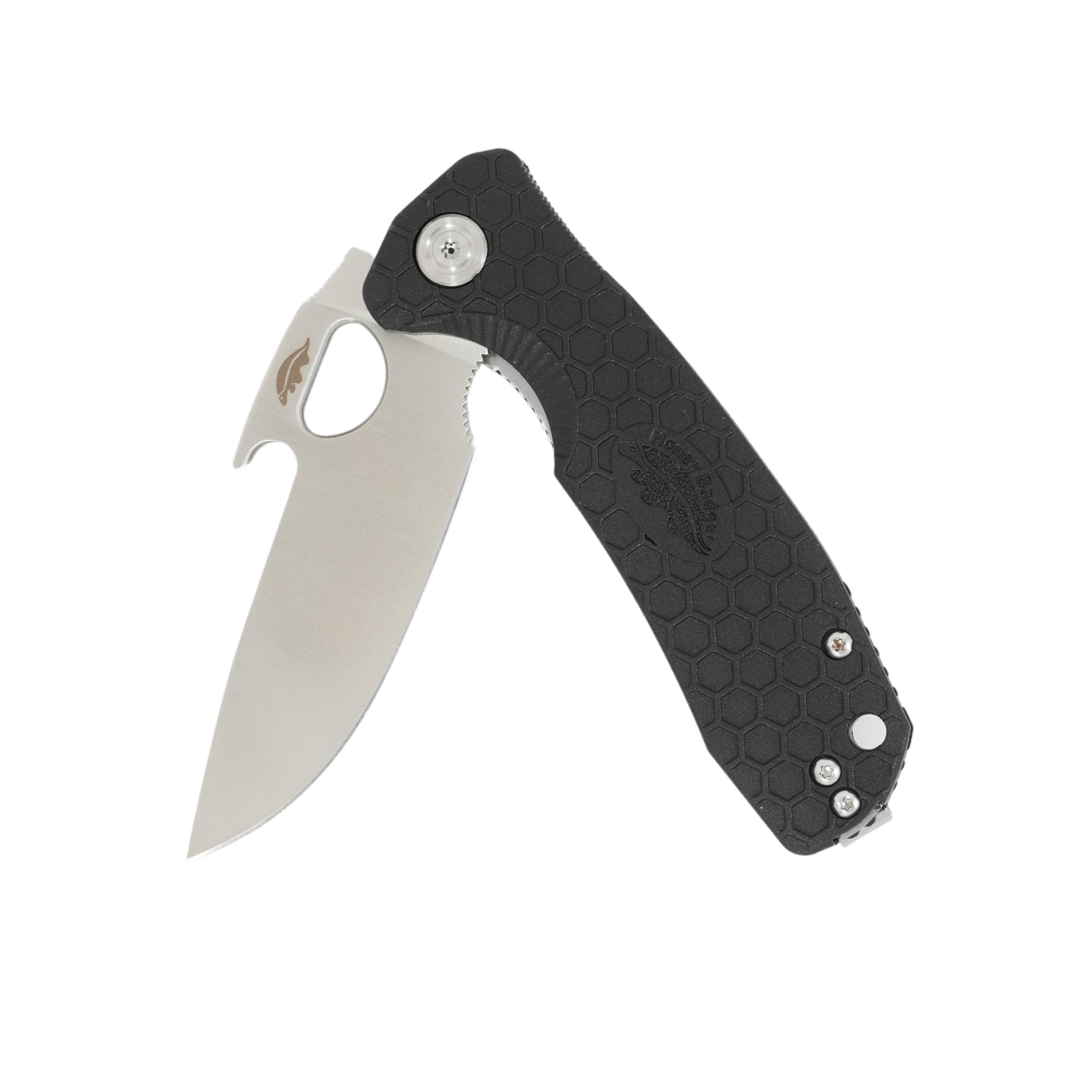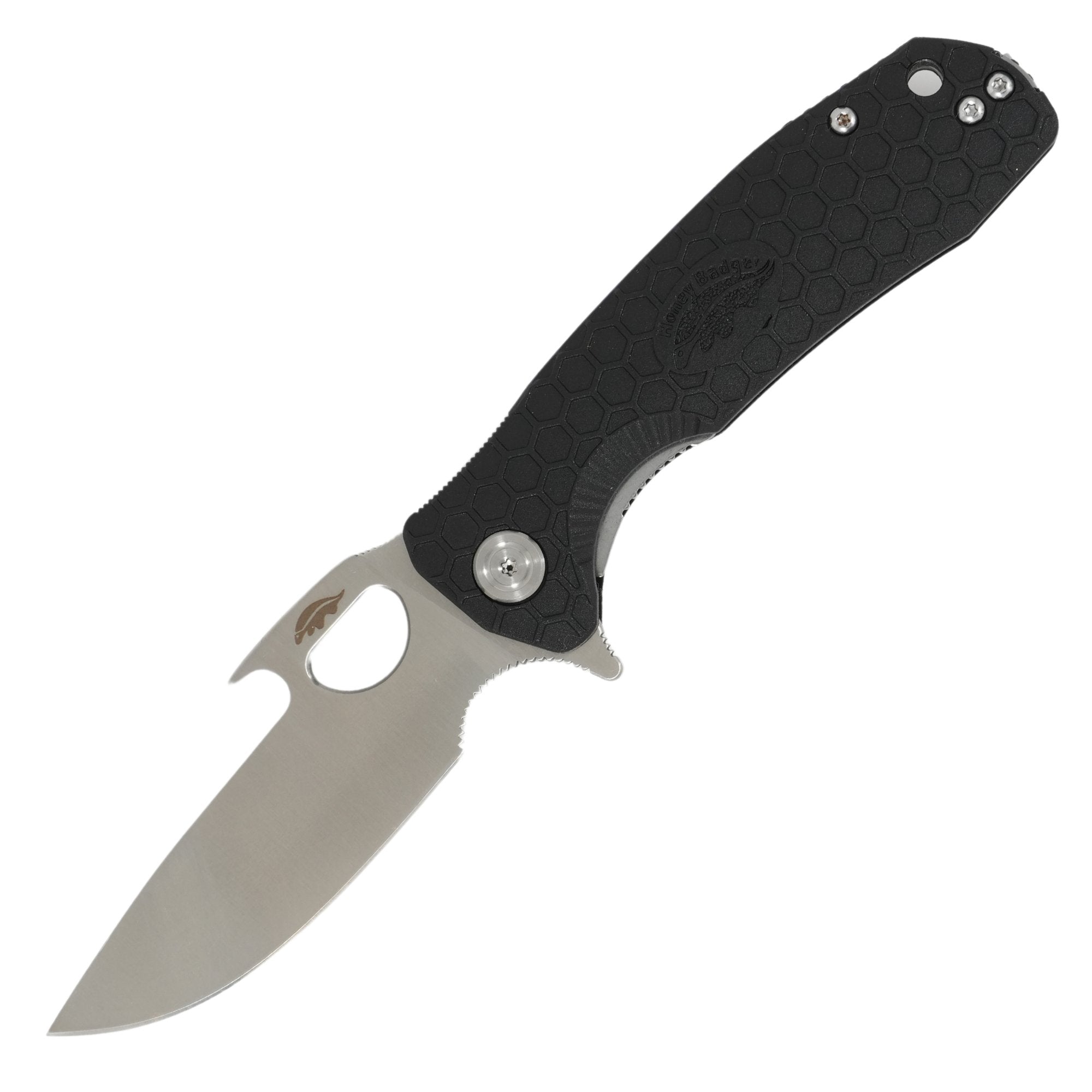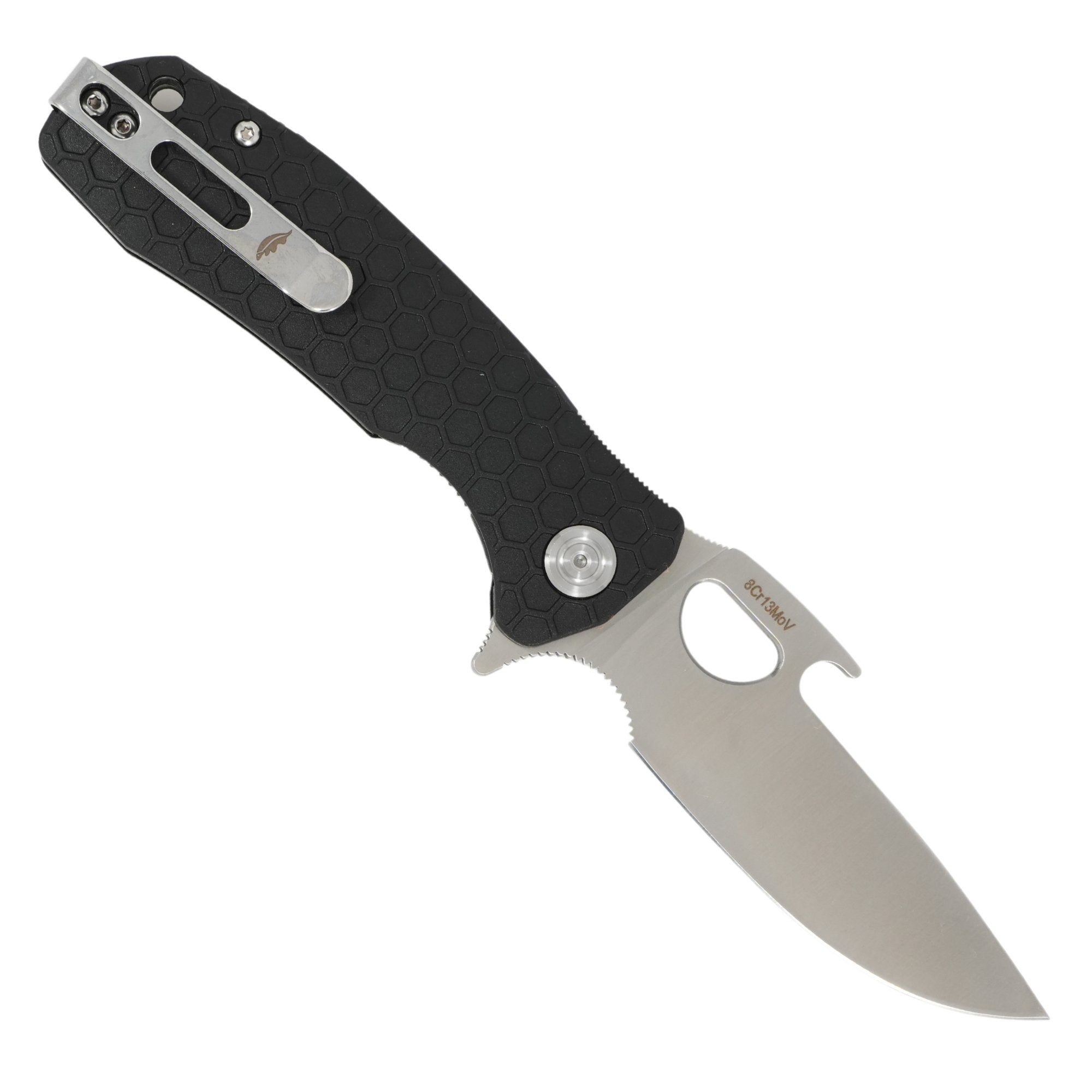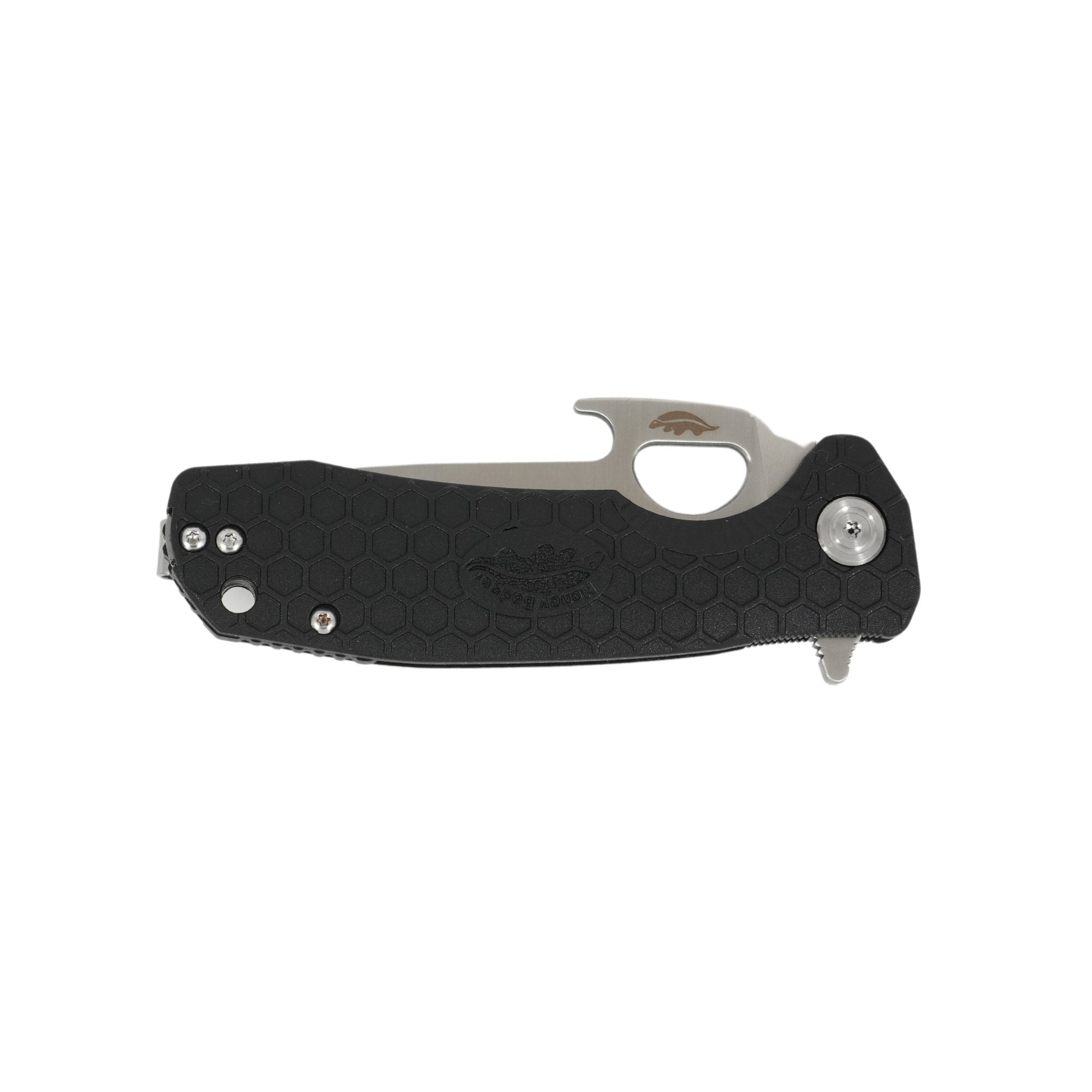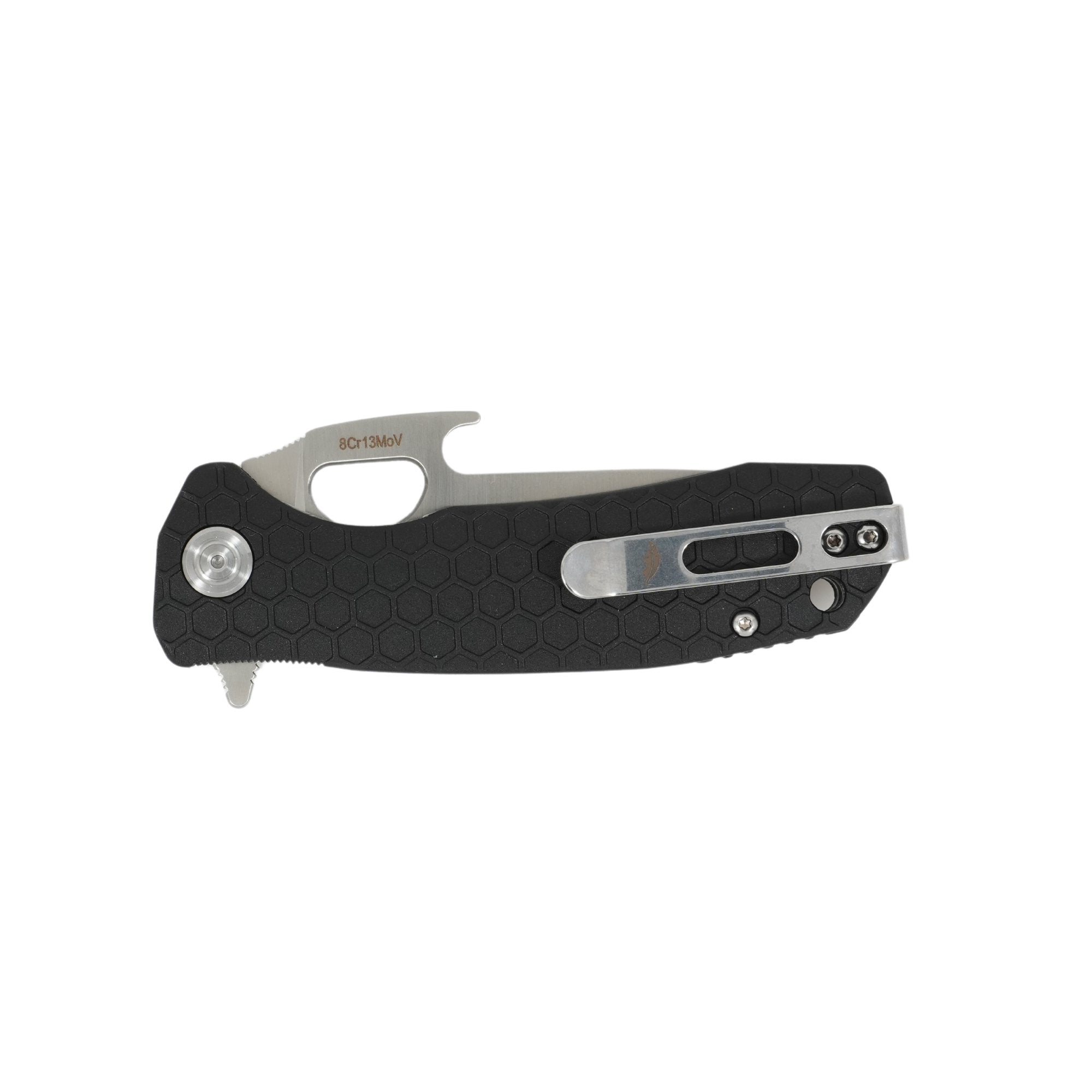We have written a number of articles on the value of stropping to maintain the edge on your knife. Preparing your strop leather is a very important step before actually making your strop.
Remember, casing and rolling the leather is just to compress it, making it a more firm substrate for stropping, reducing roll-over of your edge. Feeding the leather will make it last longer.
Leather is skin. Skin is made up of several different layers. Five actually, but primarily two that we’re concerned with; the epidermis and dermis. The epidermis is made up of three layers itself and is the one we use when we strop on the smooth side of the leather.
The cell structure of each of these layers is different. The cells on the outside layer are much smaller and contain higher levels of collagen (the ‘glue’ that holds us together,) than underlying layers. Those outer layers are stronger, tougher, more water resistant, etc., than the layers below. The size of the cells increase and the strength of the cells decrease as you get lower and lower into the skin. Imagine taking the top 1/16 inch layer off of a piece of tooling cowhide and trying to pull it apart. Now imagine taking that same 1/16 inch piece off of the rough side and trying to pull it apart. The strongest layer with the smallest cell structure is what we strop on with a smooth strop.
Choice of Leather
Chrome-tanned leather is usually used for garments and upholstery. It tends to be MUCH softer than all the other tanning processes, doesn’t compress with the casing process, and thus can roll your edges.
And this is where natural vegetable tanned leather comes into play. It has MORE natural silicates than cotton. Horsehide has more natural silicates than cowhide. This means;
If you need 15 strokes on properly prepared (and that part is important. Just gluing leather to a board is NOT properly preparing it, though it will still work to some degree,) veg-tanned cowhide, you may only need 12 strokes on shell cordovan horsehide. For strops to be used for general knife stropping ‘with’ compounds, hanging strops for convex edges and bench strops for flat beveled edges, I’d use 7/9oz vegetable tanned cowhide. You can find this in many different sources, both on-line and around most cities. A 12″x12″ square will make 3-4 very nice bench strops. A hanging strop needs to be longer, perhaps 16″-18″, but both should be at least 3″ wide.
The fact is almost anything ‘works’ as a strop, even the palm of your hand. The reality is, some things work better than others. If you are willing to accept 75% effectiveness, go for it. If you want 90%, aim for that. If you want the very best (and most people will not even realize the difference between them all,) aim for shell cordovan horsehide. The difference is in the number of strokes needed to strop (not sharpen) the blade.
Veg-tanned horse ‘butt’ is a great choice! The ONLY leather that is more dense is horse ‘shell,’ but it’s almost impossible to buy in small quantities. There are two shells per horse, each being about 16″- 18″ wide, and about 24″ long ovals, making them ridiculously expensive. These are usually sold to top-end men’s shoe manufacturers, shoes that sell for $300+ We bought some strips from Maverick Leather Company

The reason we choose horsehide over cowhide is the percentage of natural silicates in the leather, making it perfect for stropping WITHOUT compound. Silicates being a natural, and very, very fine abrasive. Every living creature has natural silicates in their bodies, including humans. Most of these silicates come from eating vegetable matter (or eating animals that eat vegetable matter) so by extension, grass-eaters like horses and free-range cows will have more silicates in their bodies than kids who won’t eat their spinach. Most cows today are feed a large percentage of grains to fatten them up, so less grasses, leaving Horse the #1 leader in the silicate race. All I can say is; “I will never use any other bare leather for stropping than horsehide.” You can feel the difference in the very first stroke. It feels as if the hide were covered with thick molasses even though the leather is smooth and bare. You can feel the drag of the blade as you bring it down the leather, and almost visualize teeny tiny little fingers polishing the edge.

So where does this leave kangaroos? They only eat grass, so they, too, have a very high percentage of natural silicates but their skin tends to be much less dense than cow or horse. However, if you slice it thin enough, like VERY VERY thin, and glue it to a VERY VERY hard backing substrate, it too makes for a good strop.
Using Diamond pastes instead of stones.
Preparing your strop leather
People who spend a lot of money on a strop whose leather has NOT been properly processed spent their money on the fine quality workmanship of the base or handle, and it won’t work nearly as well as a strop made from $2 scrap leather from the bin that HAS been properly processed. People can make a MUCH better strop easily at home and for far less money than 90% of the strops sold by knife vendors. It might not be as pretty. It might not come packaged with 3 different bars of compound. It might not come pre-loaded with a thick layer of smooth green mud. But it will work better. And that’s the goal of a good strop…
Before gluing the leather to a base the piece of leather needs to be cased. This is what we mean by preparing your strop leather.
Wet the leather on both sides in the sink, just for a few seconds, then let it dry for an hour or two. It will be almost as pliable as modeling clay. Then using some sort of rolling pin or smooth pipe, roll and compress the leather over and over on a smooth, hard surface.
Do this for as long as you can 15 minutes is good, 30 minutes is better. If you have the determination, do it for 45 minutes and you’ll have a strop that’s better than almost anything you can purchase for under $100! Set the leather aside to dry for 2-3 days while you make the base (or hanging hook and handle,) then using ordinary contact cement, (apply a thin layer to BOTH the rough side of the leather and the top of the base, let it dry for 15-20 minutes, then press together and roll on it to really set the bond,) glue it to the base and let it dry. Trim it to size. Then use 3-4 pea sized ‘dots’ of ordinary shoe cream (NOT shoe polish or wax!) that you can buy in any shoe store, department store, Walmart, Target, most supermarkets, etc., rub the cream into the surface of the leather. Rub it in well using the heel of your hand. Let the strop sit over night, then using a clean cloth gently rub off any excess cream.

Let the leather dry completely. Be advised that ‘dry’ has two different meanings when you are talking about leather…
There is the ‘dry’ as in ‘no water.’ and There is ‘dry’ as in ‘no natural oils.’
Getting water wet doesn’t hurt leather, so long as it dries naturally and completely.
Losing natural oils DOES hurt leather, but it can be completely reconditioned with natural leather conditioners. No harm, no foul.
But gluing water-wet leather to a board CAN hurt it by trapping moisture that can cause mold leading to rot.
Don’t do it. Let the leather dry for 2-3 days. Then you can glue it down. My preference for glue is contact cement. When put on correctly, the leather will never lift. When a shoemaker puts a leather sole on a shoe, he attaches it with contact cement because it’s such a solid bond for leather.
Feeding your strop
You have now spent some time preparing your strop leather now let’s look at keeping it conditioned.
How to feed your leather. First of all, no pizza. Well, OK if you remove the cheese, tomato, herbs, and dough, so all you are left with is the oil, it would work in a pinch, but would start to smell after a while.
The idea is to somehow put back the ‘natural oils’ into the leather. The most natural of all would be pure lanolin, which also smells pretty bad… but it’s great for leather. Look at some super hand creams for mechanics or farmers, Odds are they contain lanolin. Good quality shoe creams do too. There are plenty of choices but the real problem is that you only need a very small amount. I mean a REALLY SMALL amount. A 35mm film container full will provide you, your children, and your grandchildren a lifetime supply. Some shoe creams do come in very small jars. Hand lotions don’t but perhaps you can find other uses, such as softening your hands. We used this shoe cream from Moneysworth and Best on our horse butt strop below.

The second best is pure Neatsfoot oil. (Check the label. Most aren’t pure). You can find this in saddlery shops, tack shops, old time hardware stores, etc. But these usually come in pint-size cans. You will need 3-4 drops per year or 3-4 pea sized gobs of cream, spread out and worked in with your fingers, rubbing it in and letting it sit for a couple of hours, then wiping off any excess. Use 8-10 drops or gobs right after you finish casing the leather and letting it dry. Then once or twice a year AT MOST, another 3-4 drops. Do NOT use mineral oil or petroleum jelly. Vegetable oils such as olive or peanut ‘can’ work, but they can turn rancid and start to stink. If you don’t have a farm supply store or tack shop handy, a quality shoe store is you next best bet. Just read the label. You are looking for lanolin or Neatsfoot oil. A big shop that sells baseball gloves will sell small cans of glove oil. Again, there is good and bad glove oil. Read the label. You want natural oils, not petroleum distillates.
The right leather is important.
Preparing your strop leather is even MORE important.
Once or twice (only!) a year re-do the shoe cream treatment and your strop will be something to pass down to your grandkids!
Preparing your strop leather may take a little extra of your time, but done correctly you will now have a strop better than 98% of those being sold anywhere for any amount of money! It’s as simple as that!
Keep in mind that the feeding of leather is only needed if the leather is hungry. Veg-tanned leather can be soaked and dried several times before it will show any signs of losing its natural oils. Putting some sort of leather dressing on new leather is just a way of preventing it from happening. You can make a strop last 150 years if you care for it.
Mineral oil won’t ‘hurt’ the strop. It just won’t help it. But yes, in fact you will be better served using the cream (and just a few pea-sized gobs}. Do NOT put it on like spreading butter on bread!) Fact is, the same is true of your compound. Just get enough on a strop to give it some color. You don’t need an even coating nor that thick one. Scribble a ‘crayon’ on the strop, use the heel of your hand to sort of distribute the compound, and you’ll have enough on there for the next six months unless you strop professionally, doing a few dozen knives every day of the week.
With thanks to Steve Kramer.


